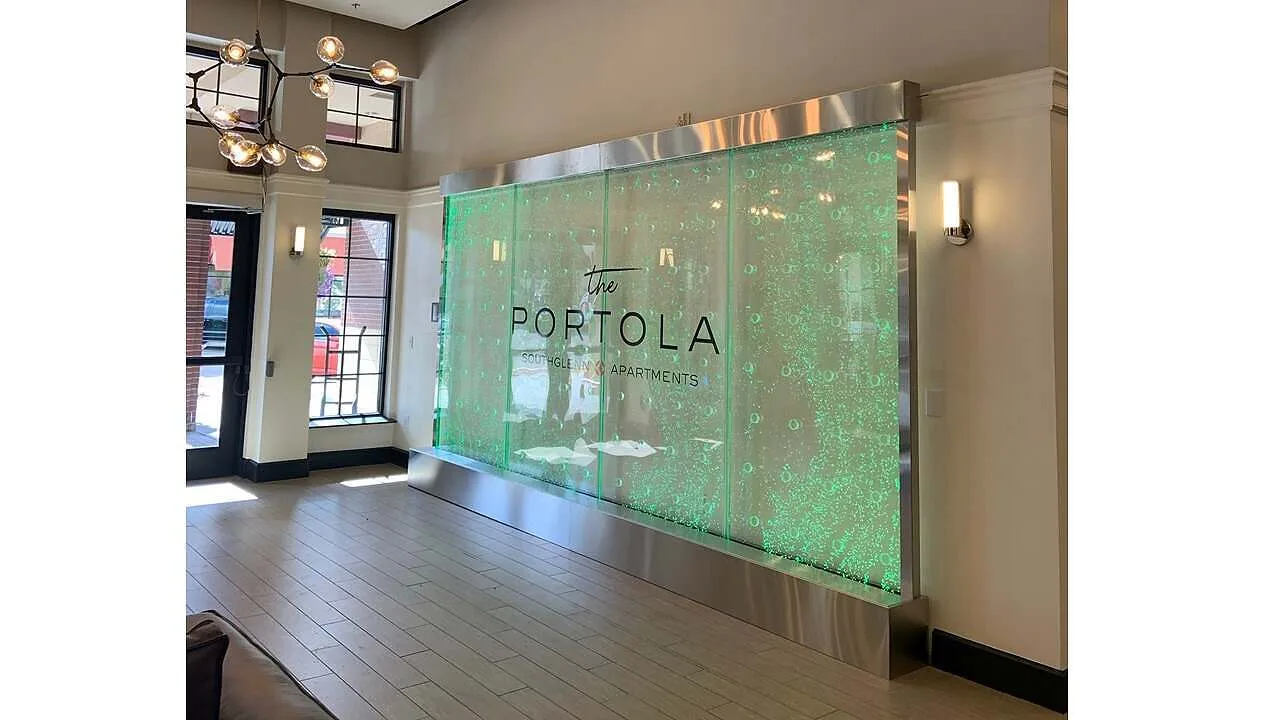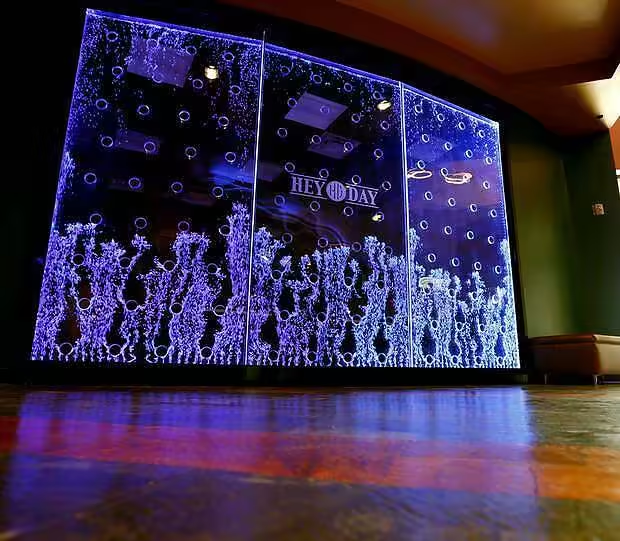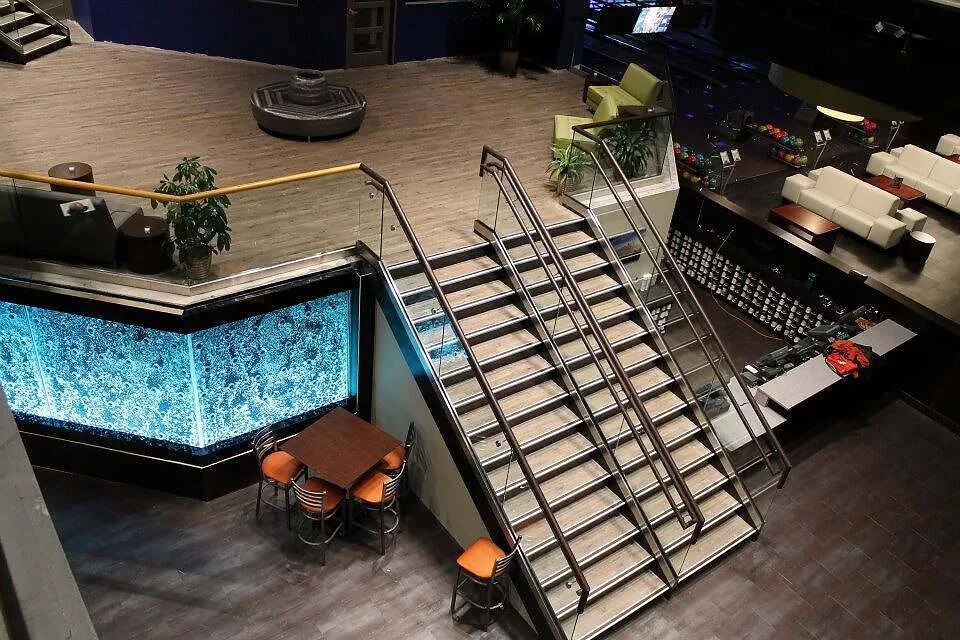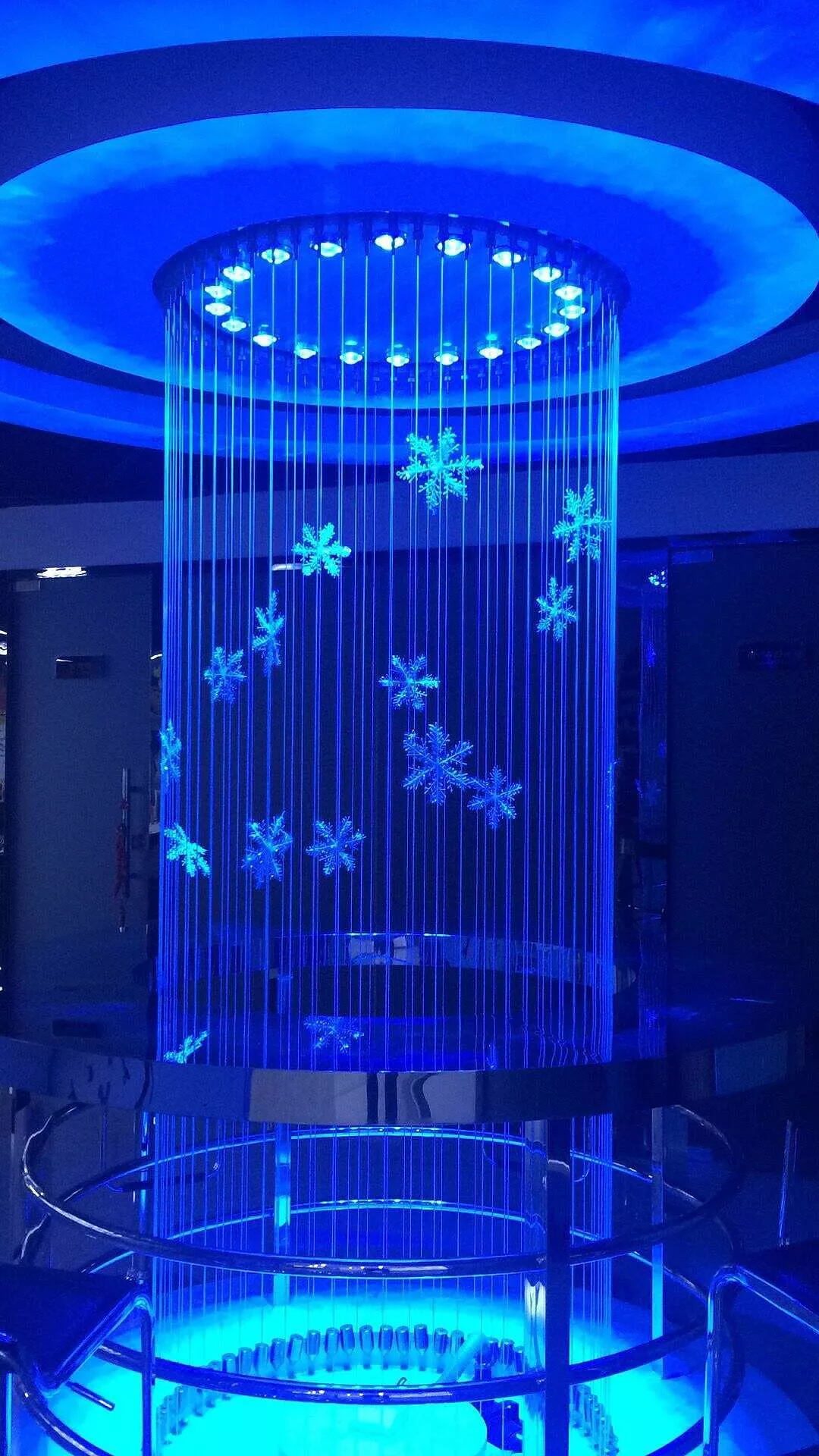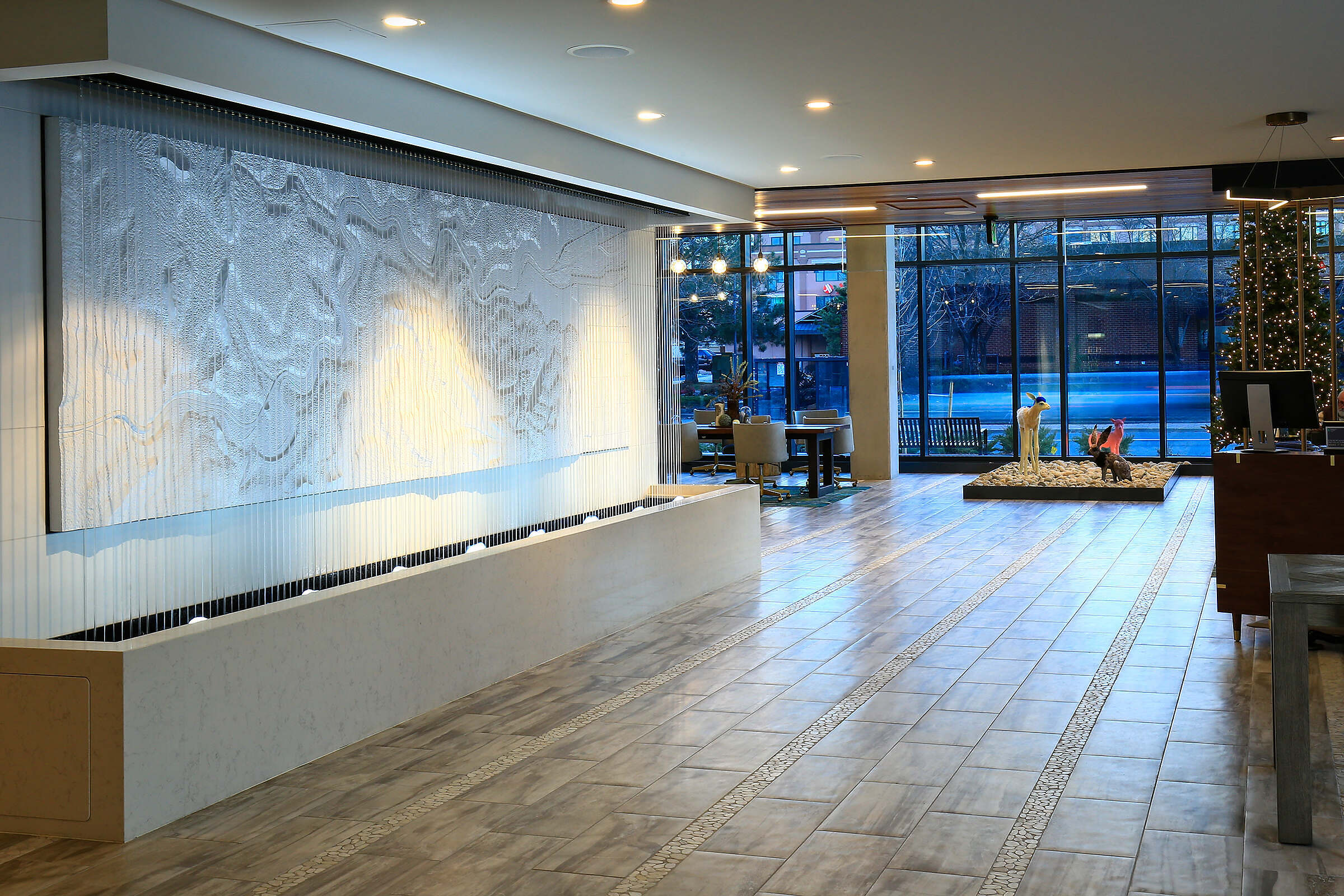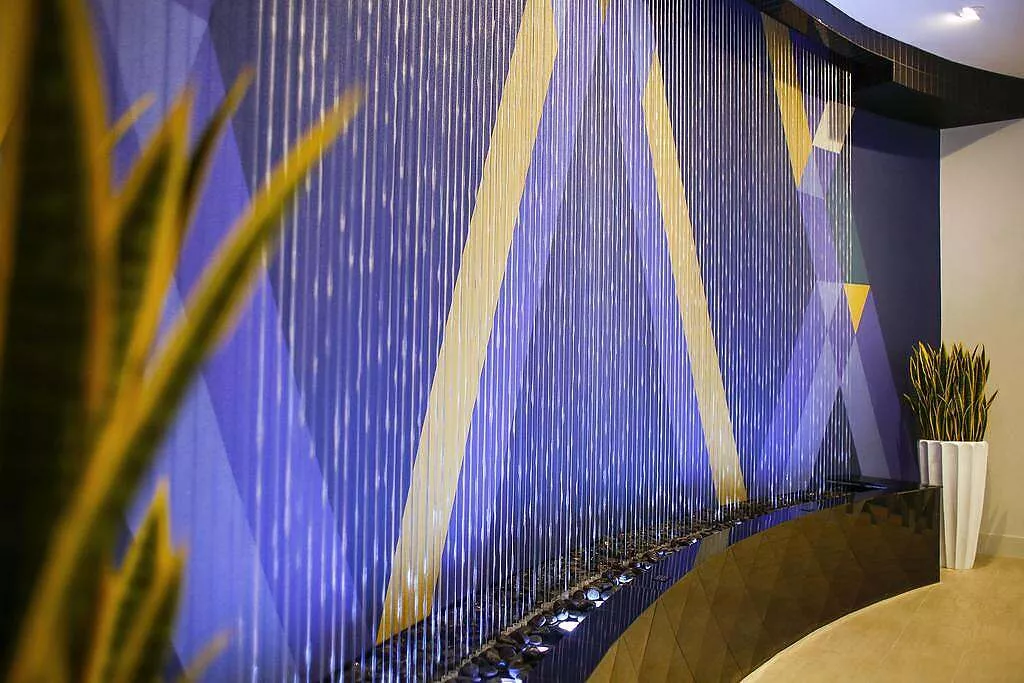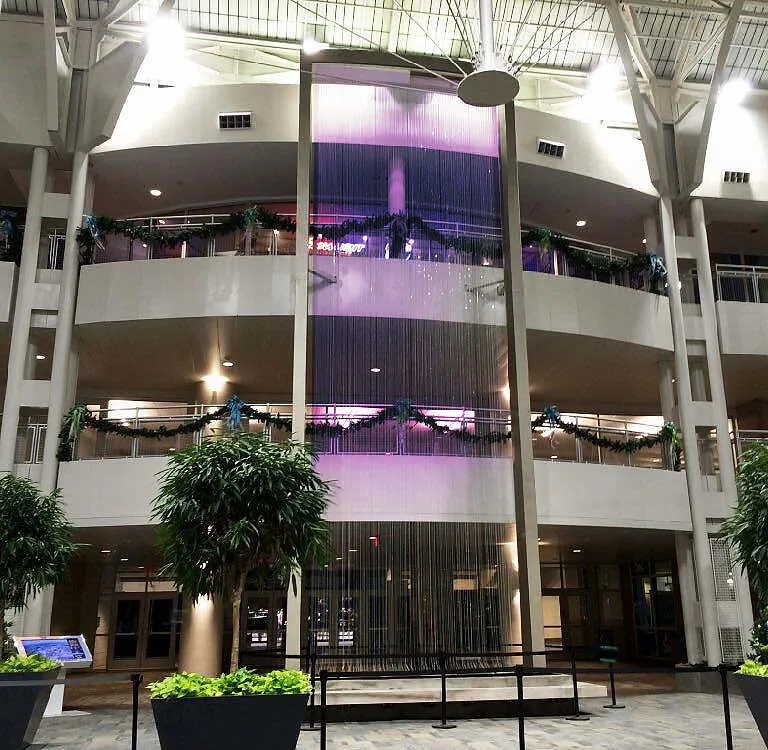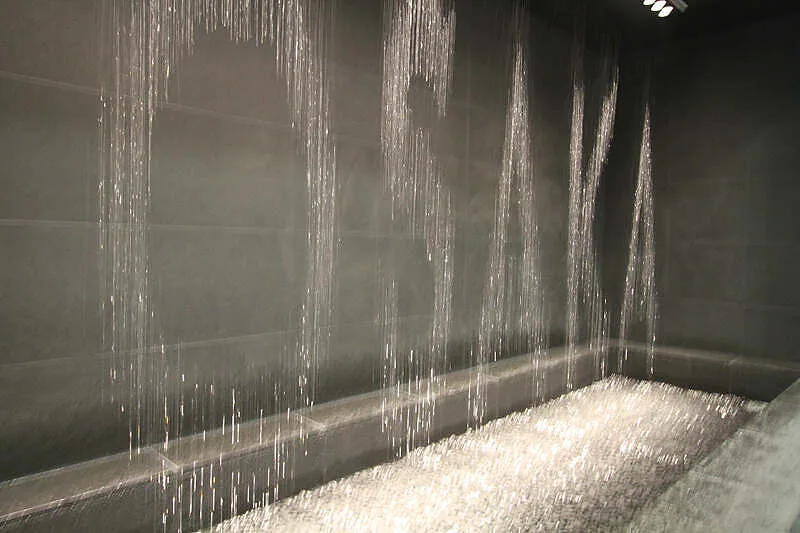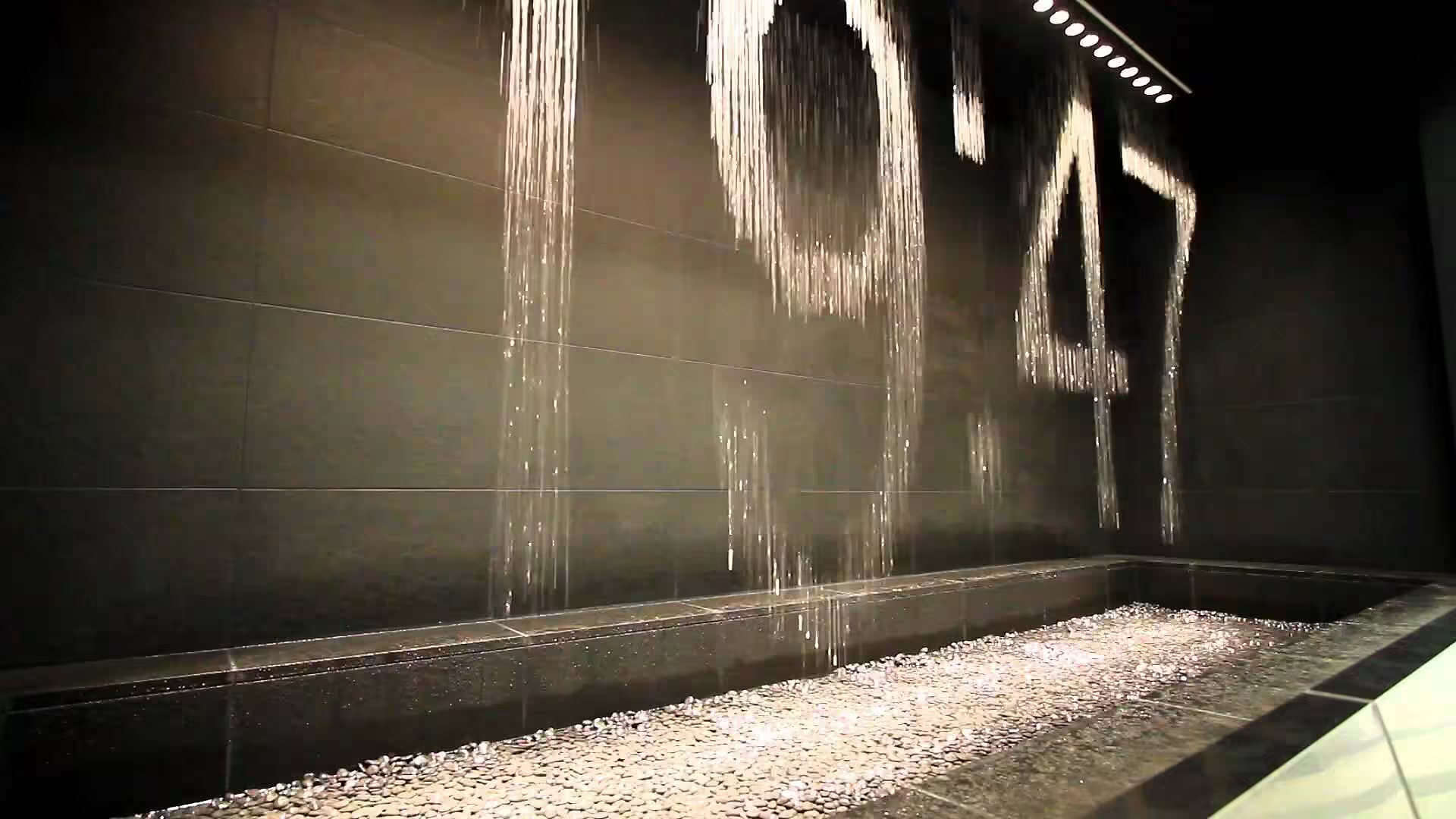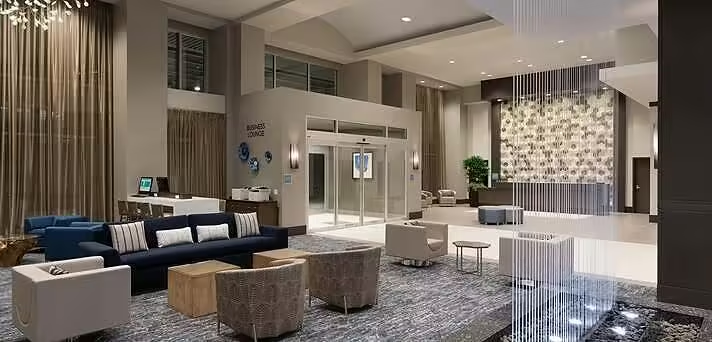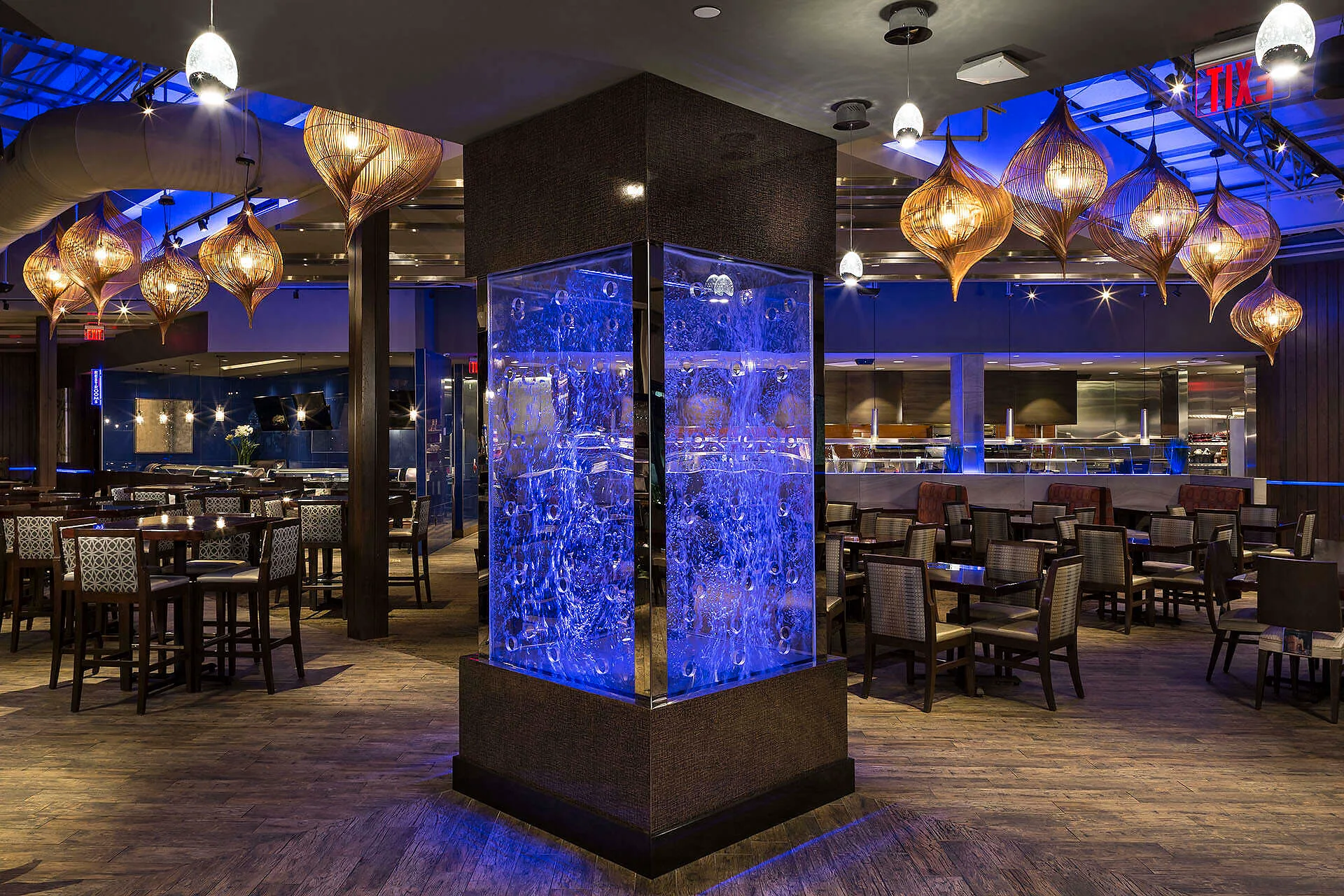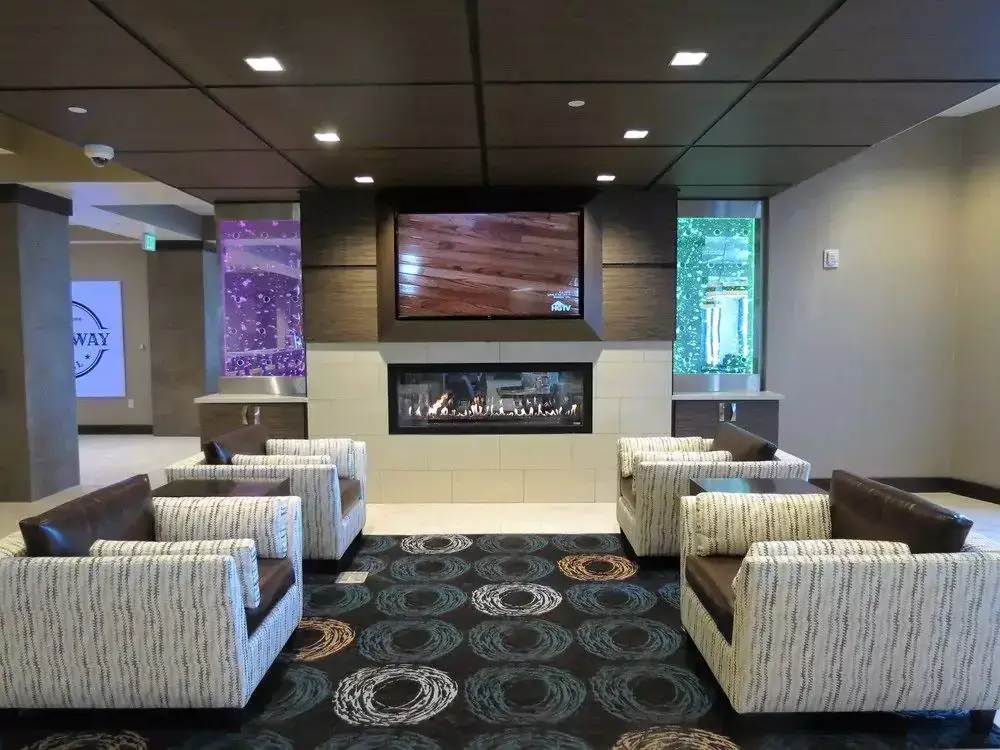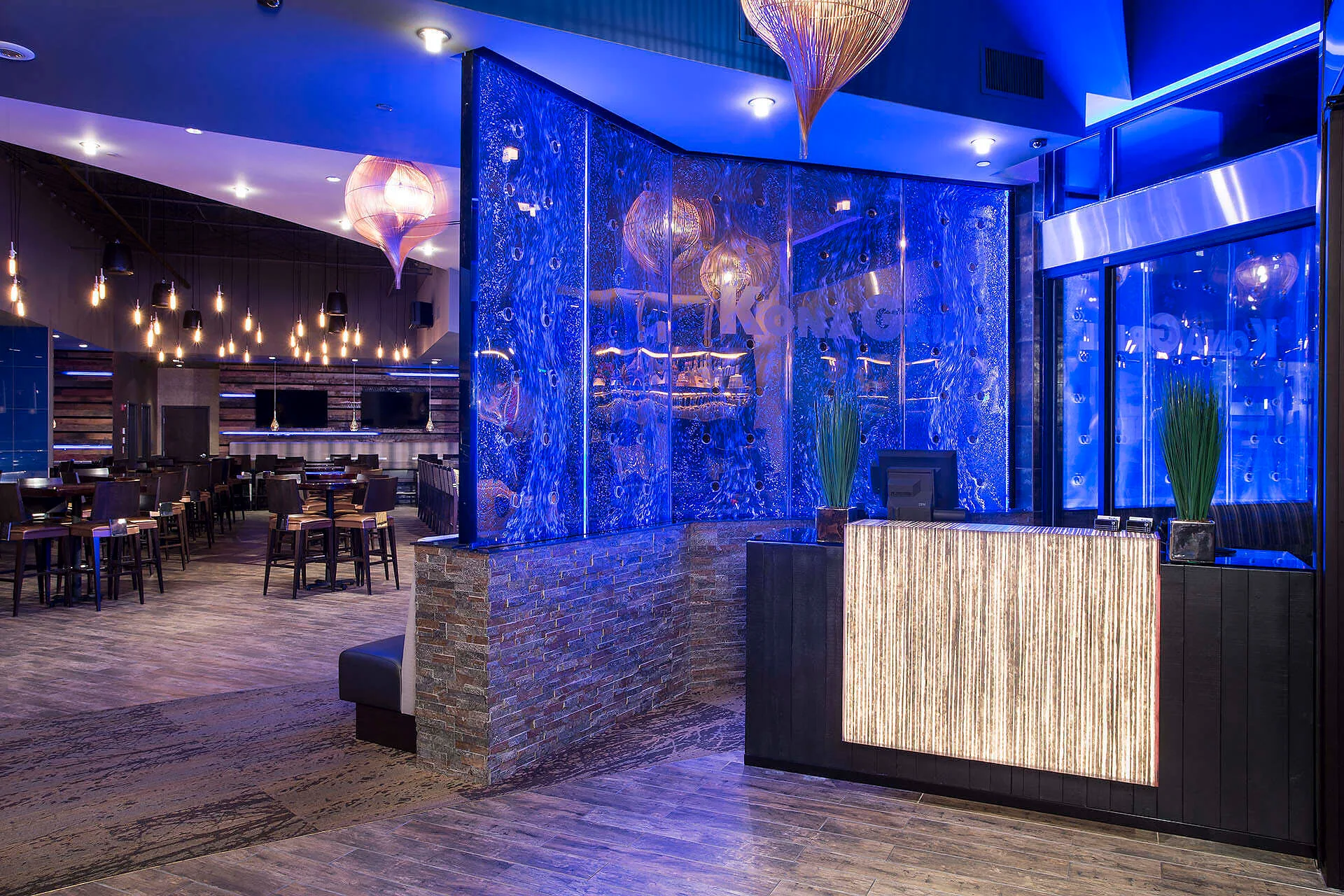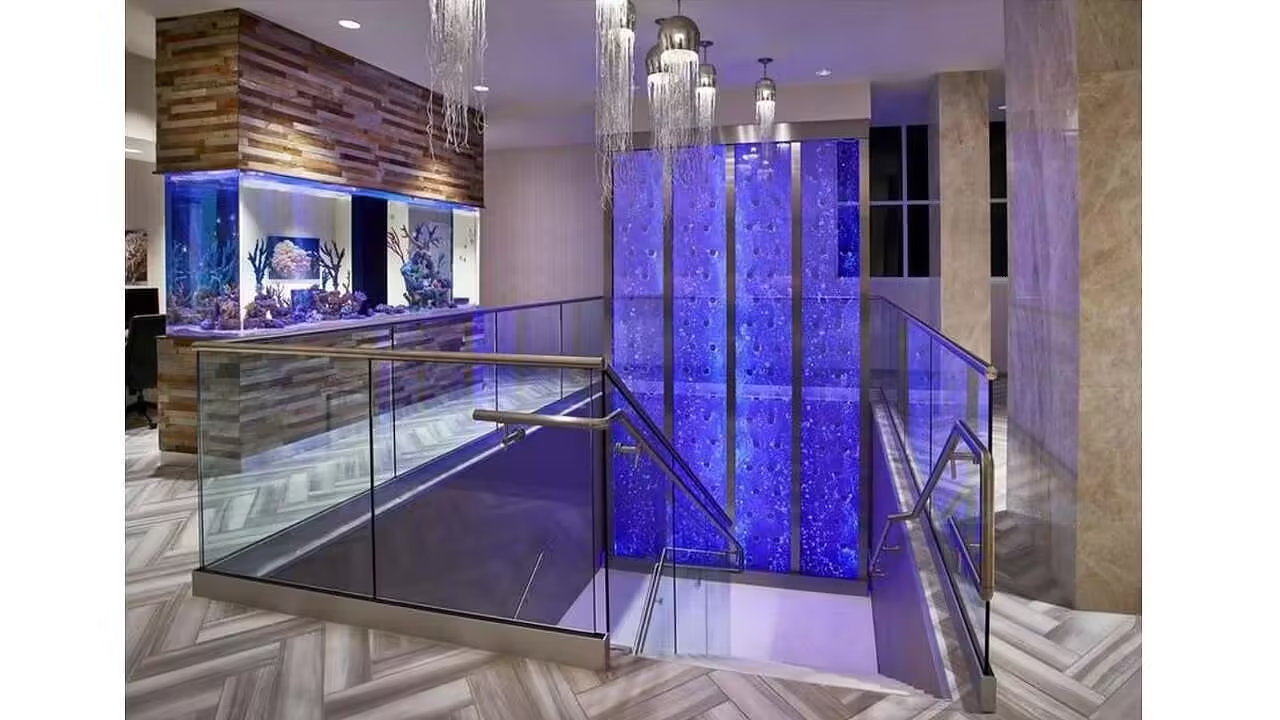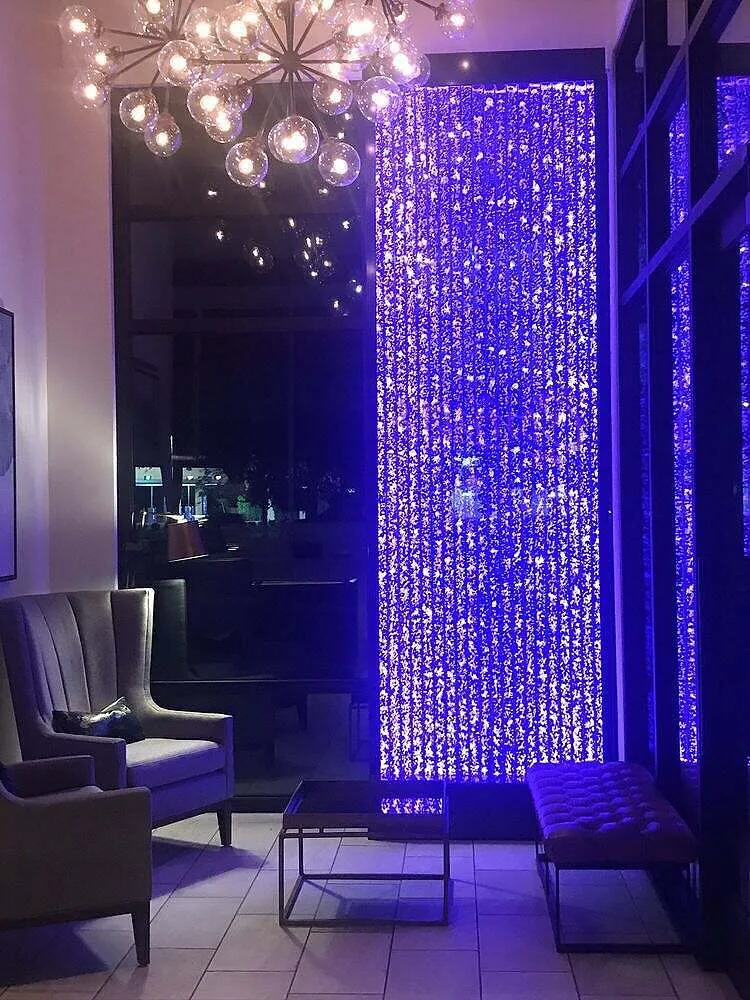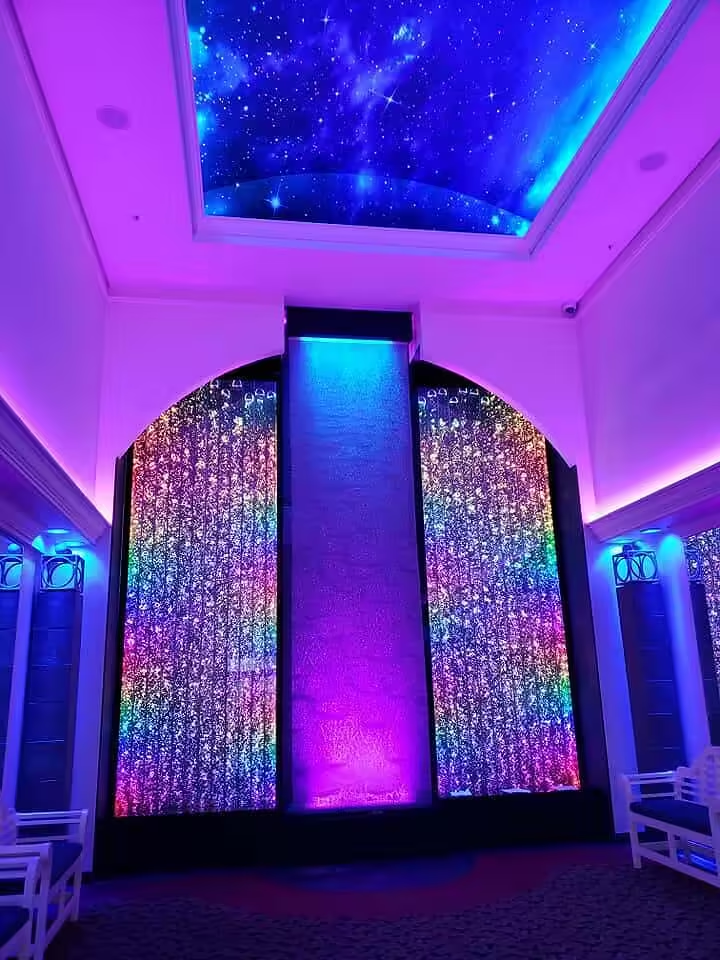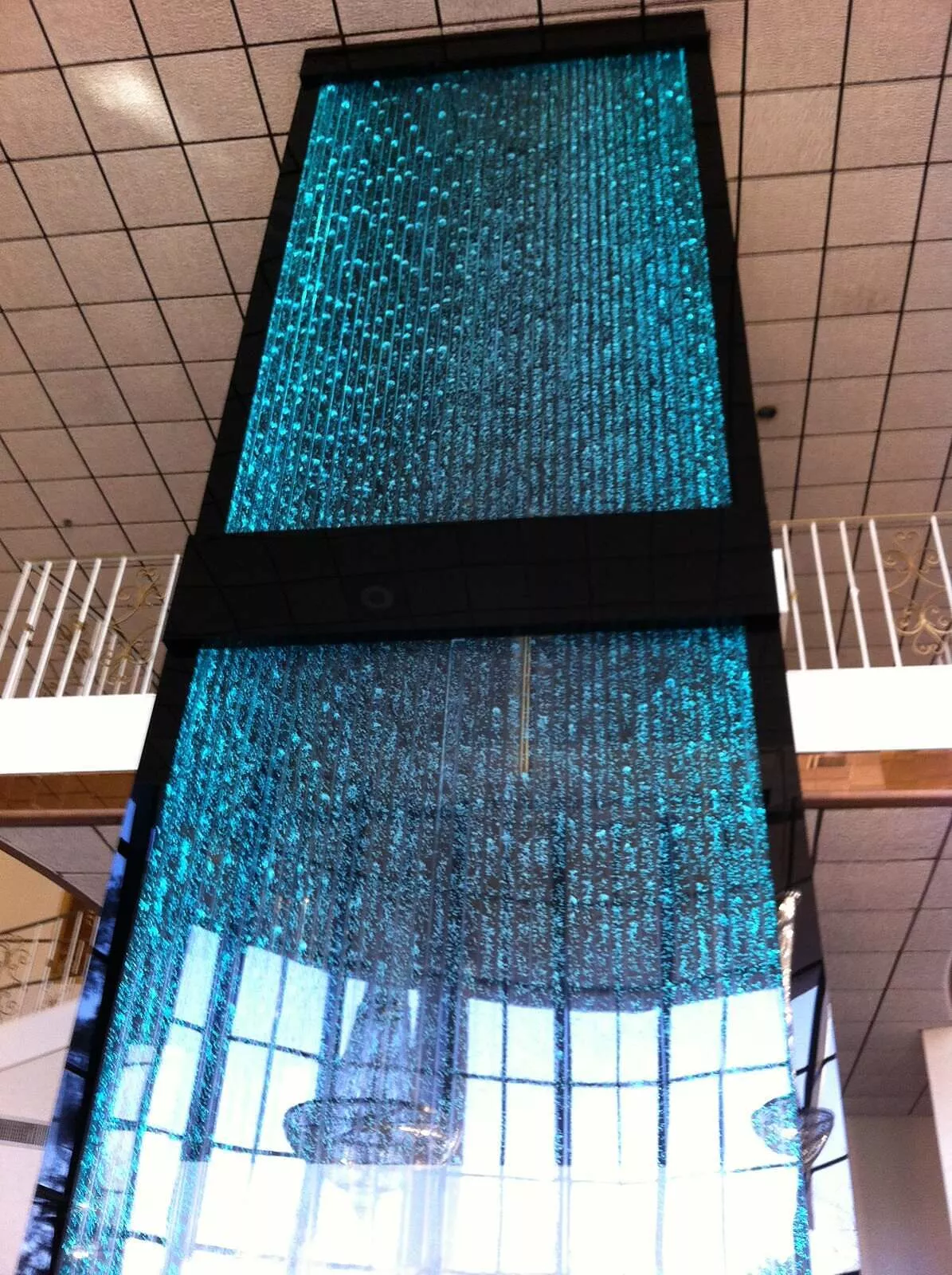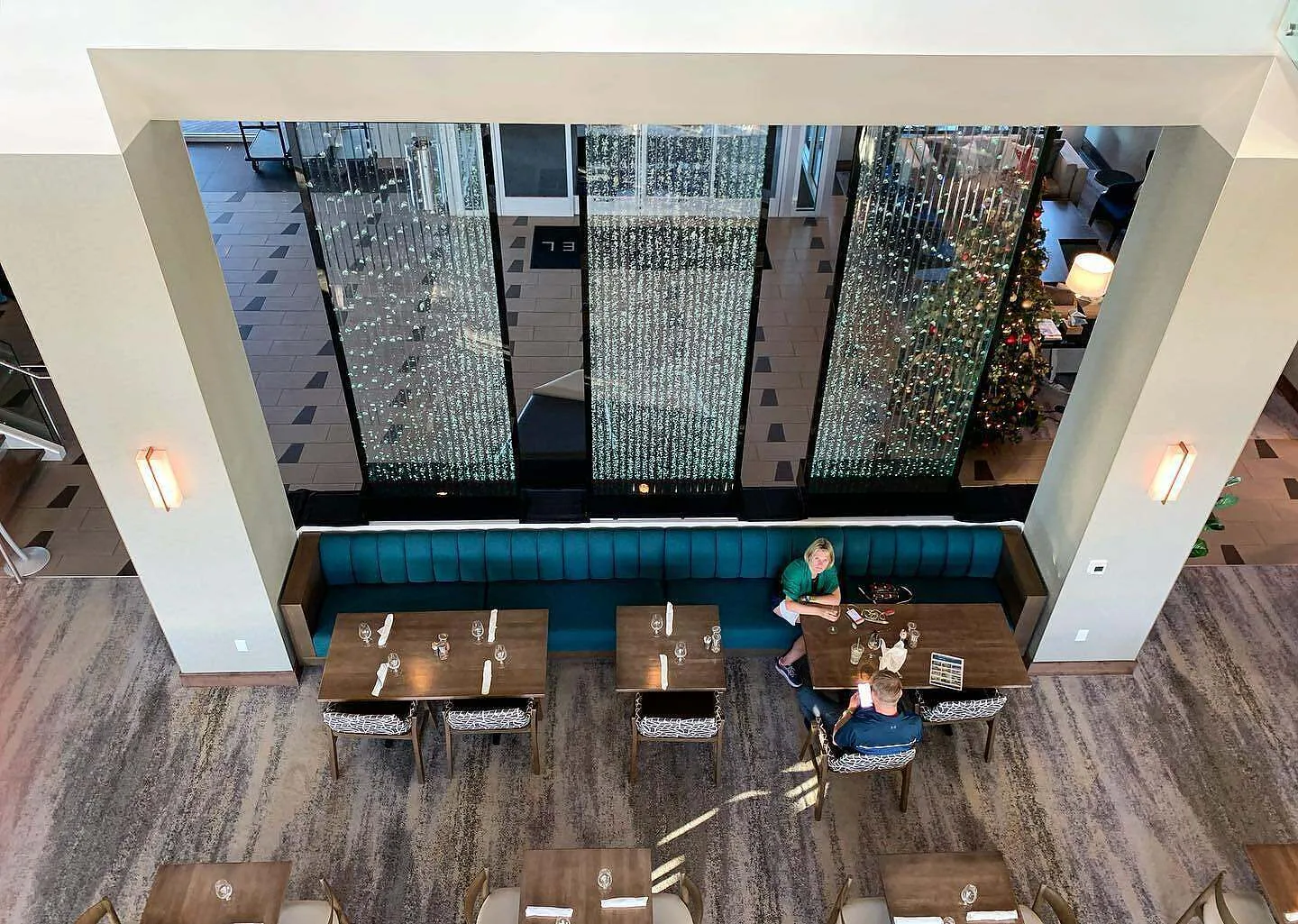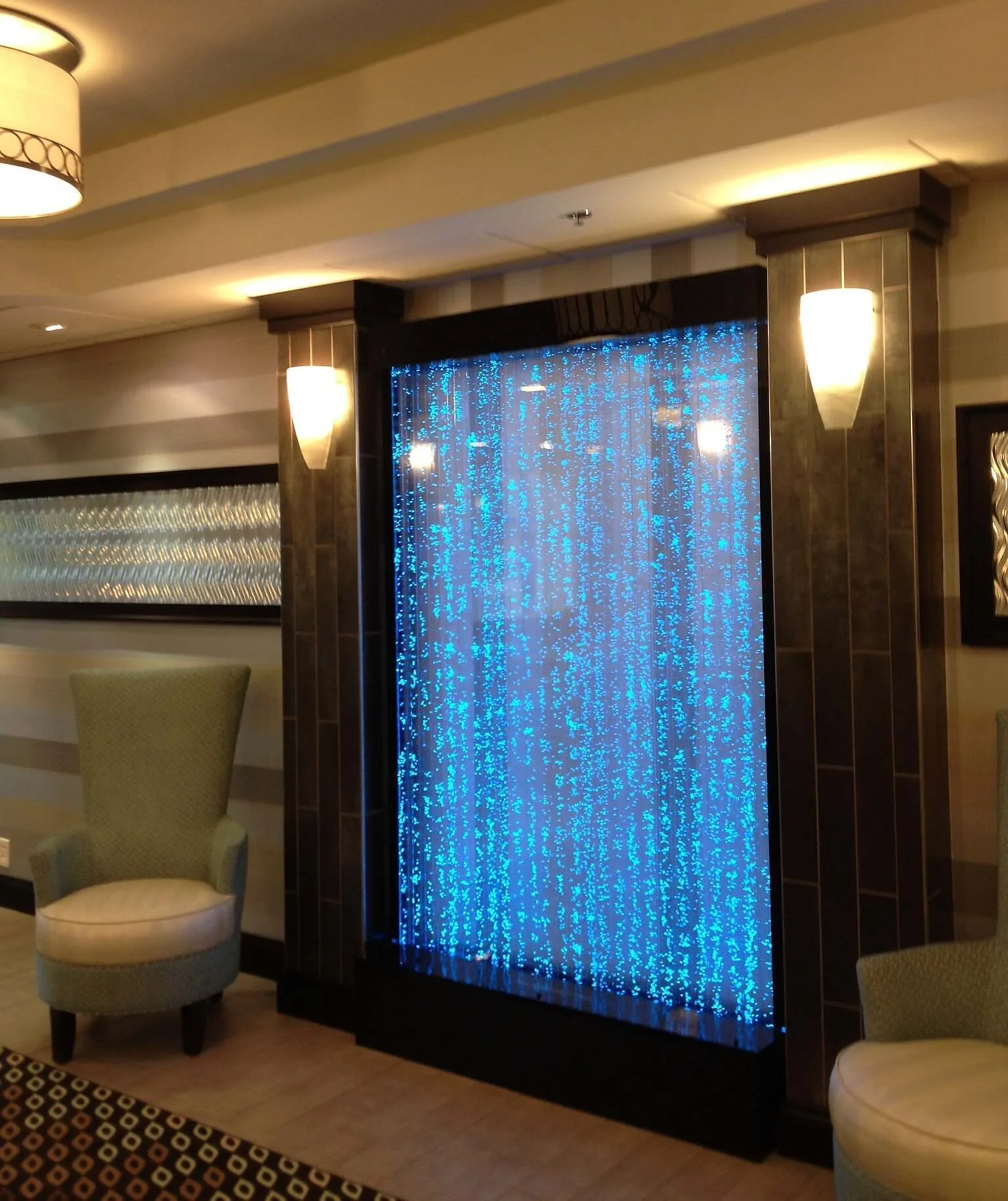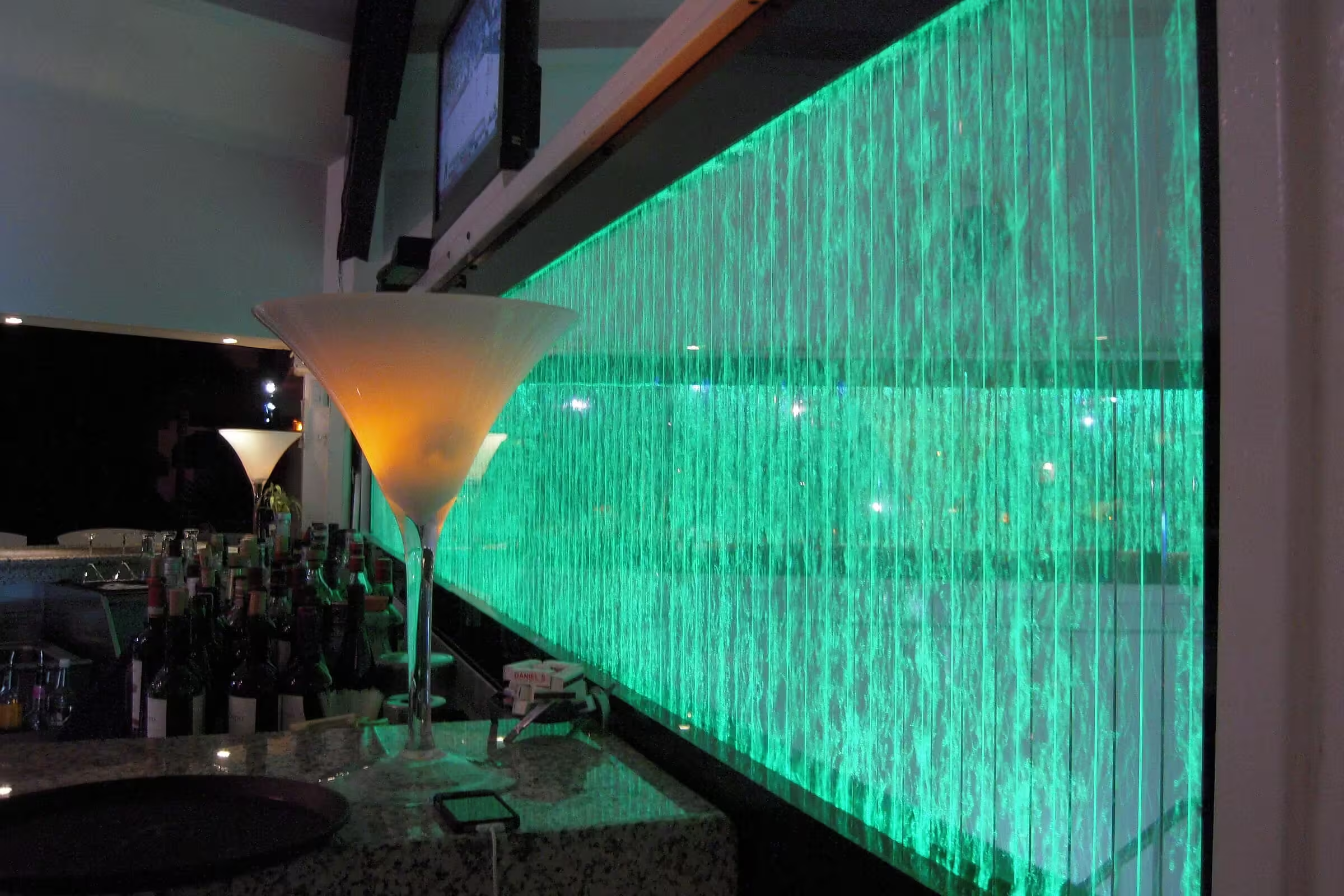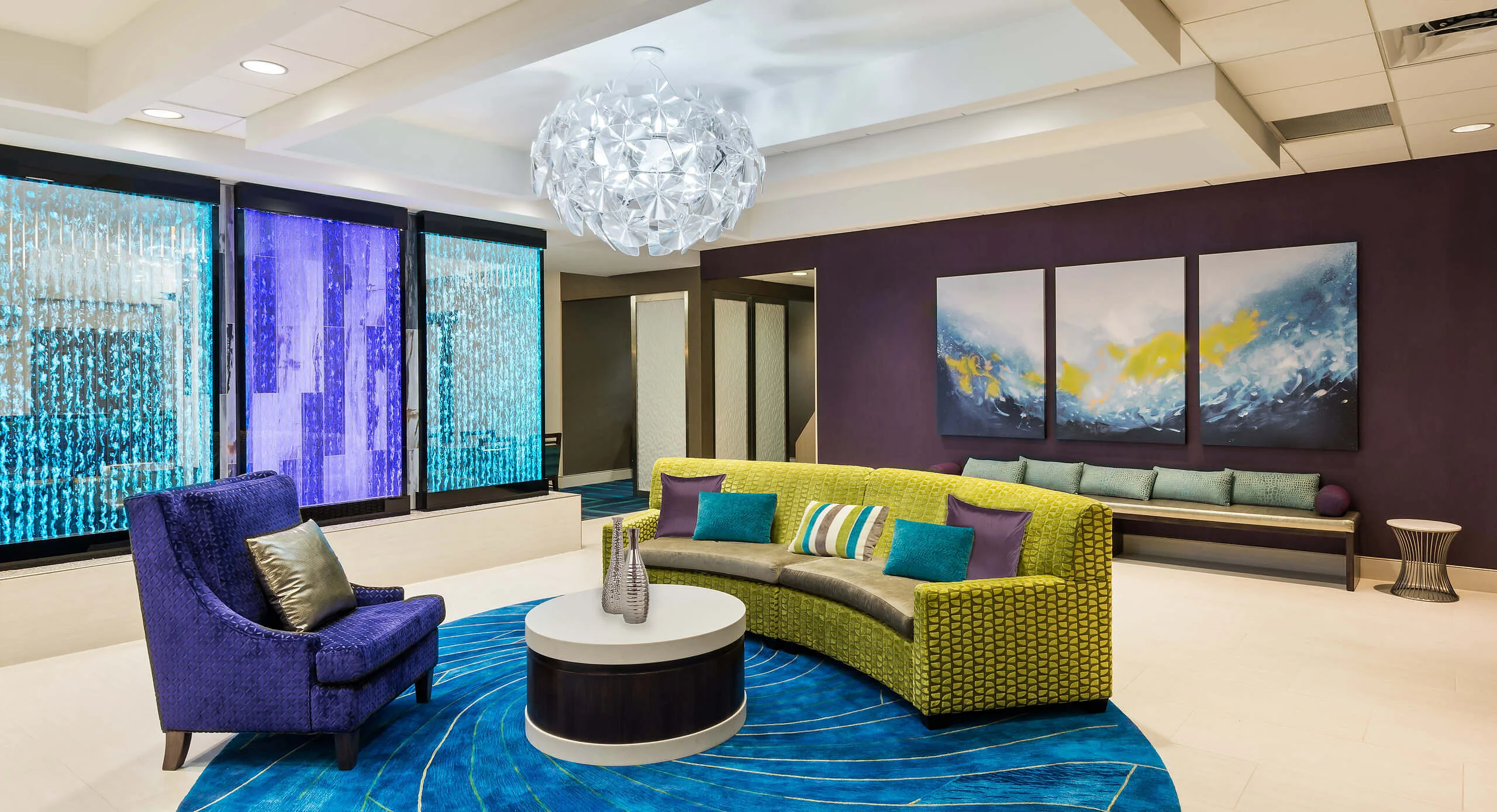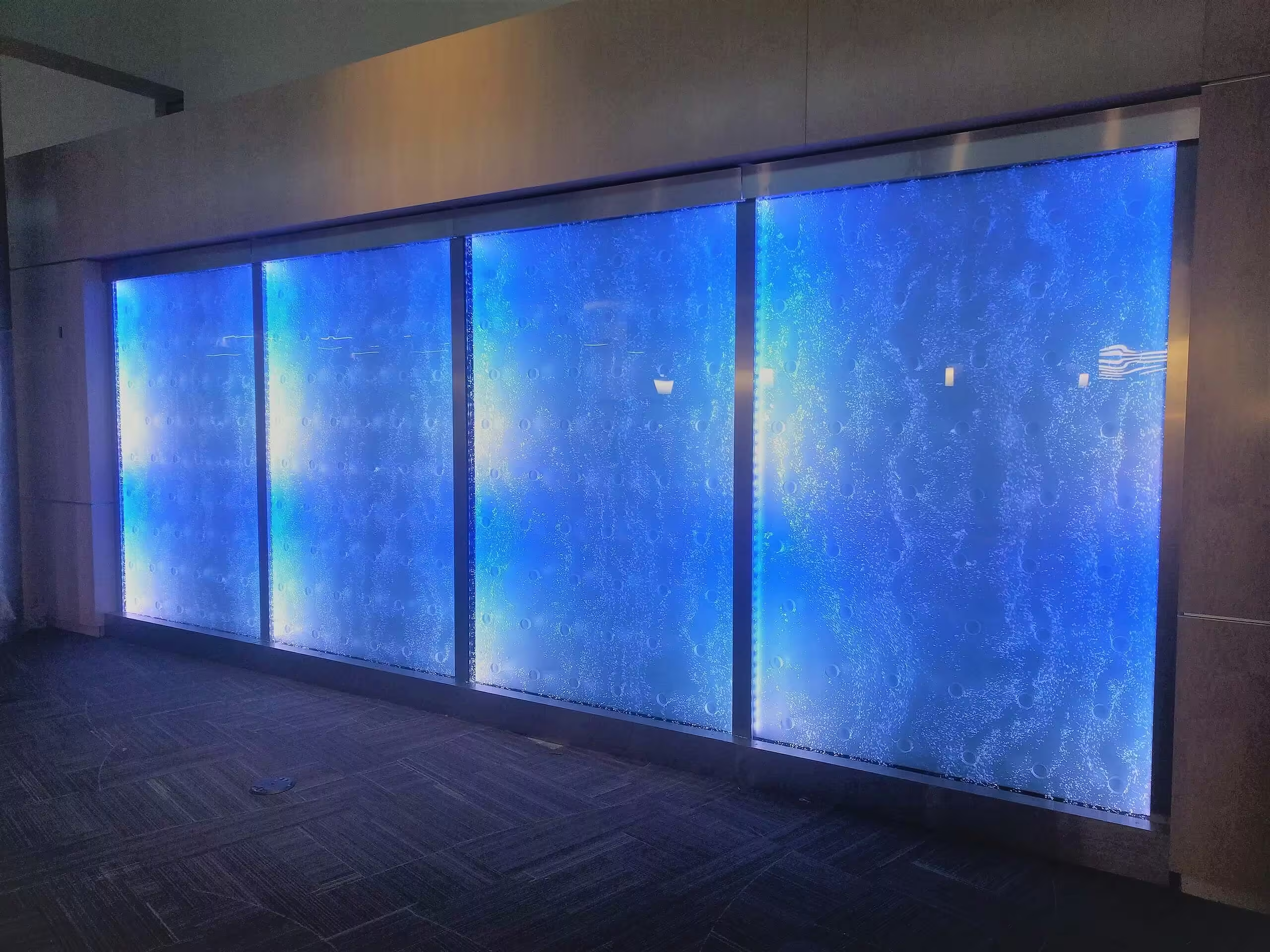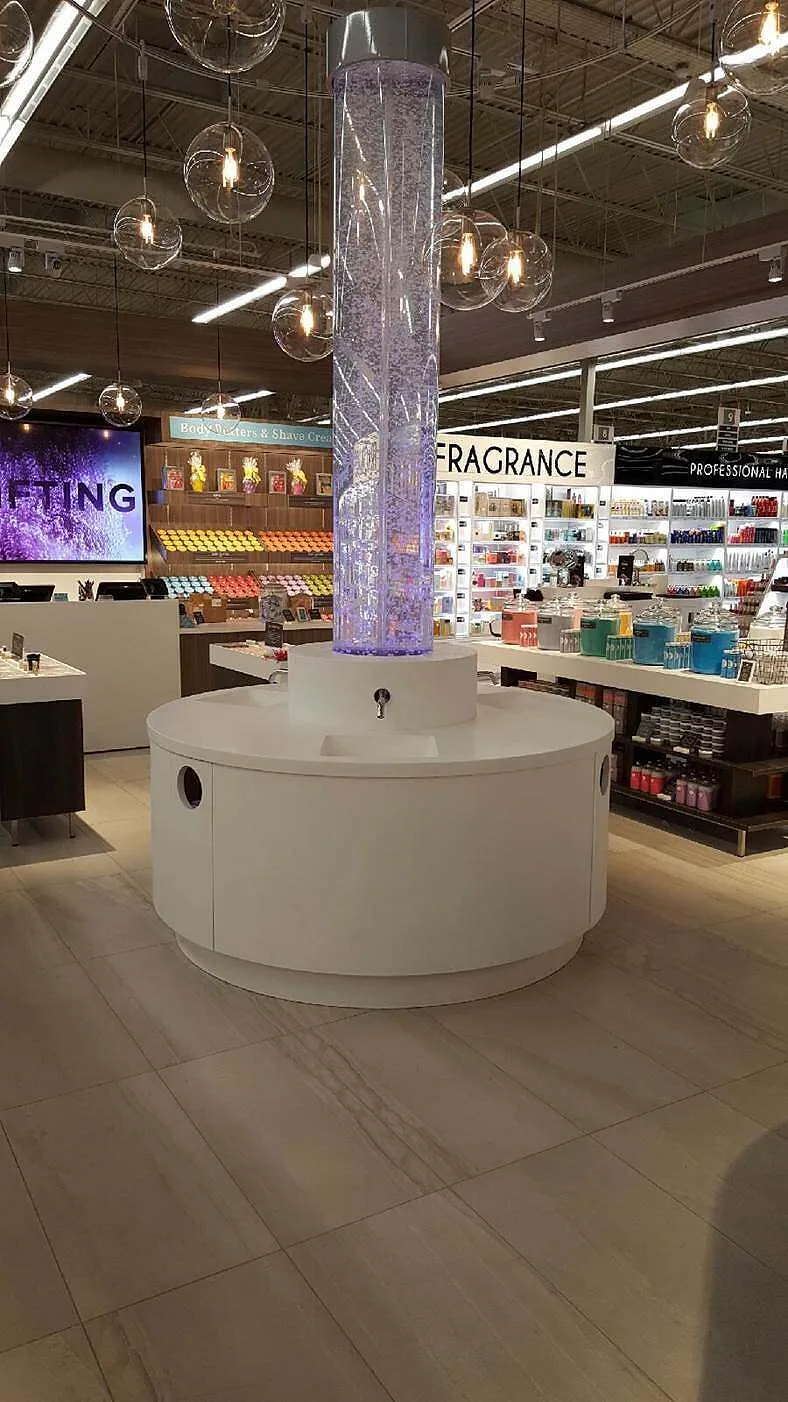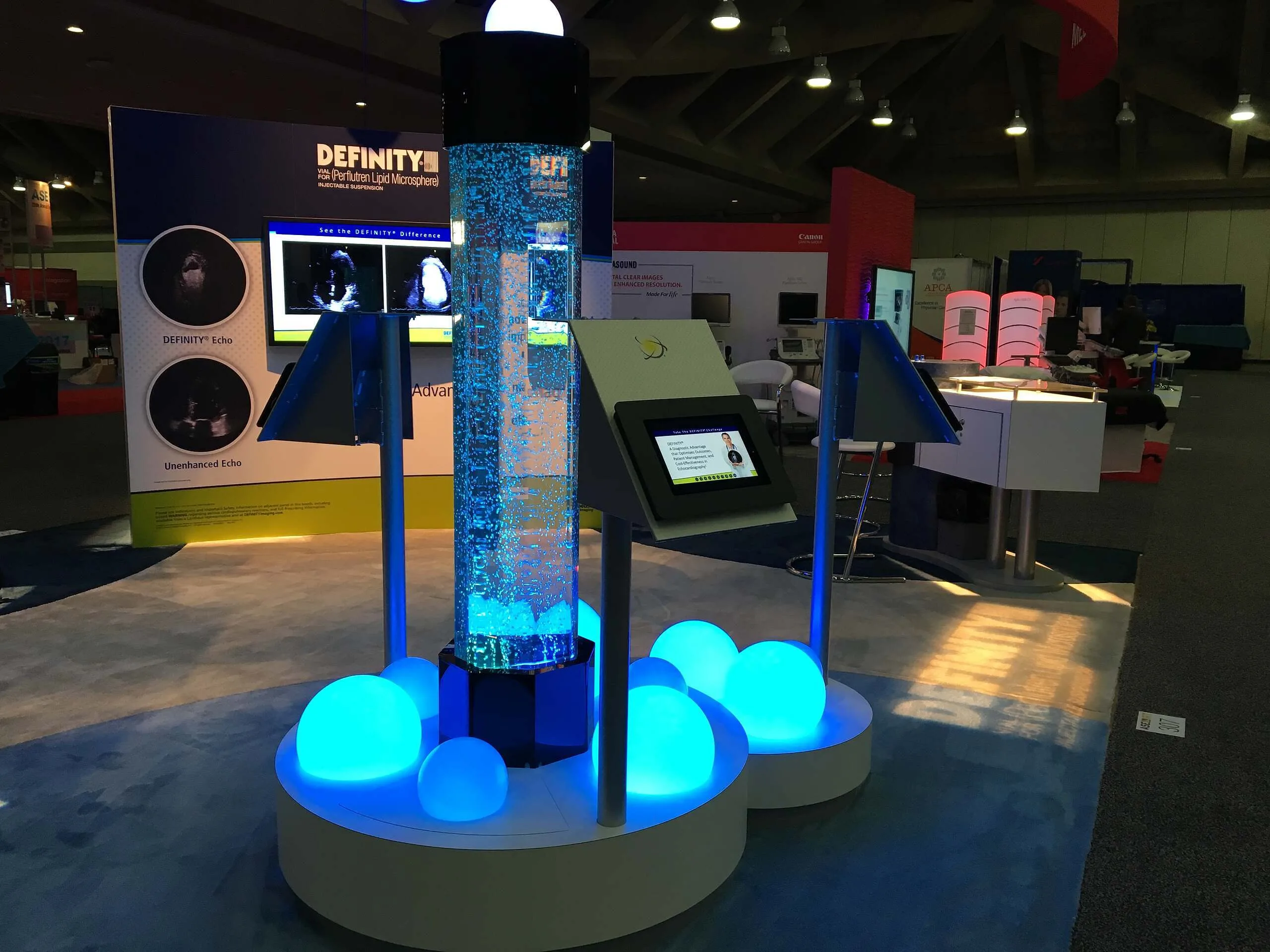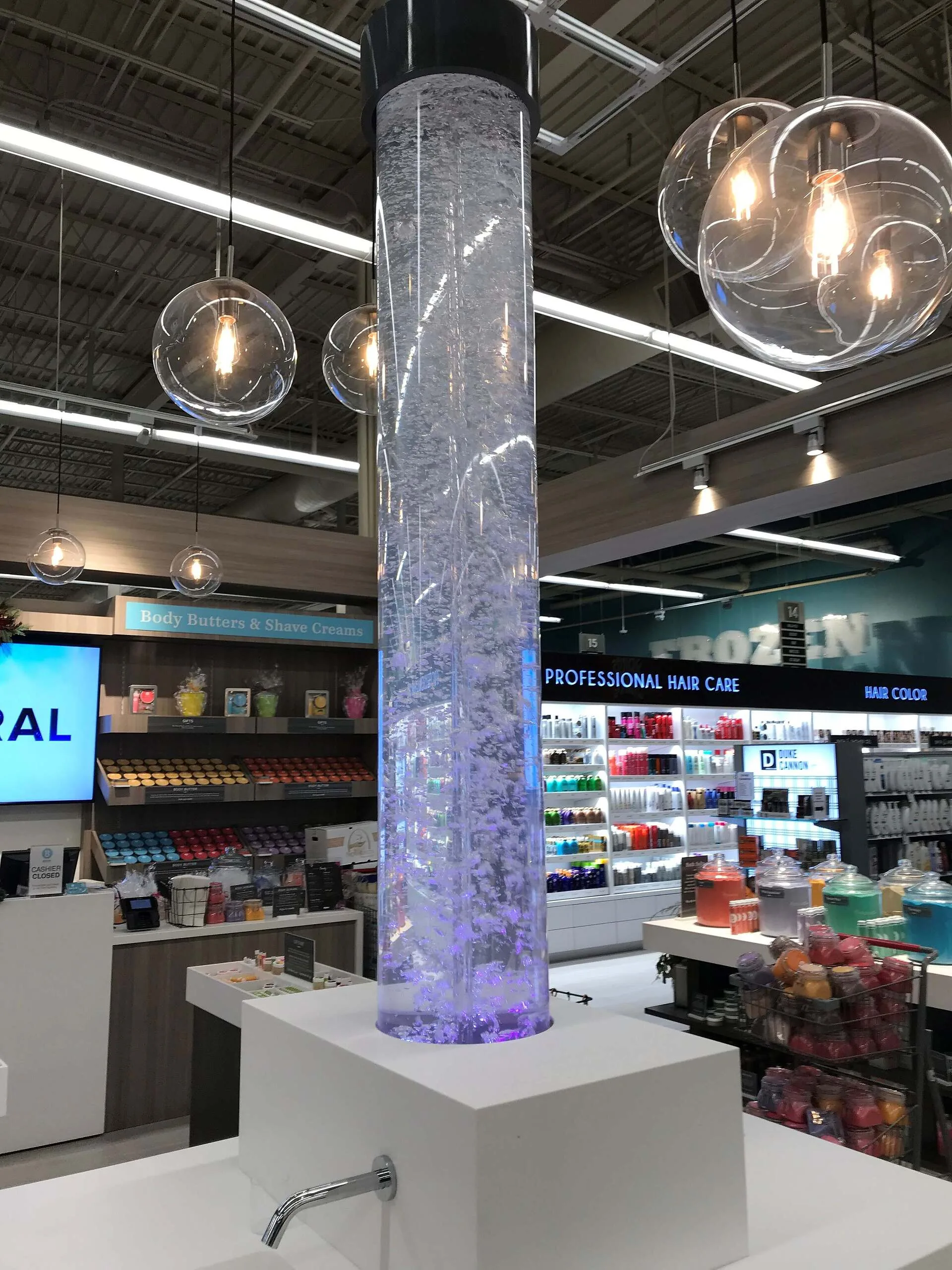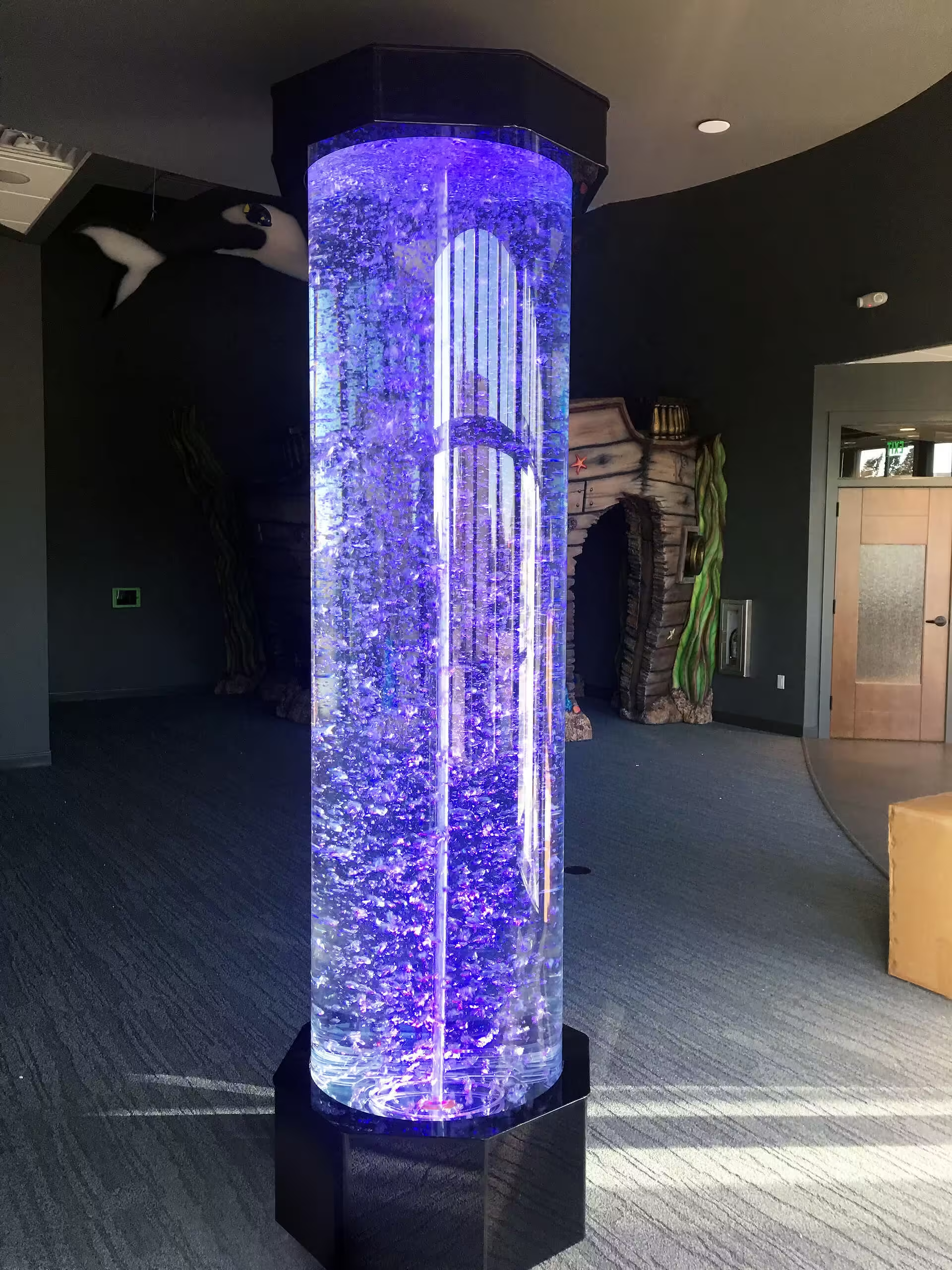Table Of Contents:
- Guide to Choosing the Perfect Water Fountain Wall for Your Indoor Space
- Key Takeaways
- Understanding the Benefits of an Indoor Water Fountain Wall
- Determining the Ideal Location for Your Water Fountain Wall
- Exploring Styles and Designs of Indoor Water Fountain Walls
- Choosing the Right Materials for Your Water Fountain Wall
- Installation and Maintenance Tips for Your Indoor Water Fountain
- Enhancing Your Water Fountain Wall With Accessories
- Conclusion
Guide to Choosing the Perfect Water Fountain Wall for Your Indoor Space
Envision your space transformed by the serene ambiance of an indoor water wall, a feature that combines aesthetics with the soothing sounds of nature. This guide will lead you through selecting the ideal wall mounted fountain indoor, touching on essential factors such as location, style, and material choices, including the sought-after stainless steel options. Experience the tranquility an indoor waterfall wall brings, while also acknowledging practical considerations for installation and upkeep. Tailored to designers, this article directly addresses the challenge of integrating a water feature into your design projects, offering solutions to enhance any indoor environment.
Key Takeaways
- Water fountain walls enhance aesthetics and foster tranquility in indoor spaces
- Regular maintenance prevents algae growth and ensures the water feature’s optimal performance
- Strategic lighting can amplify the beauty and calming effect of water features
- Plants and greenery around the fountain strengthen the natural ambiance and improve air quality
- Seasonal decorations refresh the space and align water features with the changing atmosphere
Understanding the Benefits of an Indoor Water Fountain Wall
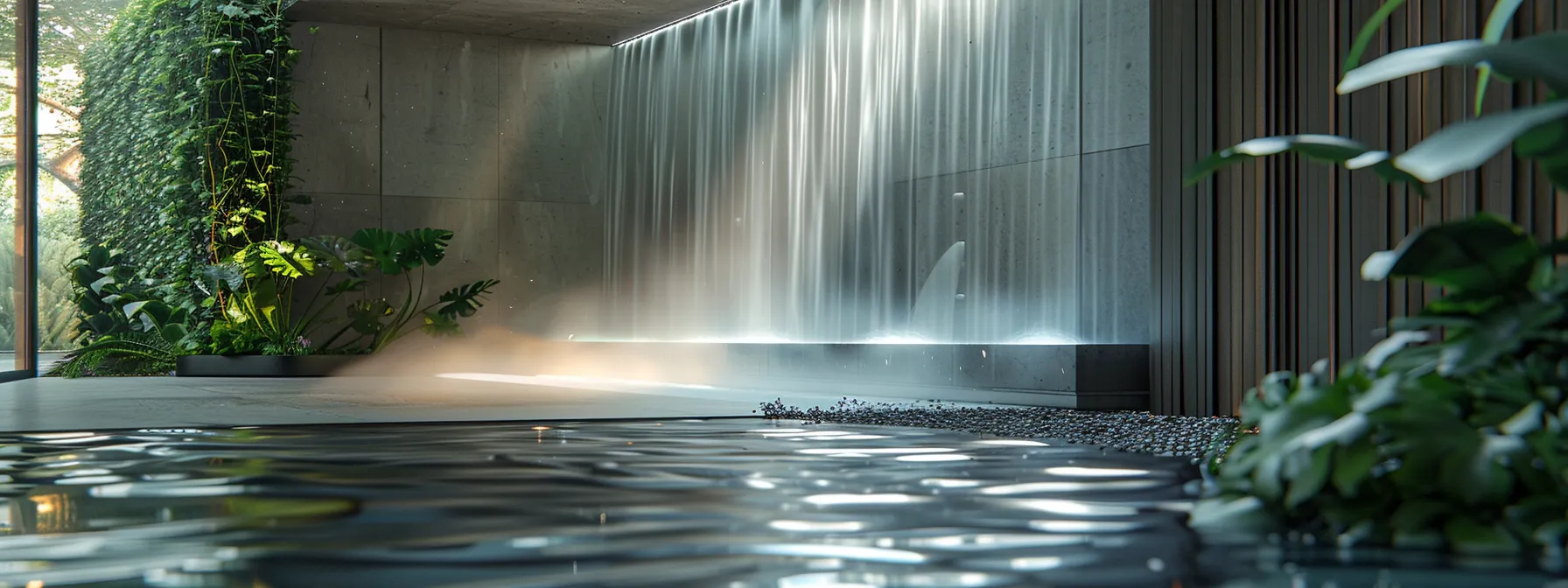
As an expert in indoor design elements, I can attest that incorporating a water fountain wall into your indoor space serves multiple purposes. These fountain walls, such as the wall fountain indoor styles, are not just visually striking; they enhance air quality and moisture levels, which is vital for creating a healthier environment. The gentle cascade of a water feature wall provides a serene background noise that significantly drowns out unwanted sounds, fostering a tranquil atmosphere that promotes relaxation and well-being. Carefully chosen for their capacity to enrich the ambiance, these interior water features are at the forefront of harmonizing aesthetics and function.
Improving Air Quality and Humidity Levels
In my professional experience, installing a waterfall feature within your indoor environment, such as a living room wall fountain, contributes significantly to improving air quality. The constant flow of water generates negative ions, which attract and neutralize airborne pollutants, dust, and allergens. For those sensitive to dry air, a water feature acts as a natural humidifier, fostering a more comfortable and hospitable living space.
Integrating a water element like a steel wall fountain aligns well with feng shui principles, promoting the flow of positive energy. In fact, placing such a feature in the right area according to feng shui can enhance well-being by inviting a sense of balance and calm. My clients often report a noticeable difference in the ambiance of their space, reflecting the healing properties of water and its soothing visual and auditory effects.
Especially for urban dwellers, a living room wall fountain indoor installation introduces a natural element that can mitigate the stress caused by the urban environment. The gentle sound of cascading water from the fountain cuts through the noise pollution that often penetrates our living spaces, creating a quiet sanctuary. Not only does this soundproofing quality provide practical benefits, but it also creates an inviting atmosphere for guests and inhabitants alike.
Creating a Calming Atmosphere in Your Home
In my role as an interior designer, I’ve witnessed the transformative influence a wall indoor waterfall can bring to a room. A fountain wall indoor not only acts as an aesthetic focal point but also infuses the space with a soothing ambiance. Clients have shared the peace they feel when the soft murmur of the waterfall‘s pump breaks the silence in their homes, proving it to be an effective tool for crafting a tranquil enclave.
From my experience, the serene environment created by an indoor bubble wall fountain extends beyond visual appeal, addressing the psychological needs for calm and respite. The gentle flow of water on the wall forms a sensory experience that can alleviate the day’s tensions. When incorporated into a living space, the subtle rhythms of the water pump encourage relaxation and foster a sense of sanctuary.
I have seen how the presence of a fountain wall indoor significantly enhances the comfort of a home. By coupling design principles with the innate human response to water, these walls serve not just as décor but as essential components of a harmonious living space. As water cascades down the wall, it carries away stress, leaving the indisputable purity of a calm home environment in its wake.
Enhancing the Aesthetic Appeal of Your Space
In my journey through crafting mesmerizing indoor spaces, I’ve learned that the sheer presence of a water fountain wall, like those at the buffalo thunder nightclub, can elevate a mundane room into an artful sanctuary. The shimmering flow and elegant design act as a dynamic piece of art, offering visual stimulation and style that resonates deeply with onlookers. Visitors are often drawn towards the water feature, admiring its contribution to the room’s overall aesthetic appeal.
The installation of a fountain wall can serve as a pivotal design element, harmonizing with a range of interior styles from classic to contemporary. I value the transformative power these water features wield in space enhancement, as they introduce an organic fluidity that can soften the angles of a modern abode or complement the ornate details of a traditional setting. The strategic placement and style selection can significantly amplify your space’s visual impact:
- Select a water wall that echoes your interior’s color scheme and textures.
- Consider the lighting – a well-lit fountain can cast captivating reflections.
- Choose a size that fits your space, allowing the feature to stand out without overwhelming.
Through my expertise, I assure you that a thoughtfully chosen water fountain wall not only provides a striking focal point but also imbues your indoor space with timeless elegance. It’s about creating a harmonious balance where form meets function, and the result is invariably a more inviting and luxurious atmosphere. The right water feature can become the cornerstone of your design, drawing the eye and soothing the soul with its tranquil motion.
Reducing Unwanted Noise With Soothing Water Sounds
In my professional practice, I have found that water fountain walls are remarkably effective at minimizing intrusive noises. For example, in bustling office environments where the din of conversation and machinery is constant, the delicate sound of water flowing from a wall fountain can diffuse these disruptions, allowing for improved concentration and productivity.
I recommend water features as a strategy for sound management within residential spaces as well. In my own living room, the gentle gurgle of the water from my wall-mounted fountain drowns out external traffic noises, replacing the cacophony of the street with a soothing acoustic experience that fosters a sense of peace and privacy.
Choosing the right water fountain wall is not only about aesthetics; it’s also about functionality. During consultations, I advise my clients on the acoustic benefits of installing a water feature against shared walls where neighbor noise might be a concern. The sound of cascading water creates a natural white noise effect that can mask unwanted sounds, transforming a potentially stressful environment into a restful retreat.
Promoting Relaxation and Well-Being
In my experience as a designer, ensuring client well-being is paramount, and integrating an indoor water fountain wall has repeatedly demonstrated its value in promoting relaxation. The visual serenity of water flowing gracefully down a panel instantly invites a sense of peace, creating an environment conducive to de-stressing after a hectic day. I’ve observed numerous clients benefit from the tranquil presence of these features, finding solace in the comfort of their own spaces.
Witnessing the effect of gentle water sounds on relaxation in real-time solidifies my confidence in recommending water fountain walls. The auditory soothing qualities of these fountains have the power to calm a busy mind, crucial for clients seeking a restorative nook within their homes or workspaces. It’s a delight to see individuals enter a room with a water feature and watch their demeanor shift to one of ease and contentedness.
For me, the ultimate goal when selecting the right fountain wall for a client is to craft a sense of well-being that resonates throughout their environment. It’s gratifying to know that a well-placed water feature can significantly enhance mental clarity and emotional balance. Delivering solutions that marry design with practical health benefits speaks to the core of my work, setting the stage for a harmonious balance of aesthetics and wellness in their daily lives.
A water fountain wall is not just a feature, it’s the heart of a room’s design. Let’s find the perfect spot to make its presence felt.
Determining the Ideal Location for Your Water Fountain Wall
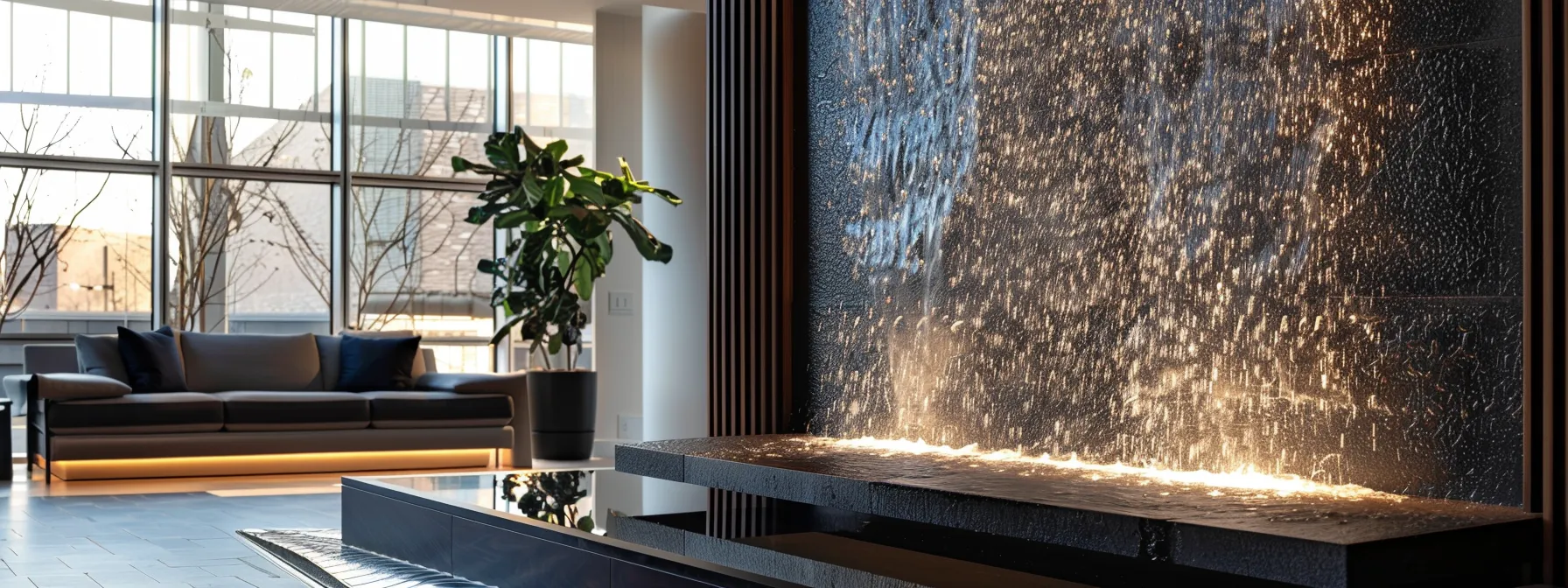
When selecting the perfect water fountain wall for your indoor space, I encourage my clients to consider several pivotal factors. Evaluating the available wall space and structural support ensures that the feature fits seamlessly into your design. You must also think about the proximity to electrical outlets and water sources for practicality. Opt to situate your fountain in high-traffic areas to maximize its visual draw, yet always allow for easy access for regular maintenance and cleaning. Lastly, pay attention to safety measures, particularly if children and pets are a part of your household. Each of these aspects plays a crucial role in finding an ideal balance between functionality and aesthetic appeal.
Assessing Available Wall Space and Structural Support
In my professional endeavors to create the ideal interior spaces, I have learned that evaluating wall space is crucial when installing a water fountain wall. It’s imperative to ensure the wall chosen can support the weight and structure of the fountain itself. I often recommend consulting a structural engineer to confirm the integrity of the wall, particularly when working with larger, more elaborate water features that demand additional support.
Moreover, taking into account the dimensions of both the wall and the water fountain wall is essential to attain visual balance. In my practice, I’ve observed that a wall that is too cramped can make the room feel smaller while one that is too expansive could dwarf the water feature. Thoroughly measuring the space enables me to custom-fit the fountain to not only enhance the room’s aesthetics but also guarantee safety and stability.
Finally, I always stress the importance of foresight when placing a water fountain wall. This involves considering future accessibility for cleaning and maintenance, as well as potential renovations that could impact the fountain‘s location. By thoughtfully assessing the wall space and support at the outset, I ensure the water fountain wall remains a functional and striking focal point for years to come.
Considering Proximity to Electrical Outlets and Water Sources
When I advise clients on the placement of their water fountain walls, I emphasize the importance of proximity to electrical outlets. The need for a power source to operate the pump must be balanced with the overall design, ensuring cords are discreetly hidden to maintain a clean and elegant look. It’s essential to consider this early in the design process to avoid costly rewiring endeavors.
Equally crucial is the fountain‘s access to a water source for easy filling and maintenance. In my experience, planning for a nearby water supply simplifies routine upkeep and helps to preserve the feature’s beauty and functionality. A strategic position near a water line allows my clients to enjoy their fountain hassle-free, which is always my top priority.
These considerations ensure optimal operation and practicality of your indoor oasis: Let’s visualize these key placement factors with a table:
| Consideration | Why It’s Important | Professional Tip |
|---|---|---|
| Proximity to Electrical Outlets | Necessary to power the fountain’s pump | Confirm availability of a nearby outlet before installation to avoid additional rewiring costs. |
| Access to Water Source | Facilitates easy filling and maintenance | Position the fountain close to an existing water line to simplify routine care. |
Maximizing Visual Impact in High-Traffic Areas
In my career as a designer, I’ve recognized that a water fountain wall becomes a conversation piece when appropriately situated in high-traffic areas, such as lobbies or central living spaces. By doing so, the fountain naturally draws the eye and captivates visitors, reinforcing the room’s ambience and the property’s aesthetic value. It’s a strategic move to let the feature command attention, serving both as art and a soothing presence.
I advise my clients to leverage their water fountain wall as a welcoming gesture by placing it near the entrance or foyer. This positioning guarantees immediate engagement, providing guests with an alluring visual and auditory experience upon entry. It’s more than a decorative choice; it’s about setting the tone for the entire indoor experience, giving a hint of the tranquil environment that lies within.
Careful placement in high-traffic areas also ensures the benefits of the water feature, such as stress reduction and noise cancellation, are maximized where they are most needed. In my own practice, I’ve observed that a strategically positioned water fountain wall near a dining or meeting area can elevate the space, fostering a sense of communal well-being and encouraging leisurely interaction. The key is balance – allowing the wall fountain to shine without overwhelming the surroundings.
Ensuring Easy Access for Maintenance and Cleaning
When I consult with clients on water fountain walls, I emphasize the importance of selecting a location that allows for straightforward maintenance and cleaning. Considering the practical aspects of upkeep, I find it prudent to choose an accessible spot that won’t become a hassle over time. Positioning your water feature in a place where it’s not hemmed in by furniture or other obstacles will make routine care much simpler and less time-consuming.
Maintaining the pristine condition of your water fountain wall is essential to preserving its beauty and functionality. I advise clients to take into account the ease with which they can reach the pump and interior components of the fountain. This ensures that regular inspections and cleanings can be performed efficiently, without the need to move the fountain or disassemble parts of the wall. Here’s a table to help illustrate key maintenance tips and locations:
| Maintenance Aspect | Consideration | Benefit |
|---|---|---|
| Accessibility | Choose a spot that’s easily reachable for cleaning and repairs | Simplifies upkeep and prolongs the lifespan of the water feature |
| Pump and Components Access | Ensure these are not obstructed for stress-free maintenance | Facilitates routine checks, preventing potential malfunctions |
An essential facet of placement I’ve found is the capacity for water to be drained and replaced easily, without causing water damage to the surrounding area. When devising the installation spot for a water fountain wall, I’ll always factor in waterproofing measures and adequate drainage. This forethought stands to protect your investment and ensures that cleaning the water feature doesn’t become a daunting task but rather a seamless part of your space’s maintenance routine.
Evaluating Safety Measures for Children and Pets
In my role, safeguarding clients’ spaces for the well-being of children and pets is of paramount concern. When considering the installation of an indoor water feature, identifying a location that minimizes risk and ensures easy supervision is key. A paramount aspect is to ensure the fountain‘s pool is not easily accessible by young children and pets to prevent accidental falls or water ingestion.
My experience has taught me that the stability of a water fountain wall is critical in homes with curious pets or active children. Therefore, I recommend water features with robust structural support to withstand accidental bumps, alongside features such as low-voltage pumps and concealed cables to avoid electrical hazards.
Drawing on my expertise, I prioritize designs that integrate safety barriers or are inherently pet and child-friendly, ensuring peace of mind. For instance, wall-mounted fountains with a smooth, splash-resistant surface prevent water from escaping the confines of the feature, thereby reducing the likelihood of slips and other water-related mishaps.
Now, with your fountain‘s location set, the next step is a canvas wide open. Let’s examine the styles and designs that will bring your indoor water fountain wall to life.
Exploring Styles and Designs of Indoor Water Fountain Walls
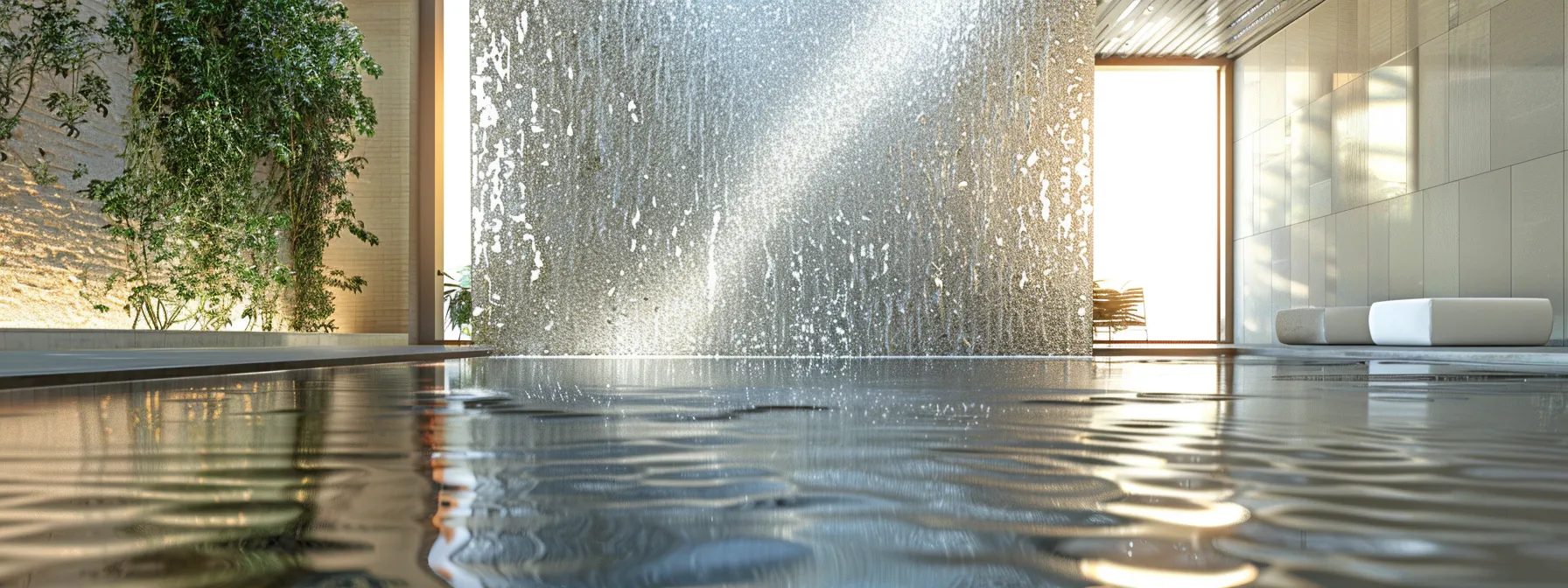
In my practice, I’ve guided countless clients through the selection of water fountain walls that align with their aesthetic desires. Contemporary and modern designs offer clean lines and a minimalist appeal, whereas natural stone and slate features yield an organic touch. For a pristine finish, glass and mirror water walls are unmatched. Clients seeking tailored solutions find customizable designs invaluable, and for smaller spaces, corner and freestanding units prove indispensable. Let’s delve into each option and discover how they can transform your space beautifully and functionally.
Modern and Contemporary Design Options
In navigating the landscape of modern design, I’ve recognized that contemporary water fountain walls offer a fusion of elegance and minimalism. These designs frequently feature sleek materials like glass or brushed metal, and incorporate clean lines to create a statement piece without clutter or excess. They perfectly accentuate spaces that thrive on a minimalist approach, drawing the eye with their understated sophistication.
My proficiency in design has revealed that functionality seamlessly blends with style in contemporary fountain walls. Clients appreciate features like integrated LED lighting or remote-controlled pumps, which add convenience and enhance the overall experience. For those looking to introduce a modern touch to their space, the integration of technology with design is a compelling aspect of these water features.
Modern water fountain walls are known for their versatility, adapting to various indoor environments while maintaining their chic appeal. My experience has taught me the importance of a design that complements your space’s existing decor. Opt for a water fountain wall with customizable options, such as interchangeable face panels or adjustable water flow, to ensure it resonates with your vision:
| Feature | Description | Benefit |
|---|---|---|
| Integrated Lighting | LED lights that enhance the water’s appearance. | Creates ambiance and highlights the fountain’s presence. |
| Remote-Controlled Pumps | Pumps that can be operated from a distance. | Conveniently adjust flow without manual intervention. |
| Customizable Panels | Interchangeable faces for the fountain wall. | Allows personalization to complement interior decor. |
Natural Stone and Slate Water Features
Incorporating natural stone and slate into water fountain walls offers a unique blend of raw beauty and timeless elegance. As a designer, I recommend these materials to clients who wish to imbue their indoor environments with a touch of nature. The innate variations in patterns and hues of stone and slate ensure that each installation is a distinctive work of art, serving as the room’s eye-catching centerpiece.
In my work, I’ve found that natural stone and slate fountains create a serene, organic ambiance that resonates well with biophilic design principles. Their earthy tones and textures can bring a sense of outdoor tranquility indoors, satisfying a growing desire among homeowners for spaces that promote wellness and connection to nature. My clients consistently express delight at how these features serve as a tranquil escape within their own homes.
When guiding clients through their selections, I emphasize the durability and low maintenance of stone and slate water walls. Their robust nature withstands the test of time and the gentle flow of water without significant wear, making them ideal for busy areas like hotel lobbies or corporate atriums. This practicality, coupled with their aesthetic appeal, has solidified them as preferred choices in my design portfolio.
Glass and Mirror Water Walls for a Sleek Look
In my professional judgement, glass and mirror water walls stand as the epitome of sleek design, exemplary of how modern aesthetics can transform an interior space. These water features reflect light and surroundings, creating a mesmerizing interplay between fluidity and environment that captivates and soothes in equal measure. They are particularly well-suited to contemporary or minimalist decor, where their reflective surfaces magnify the sense of space, and their clean lines maintain the uncluttered ethos of the design.
The installation of a glass or mirror water wall can be a focal point in my clients’ designs, introducing not only a stunning visual element but also a dynamic one. The continuous movement of water over reflective surfaces can turn a static room into an area brimming with life and energy. Coupled with strategic lighting, these walls can cast enchanting patterns, serving as an innovative addition that addresses both the desire for style and sensory engagement:
- Strategically select lighting that accentuates the water wall‘s reflective surface.
- Position the water wall to enhance spatial perception in smaller areas.
- Incorporate it into a minimalist design to add a dynamic feature without clutter.
When selecting a glass or mirror water feature, I advise my clients on their inherent benefits. These materials not only provide an alluring appearance but require minimal upkeep, thereby ensuring their long-term appeal with relatively low maintenance. A mirror water wall, for example, can also amplify natural light within a space, which can help in reducing dependence on artificial lighting, lowering energy costs and contributing to an eco-friendly home environment.
Customizable Designs to Match Your Décor
In my career as a design professional, I have found that customizable indoor water fountain walls present a unique opportunity for clients to embed their personal style into their living spaces. Whether it’s a selection of materials, colors, or specific motifs, these customizable features are specially crafted to harmonize with the existing décor. This level of tailoring ensures the water feature serves as a natural extension of your home’s aesthetic, rather than an afterthought.
I take pride in helping clients choose a water fountain wall that reflects their design vision, with customization options ranging from etched patterns to interchangeable facades. This approach not only provides a bespoke centerpiece for their interior but also enables the water feature to evolve alongside their changing design preferences. The outcome is a flexible design element with the power to revitalize a space without the need for extensive alterations.
For those who value a thematic continuity throughout their environment, opting for a customizable water fountain wall ensures coherence in their design narrative. I have assisted many in selecting the perfect feature that aligns with their home’s character—whether it be sleek and modern or rich and classical. In my work, there’s a profound satisfaction in witnessing a water feature become an integral part of my client’s décor, beautifully blending form with function.
Space-Saving Corner and Freestanding Units
In my design experience, corner and freestanding indoor water fountain walls have been true game-changers for clients with limited space. By nestling seamlessly into corners, these units maximize existing floor plans without sacrificing the elegance and tranquility water features provide. This practical solution allows even the coziest spaces to reap the benefits of a water fountain, enhancing the room without cluttering it.
Freestanding water fountain walls offer versatility and mobility that is especially beneficial in multi-use spaces. I frequently suggest them to clients who prefer the flexibility to rearrange their layout or who may be contemplating future moves. Their self-contained design means there’s no need for wall installation, making them a convenient choice for renters or temporary setups.
The ability to transport these units easily makes them not only practical for space-saving purposes but also for those who enjoy refreshing their decor regularly. To illustrate the variety available in corner and freestanding water fountains, consider the following table of options:
| Style | Suitable for | Key Benefits |
|---|---|---|
| Corner Unit | Small spaces, nooks | Space efficiency, full feature in compact form |
| Freestanding Unit | Temporary or transitional spaces | Mobility, no wall mounting required |
Often, when space is at a minimum, my clients are delighted to find that style doesn’t have to be compromised; a wisely chosen corner or freestanding fountain can be both a functional and fashionable addition to their decor.
Indoor water fountains come in varied styles, each with its own charm and energy. The material chosen is the essence that brings this form to life.
Choosing the Right Materials for Your Water Fountain Wall
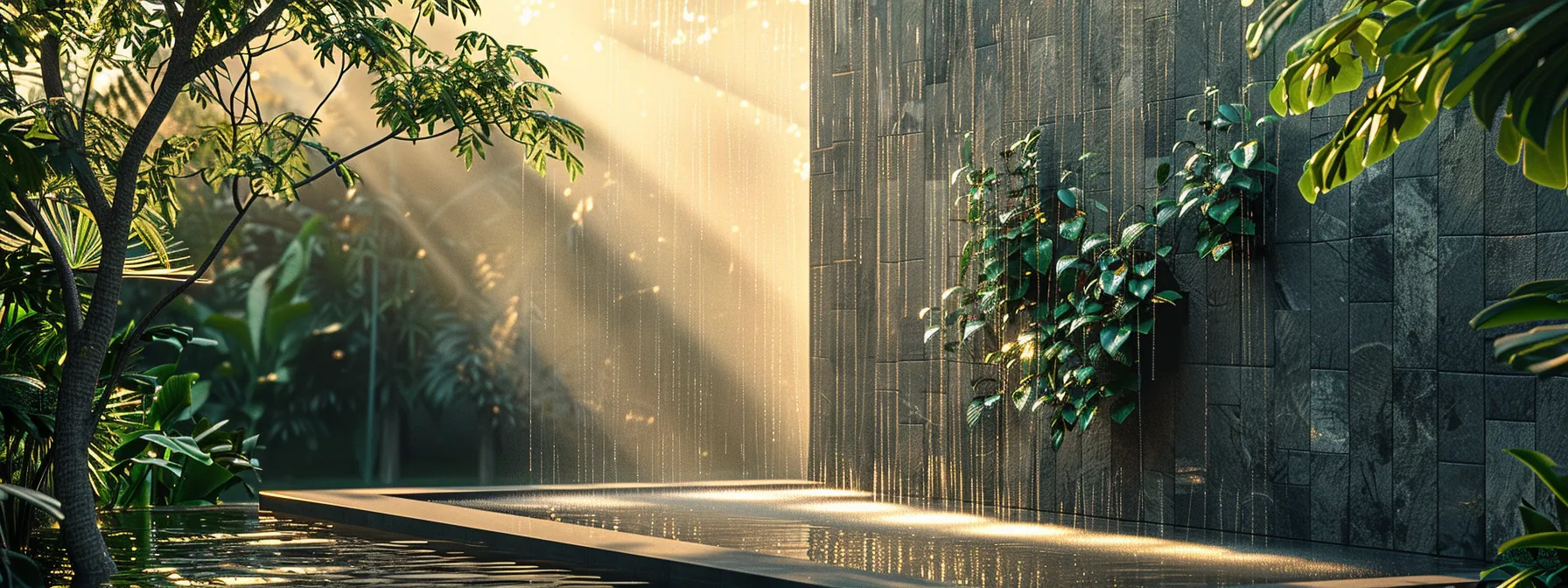
In my professional opinion, selecting the ideal material for your water fountain wall is critical to both its function and its form. In the subsequent sections, I’ll guide you through comparing the longevity of different materials, understanding the care each type requires, choosing options that harmonize with your design scheme, evaluating the cost-effectiveness and durability, and considering environmentally responsible choices. Each of these considerations is vital for ensuring that your water feature is not only visually appealing but also a lasting investment in your space.
Comparing the Durability of Different Materials
In my years of experience as a designer, I have come to value the resilience of certain materials used in water fountain walls. Stone, known for its hardiness, stands up well to wear and tear, making it a sound choice for high-traffic areas. Meanwhile, materials like glass and acrylic offer a modern look but require more meticulous maintenance to prevent scratches and maintain their original luster.
As a professional, I’ve had to balance aesthetics with practicality, and when it comes to durability, metal stands out. Stainless steel and copper water fountain walls, for instance, are excellent in resisting corrosion and maintaining their sleek appearance over time. The longevity of these metals ensures that my clients see a return on their investment through years of uninterrupted beauty and performance.
Given my first-hand knowledge, I can assert that choosing the right material for a water fountain wall also hinges on understanding the care involved:
- Stone may require sealing to prevent water stains.
- Glass and acrylic should be cleaned regularly with appropriate, non-abrasive cleaners.
- Metal options like stainless steel benefit from occasional polishing to retain their shine.
Ultimately, discussing the specific needs and setting of a client’s space guides my recommendations for the most suitable water fountain wall material. The decision is a balance of aesthetic, maintenance needs, and environmental conditions. It’s about finding that sweet spot where form meets function, ensuring that the water feature remains as inviting as it was on day one.
Understanding the Maintenance Needs of Various Options
In guiding clients through various indoor water fountain walls, I emphasize the importance of understanding each material’s unique maintenance needs. For instance, natural stone fountains often require periodic sealing to prevent water staining and moss growth, maintaining their pristine appearance. Proper maintenance ensures the longevity and aesthetic quality of the installation, something that becomes a highlight of the living or working space.
Through my consultations, it’s clear that glass and acrylic water walls, while offering a modern appeal, demand cautious cleaning with specific, gentle products to avoid scratches that could mar their sleek finish. I advise on the most suitable cleaning agents and methods, assisting clients in preserving the visual clarity and shine that make these materials so captivating.
With metal fountain walls, particularly those crafted from stainless steel or copper, the upkeep often involves routine polishing to prevent tarnish and water spots, ensuring the feature retains its luster. My expertise allows me to recommend best practices for metal care, which helps prevent the natural elements within an indoor environment from dulling the metal’s glow over time.
Selecting Materials That Complement Your Interior Design
In my professional capacity, I often advise clients that the selection of materials for their water fountain wall should resonate with their interior design to create a cohesive feel. Whether they prefer the rugged elegance of natural stone or the refined simplicity of glass, the material needs to complement the existing decor to enhance the overall aesthetic. For a seamless integration, I consider the color palette, textures, and styles present in their space, ensuring that the water feature becomes a natural extension of their environment.
During my consultations, I emphasize the necessity for harmony between the water feature’s material and the room’s fixtures and furniture. A copper or bronze water fountain wall, for example, can echo warm wood tones in furniture and flooring, creating an inviting atmosphere. I’ve observed that such attention to detail not only enhances the visual appeal but fosters a more inviting space for residents and visitors alike.
Through my experience, I’ve realized that the interplay between light and your fountain‘s material is a key factor in establishing the desired ambiance. Reflective materials like mirrored glass can amplify light, making a room feel spacious and open, while matte finishes such as slate can instill a sense of calmness and grounding. My role is to guide clients towards materials that not only fit their design vision but also contribute to the overall mood they wish to achieve.
Evaluating the Cost and Longevity of Each Material
In advising on the investment in indoor water fountain walls, I emphasize the need to weigh material costs against expected longevity. For instance, natural stone options like granite may carry a higher initial price tag, but their robustness ensures enduring appeal with minimal loss of integrity over time. Clients should consider both upfront costs and the potential for long-term savings through low maintenance and enduring beauty when selecting their fountain‘s material.
I find it helpful to discuss cost-effectiveness with my clients by referencing materials like acrylic and resin, which offer the visual appeal of more expensive alternatives without the hefty expenditure. While these materials can be more susceptible to wear and might lack the same timeless quality as stone or metal, they are often preferred for more budget-conscious projects. The right choice balances aesthetic desires with financial feasibility, ensuring my clients are delighted with their space’s ambiance and their wallet’s condition.
The durability and maintenance requirements of different materials directly impact their longevity and, consequently, the long-term value they offer in a design setting. Stainless steel and copper, known for their resistance to corrosion and ease of cleaning, often justify their costs over time due to their persistent luster and minimal upkeep needs. Here’s a quick comparison table of common fountain wall materials to assist in this crucial decision-making process:
| Material | Cost | Longevity | Maintenance |
|---|---|---|---|
| Granite | High | Excellent | Low |
| Acrylic | Low-Moderate | Good | Moderate-High |
| Stainless Steel | Moderate-High | Excellent | Low |
| Copper | High | Excellent | Low |
Considering Eco-Friendly and Sustainable Choices
In my professional advising, sustainability is becoming increasingly central in the decision-making process for materials. Clients often seek out eco-friendly materials for their indoor water fountain walls, preferring options that minimize environmental impact. Recycled glass and reclaimed wood are excellent examples, offering both durability and reduced resource strain, paving the way for a future where design and sustainability go hand in hand.
I have found that recommending materials with low embodied energy—not only during production but also through the entirety of their lifecycle—is a meaningful way to address my clients’ ecological concerns. For example, sourcing local stone or using materials like sustainable bamboo can significantly lower the carbon footprint associated with transport and manufacturing, making these choices not only green but also cost-effective in the long run.
Furthermore, as I guide clients through the customization of their water feature, I stress the importance of considering energy-efficient water pumps and LED lighting. Integrating these technologies not only conserves energy but also reduces operational costs, demonstrating how eco-friendliness can enhance the value and functionality of an indoor water fountain wall without compromising design integrity or aesthetic appeal.
Selecting top-grade materials sets the foundation for your water fountain wall. Next, let’s ensure its beauty endures with practical installation and maintenance strategies.
Installation and Maintenance Tips for Your Indoor Water Fountain

Choosing the ideal water fountain wall for your space requires attention to detail both before and after installation. In guiding the setup process, I’ll share essential tips on preparing your wall and space for the water fountain‘s installation, the factors that might lead you to choose professional help over a DIY approach, and setting up the key components such as the water pump and electrical systems. Proper care extends beyond installation, so I’ll highlight routine cleaning practices to ward off algae and mineral build-up, as well as troubleshooting advice for common operational issues. These insights aim to ensure the longevity and optimum performance of your indoor water feature, making it a treasured part of your space.
Preparing Your Wall and Space for Installation
In preparing for the installation of an indoor water fountain wall, I start by thoroughly evaluating the structural support of the designated wall. I verify the robustness of the wall to ensure it can bear the weight of the fountain, a step that may entail consulting a structural engineer for a professional assessment. This preventive approach mitigates potential risks and ensures the lasting safety and integrity of the installation.
As a seasoned designer, I dedicate attention to the preservation of the surrounding space during installation. I recommend the use of protective sheeting and the clearing of nearby furnishings to prevent any incidental water damage or debris during the mounting of your water fountain wall. Preparing in this meticulous manner protects the surrounding interior while enabling a smooth and efficient installation process.
Attending to the practical considerations of electricity and plumbing is essential prior to installing the water feature. I locate the nearest electrical outlet to connect the fountain‘s pump and ensure there is a convenient water source for filling and maintenance, all the while considering how to conceal cords and pipes to maintain the aesthetic clean lines of your space. By addressing these details beforehand, I create a seamless and functional integration of the water fountain wall into my clients’ interiors.
Deciding Between Professional Installation and DIY
In my practice, I often encounter clients who are conflicted on whether to install their indoor water fountain wall themselves or to enlist the expertise of a professional. While there’s a certain allure to the DIY route, informed by the sense of accomplishment and potential cost savings, it’s crucial to consider the complexity of the installation process. My advice leans towards professional assistance, particularly when dealing with intricate systems that need an experienced hand for electrical and plumbing integration.
Choosing professional installation ensures precision and protects your investment in the long-term functionality of your water feature. I’ve witnessed the distress caused by improper installation, such as leaks or electrical mishaps, which can lead to costly repairs or even irreparable damage. My stance is that the benefits of a professionally installed water fountain wall—secure mounting, expertly hidden wiring, and a flawless finish—outweigh the temporary satisfaction of a DIY endeavor.
My recommendation for clients is to consider their skill level, the complexity of their chosen water fountain wall, and the value of their time when deciding between DIY and professional installation. While some might feel confident undertaking a smaller freestanding unit, the larger, more ornate wall-mounted fountains often demand intricate installation steps best left to the pros. For those seeking perfect alignment, optimum pump function, and overall assurance of quality, professional installers are the way to go.
Setting Up the Water Pump and Electrical Components
In setting up the water pump for your indoor water fountain wall, I always ensure the pump‘s capacity matches the size and specifications of the fountain for optimal water flow and acoustics. Installing the correct pump is crucial; an undersized pump may not properly circulate water, while an oversized pump can create excessive splashing and noise, negating the calming effects of your water feature.
It’s imperative to pair the electrical components of the water feature with a ground-fault circuit interrupter (GFCI) outlet to safeguard against electrical hazards. When I handle installations, the safety of my clients is a non-negotiable priority. A GFCI outlet is specially designed to cut off electricity in the event of a short circuit or water contact, ensuring the safe operation of your enchanting water fountain wall.
From my experience, concealing the wiring for the water fountain wall can greatly enhance the visual elegance of the feature. Strategically routing cables and employing discreet fixtures can preserve the water wall‘s sleek appearance, resulting in an uninterrupted aesthetic flow. This attention to detail in the setup process affords a more professional and polished finish, warranting the investment in an interior water feature that both mesmerizes and performs flawlessly.
Routine Cleaning to Prevent Algae and Mineral Build-Up
In my professional practice, I’ve found that regular maintenance is critical in preventing algae and mineral build-up in indoor water fountain walls. To maintain the clarity and cleanliness of the water, I recommend a weekly routine that involves checking the water level and adding distilled water to prevent the concentration of minerals. Algae thrives in still, nutrient-rich water, so keeping the water moving and nutrient levels low is essential for preventing growth.
My approach includes the use of specialized cleaners designed for water fountains to address both algae presence and mineral deposits. These products are formulated to be safe for the materials used in the fountain and are gentle enough not to damage the pump system. It’s also beneficial to schedule a thorough cleaning every few months, which involves draining the fountain, cleaning all surfaces with the appropriate agents, and replacing the water entirely:
| Cleaning Task | Frequency | Notes |
|---|---|---|
| Top Off Water Level | Weekly | Use distilled water to prevent mineral deposits. |
| Use Fountain Cleaner | As Needed | Choose cleaners suitable for your fountain’s materials. |
| Comprehensive Cleaning | Every Few Months | Drain and scrub the fountain, then refill with fresh water. |
To combat the hard water deposits that can mar the beauty of your water feature, it’s crucial to monitor and, if necessary, treat the water with additives that prevent scale. These treatments are easy to apply during routine top-offs and can significantly extend the life of your water fountain wall, ensuring its continued operation and aesthetic appeal. Simple preventive steps like these translate to fewer complications and safeguard the soothing ambience your water feature is meant to provide.
Troubleshooting Common Operational Issues
From my extensive experience in water fountain wall design, I know that a common operational issue that clients face is inconsistent water flow. If the water in your fountain is stuttering or not flowing smoothly, it’s often due to a clogged pump. I recommend first turning off the power and then inspecting the pump, removing debris like leaves or sediment that could be causing the blockage. Regular maintenance, as I advise, prevents this issue by keeping the water clean and the pump clear.
Another frequent trouble spot for indoor fountains which I encounter is water leakage. If you notice water around the base of your water fountain wall, it’s imperative to address it promptly to prevent damage to your floors and walls. In my experience, leaks are most commonly due to improper sealing or cracks in the water basin. Inspect the feature’s base and reapply sealant as needed; this measure often solves the problem quickly and effectively.
Lime scale buildup can also affect the performance and aesthetic of your indoor water fountain wall. Hard water can leave white, crusty deposits on the fountain‘s surfaces, impacting the visual appeal and potentially hindering the water flow. Integrating a water softener into your maintenance routine can prevent this. Changing the water regularly and using treatments to counteract hard water are measures that I find essential to preserving your water feature’s beauty and function:
| Issue | Cause | Solution |
|---|---|---|
| Inconsistent Water Flow | Clogged Pump | Clean pump and clear debris regularly. |
| Water Leakage | Improper Sealing or Cracks | Assess and reapply sealant; ensure proper installation. |
| Lime Scale Buildup | Hard Water Deposits | Use water softening agents and treat regularly. |
Once you’ve set up and tended to your indoor fountain, its allure only begins. Let’s enhance its charm with the right accessories next.
Enhancing Your Water Fountain Wall With Accessories
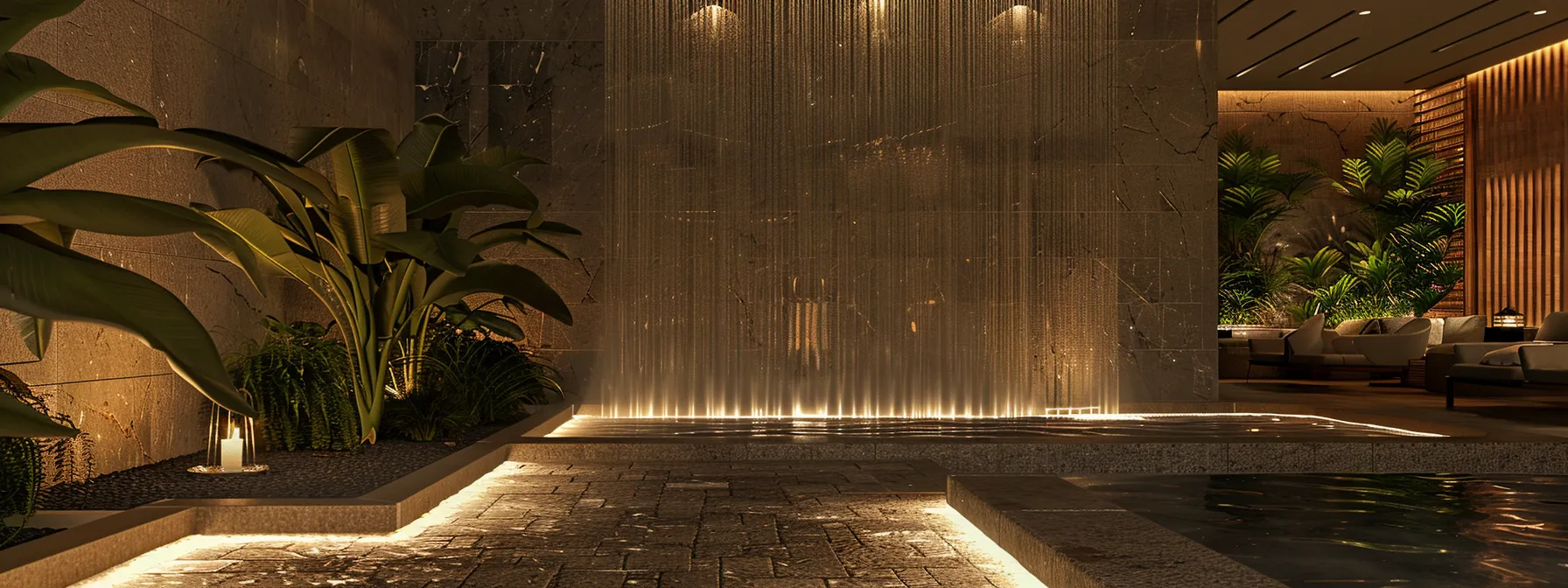
Once you’ve selected the ideal water fountain wall for your indoor space, the next step is personalizing it with thoughtful accessories. Enhancing your water feature with ambient lighting not only highlights its flowing beauty but also amplifies its calming effect. Adorning the space with plants and greenery adds a natural touch, creating an oasis within your interior. For a truly immersive experience, incorporating aromatherapy oils can entwine the element of scent with the soothing sounds of water. In my expertise, integrating complementary artwork or sculptures reinforces the fountain‘s role as a primary focal point. And don’t overlook the charm of seasonal decorations to renew the ambiance, ensuring the water feature remains a central, engaging piece throughout the year.
Incorporating Ambient Lighting for Added Effect
In my pursuit of creating the most evocative indoor spaces, I’ve consistently observed the transformative impact of ambient lighting on water fountain walls. The correct illumination can accentuate the water‘s gentle flow, casting a luminous interplay of light and shadow that truly elevates the sensory experience. When chosen thoughtfully, lighting fixtures will enhance the natural movement of water, crafting an alluring and dynamic focal point within your space.
The selection of ambient lighting should be strategic; the goal is to complement, not overpower the water feature’s design. I recommend softer, indirect lighting to create a warm and inviting aura that encourages relaxation. For added functionality, integrating dimmable lights offers the flexibility to adjust the luminosity to match the mood of any gathering or the time of day:
- Opt for LED lights for their long life and energy efficiency.
- Choose lighting fixtures that mirror the style and finish of your water fountain wall.
- Implement adjustable lighting to cater to varying ambience preferences.
Through my work, I’ve found that the addition of submersible lights can create a stunning underwater glow that enhances the water fountain‘s visibility and aesthetic appeal. By incorporating lighting directly within the water basin, a mesmerizing and luxuriant effect manifests, inviting viewers to linger and appreciate the serene beauty of the water‘s flow. The utilization of those lighting techniques results in an immersive experience that extends beyond mere visual pleasure to evoke tranquility and contemplation.
Adding Plants and Greenery Around the Fountain
Incorporating plants and greenery around your indoor water fountain wall can enhance the natural ambiance and complement the fluid aesthetic of your water feature. Through my design experience, I’ve found that lush foliage accentuates the refreshing essence of the water wall, creating an environment that is soothing and vibrant. Selecting the right plants that thrive in humid conditions not only augments the visual appeal but also contributes to air purification, enhancing your space’s holistic wellness.
When I advise my clients, I often suggest adding a variety of plants with different textures and heights to create a layered look that simulates a natural landscape around their water fountain walls. It’s a practical yet elegant way to integrate biophilic design elements, which are known to improve mood and reduce stress. The marriage of the gentle sound of water with the lush greenery forms a sanctuary that invites calm and allows a momentary retreat from the busyness of life.
Maintaining a harmonious integration between your indoor water feature and the surrounding plant life is key to achieving a cohesive design. I find that selecting species that require similar lighting and moisture conditions as the water feature ensures longevity for both the plants and the fountain. This strategic pairing nurtures a lively space where the water‘s movement and the plants’ growth work in unison to enliven your indoor environment.
Using Aromatherapy Oils for a Multi-Sensory Experience
In my professional practice, I’ve discovered the profound impact of incorporating aromatherapy oils into the ambiance surrounding a water fountain wall. Vapors from essential oils can mingle with the mist generated, creating an inviting, spa-like atmosphere right in your living room or office. Choosing scents that complement the calming sound of water, such as lavender or eucalyptus, can propel the space into a haven for relaxation and mental clarity.
I’ve advised many of my clients on the strategic placement of aromatherapy diffusers near their indoor water fountains to maximize the sensory experience. The gentle warmth of the diffuser as it disperses fragrant oils pairs harmoniously with the cool cascade of the fountain, delivering an olfactory stimulus that can reduce stress, enhance mood, and even aid concentration, depending on the chosen scent profile.
Through my work, I’ve come to understand that integrating aromatherapy is not just about fragrance; it’s about curating an environment that stimulates holistic wellness. The aromatic oils, when selected with consideration for their therapeutic properties, can be a powerful ally in creating a setting that not only detoxifies the air but also resonates deeply with our innate desire for nature, serenity, and rejuvenation.
Integrating Artwork or Sculptures
In my professional experience, the addition of carefully selected artwork or sculptures can take the visual engagement of your indoor water fountain wall to new heights. By pairing the fluidity of the water feature with static art pieces, you create a dynamic and inspiring contrast. Such an artistic synthesis can strike a chord with onlookers, inviting them to pause and reflect on the beauty that surrounds them.
When assisting clients, I often recommend choosing sculptures that echo the water feature’s natural qualities, such as forms that suggest rippling or flowing movement. This thematic continuity can amplify the tranquil essence of the fountain, thereby enhancing the serene atmosphere of the space. Placing these artistic elements in the vicinity of the water wall can instill a gallery-like setting that speaks volumes of their refined taste.
From my perspective, the objective in integrating artwork around a water fountain wall is to compose a visual narrative that harmonizes with the space’s existing aesthetic. Whether it’s a bold, abstract sculpture that stands as a pronounced counterpoint or elegant figurines that complement the gentle cascade of water, the chosen art should resonate with the environment’s design motifs, creating an immersive and cohesive experience for all who enter the space.
Seasonal Decorations to Refresh the Look
In my experience, the addition of seasonal decorations to a water fountain wall can significantly revitalize your indoor space and keep it looking fresh. By subtly incorporating elements like autumn leaves, spring blossoms, or holiday-themed adornments, your water feature can celebrate the season and serve as an ever-evolving piece of art. These small, timely updates foster a sense of renewal within your environment, reflecting the changes outside and bringing a harmonious energy indoors.
I’ve noticed that seasonal touches like floating candles during summer evenings or icy accents in the winter add an element of charm and thoughtfulness to a space. They’re not just decor; they represent a careful consideration of the time of year and the atmosphere you want to create. By marrying the aesthetic of your water feature with these timely details, you can craft a setting that resonates with the mood and spirit of each season.
Advising clients on the judicious use of seasonal decoration has been part of my role as a designer. It’s crucial to ensure that these adjustments complement rather than overwhelm the design of the water fountain wall. For example, a sprinkling of fall leaves or a few strategically placed pine cones can echo the natural beauty of the feature without creating clutter. The goal is to enhance, not overshadow, the tranquil essence of your water feature through these carefully curated changes.
Conclusion
In choosing the perfect water fountain wall for your indoor space, consider the seamless blend of design and wellness benefits it offers. Opt for materials and styles that harmonize with your decor while being mindful of the practicalities of maintenance and installation. Remember, the placement and accessories you select enhance the aesthetic and sensory experience of the water feature, contributing to a tranquil and rejuvenating environment. Embrace a water fountain wall as not just a decor element, but as a transformative addition to your space, elevating both ambiance and quality of life.

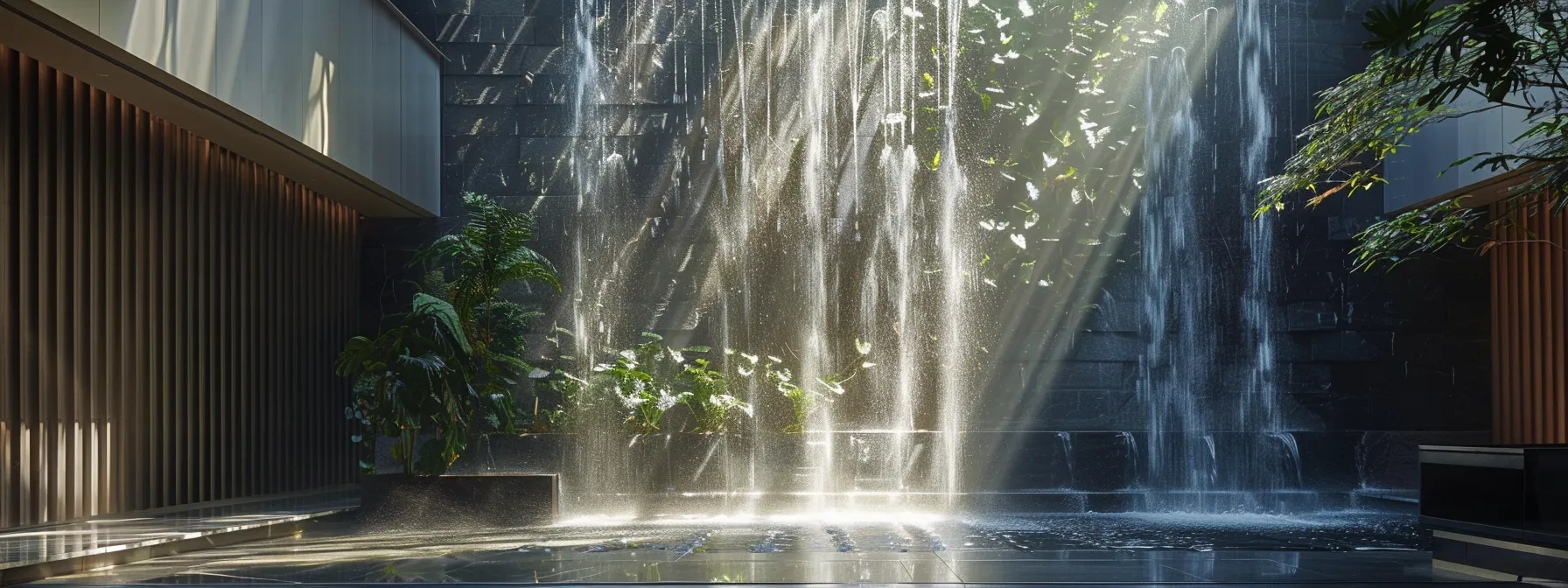


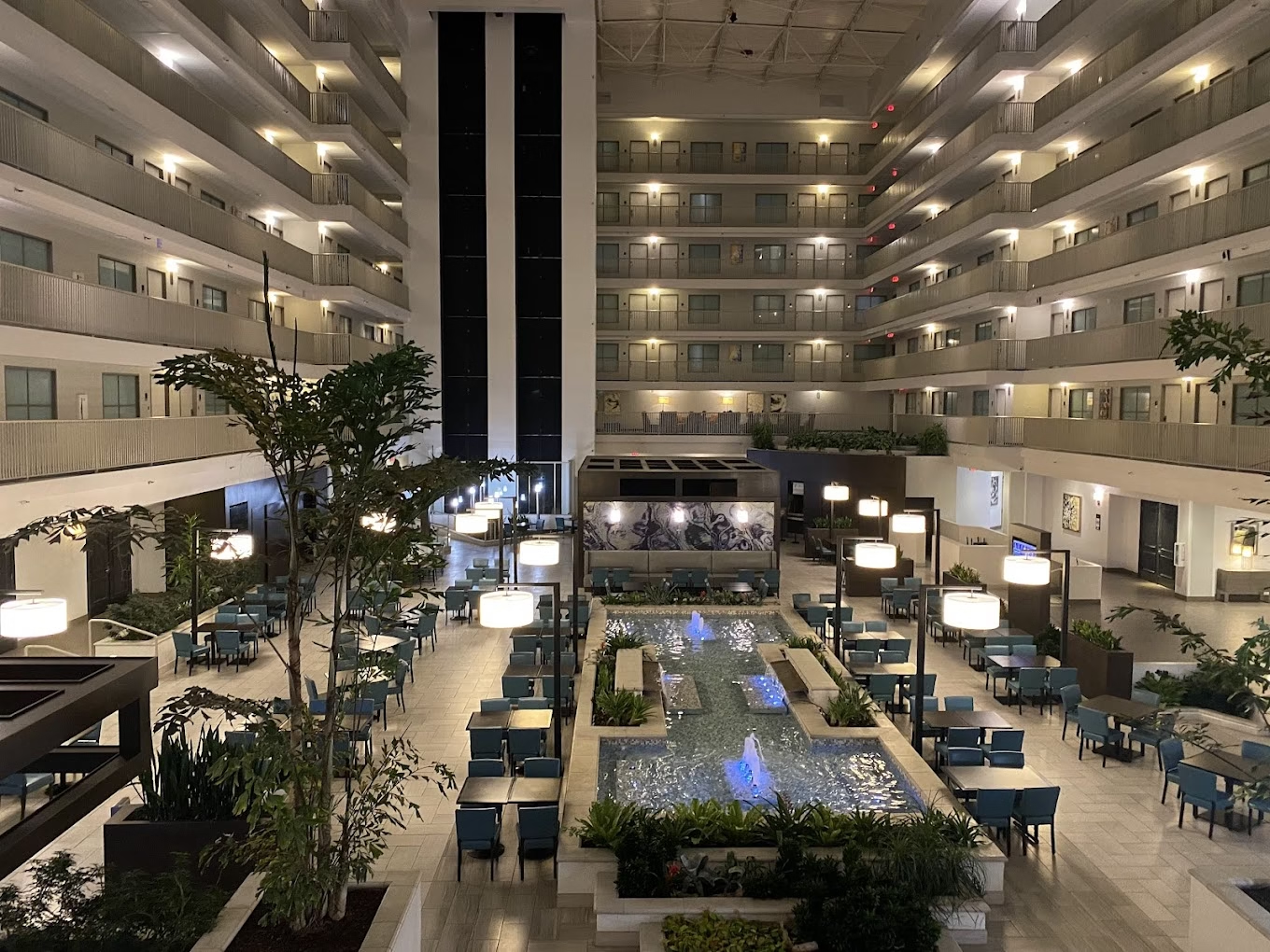
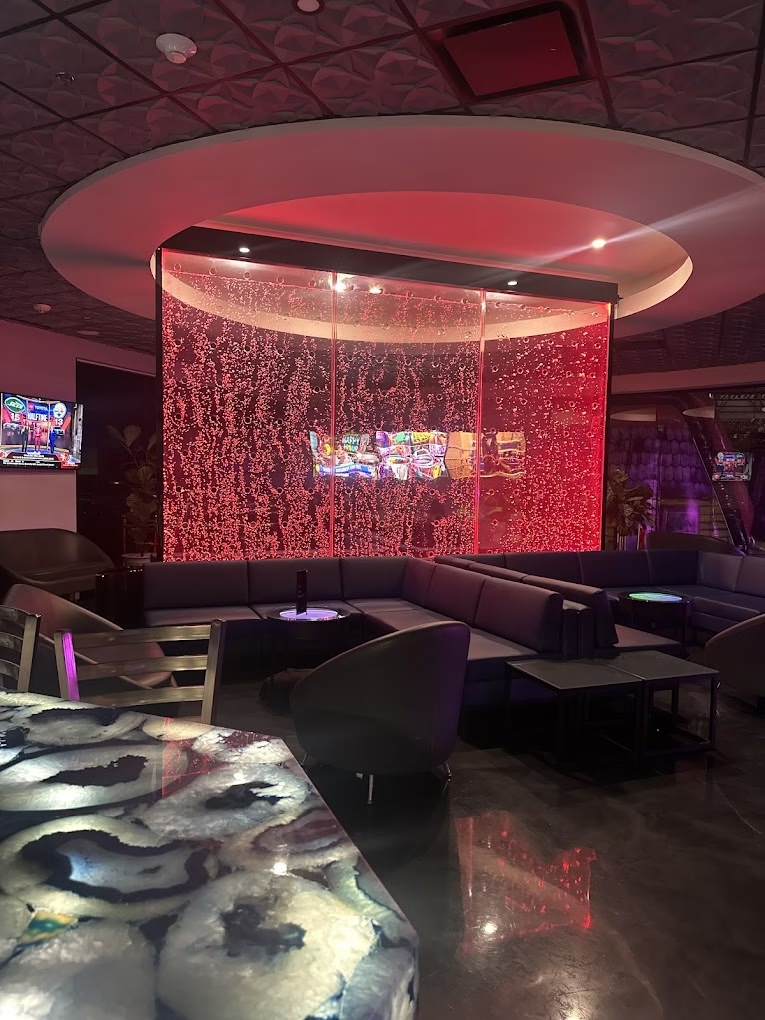

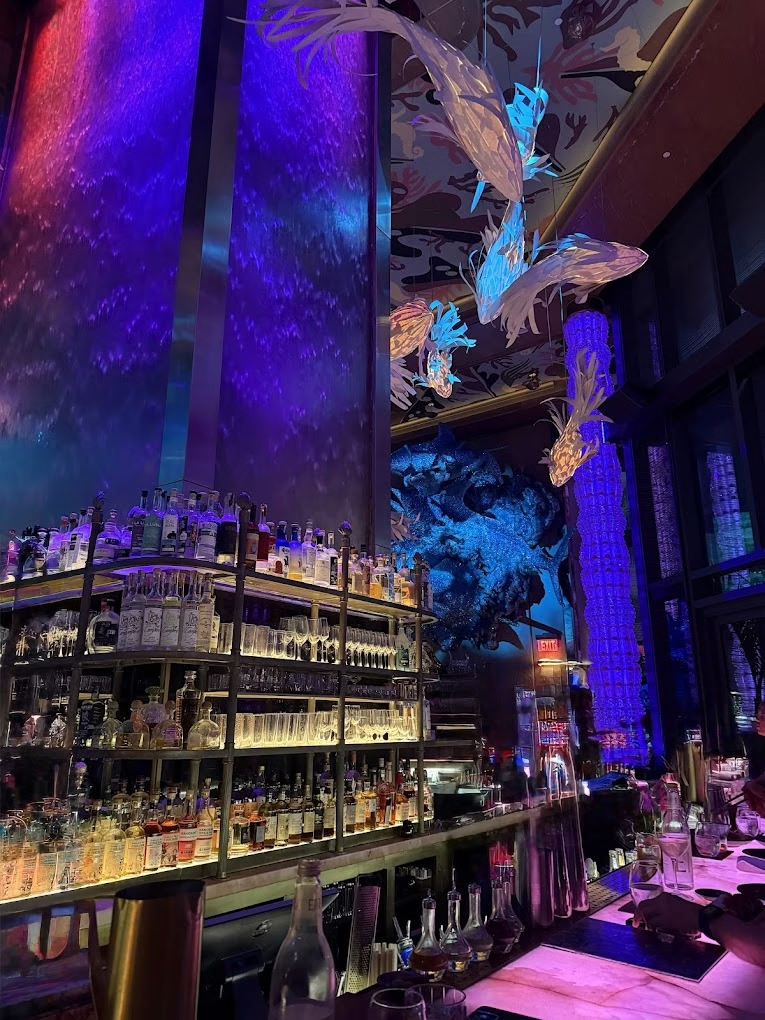
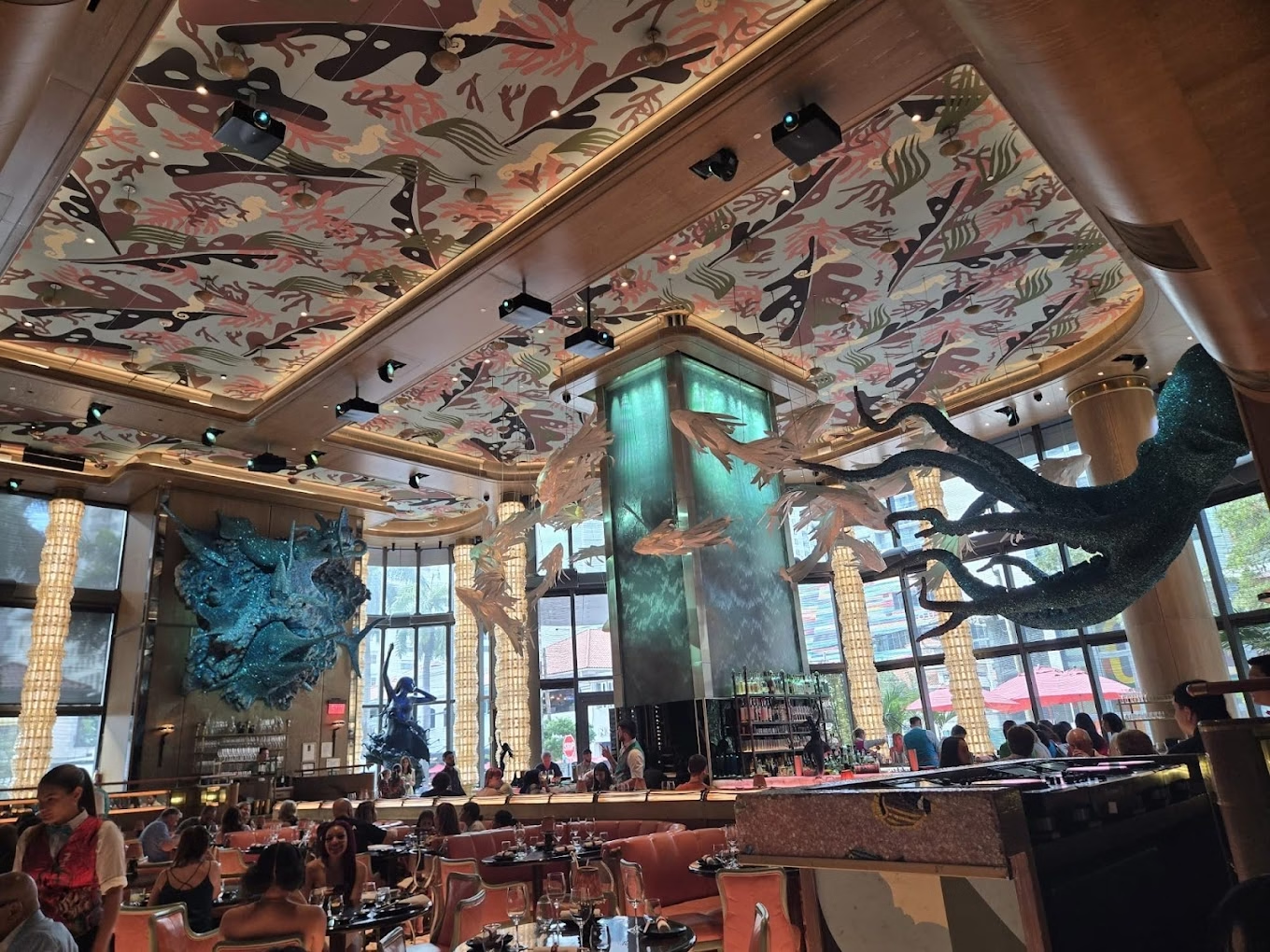
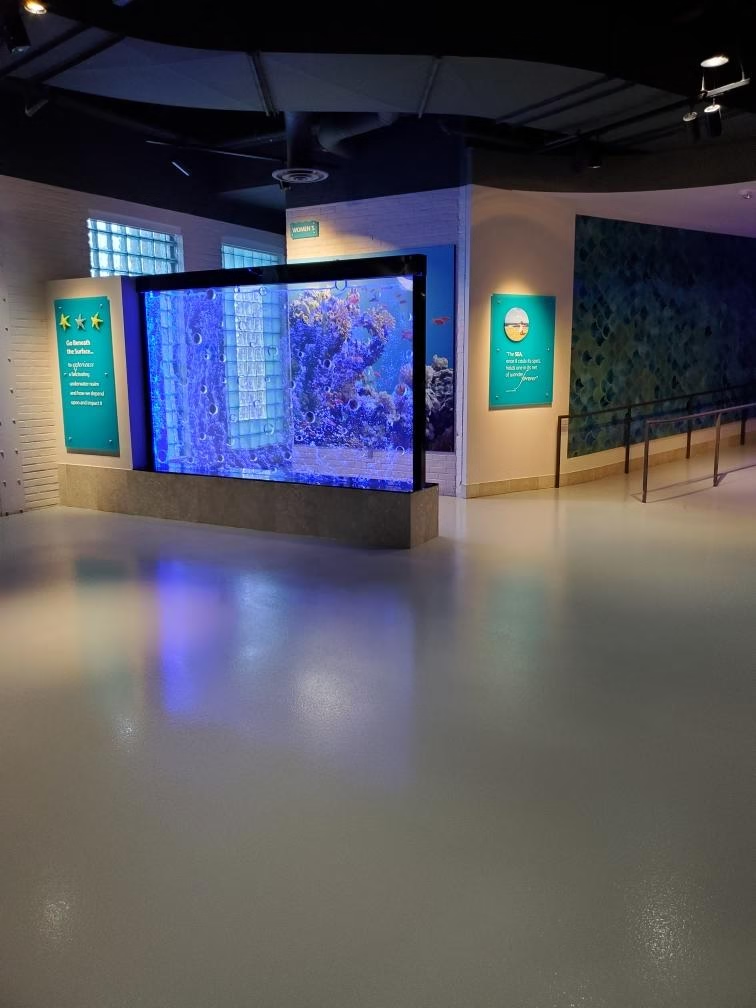
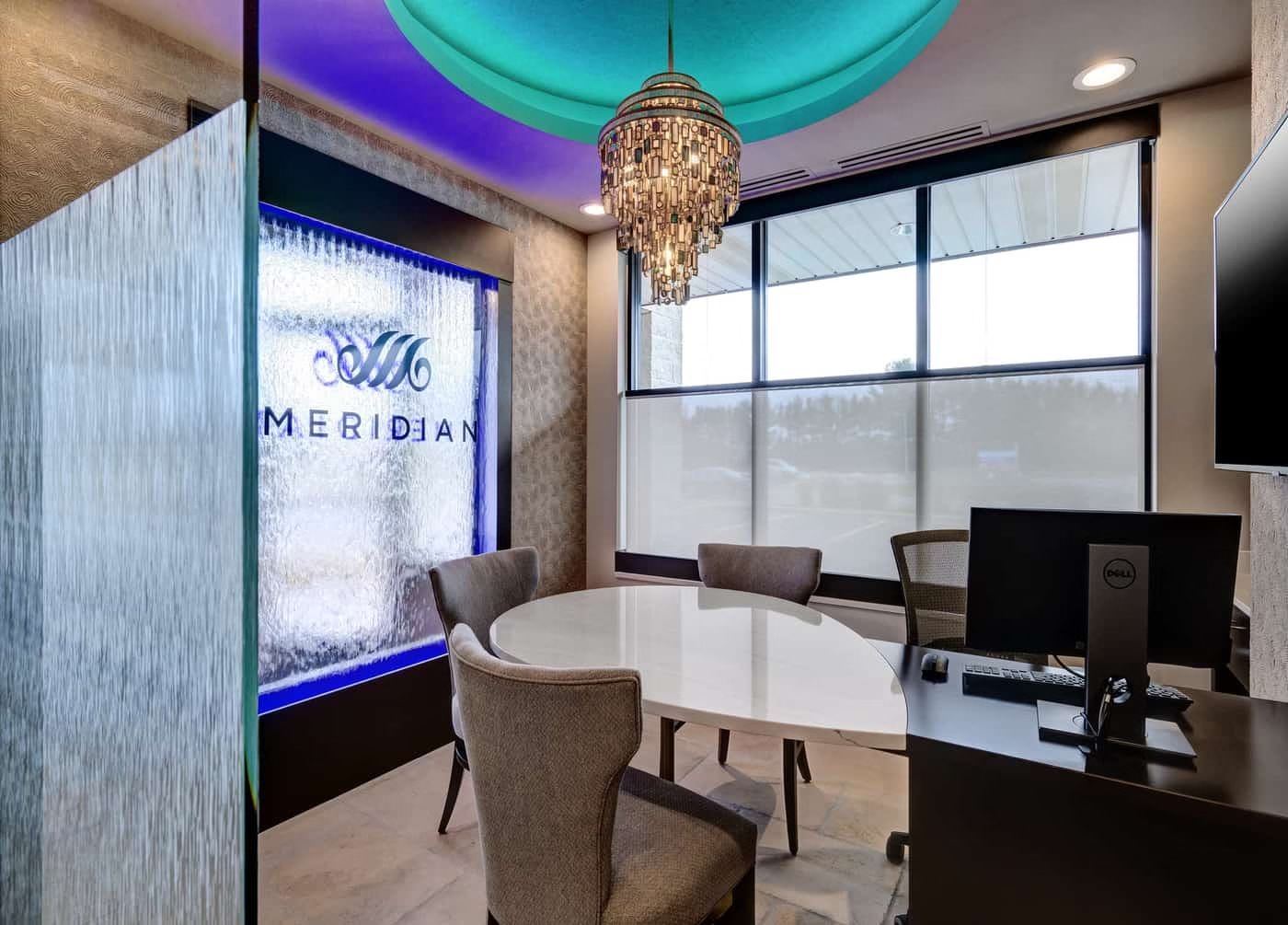
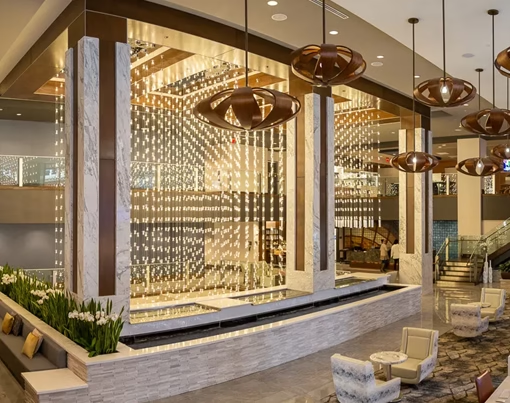

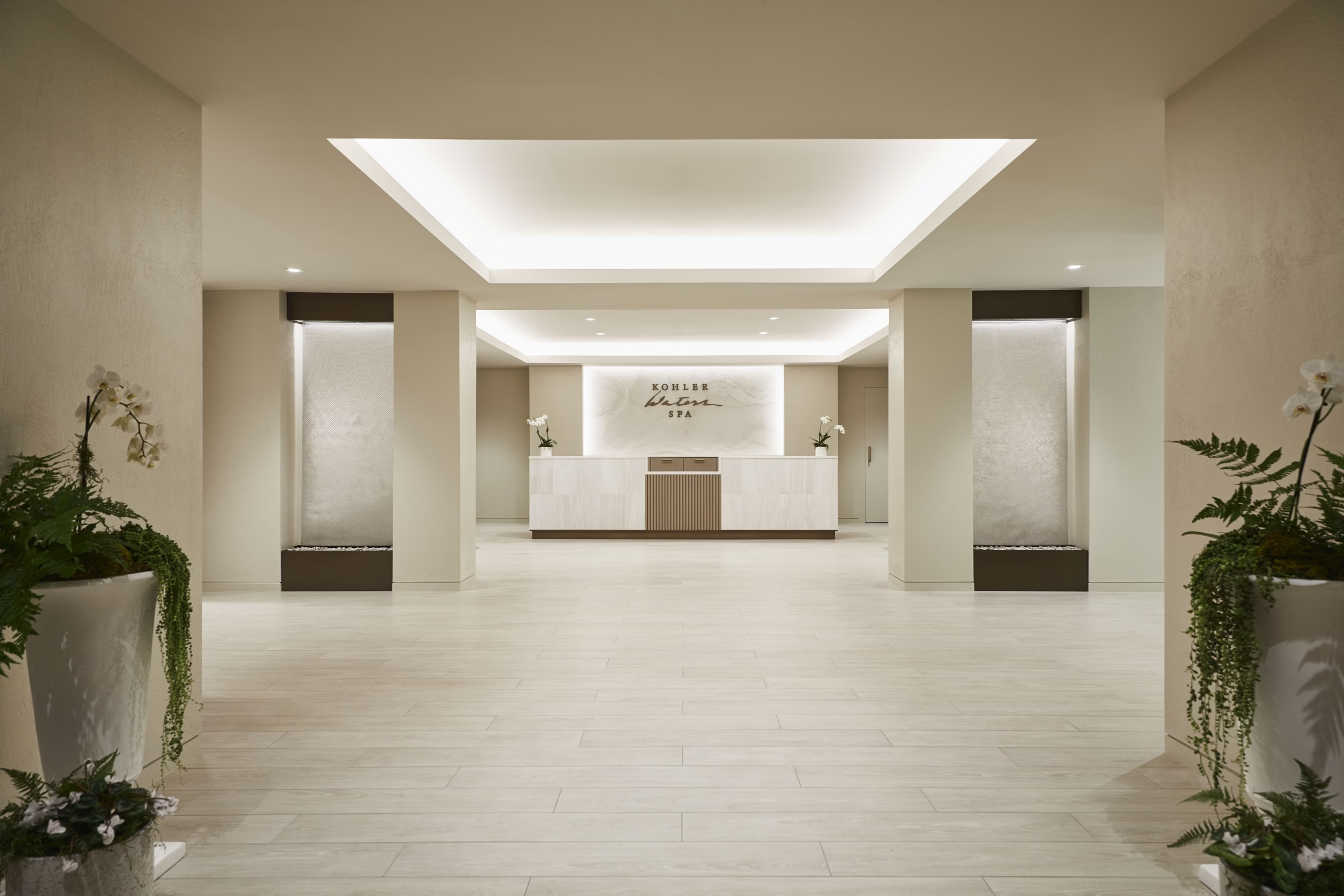
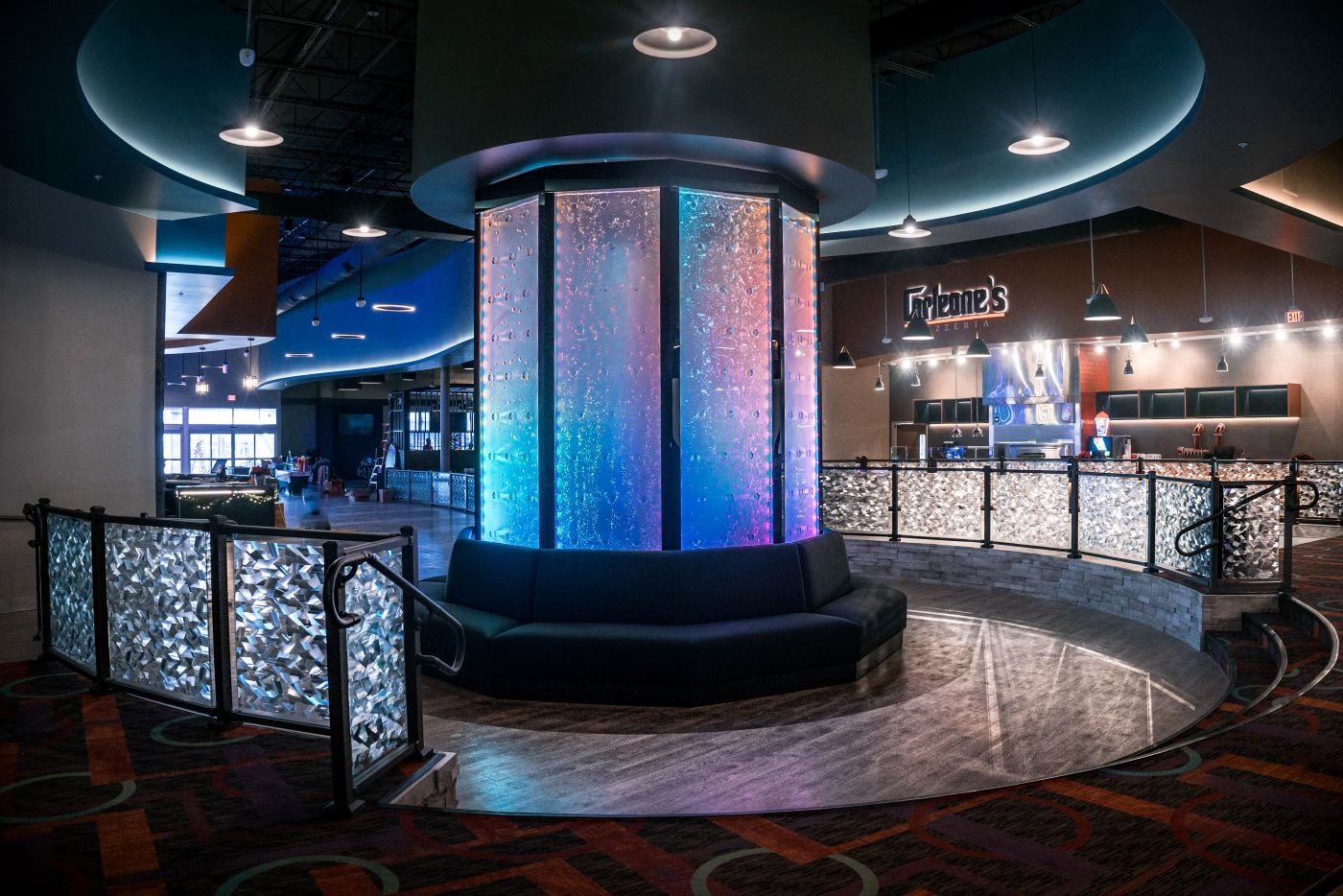

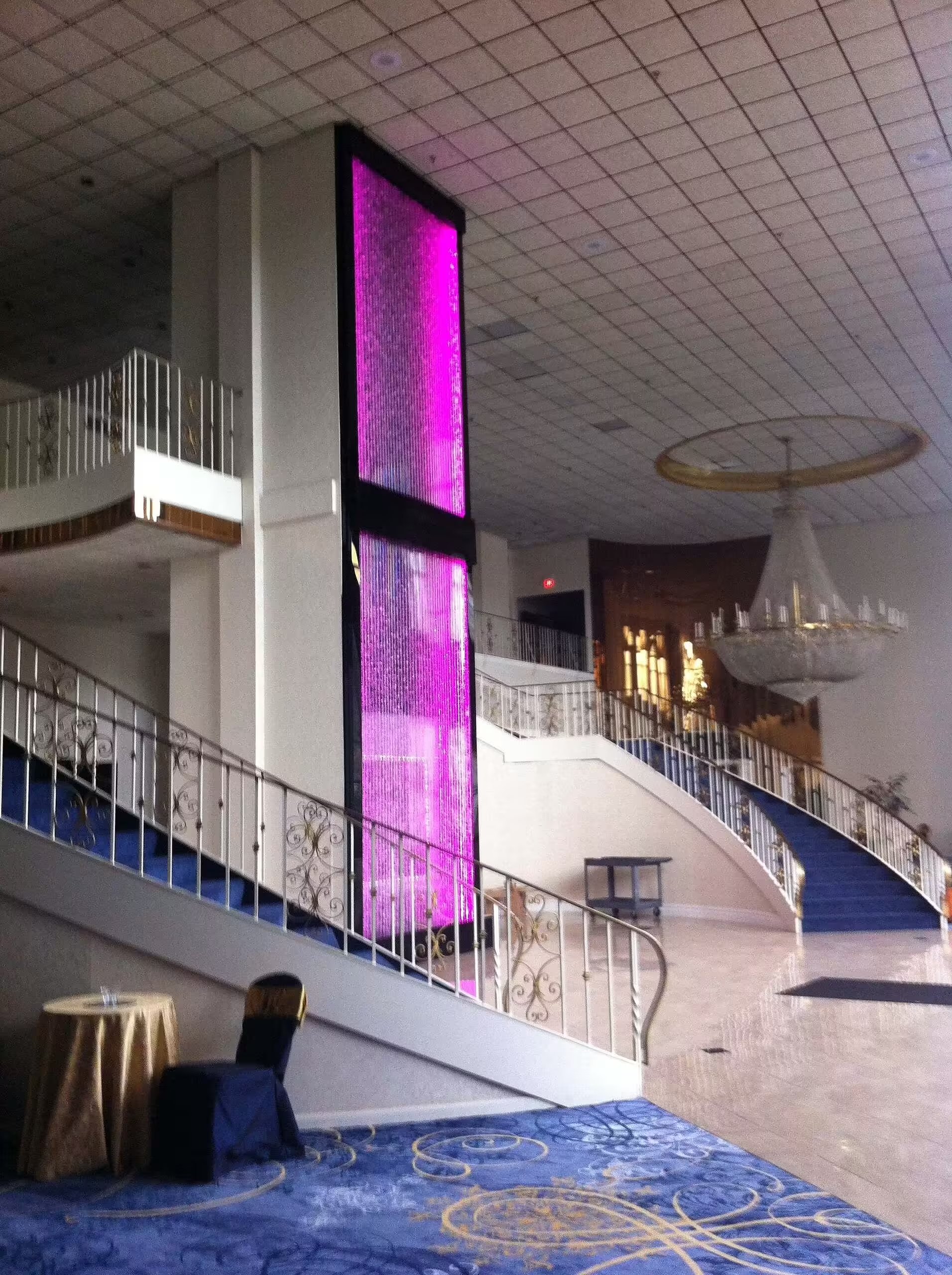
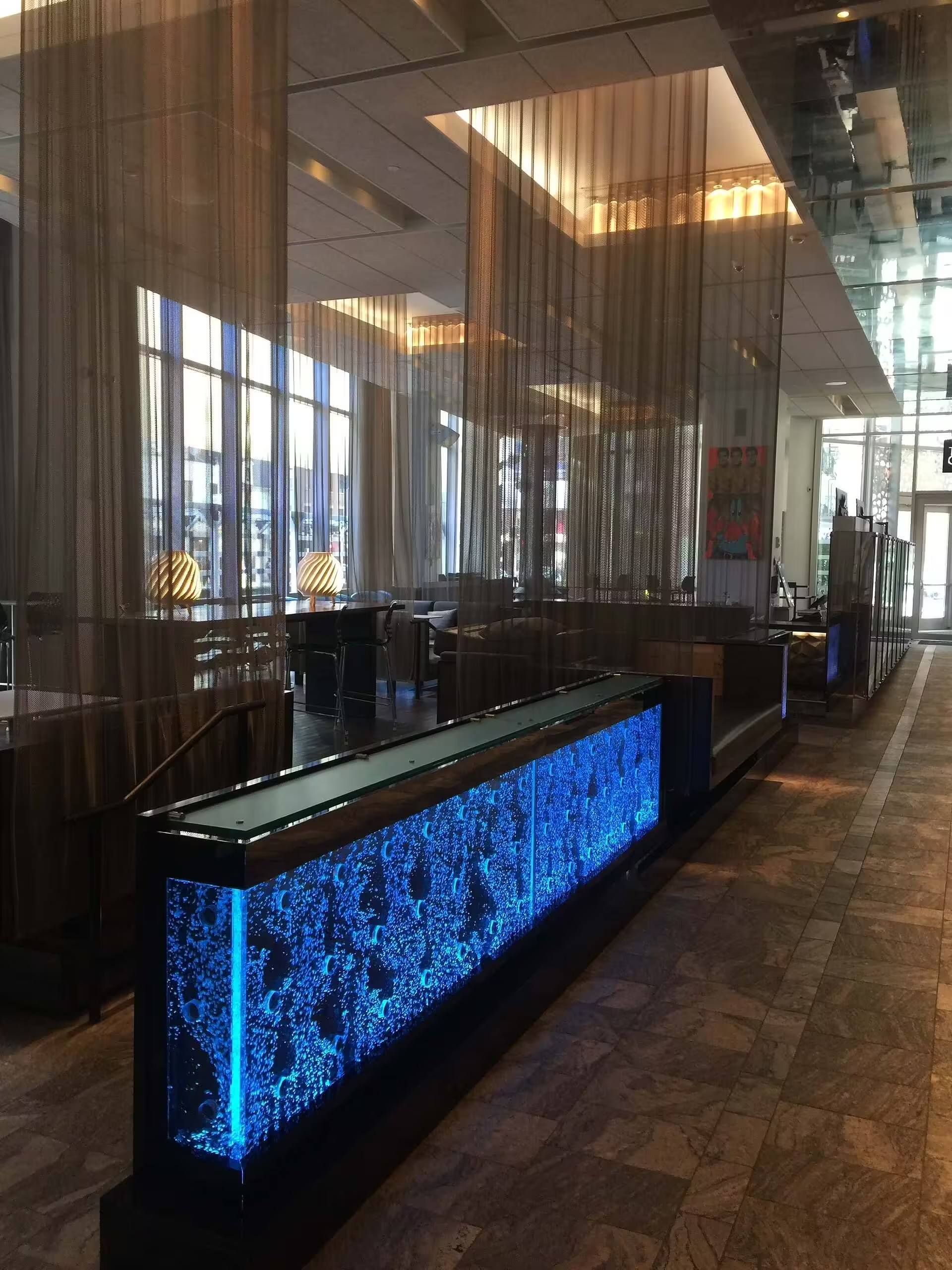
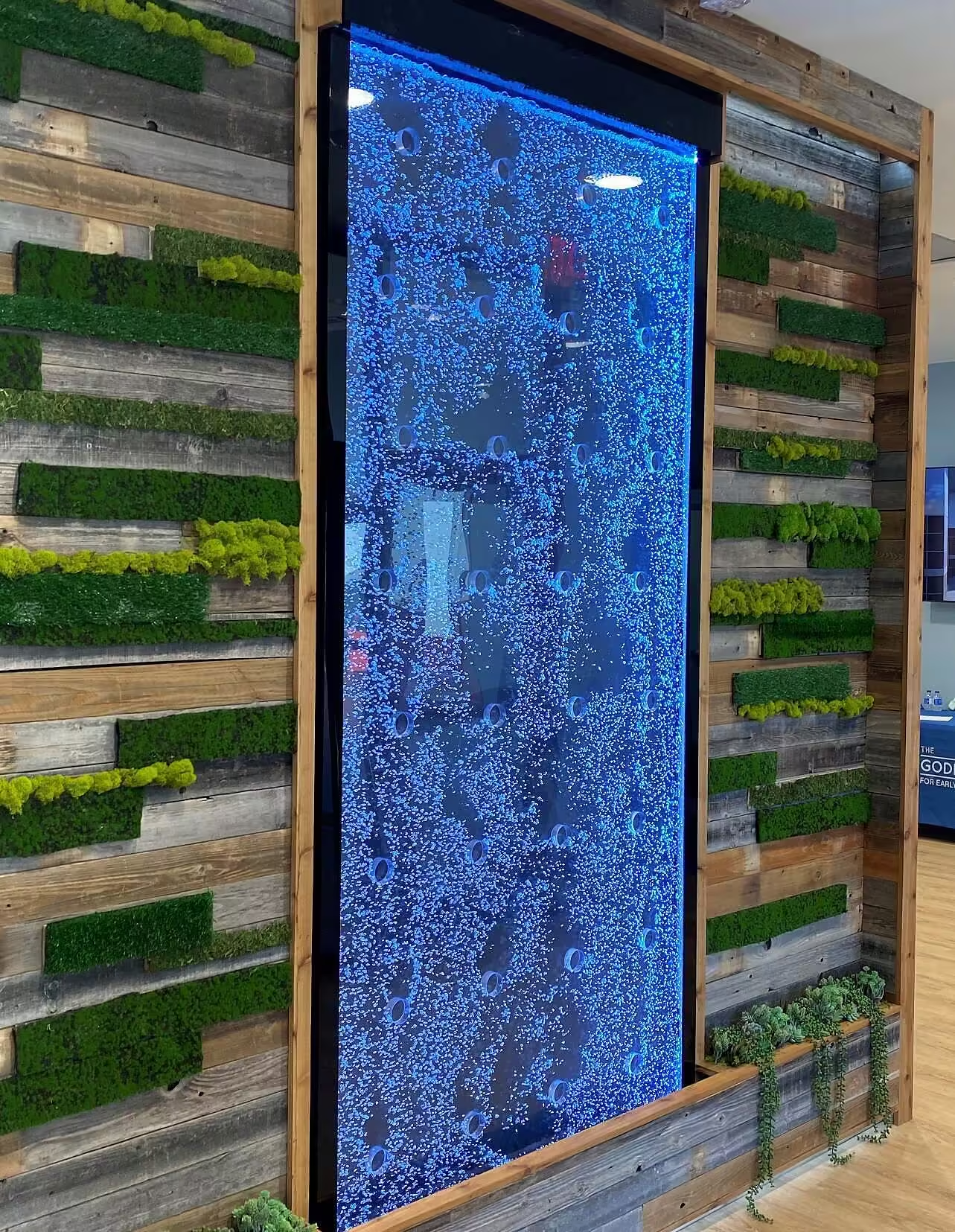
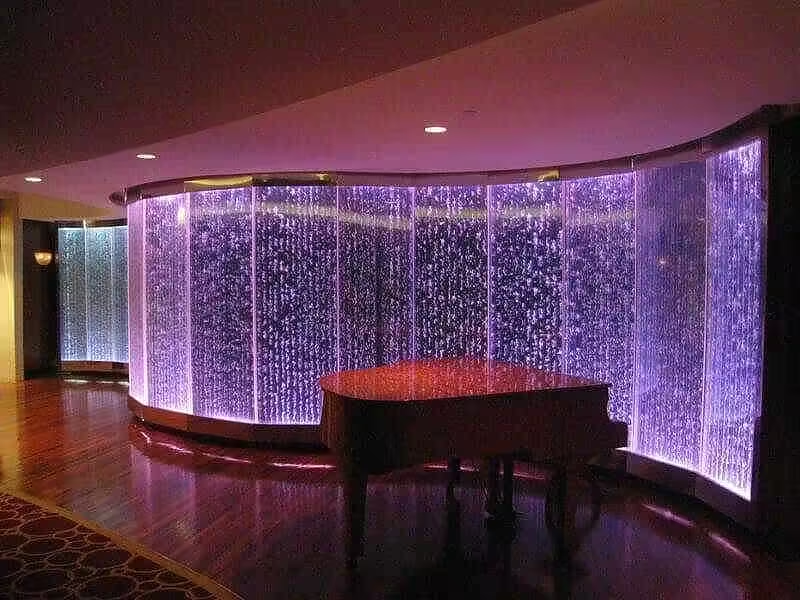
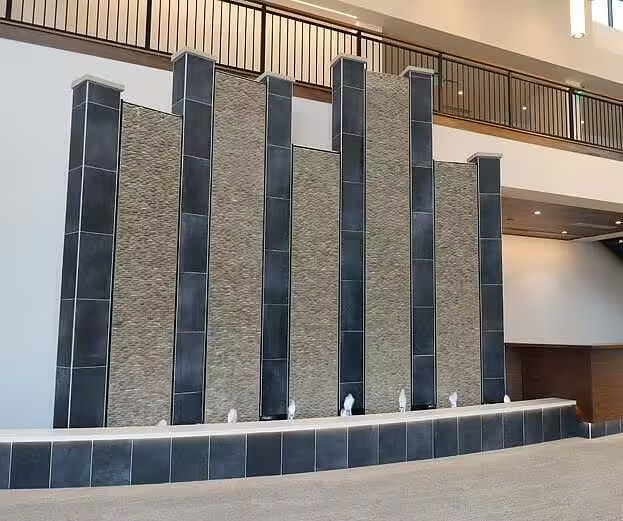
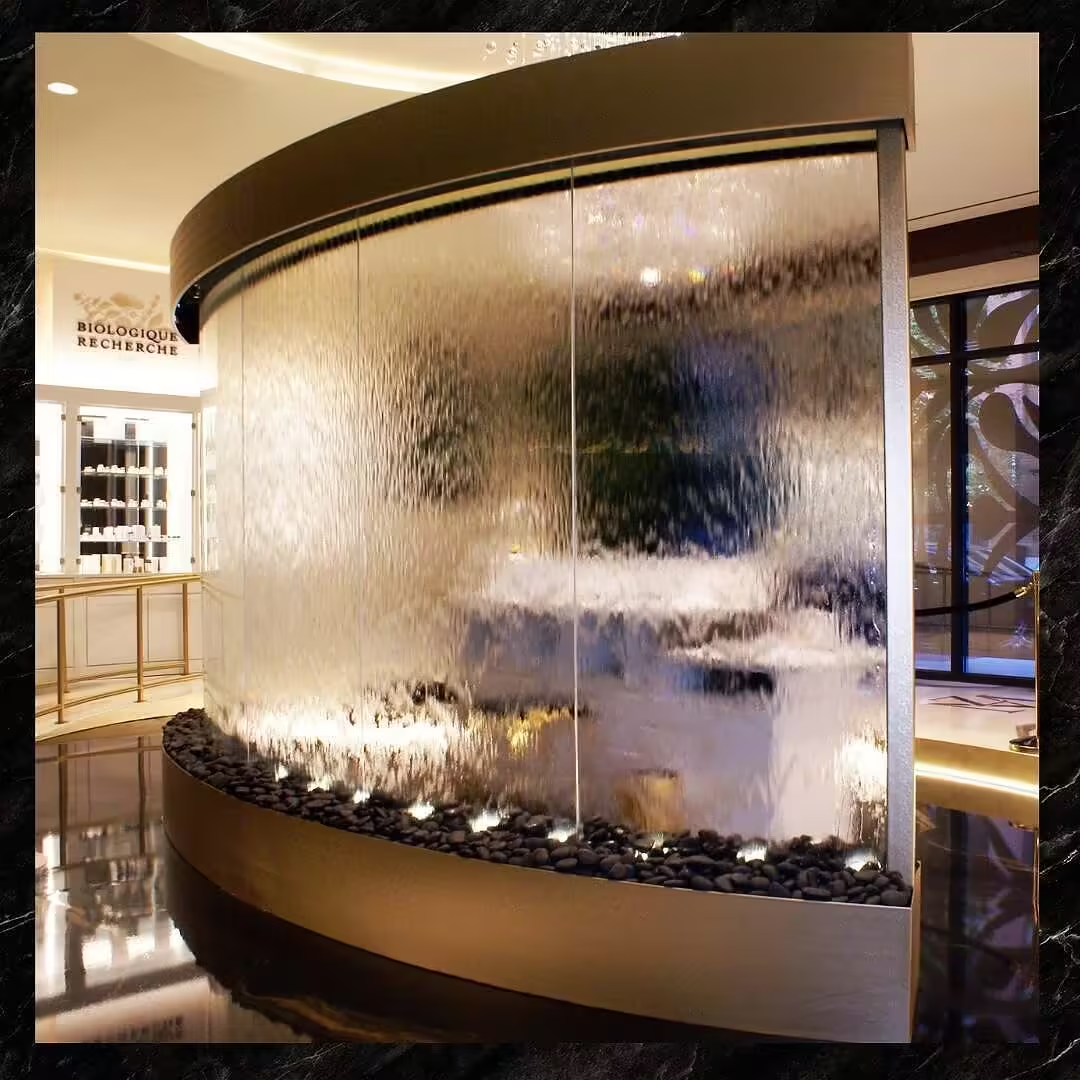


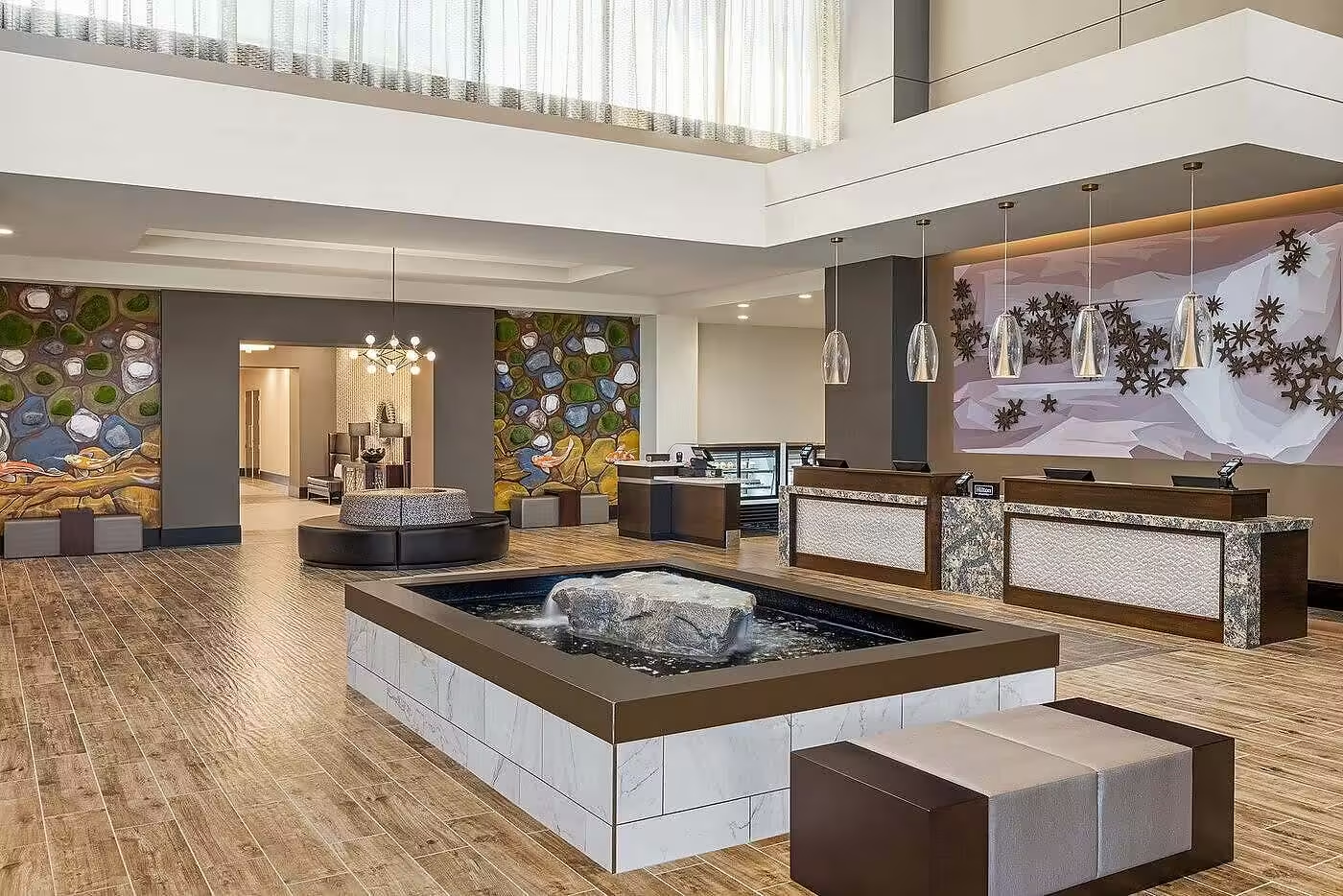
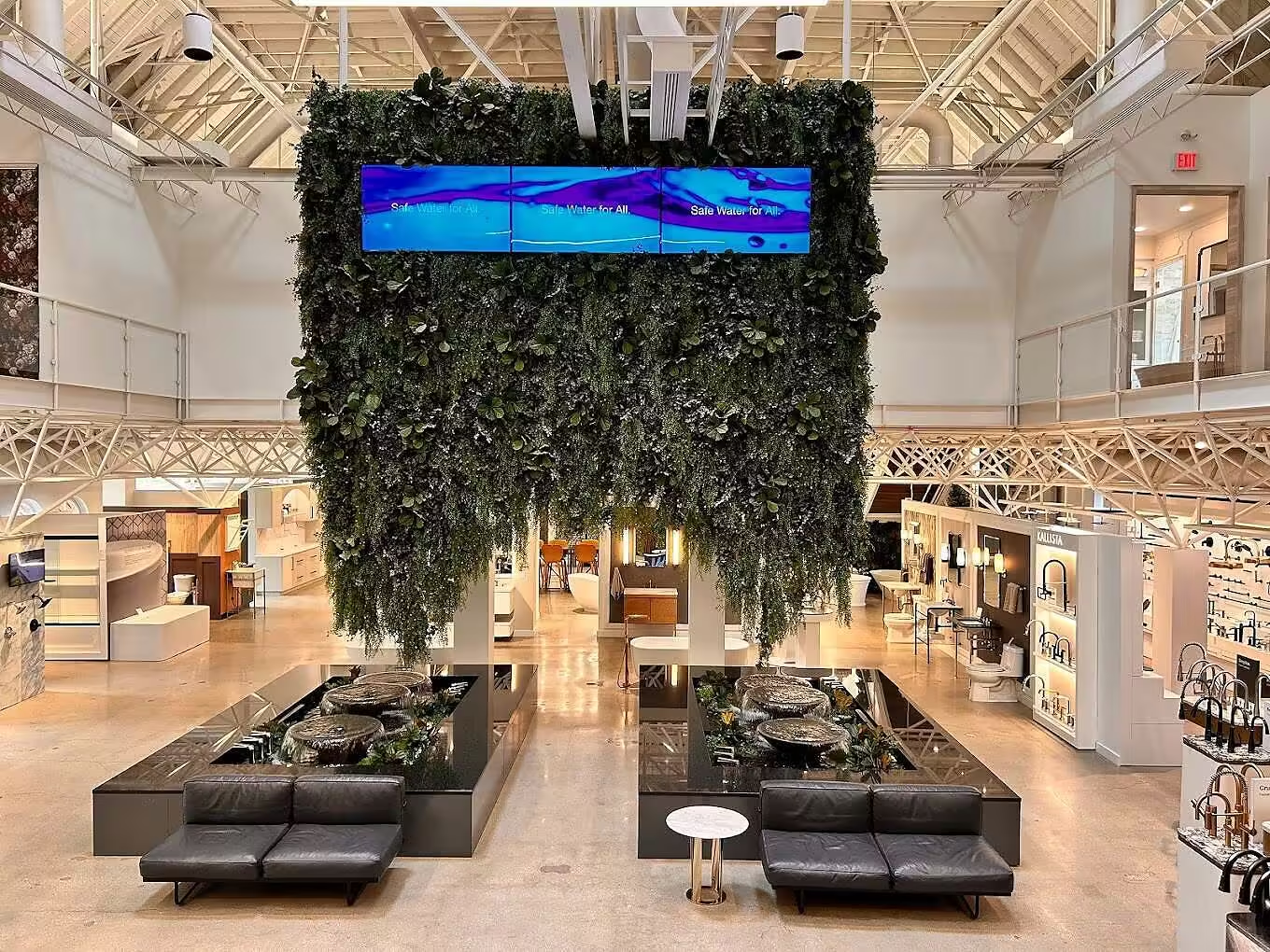
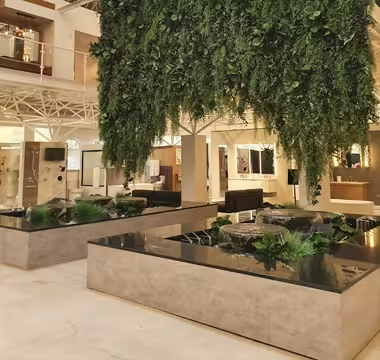
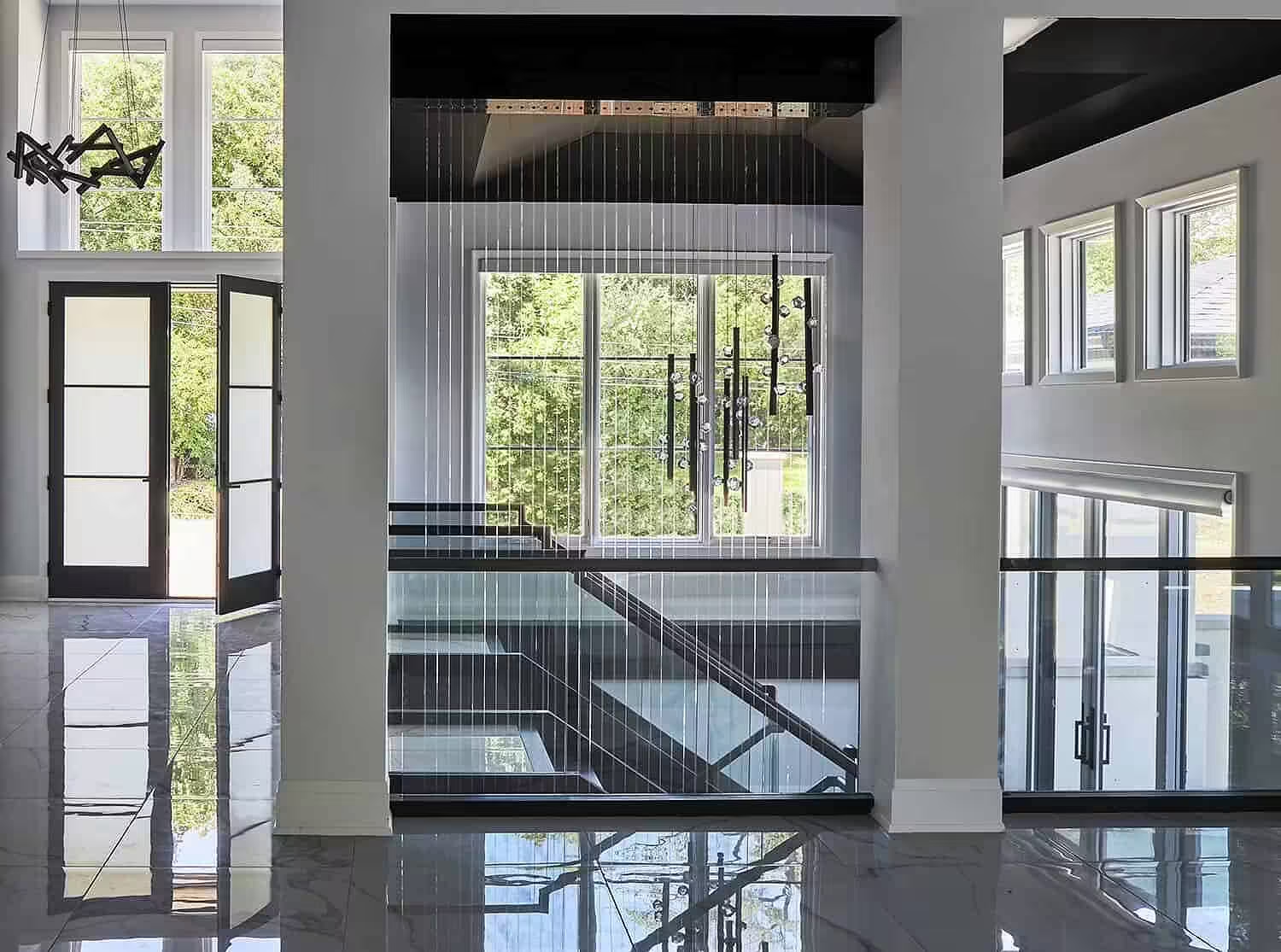
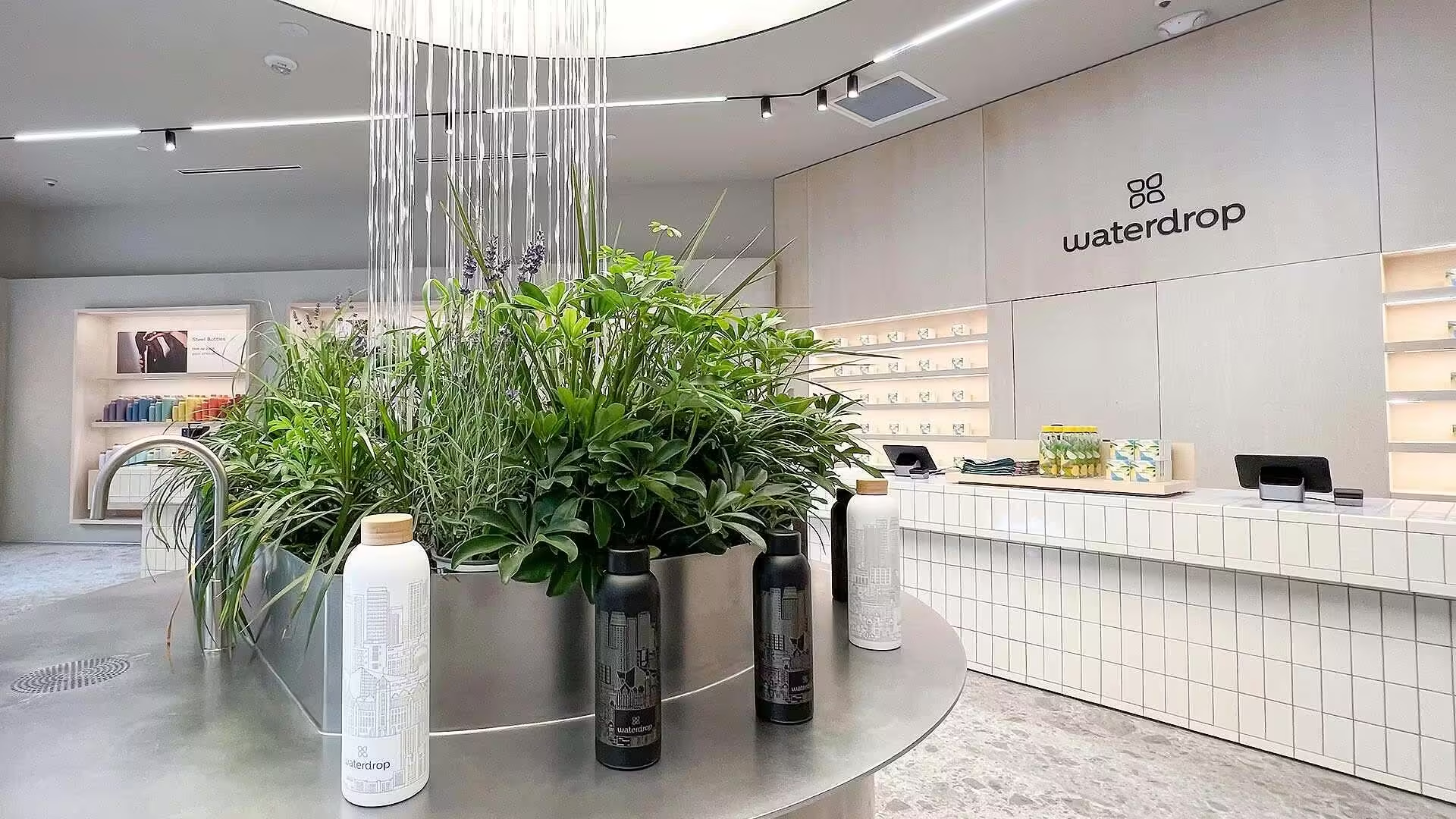
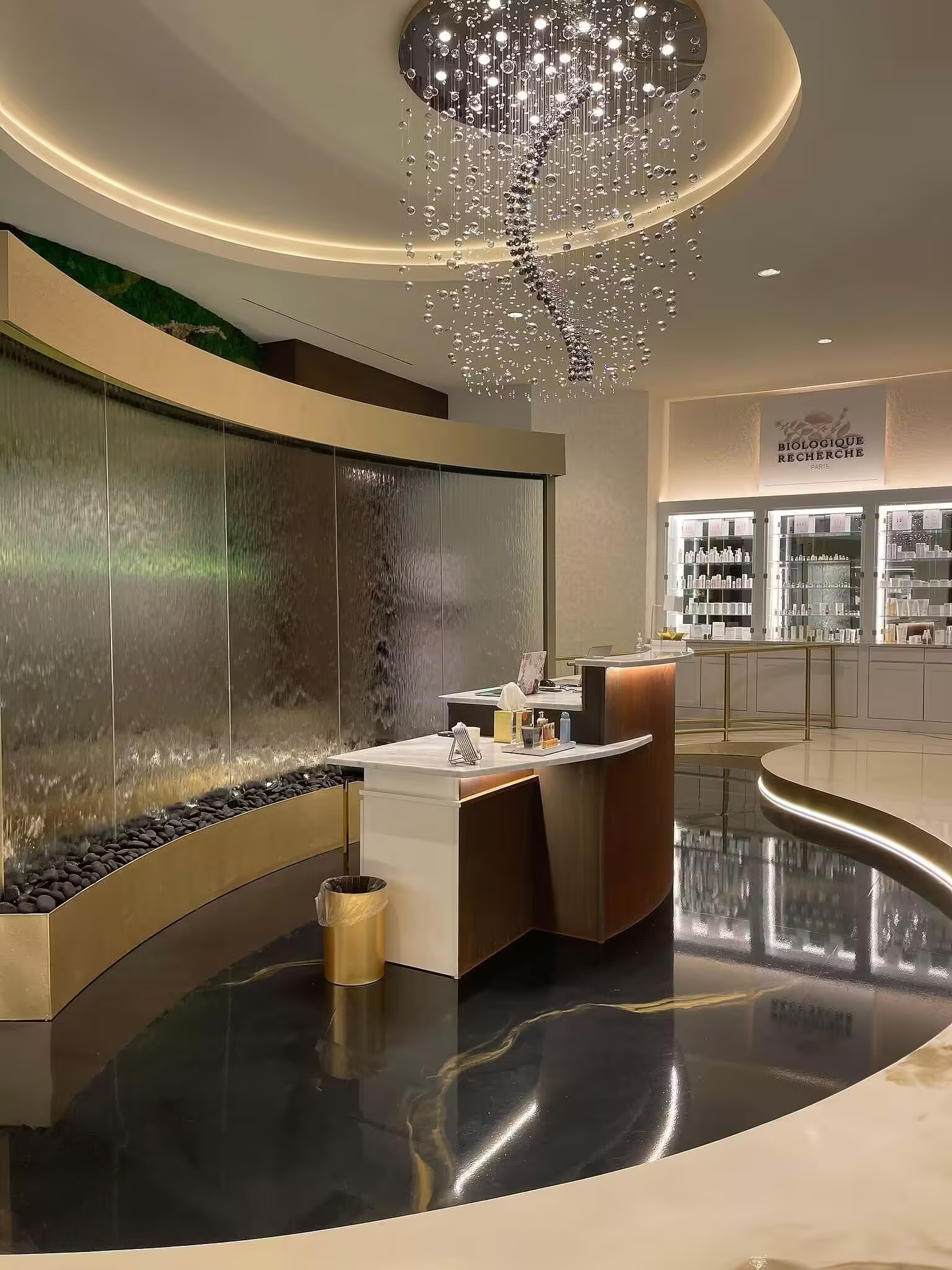


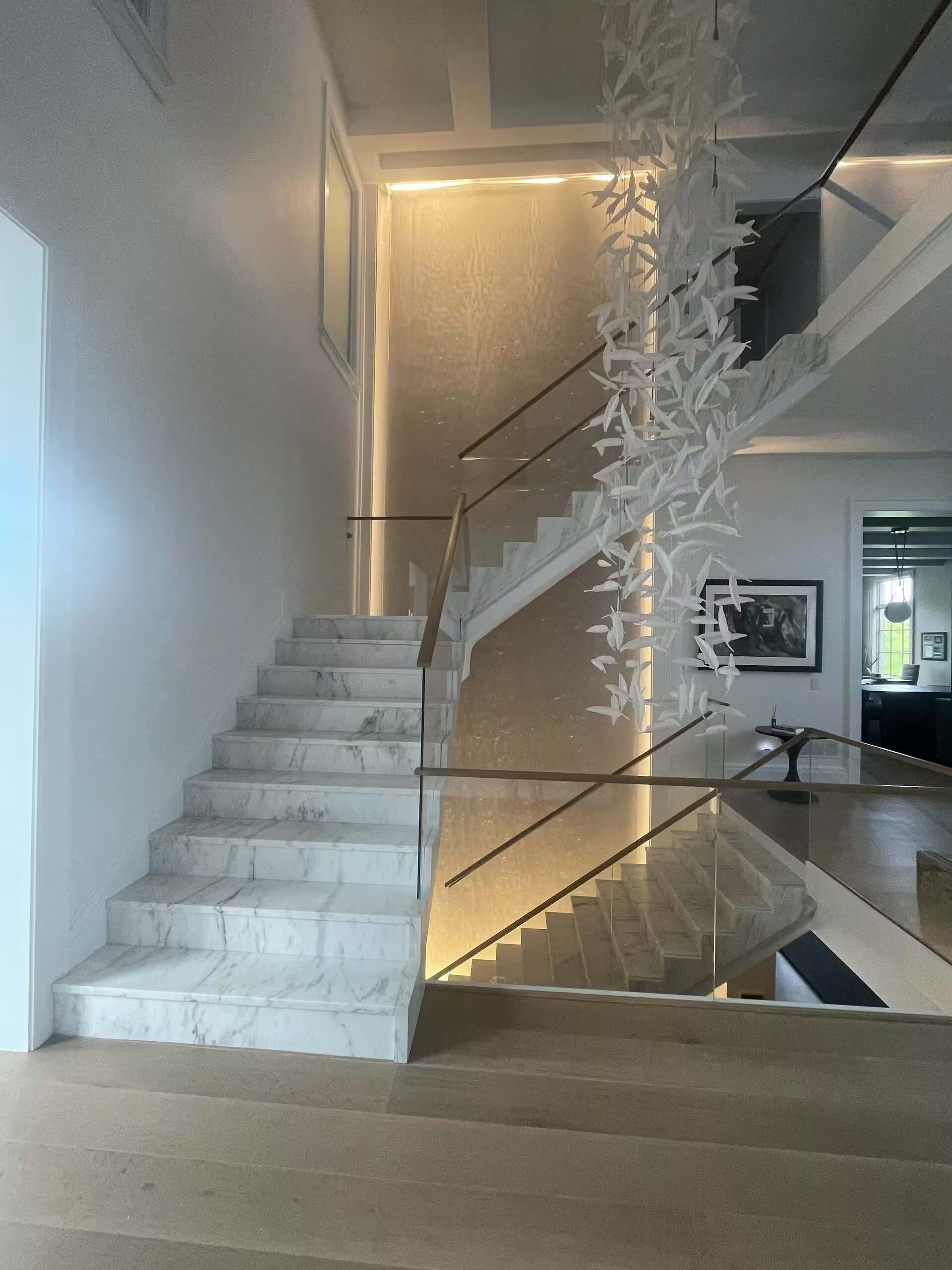
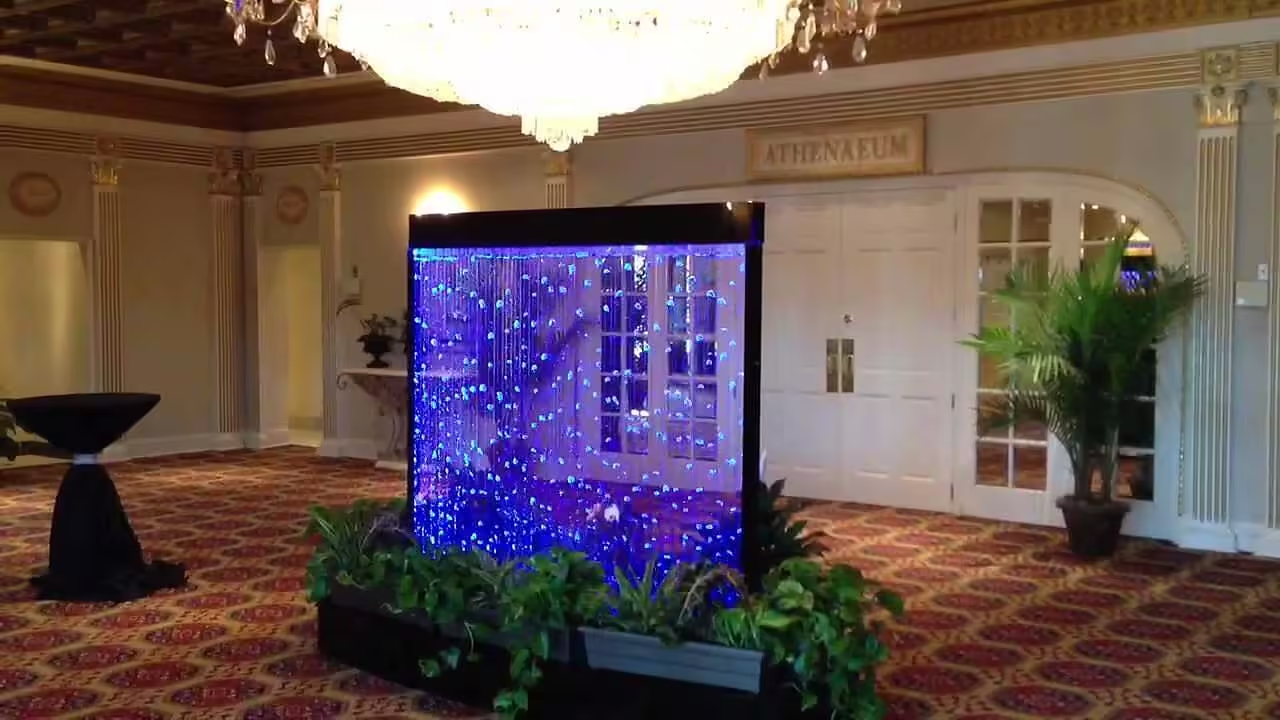
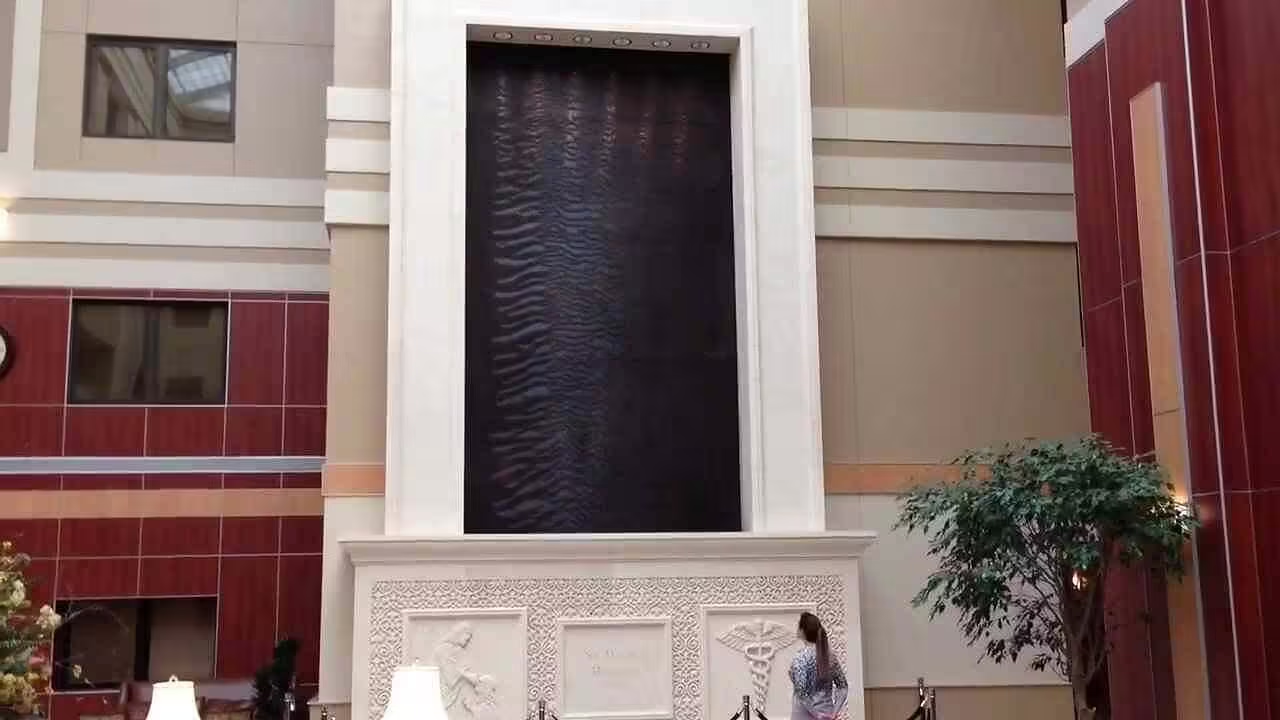
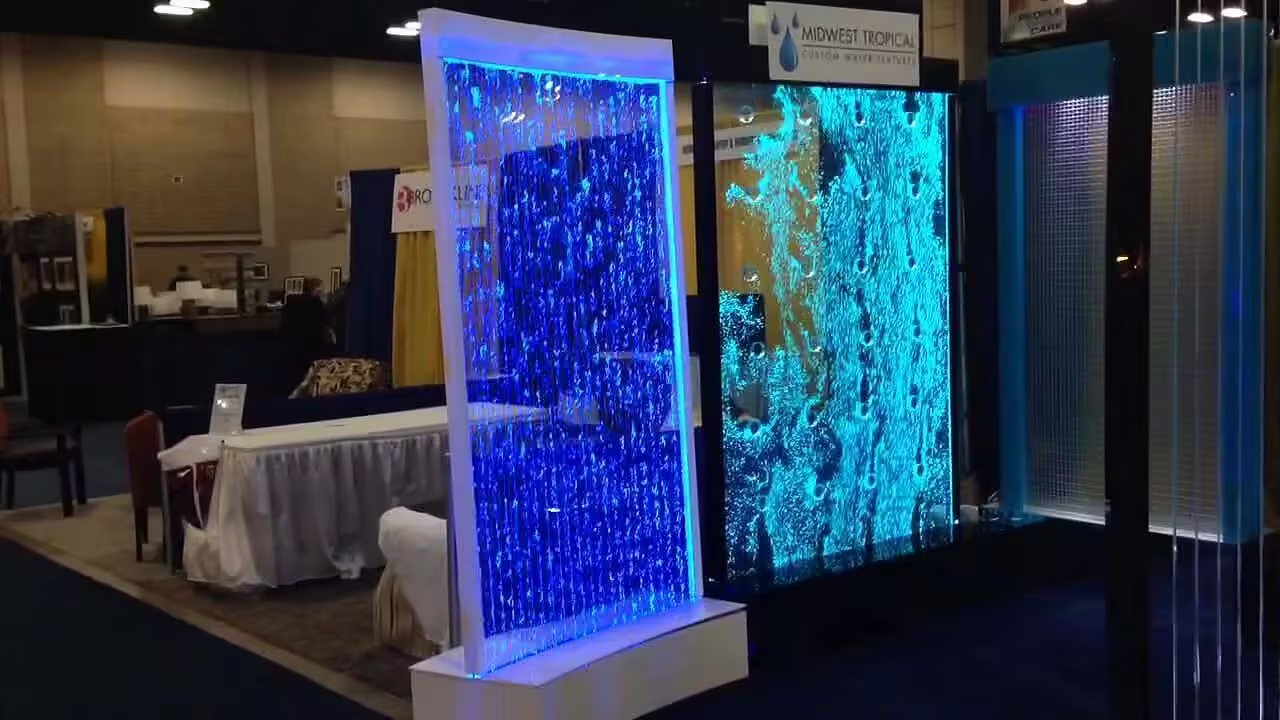
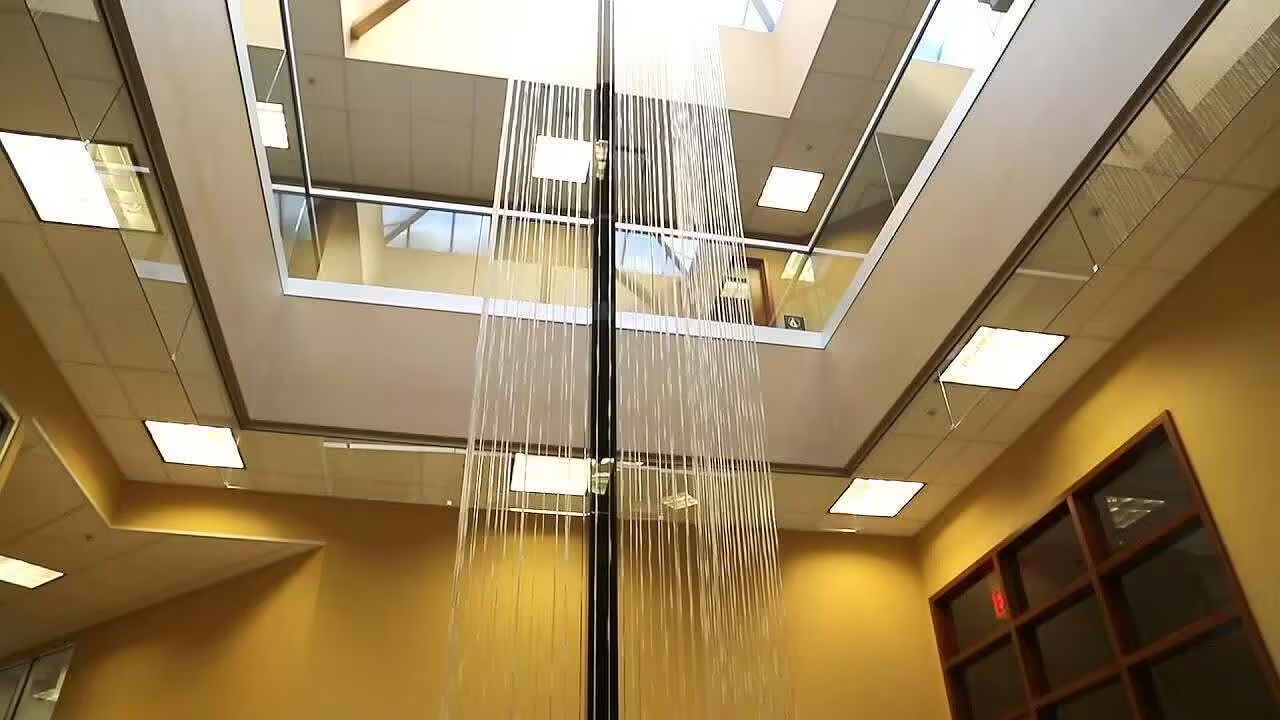
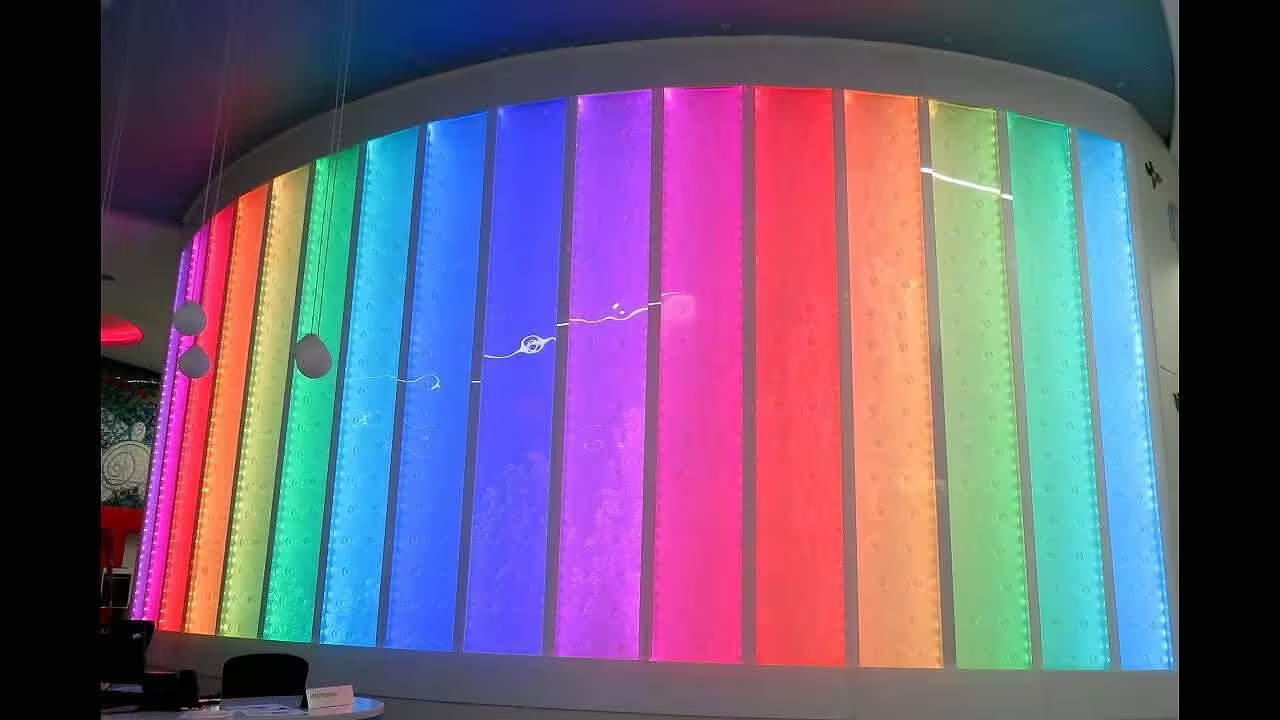


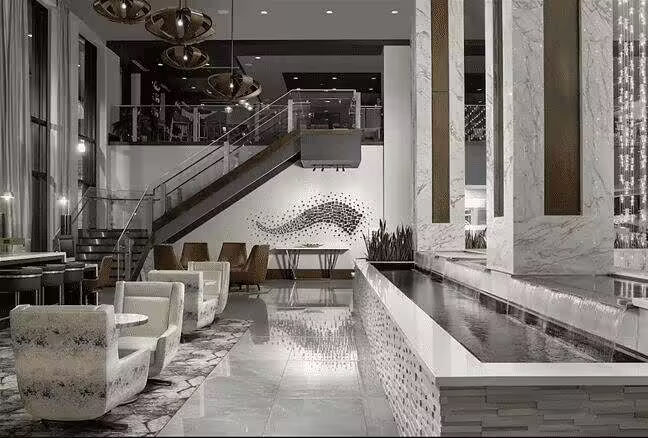

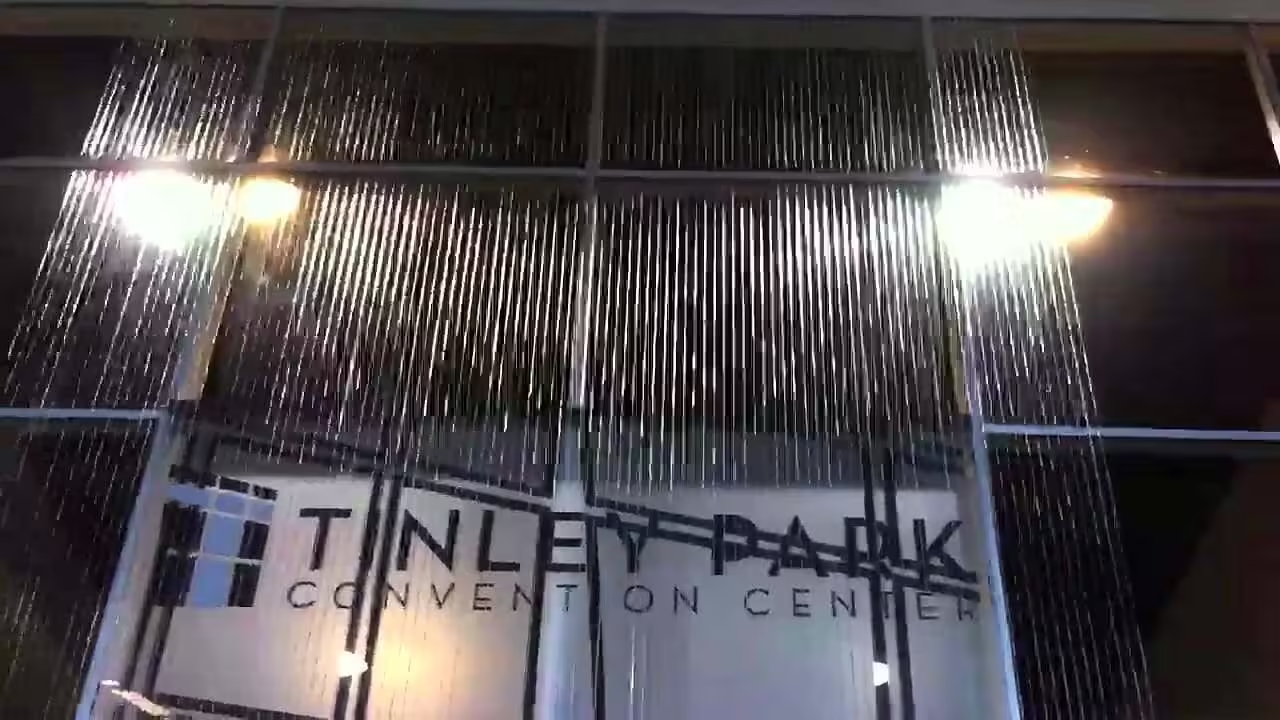
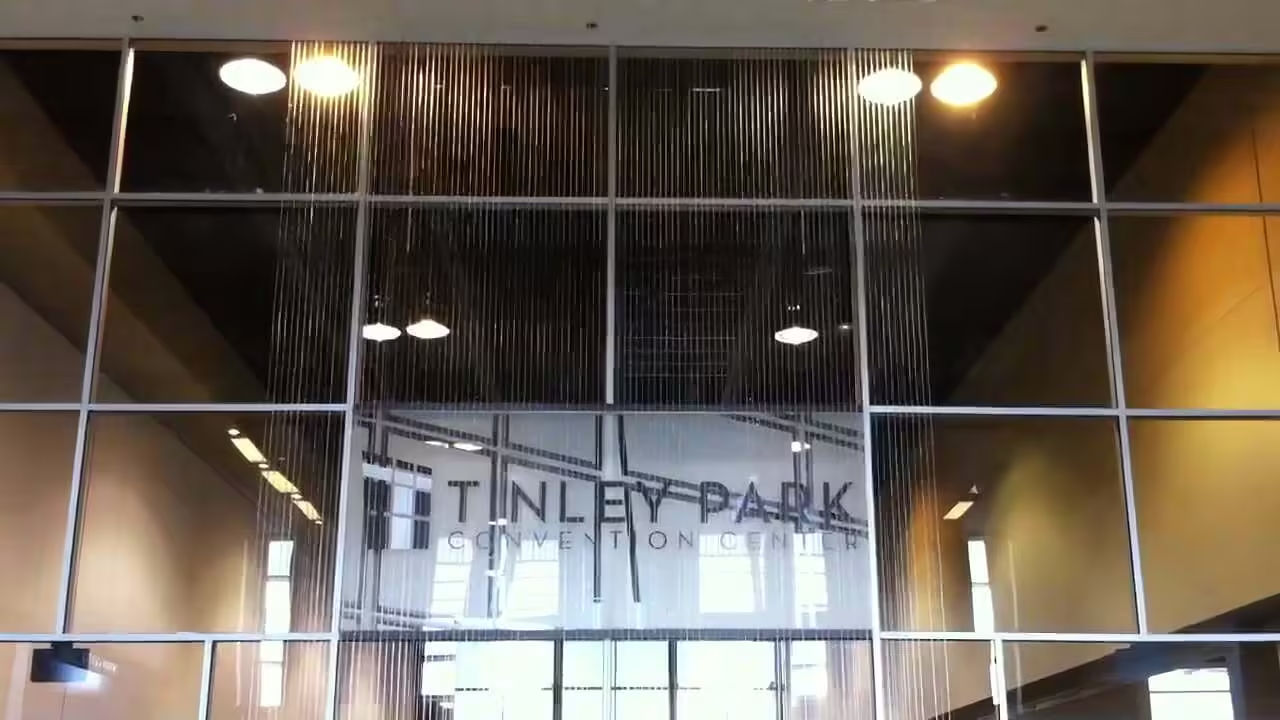
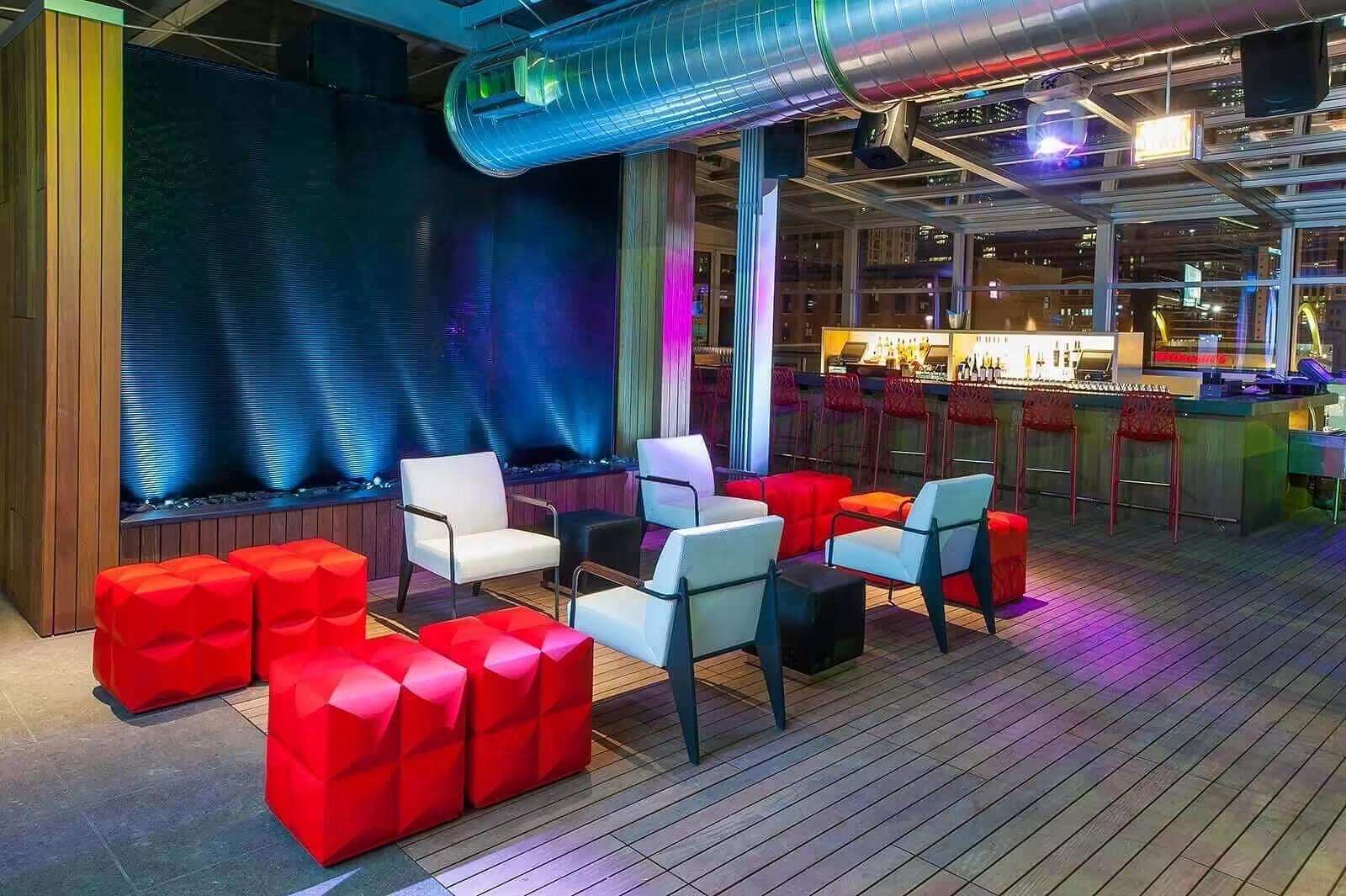
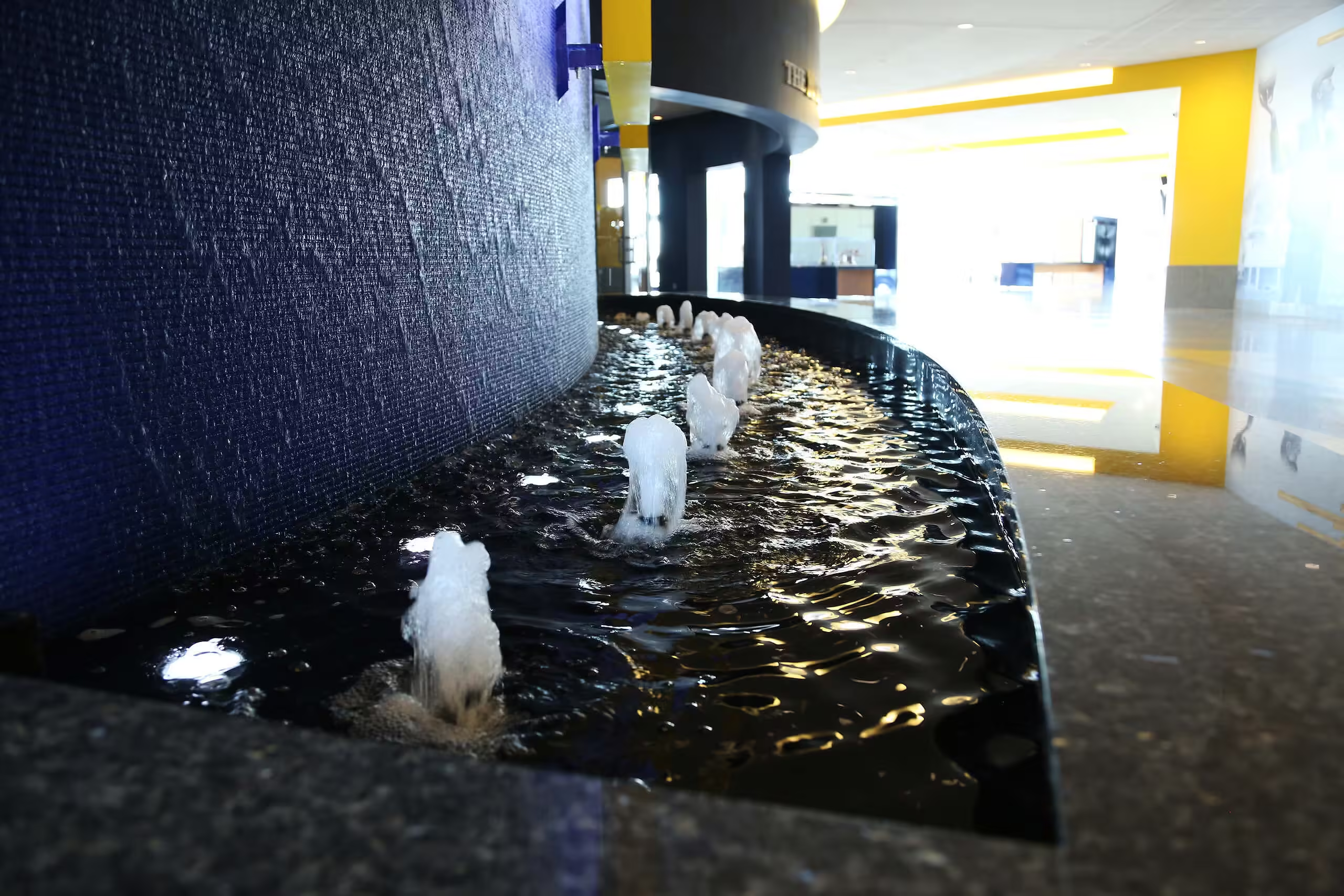

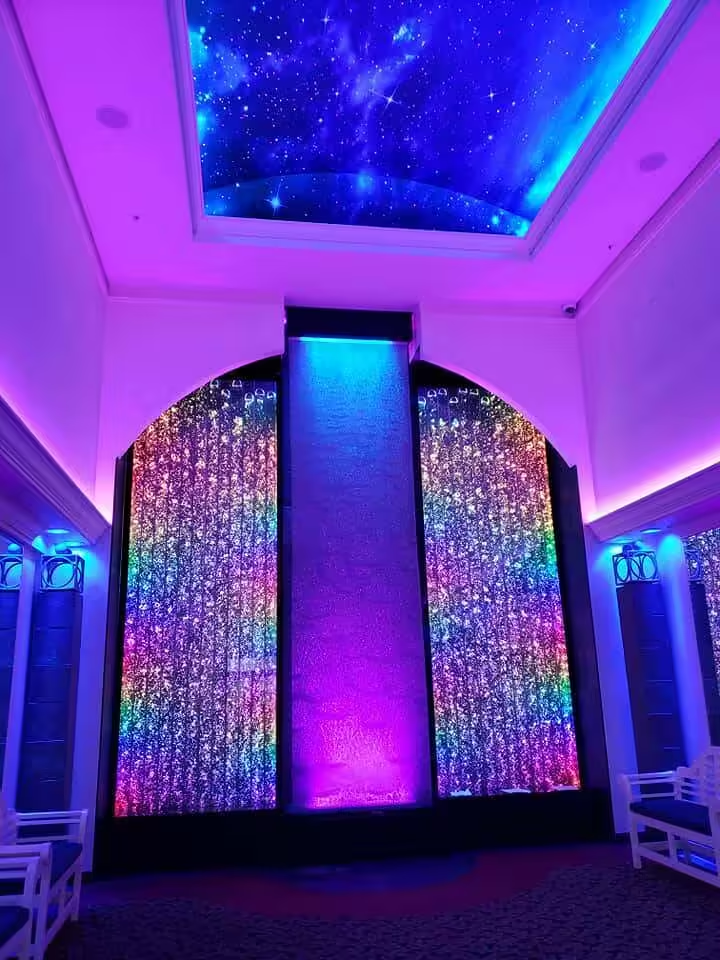
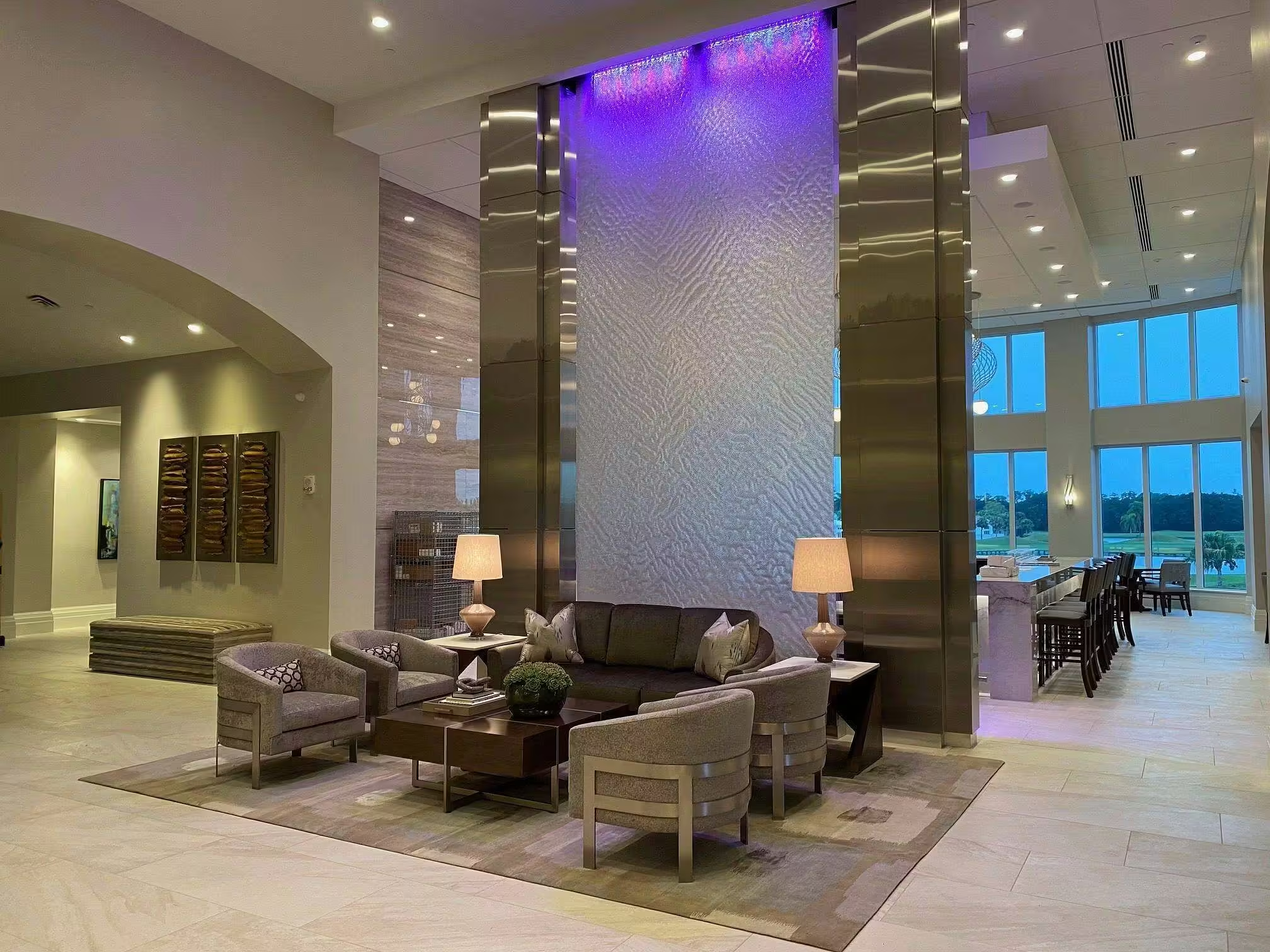
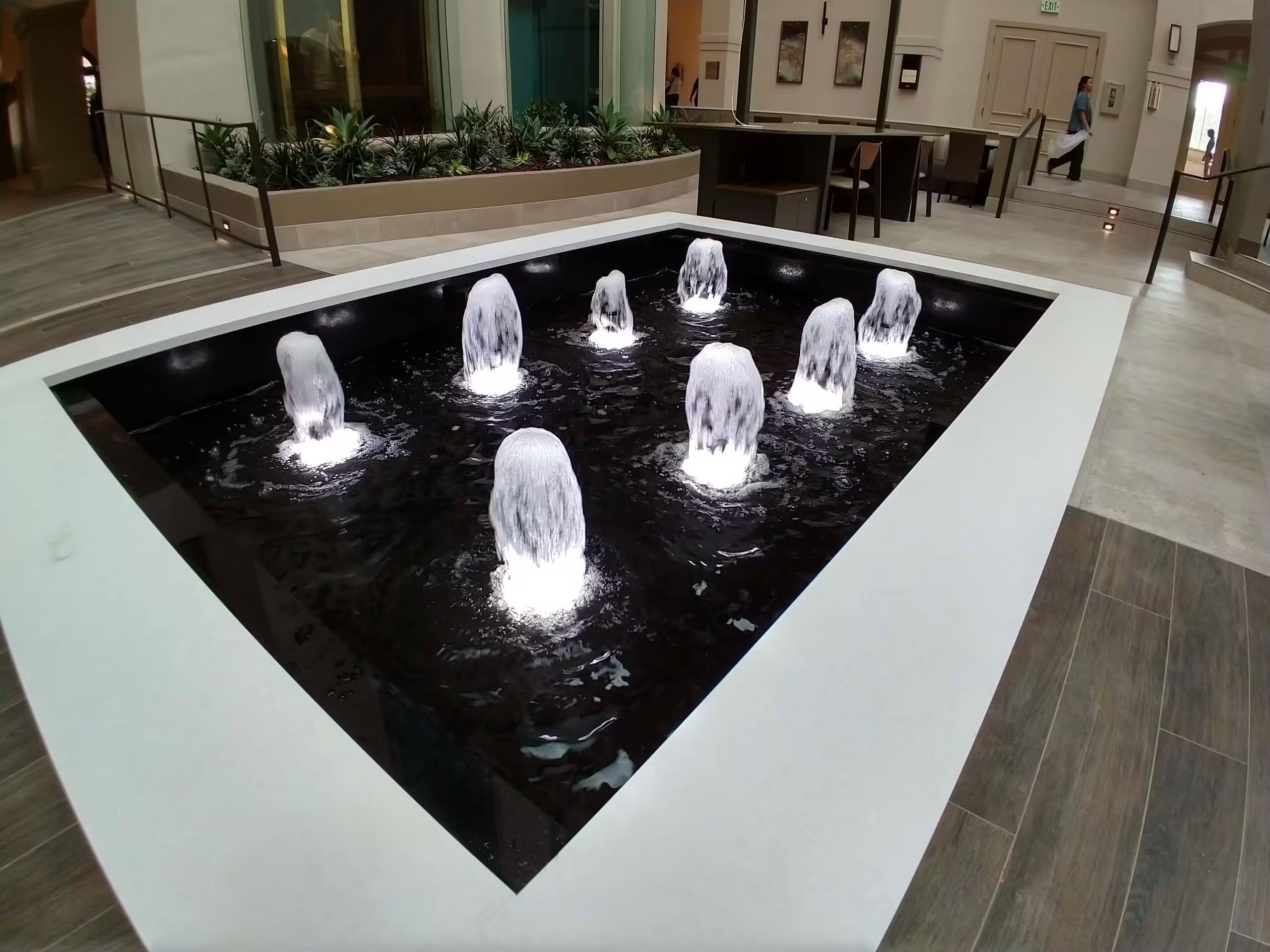
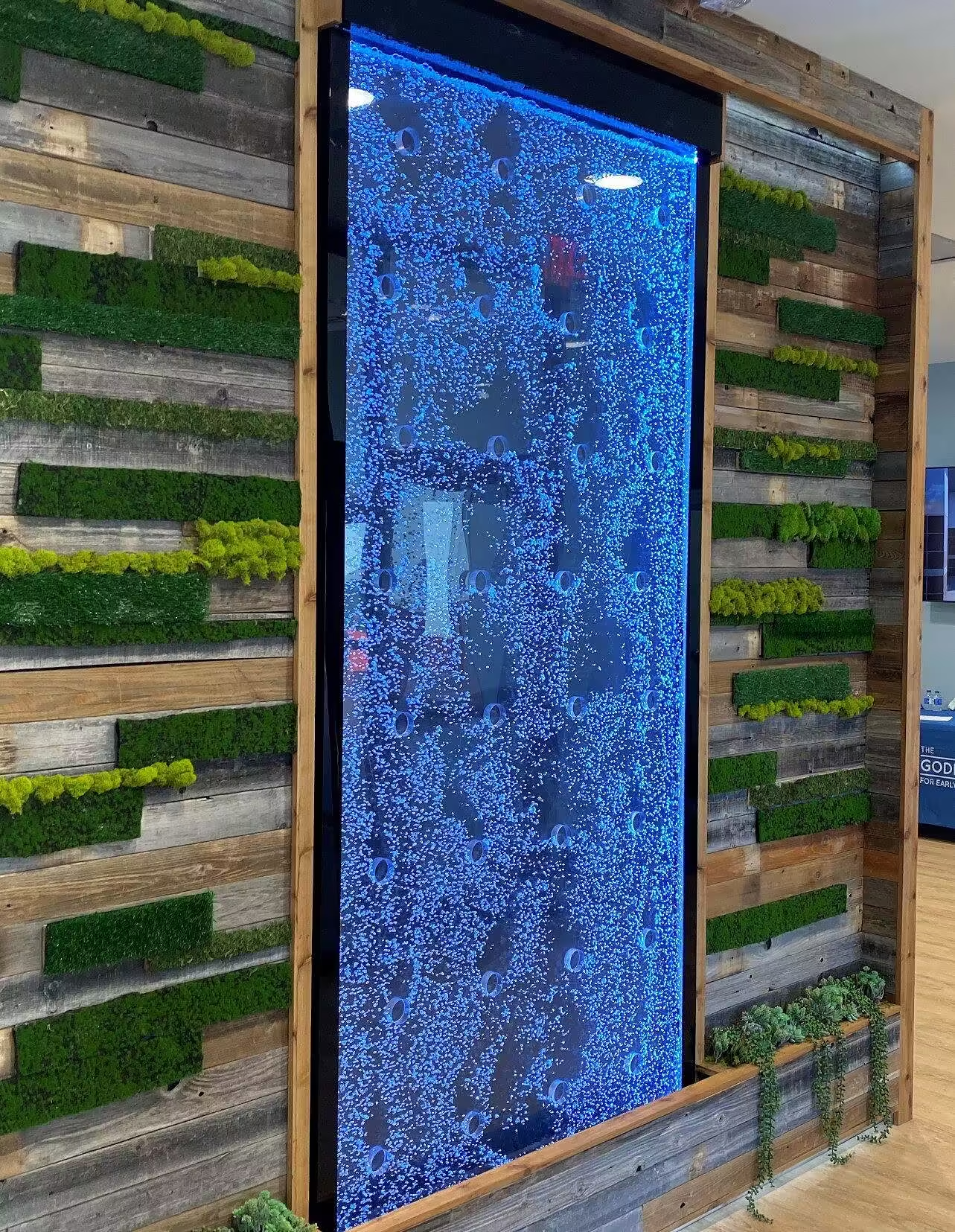
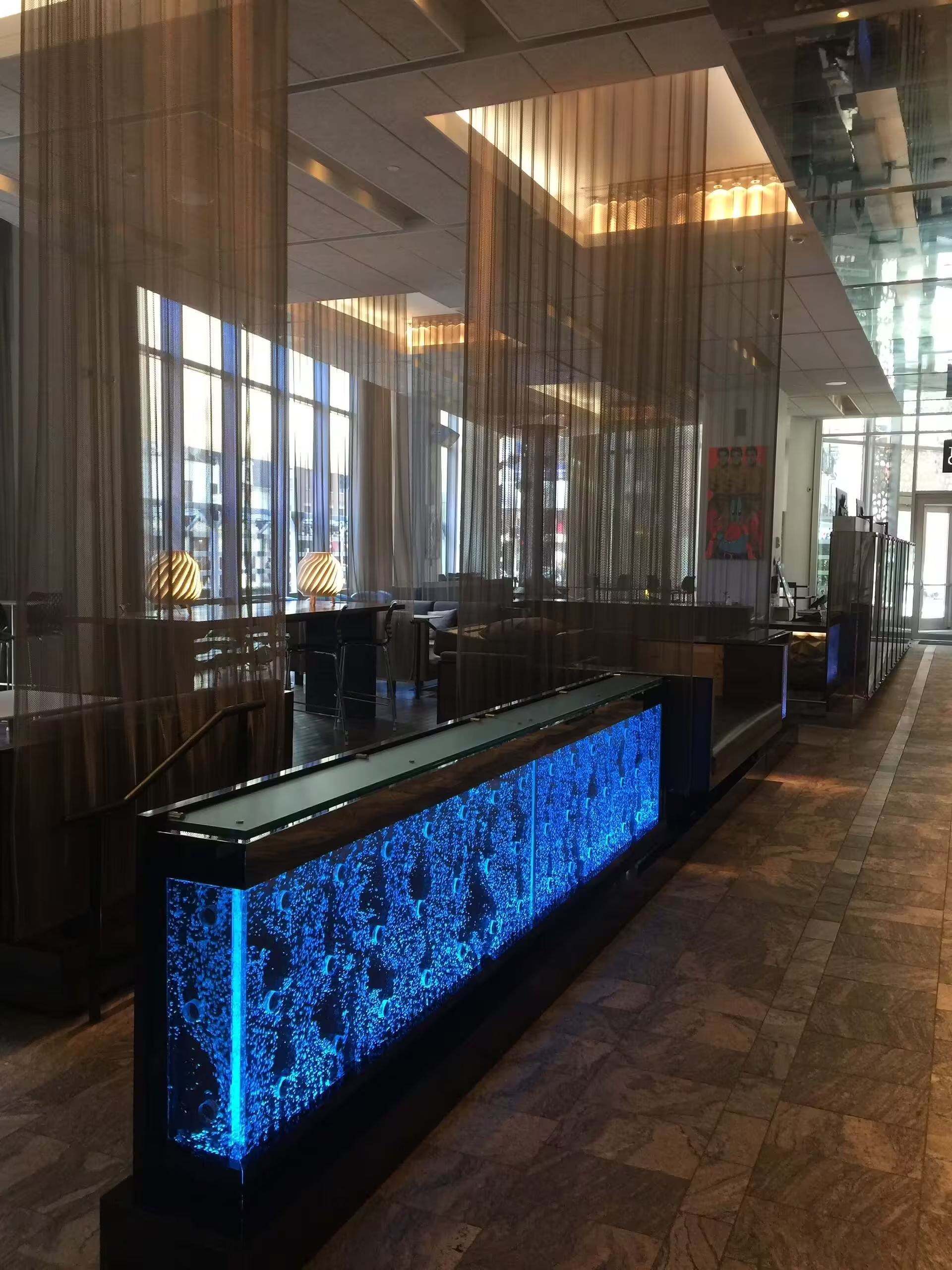
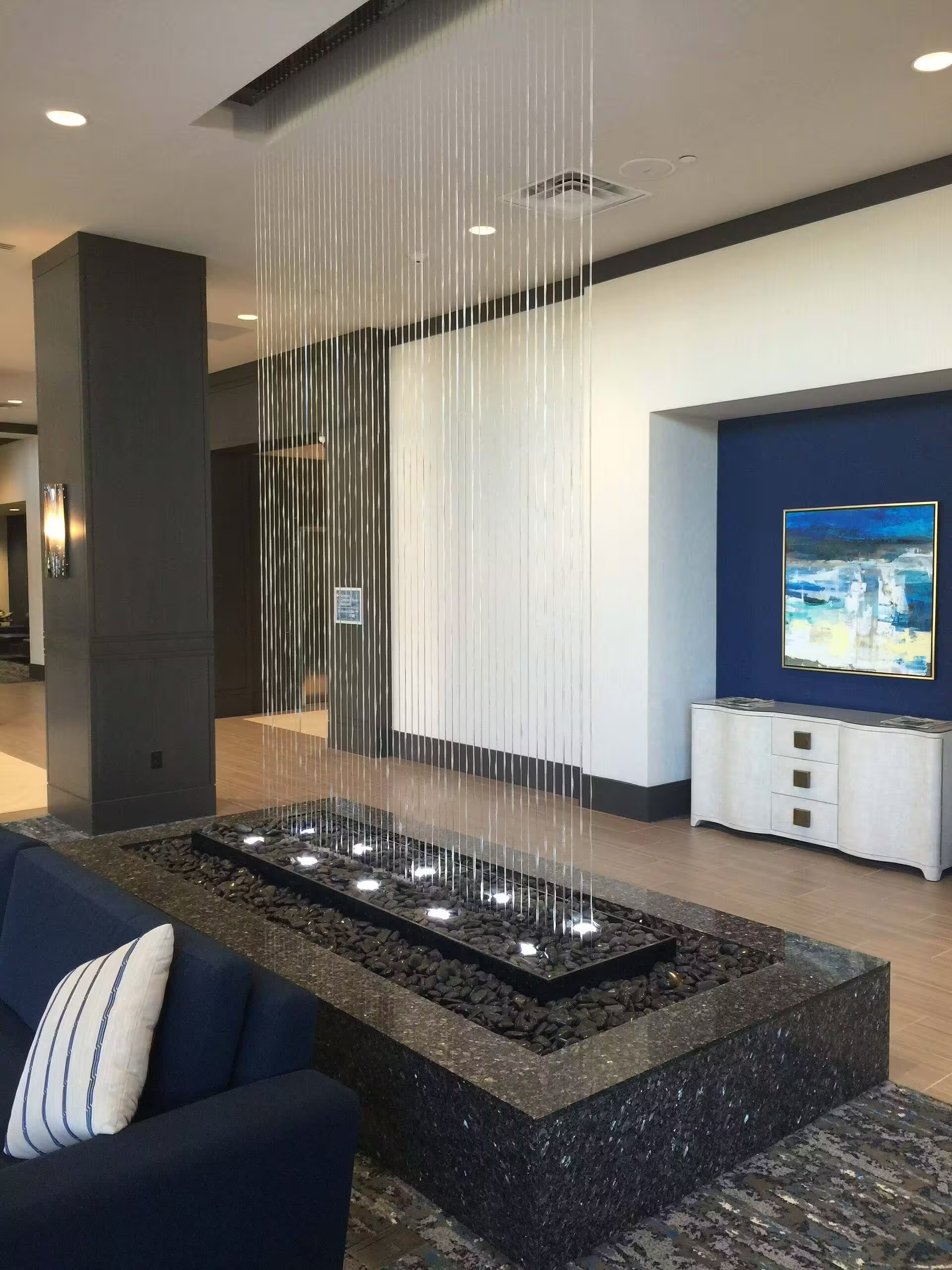
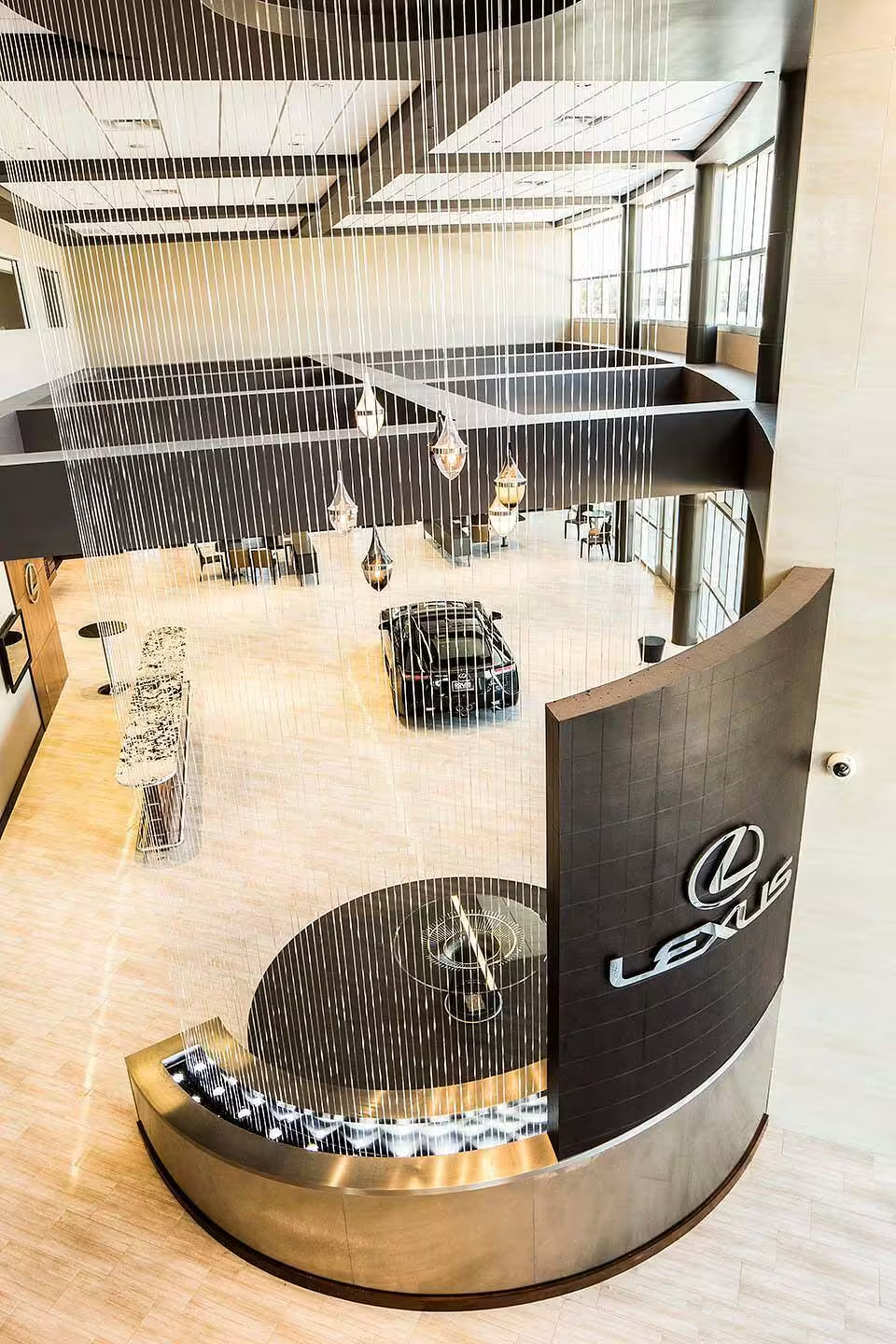
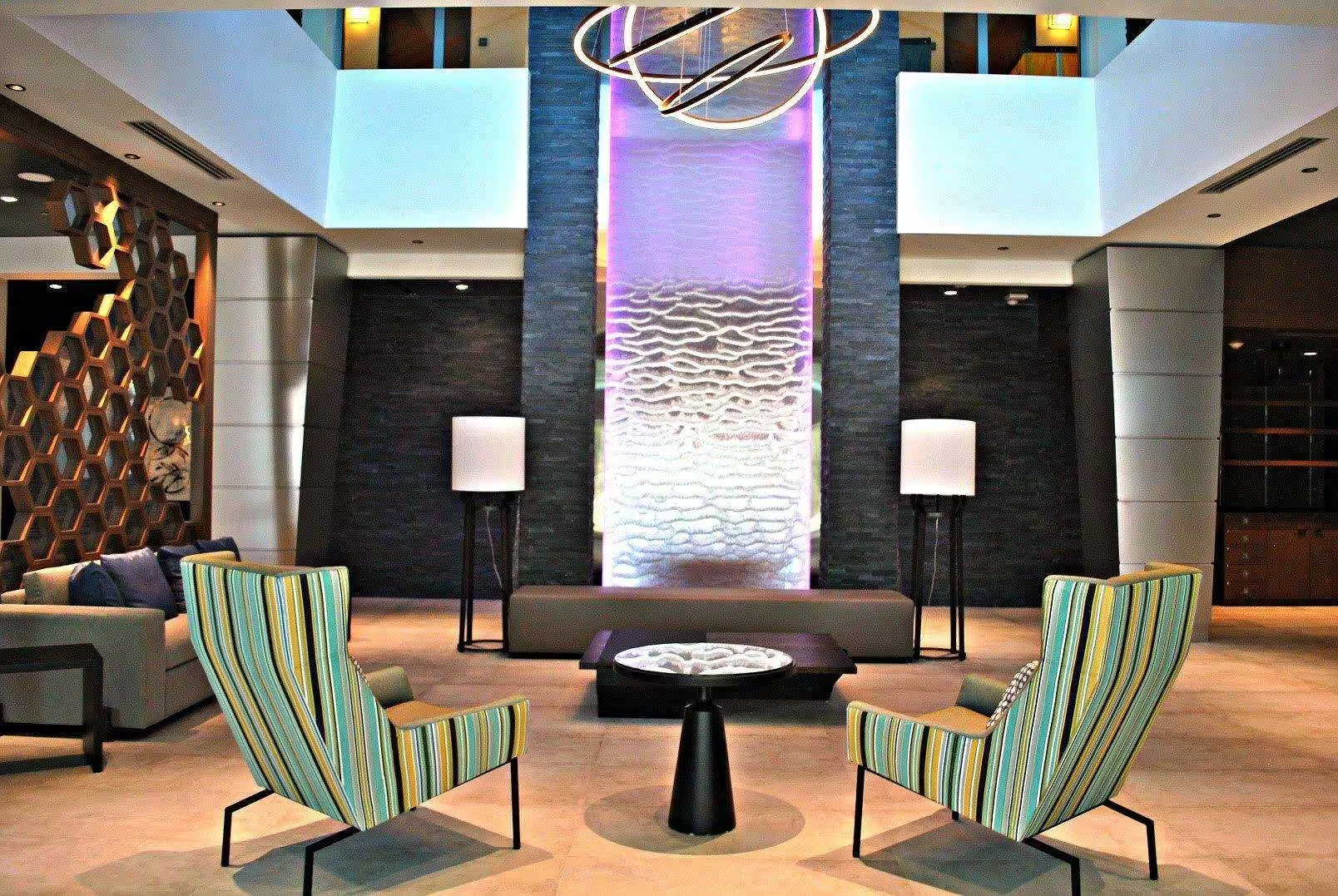
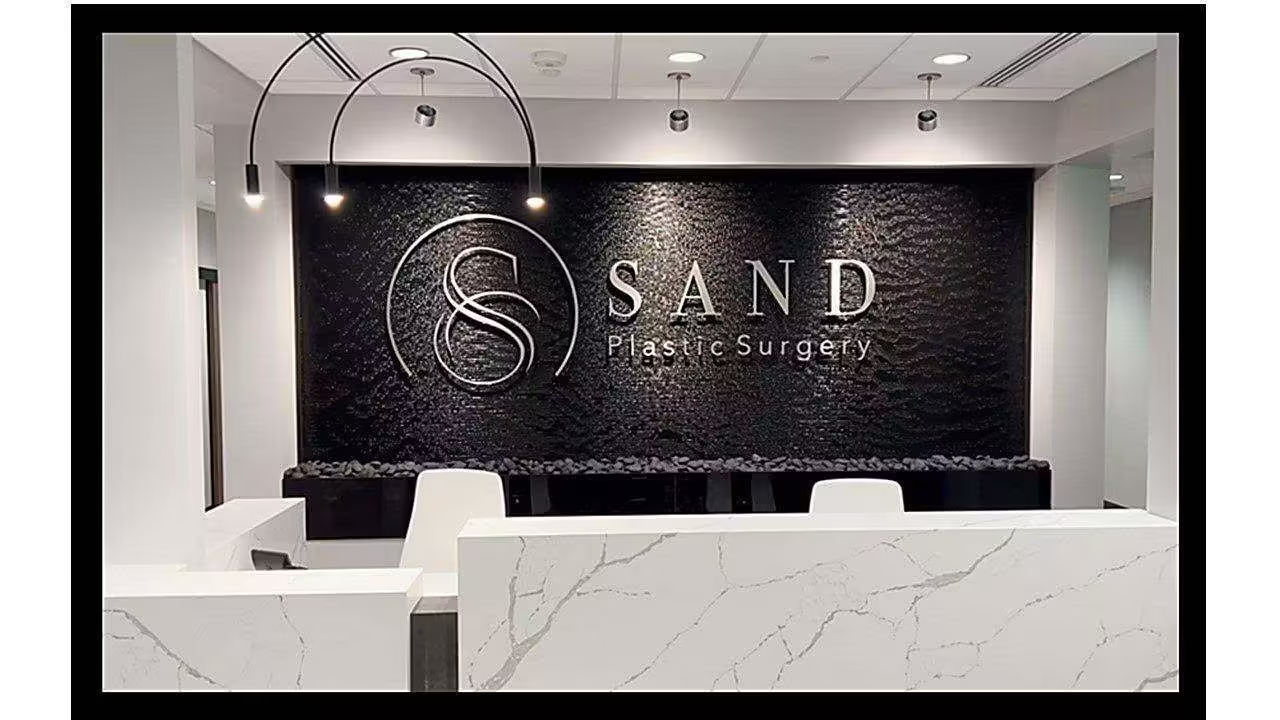

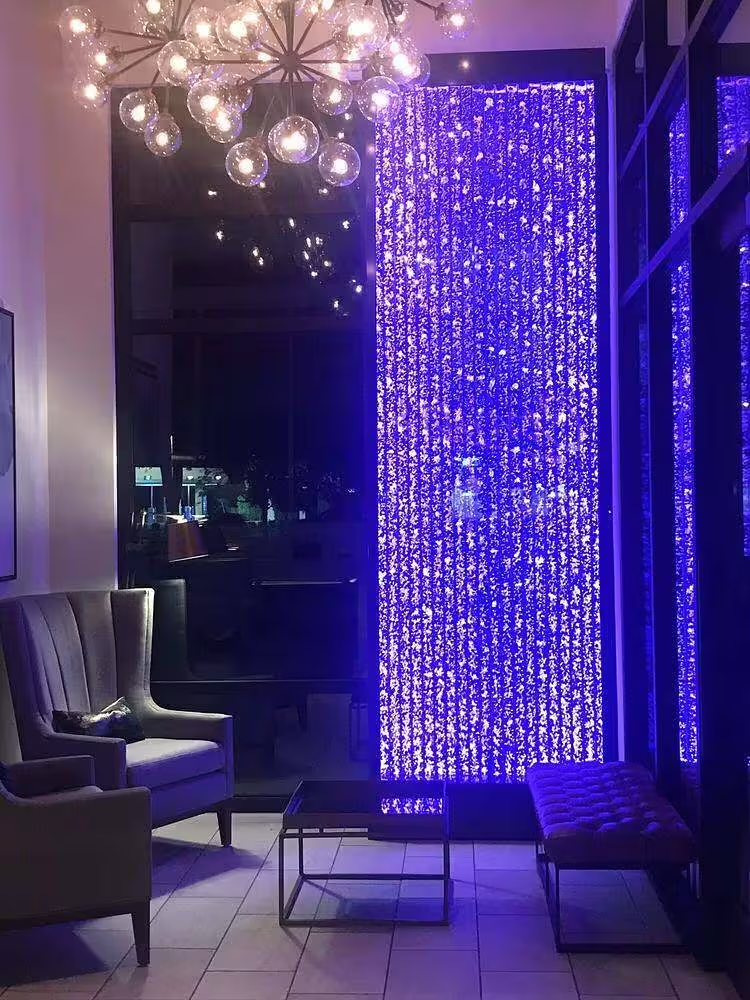
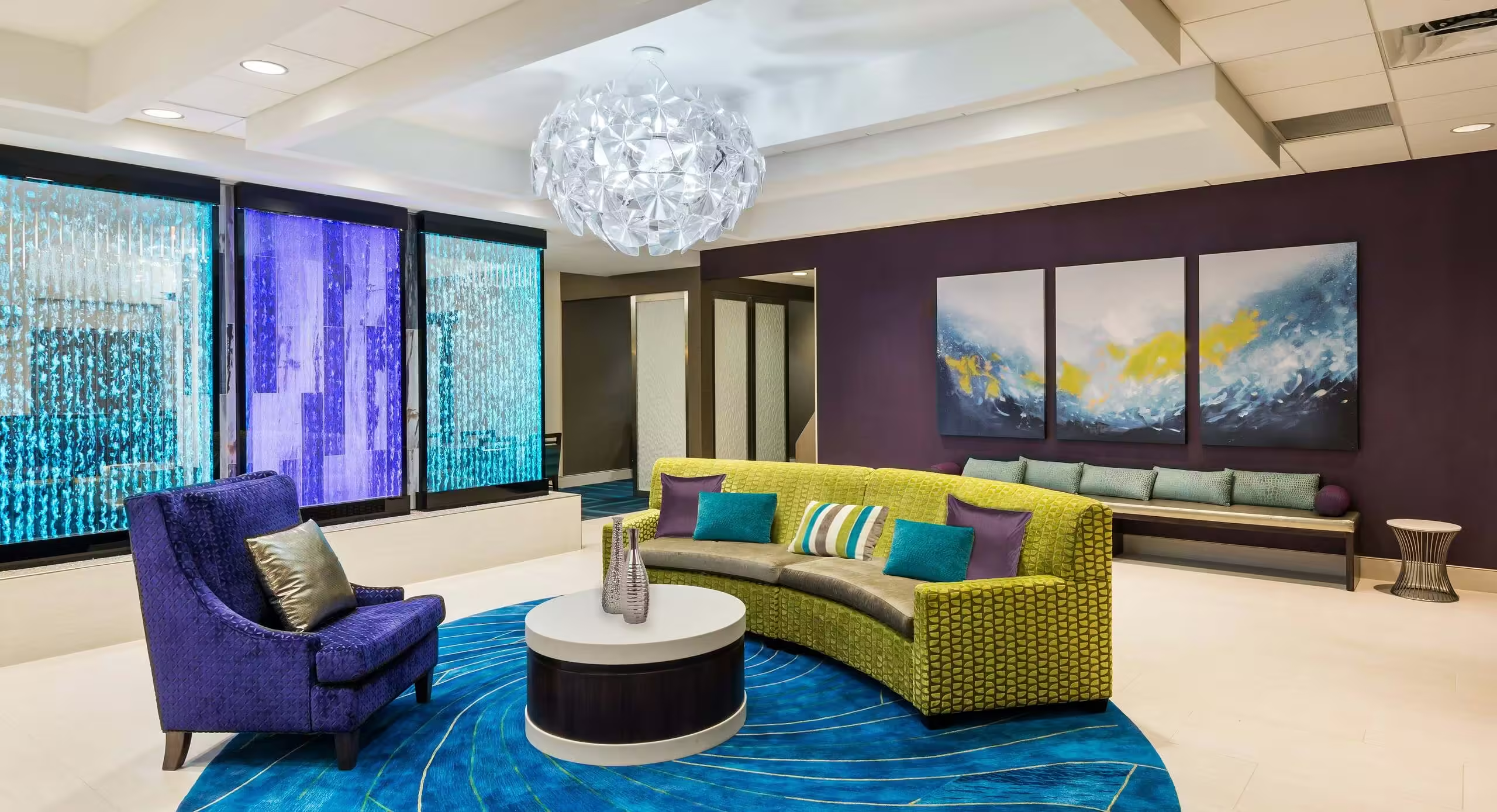
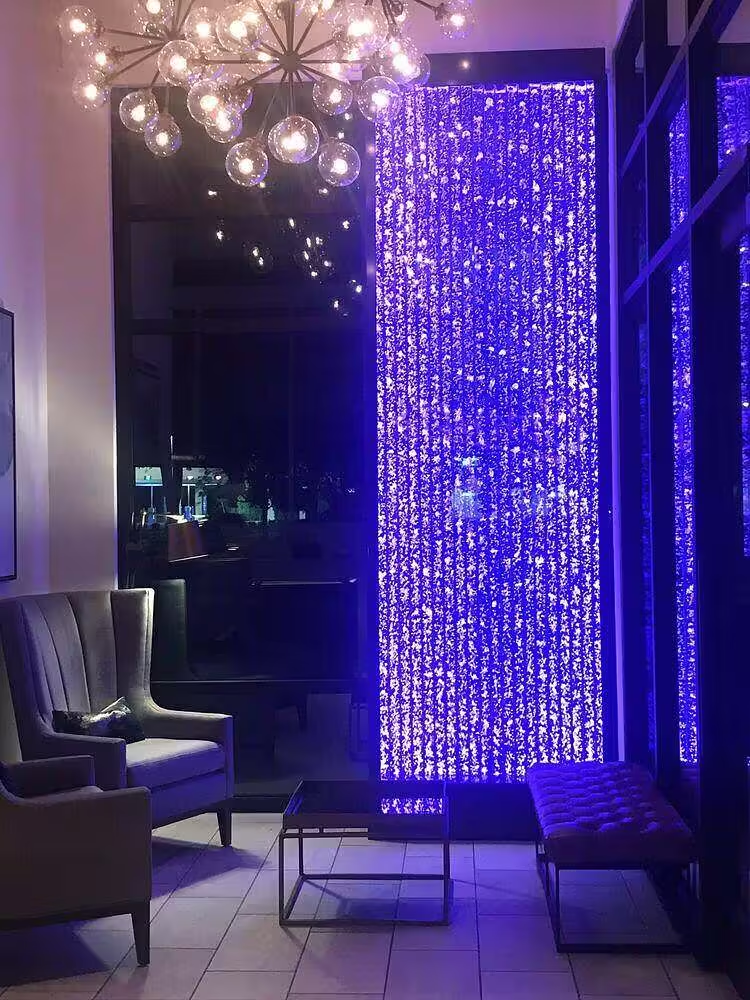
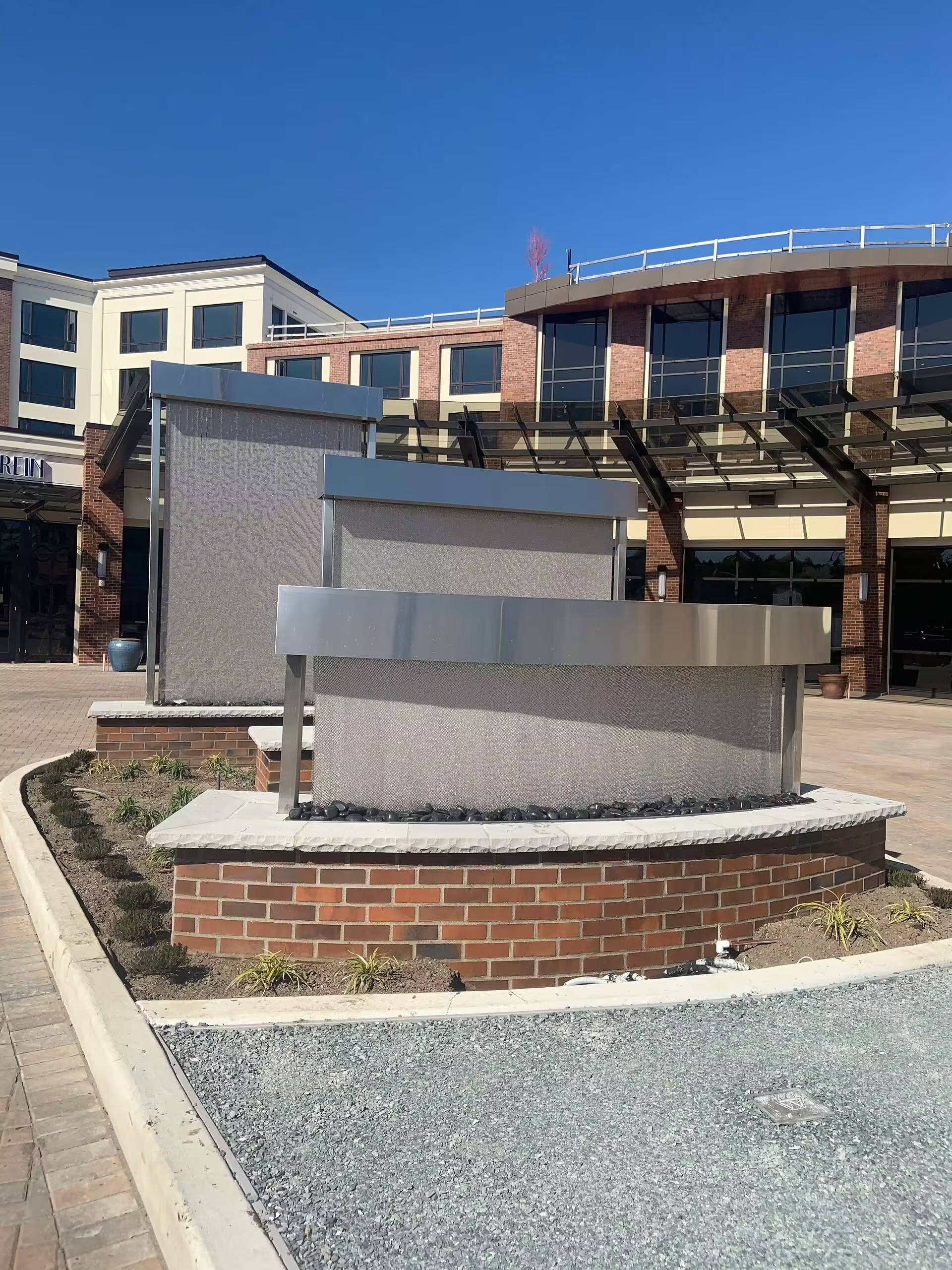
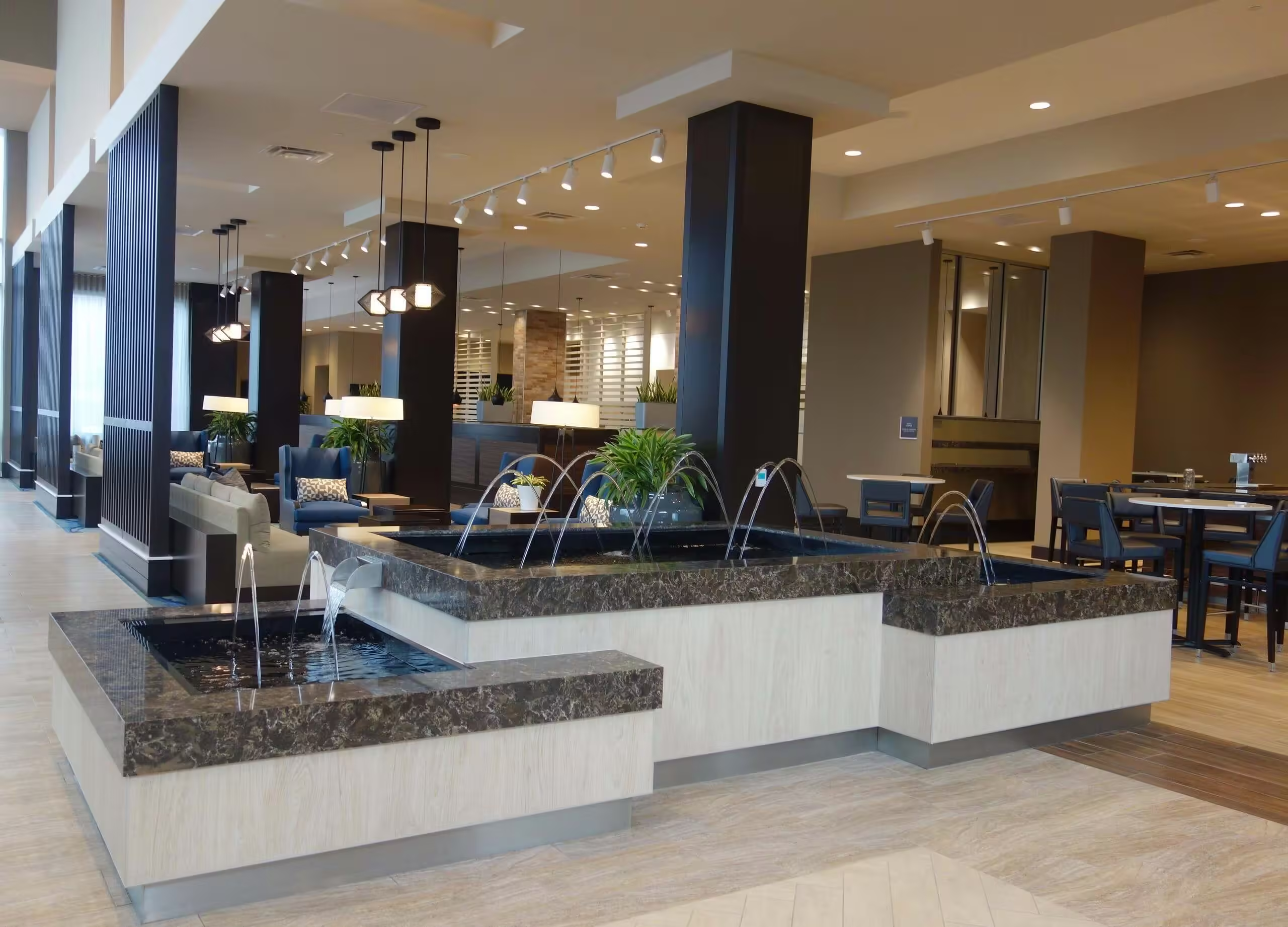
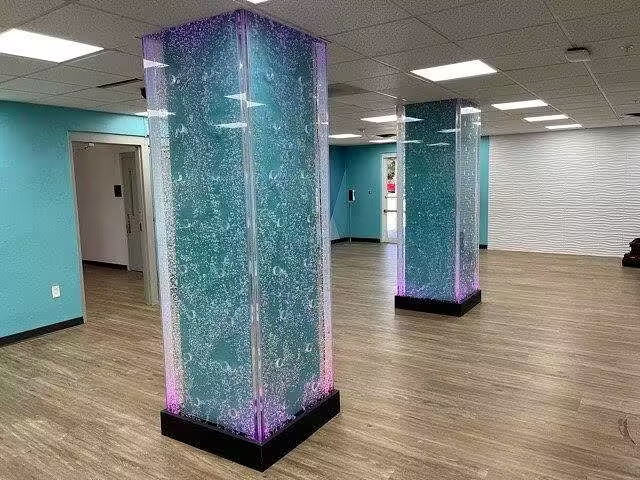
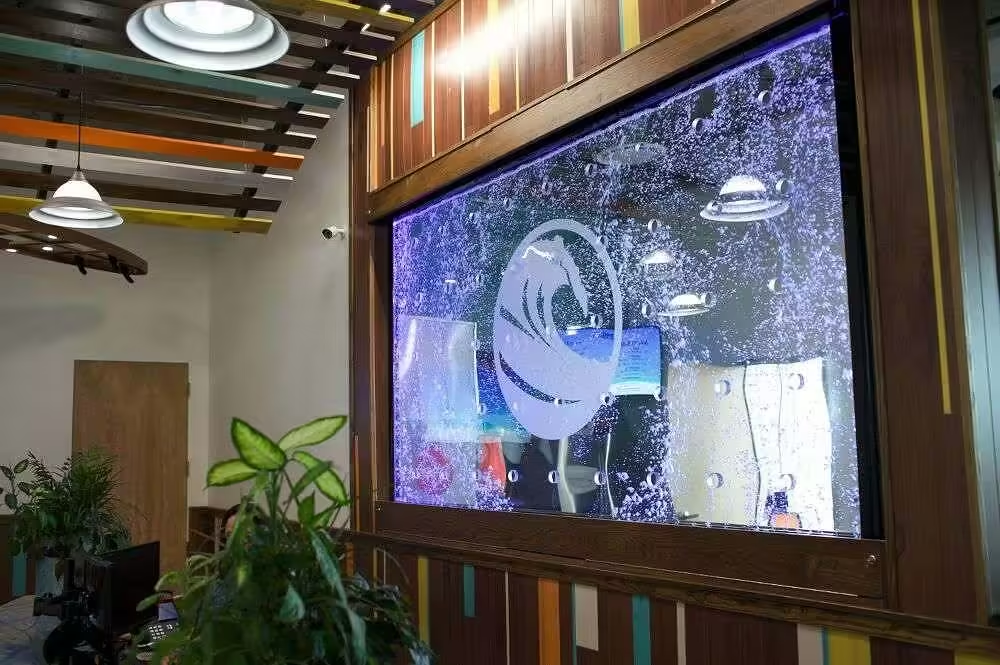

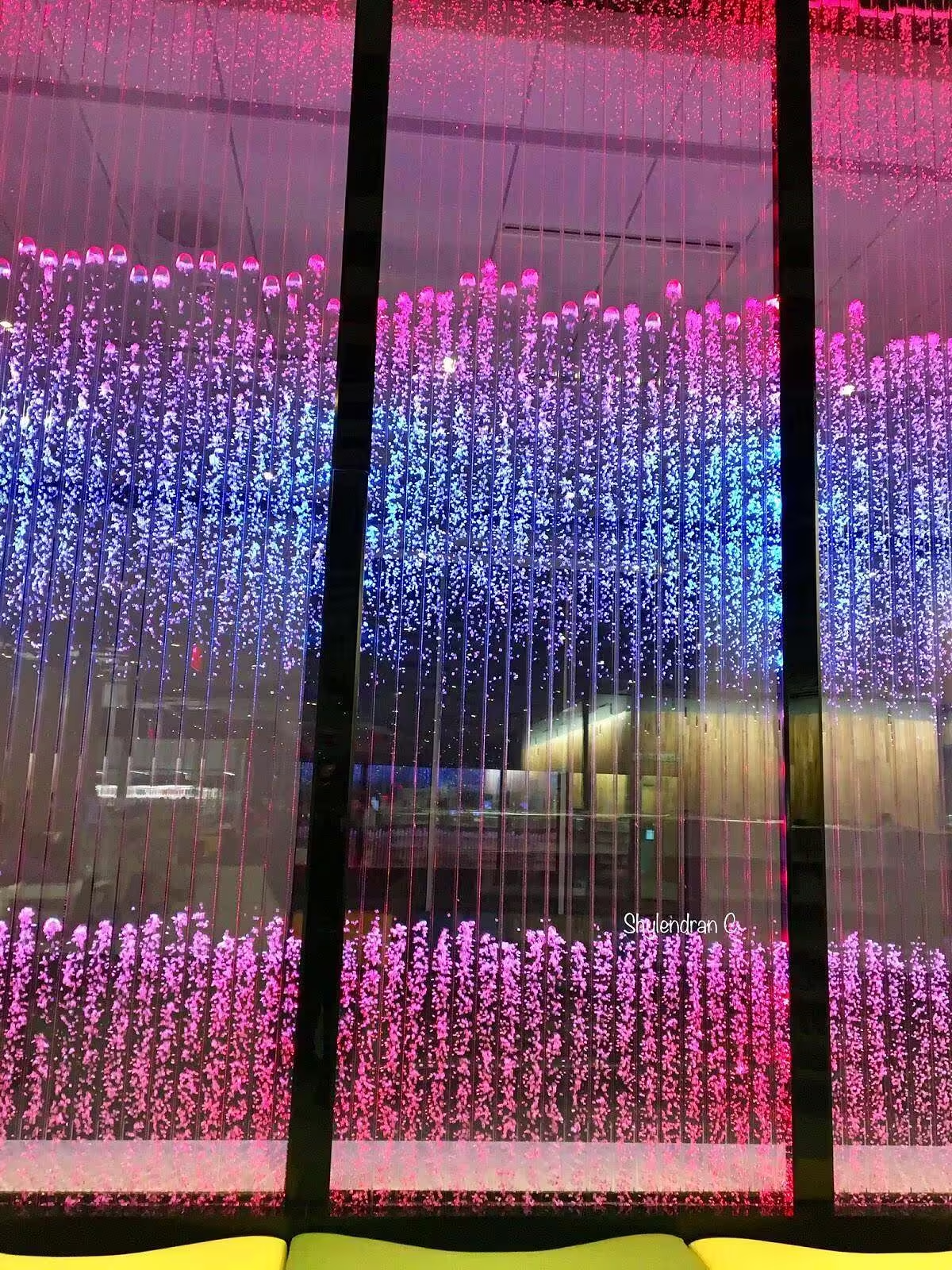

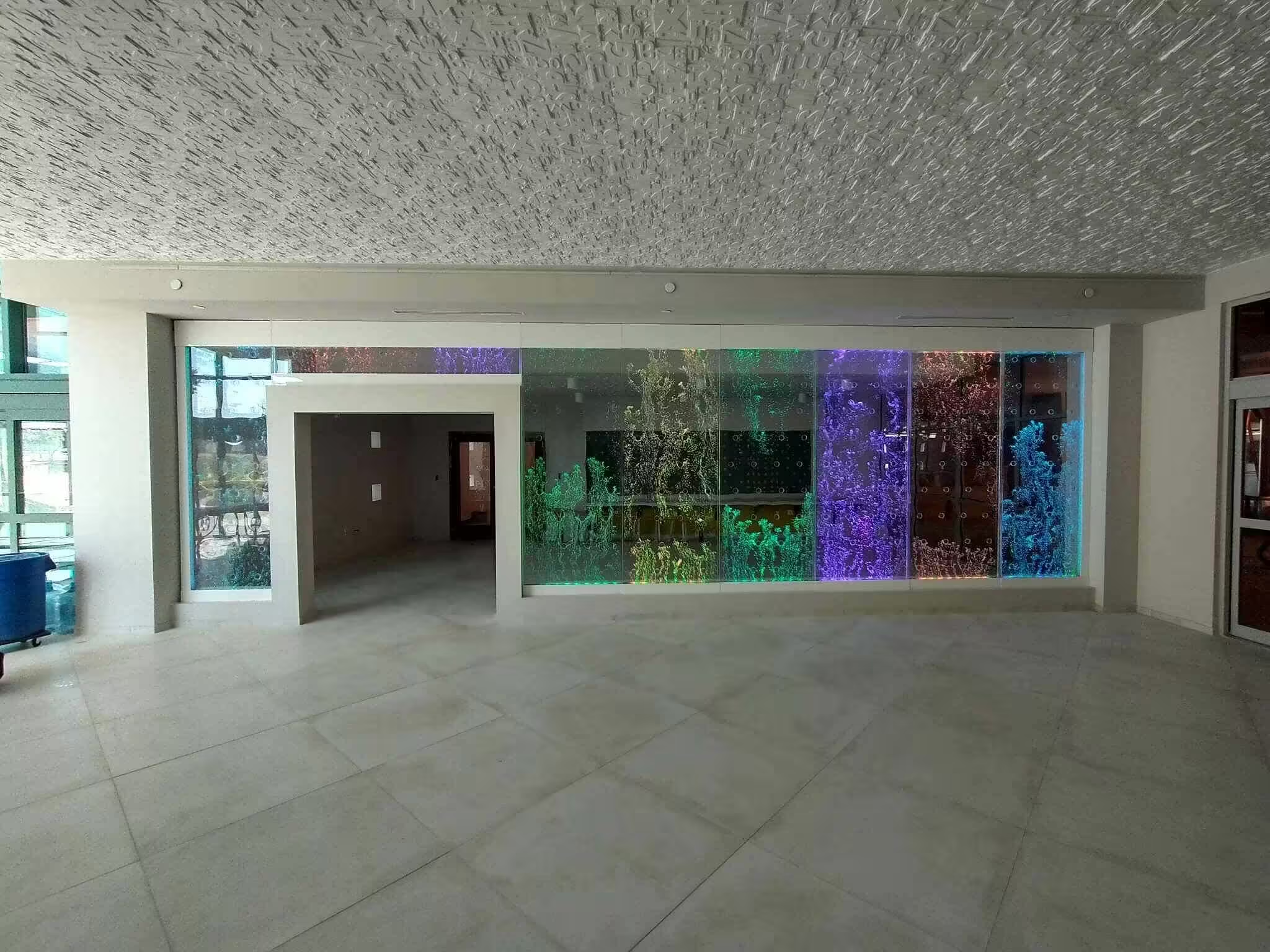
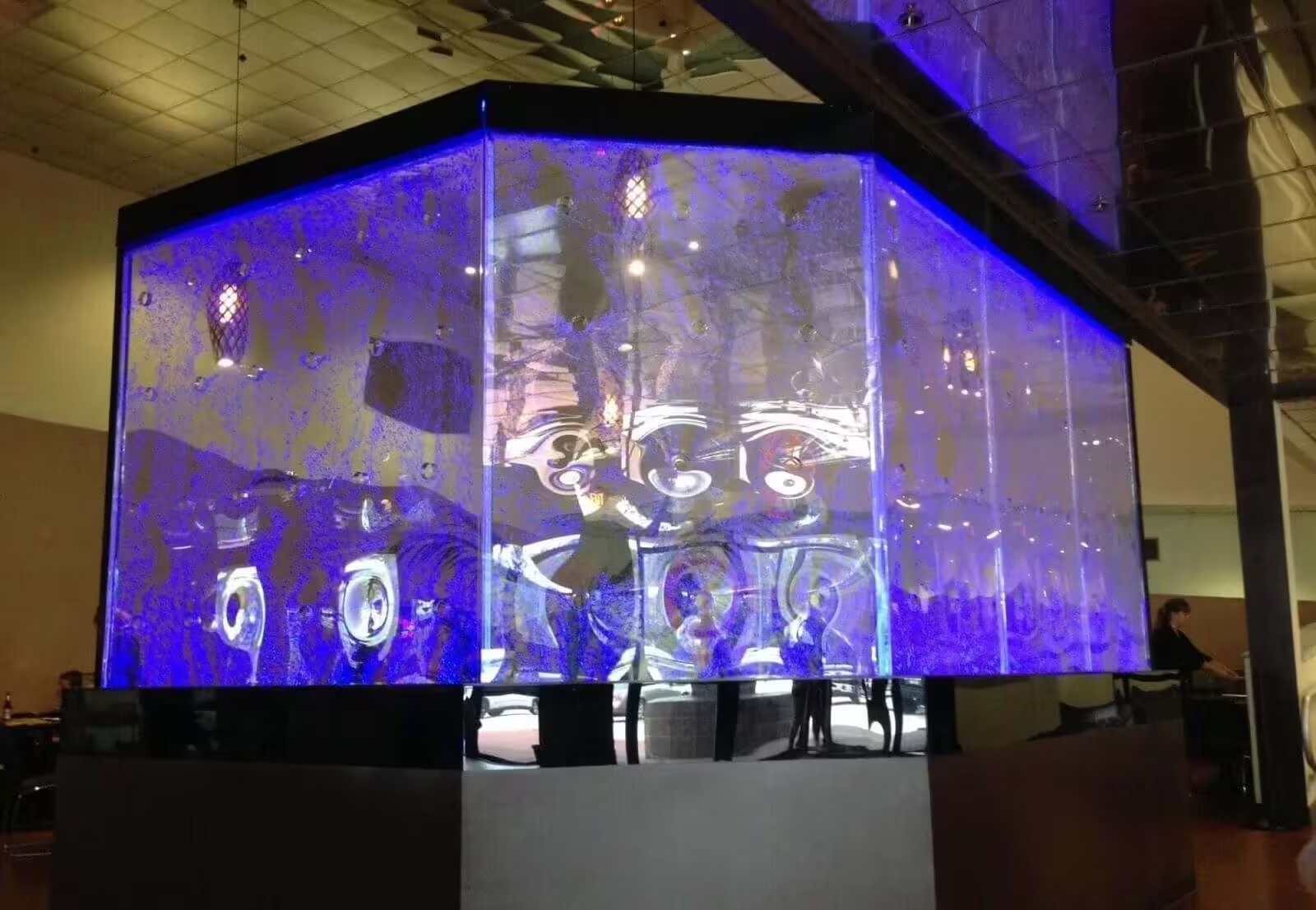
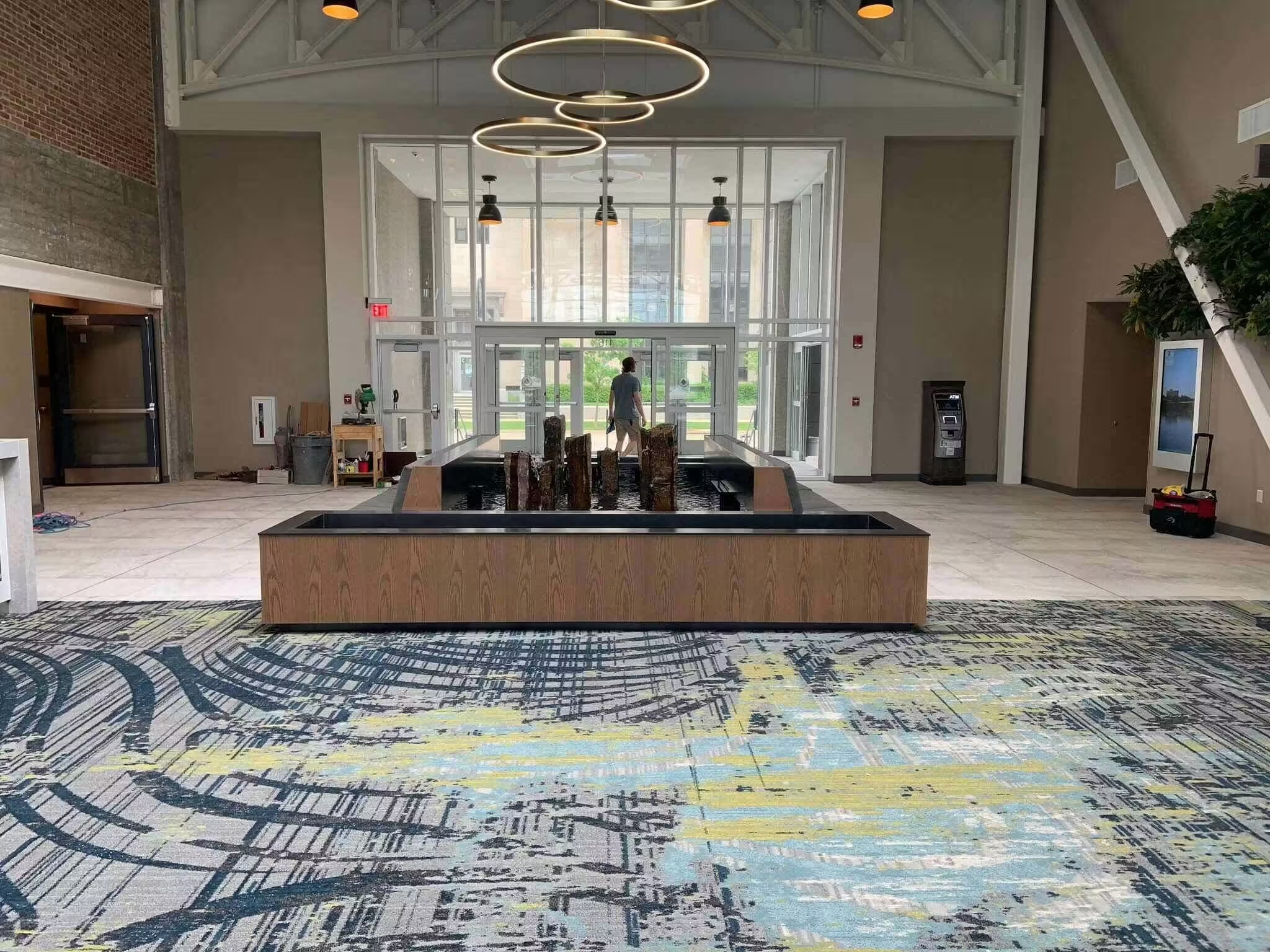
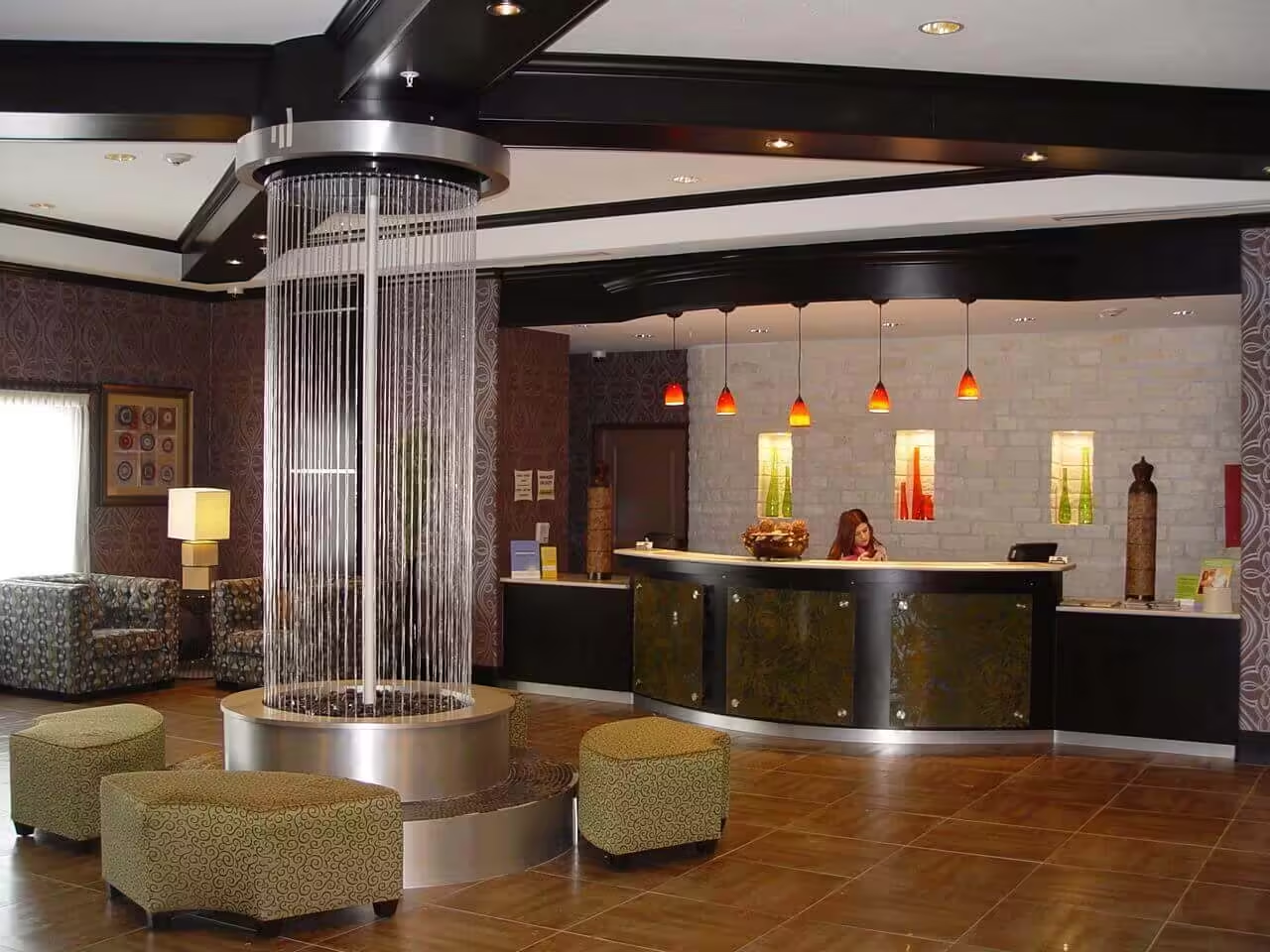

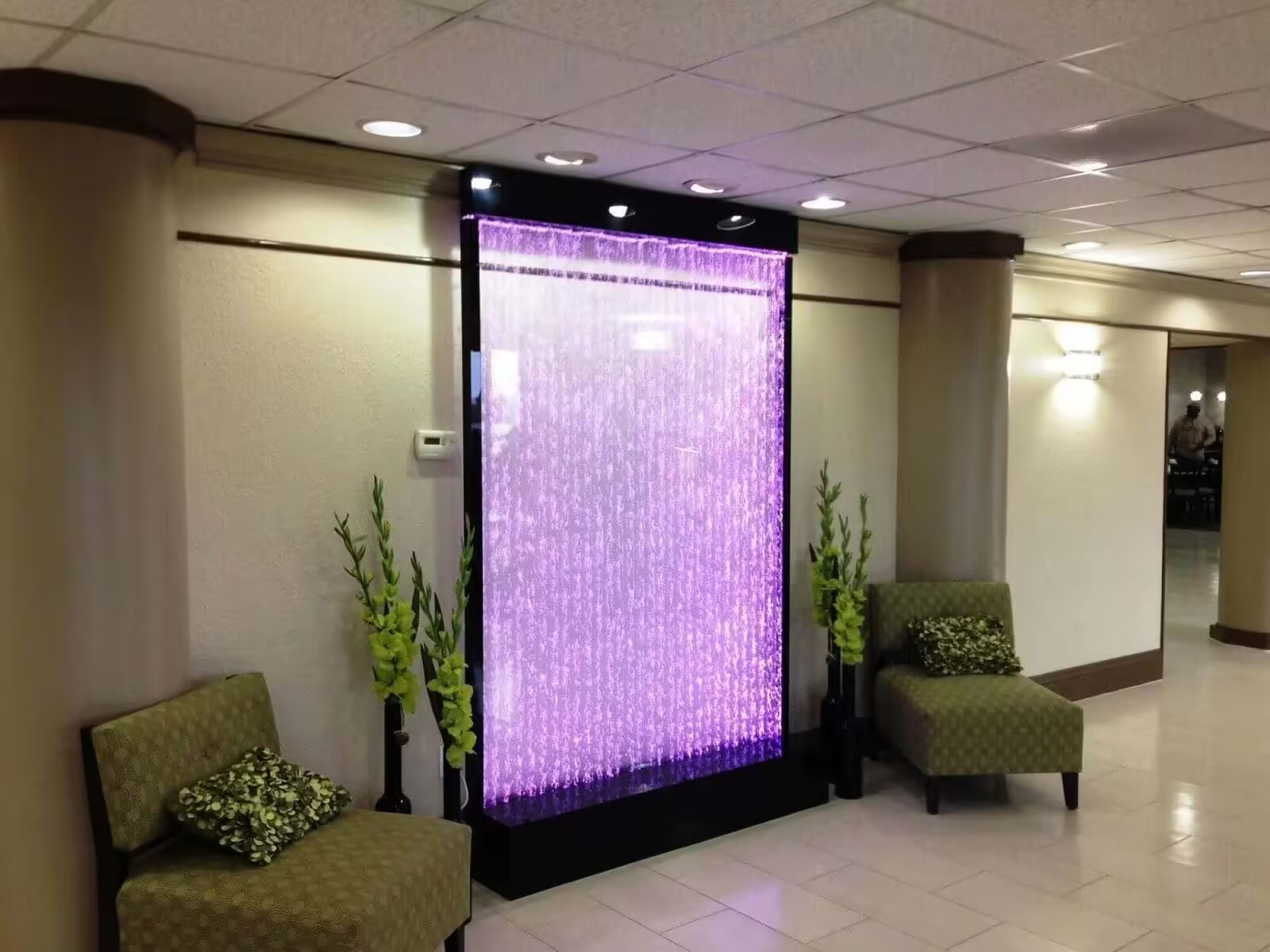
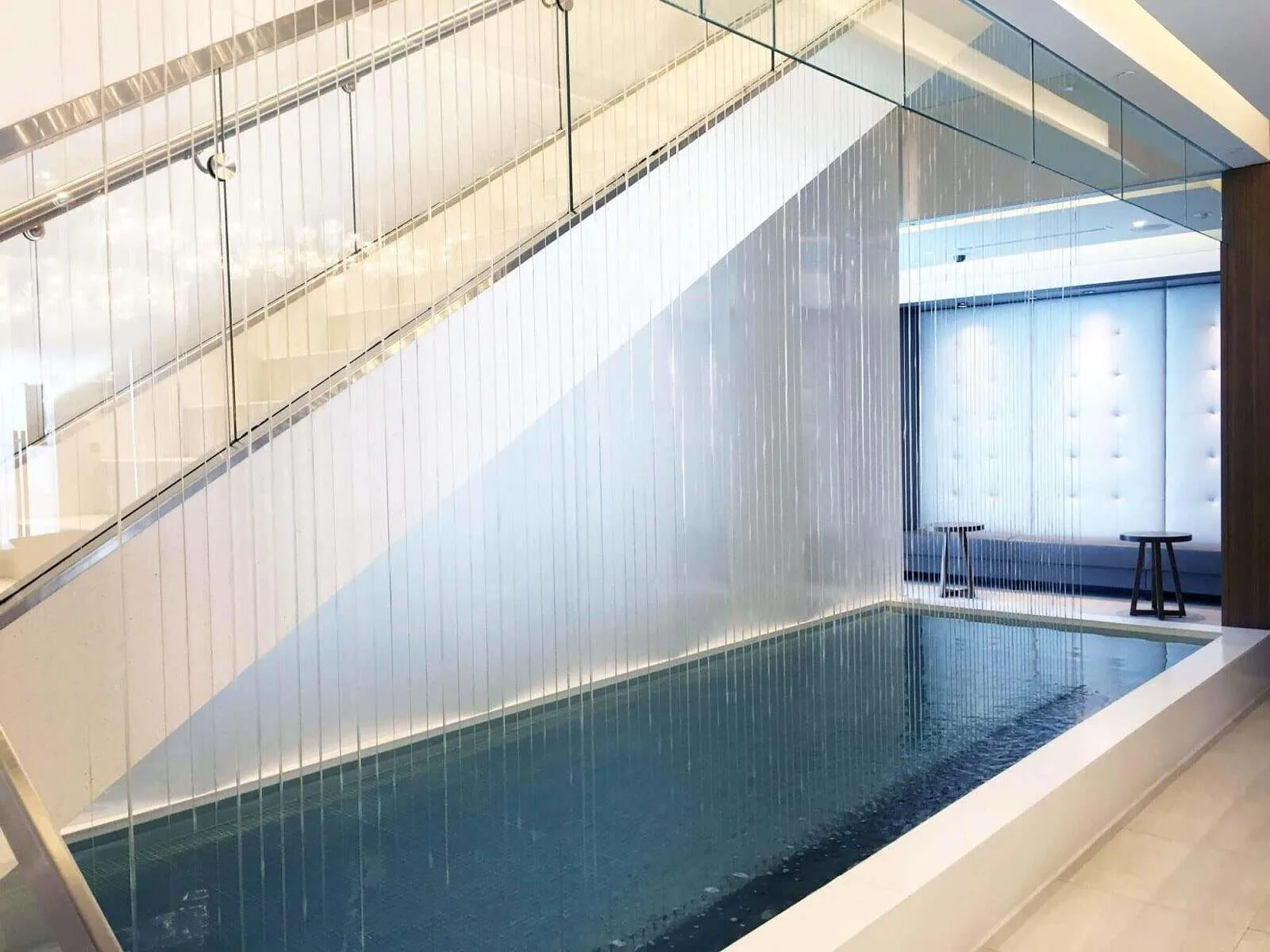

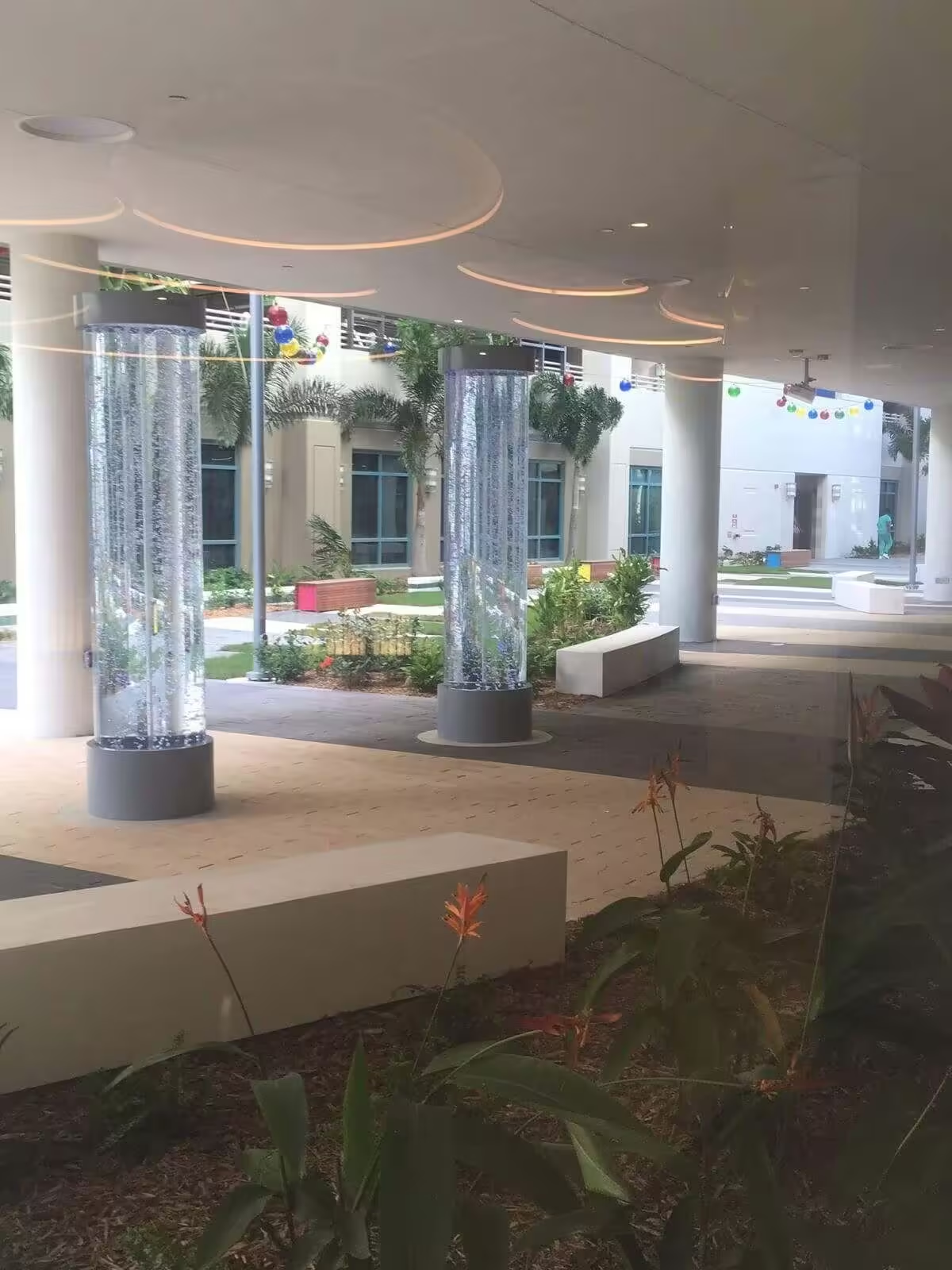
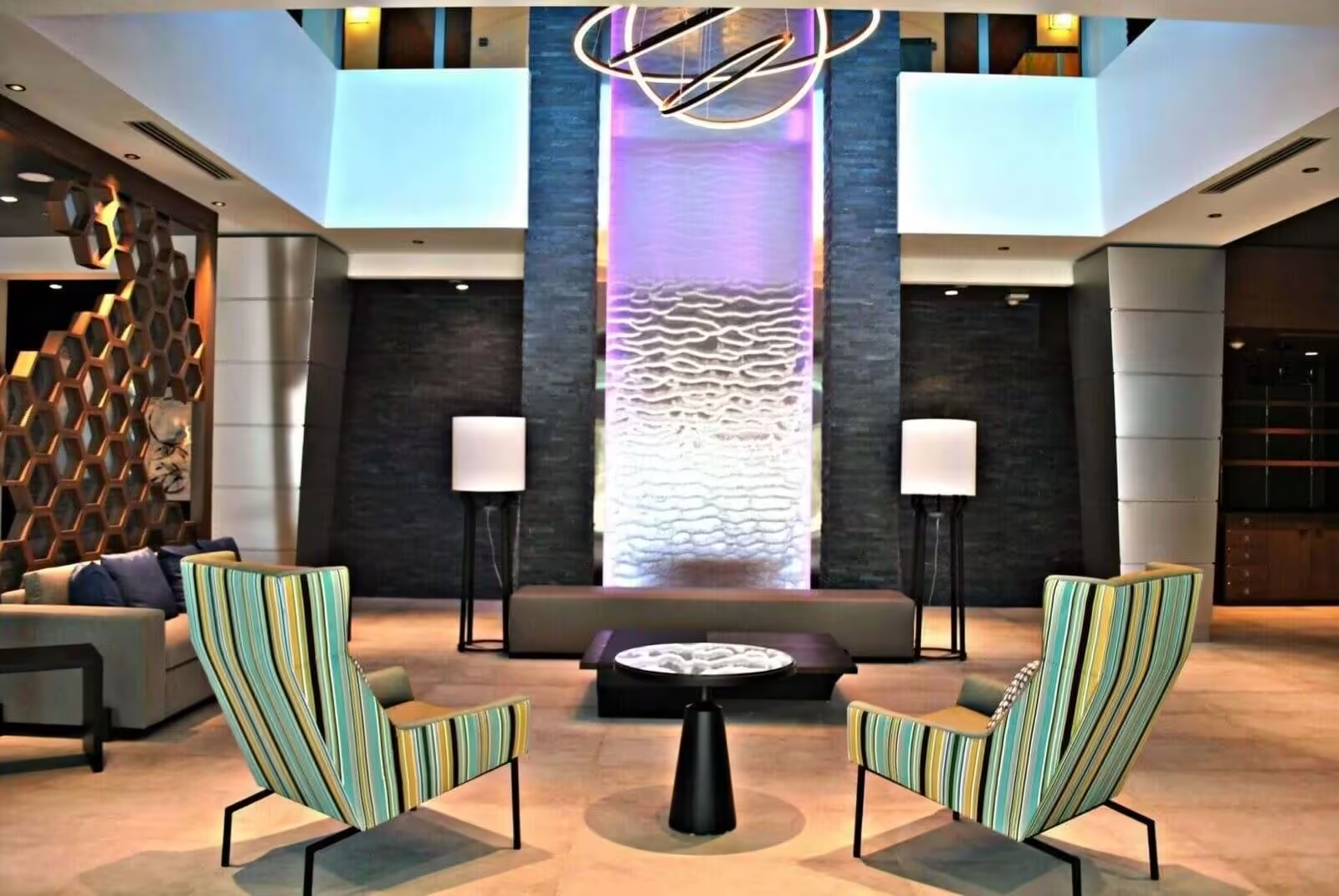
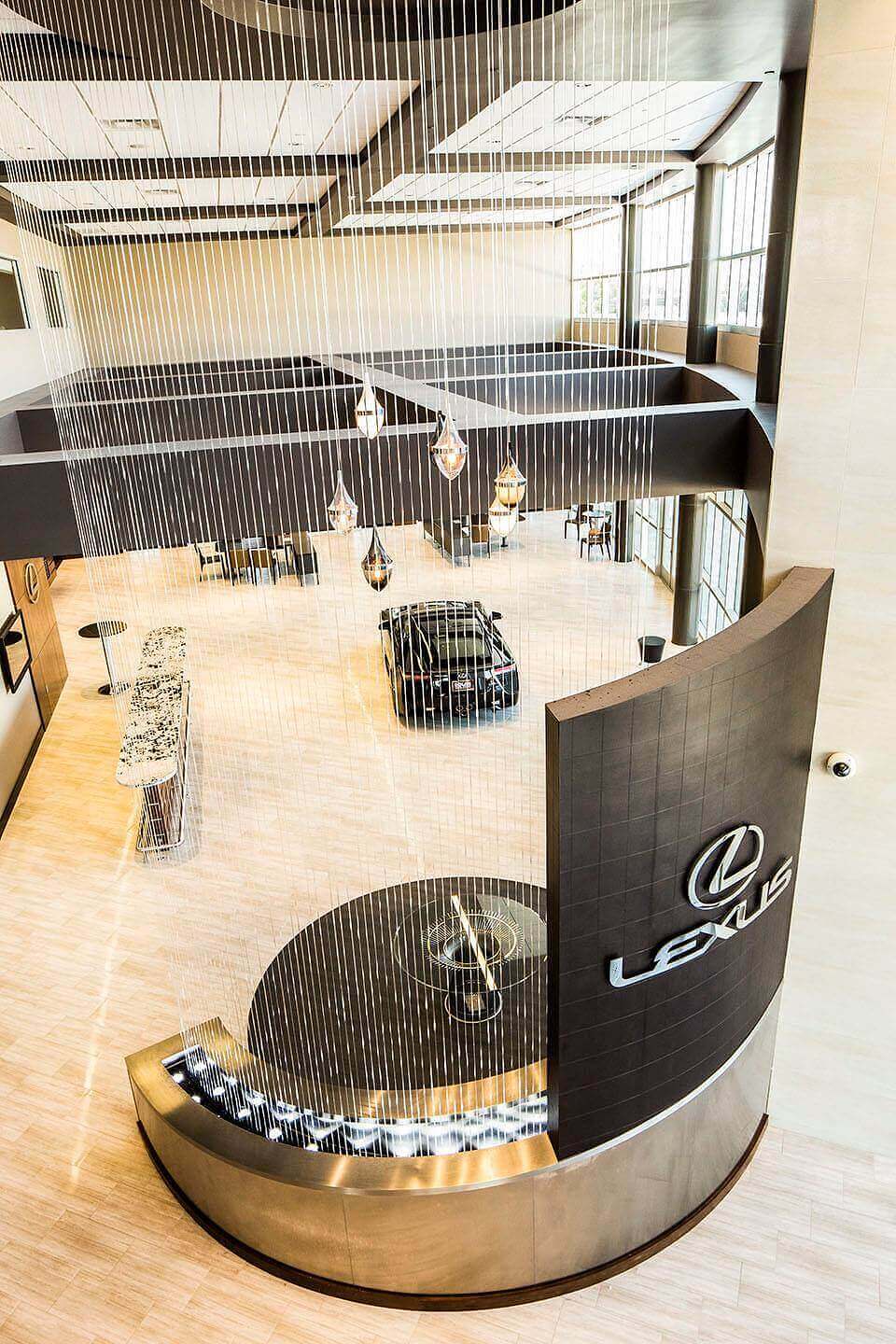
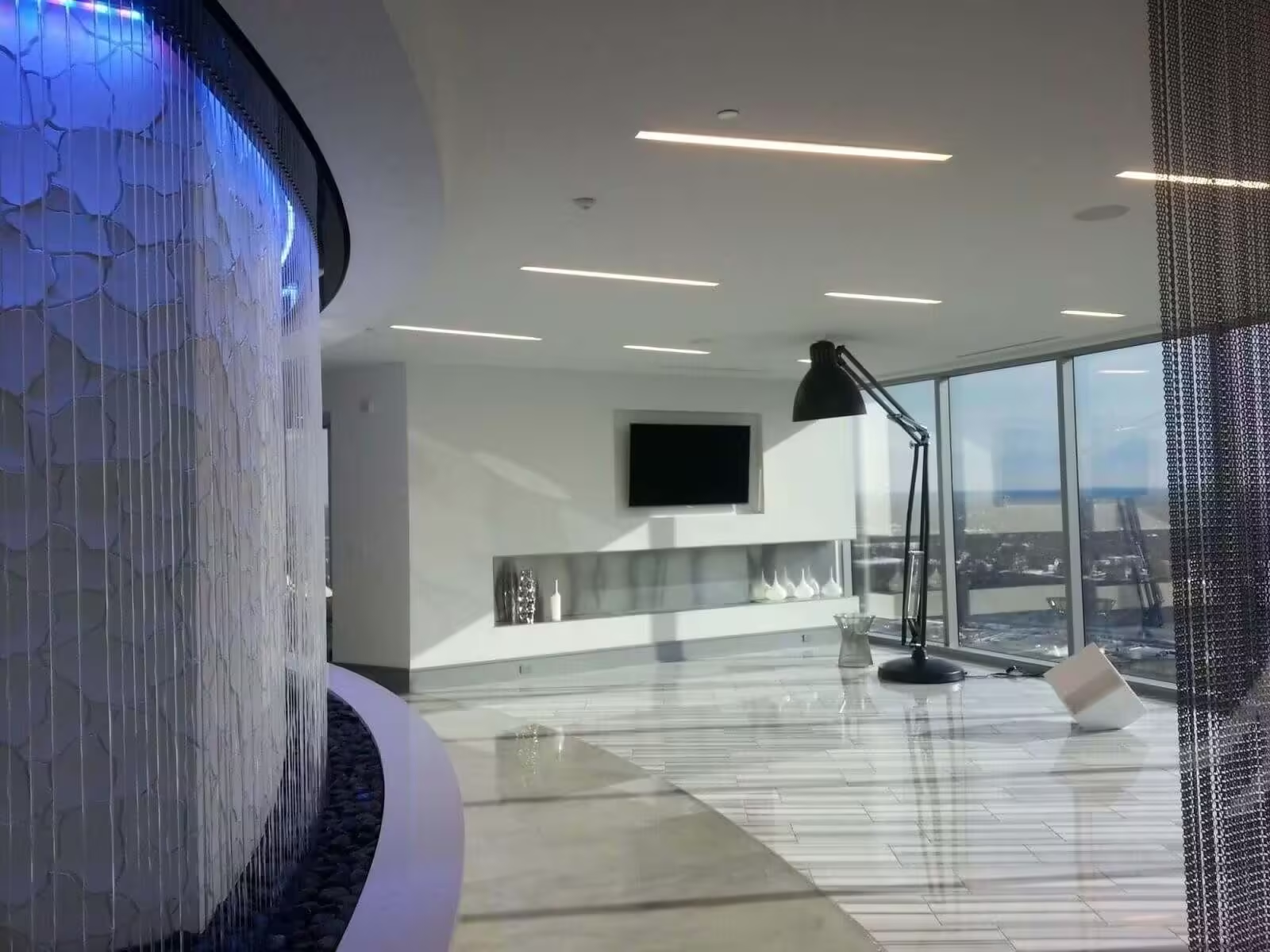
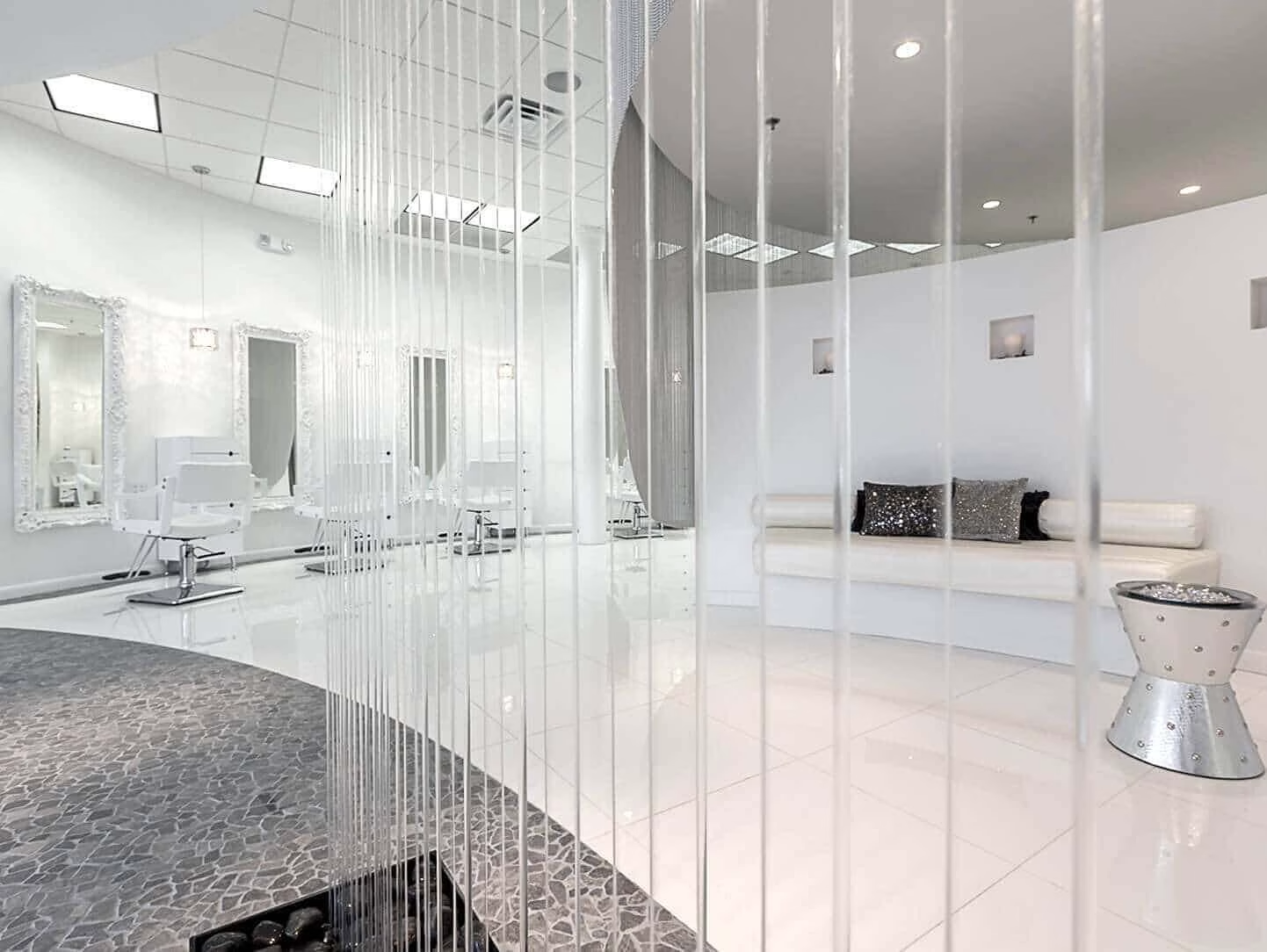
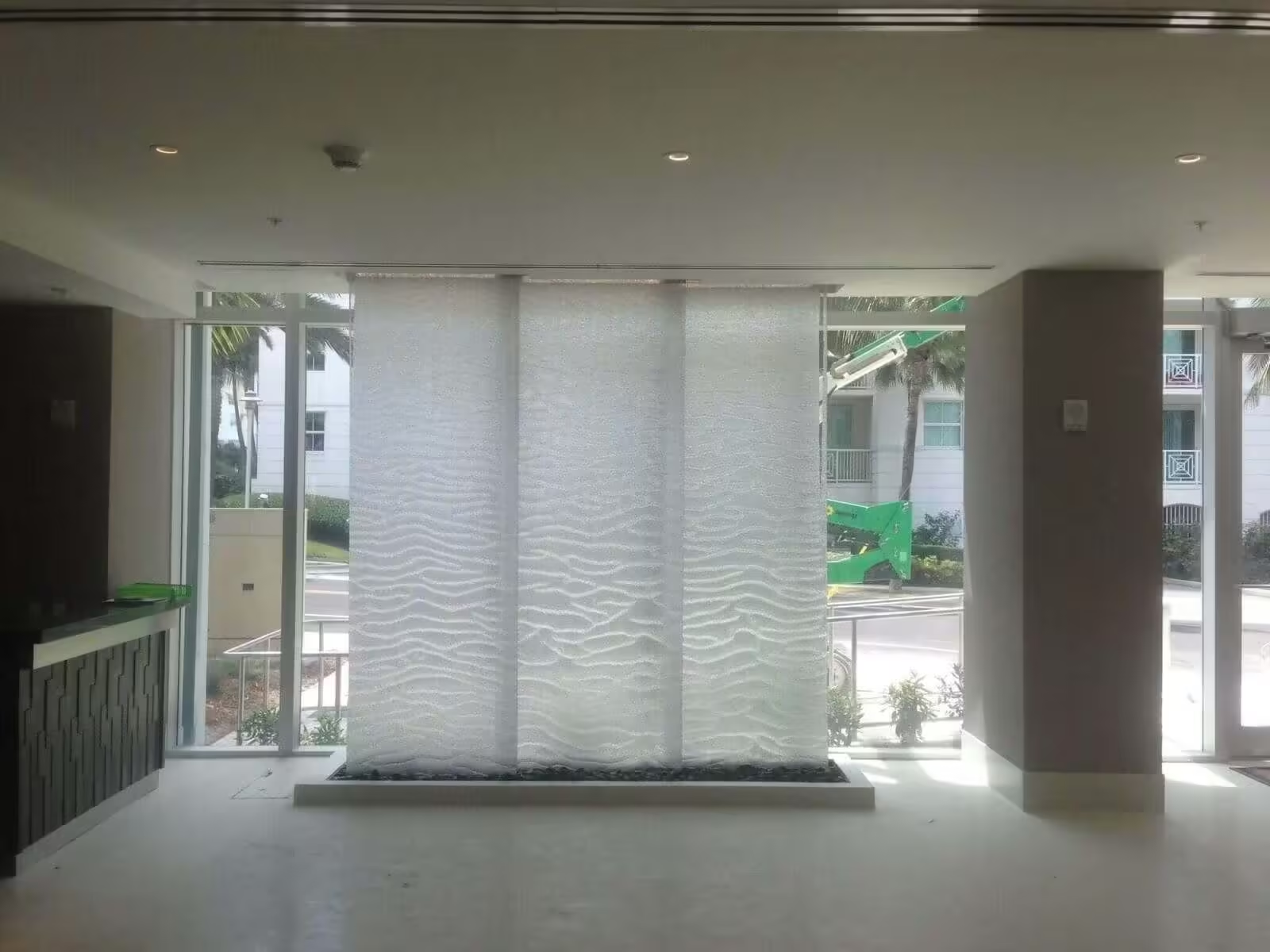
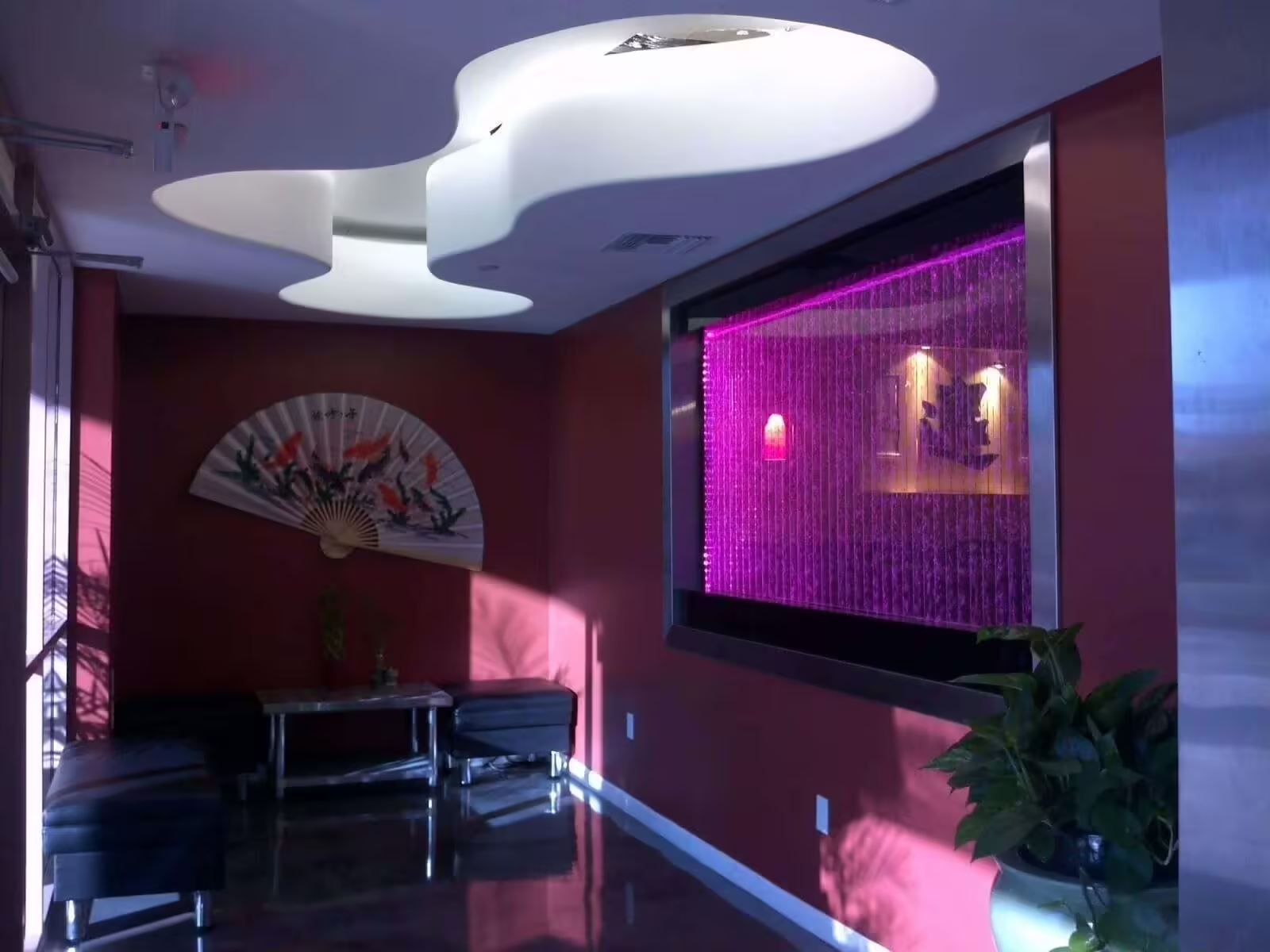
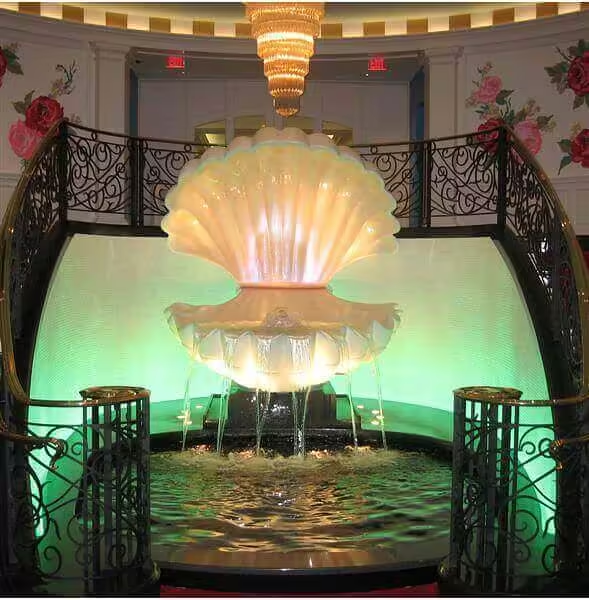




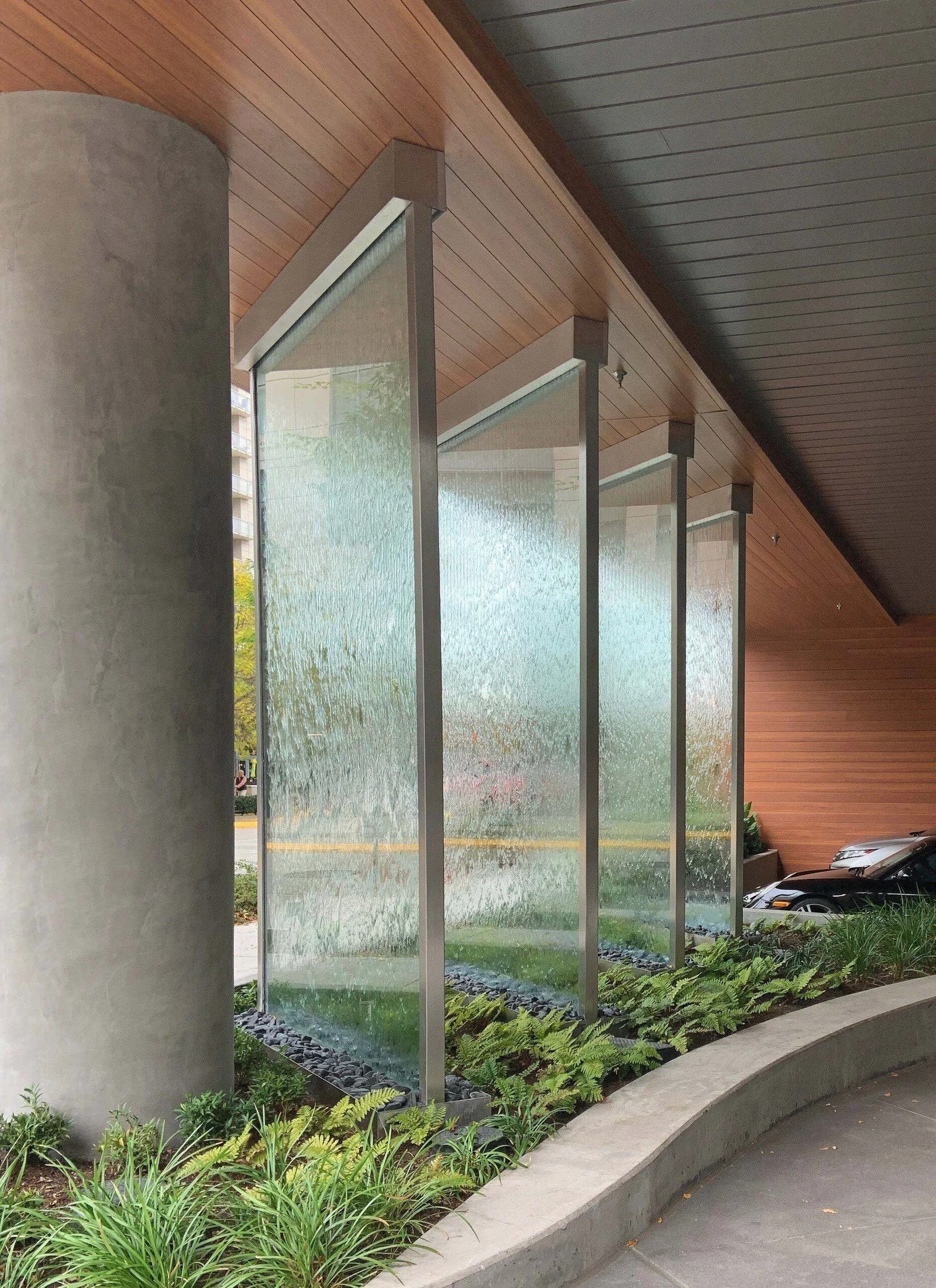
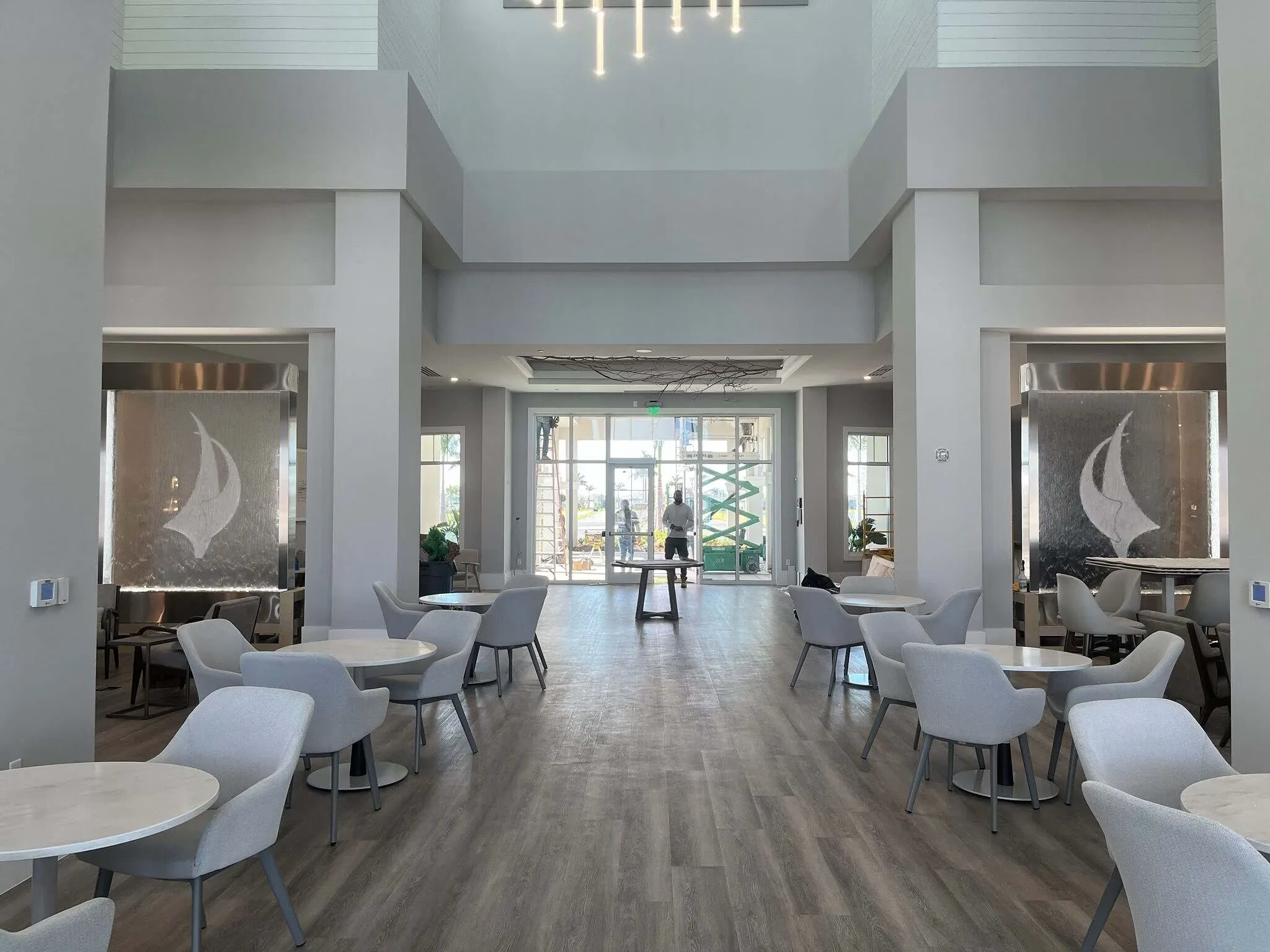
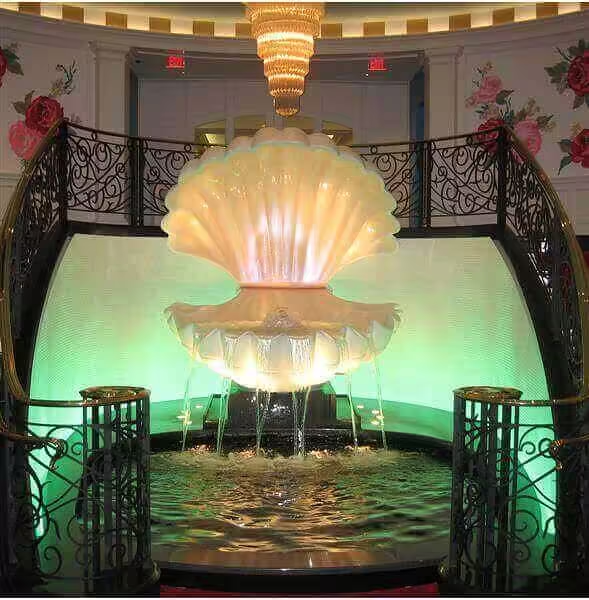
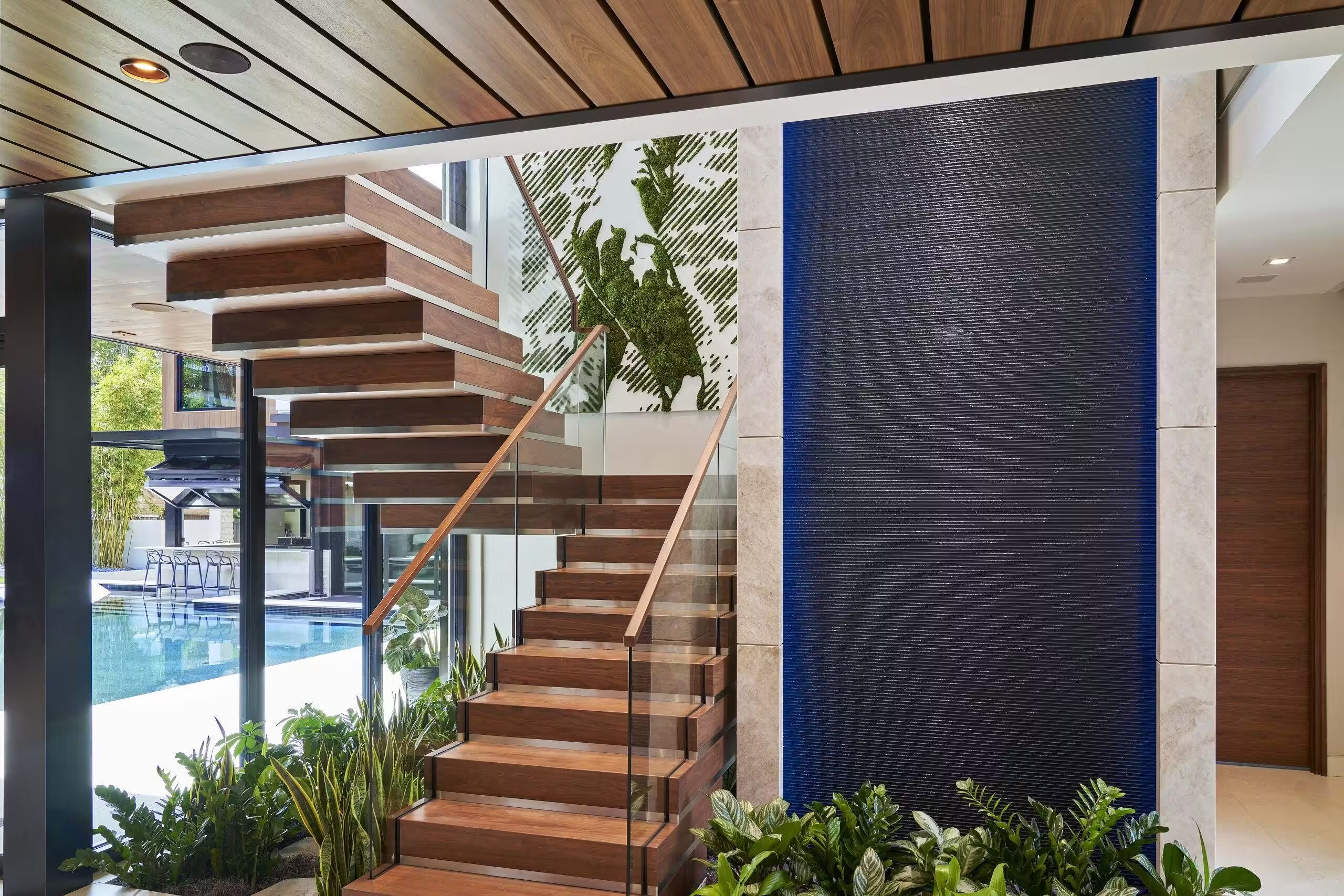
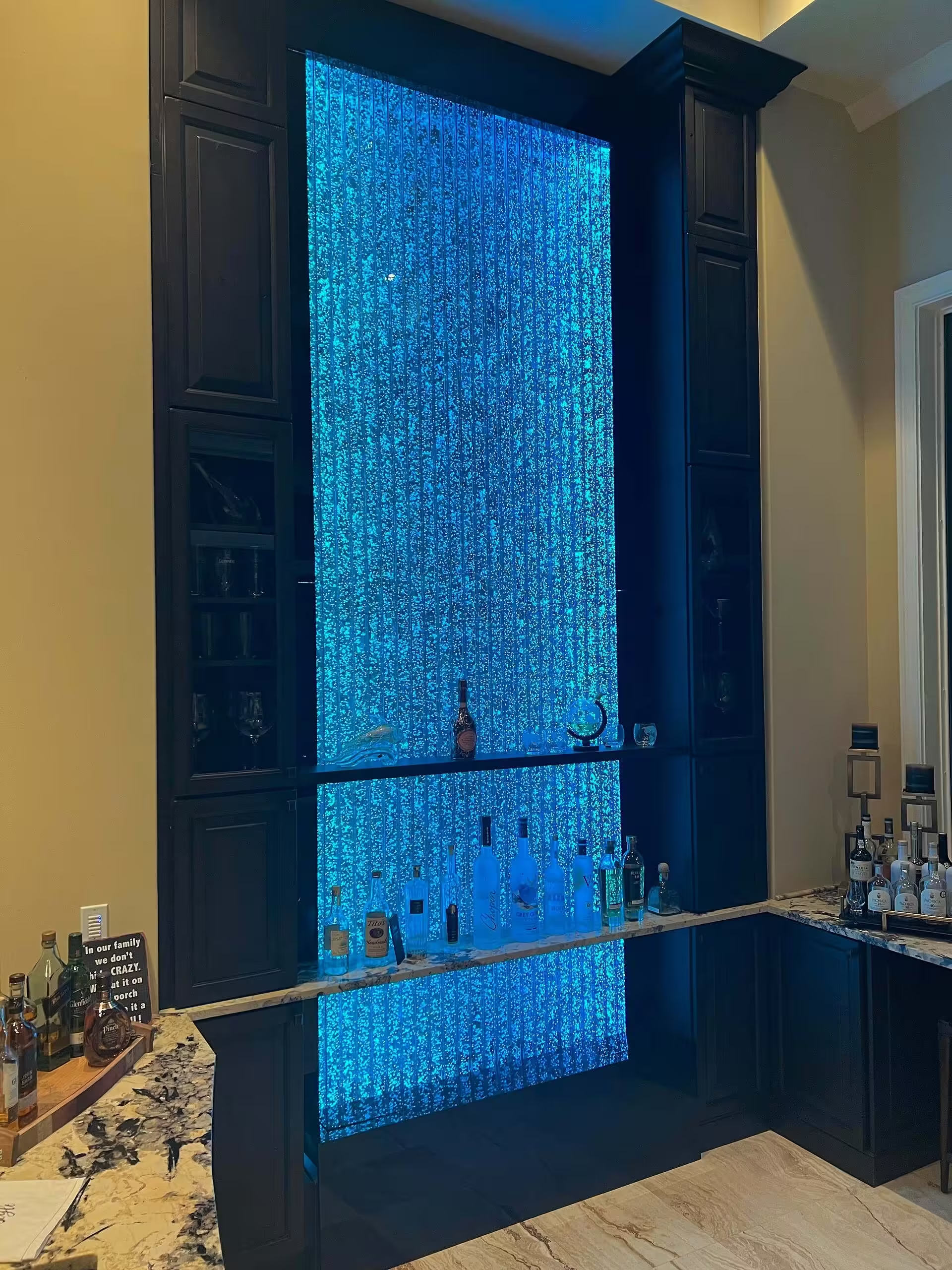

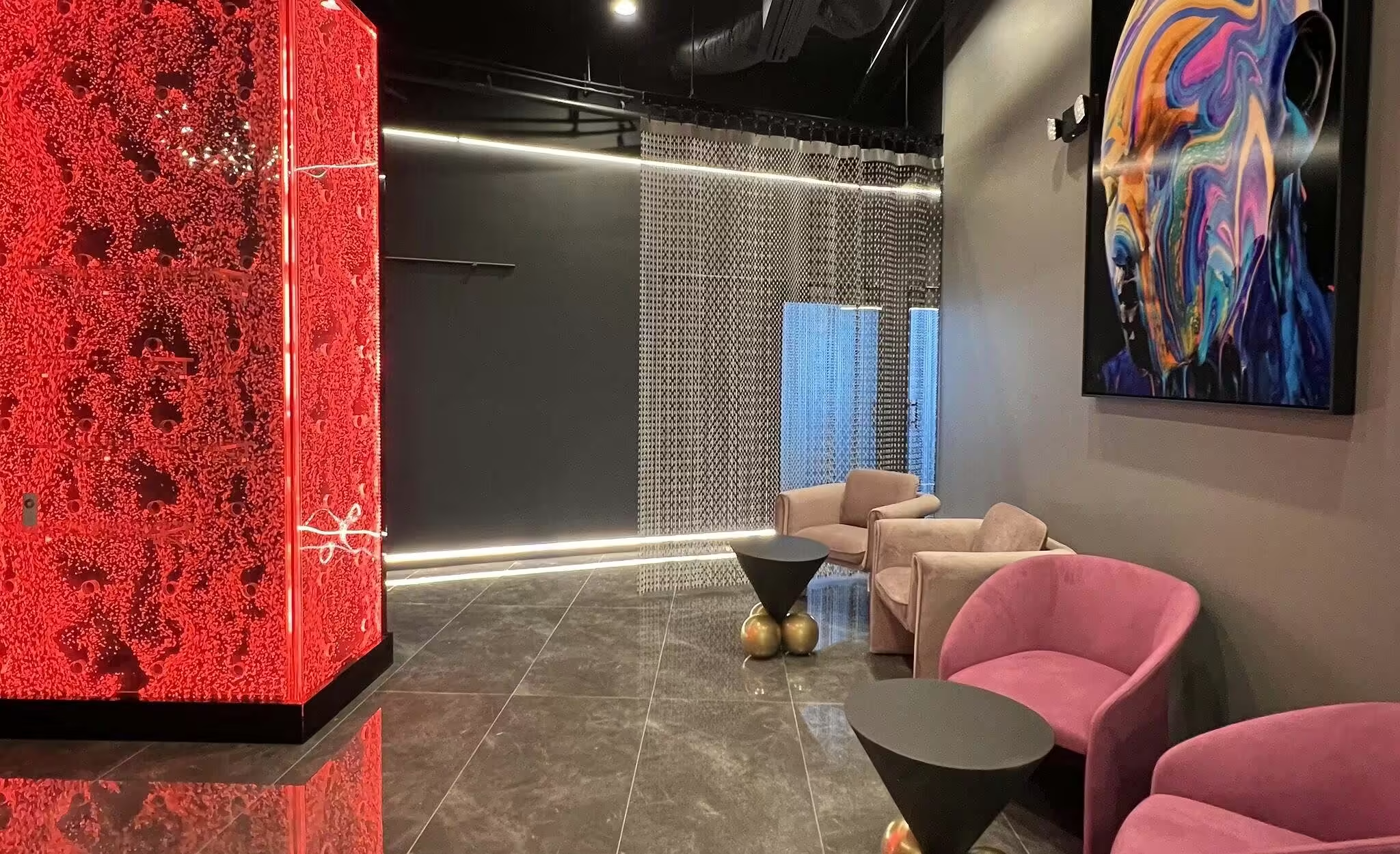

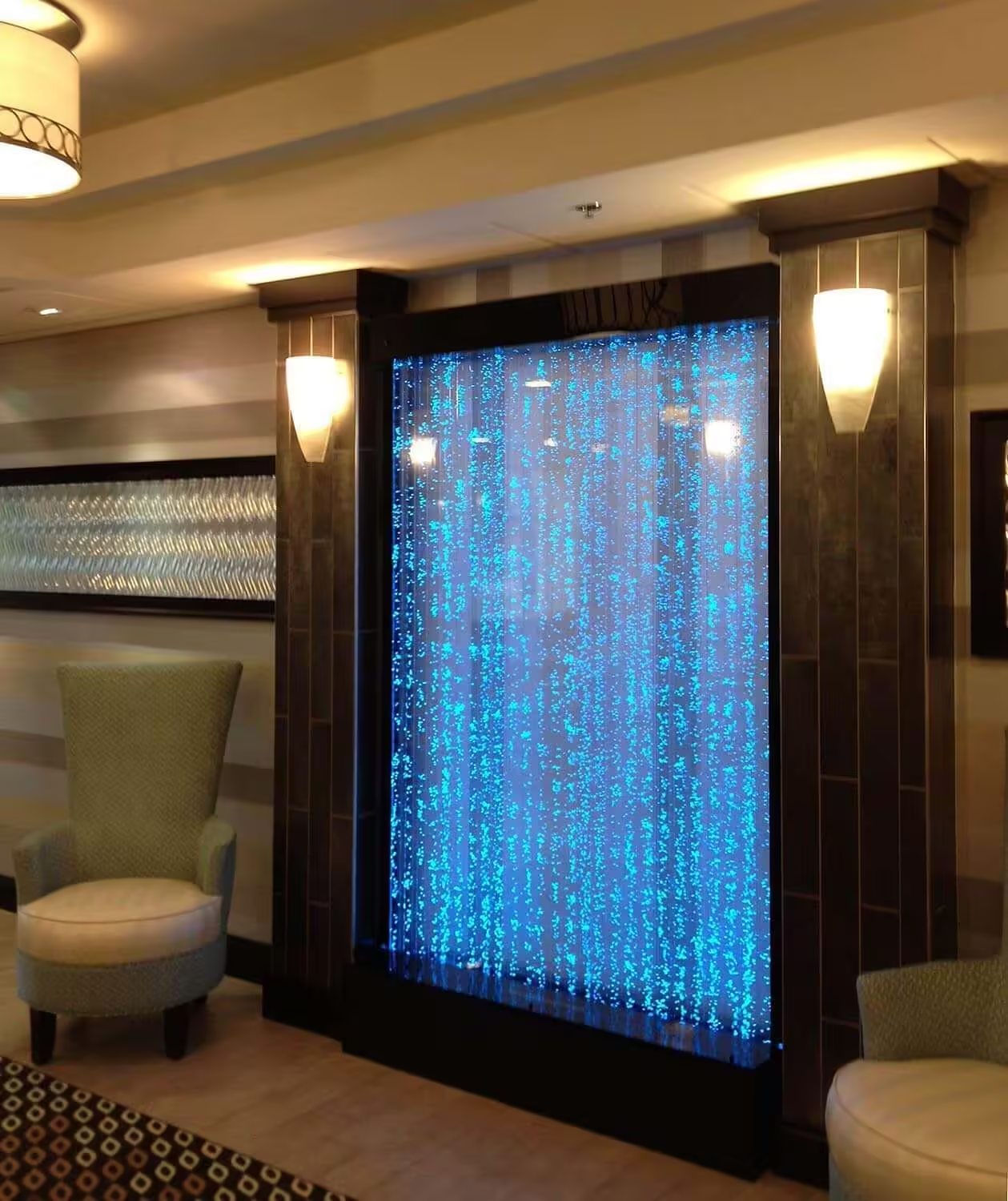
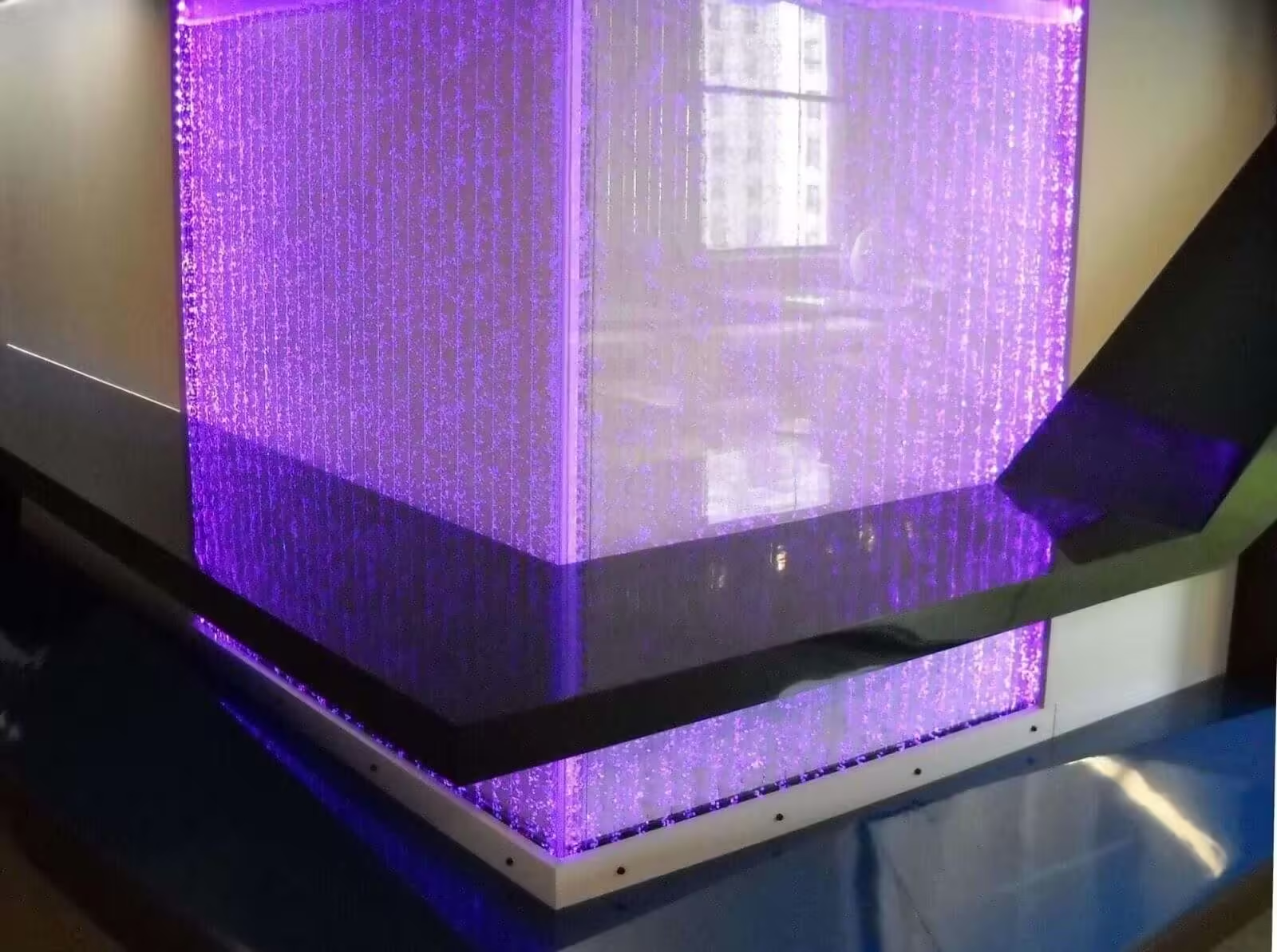
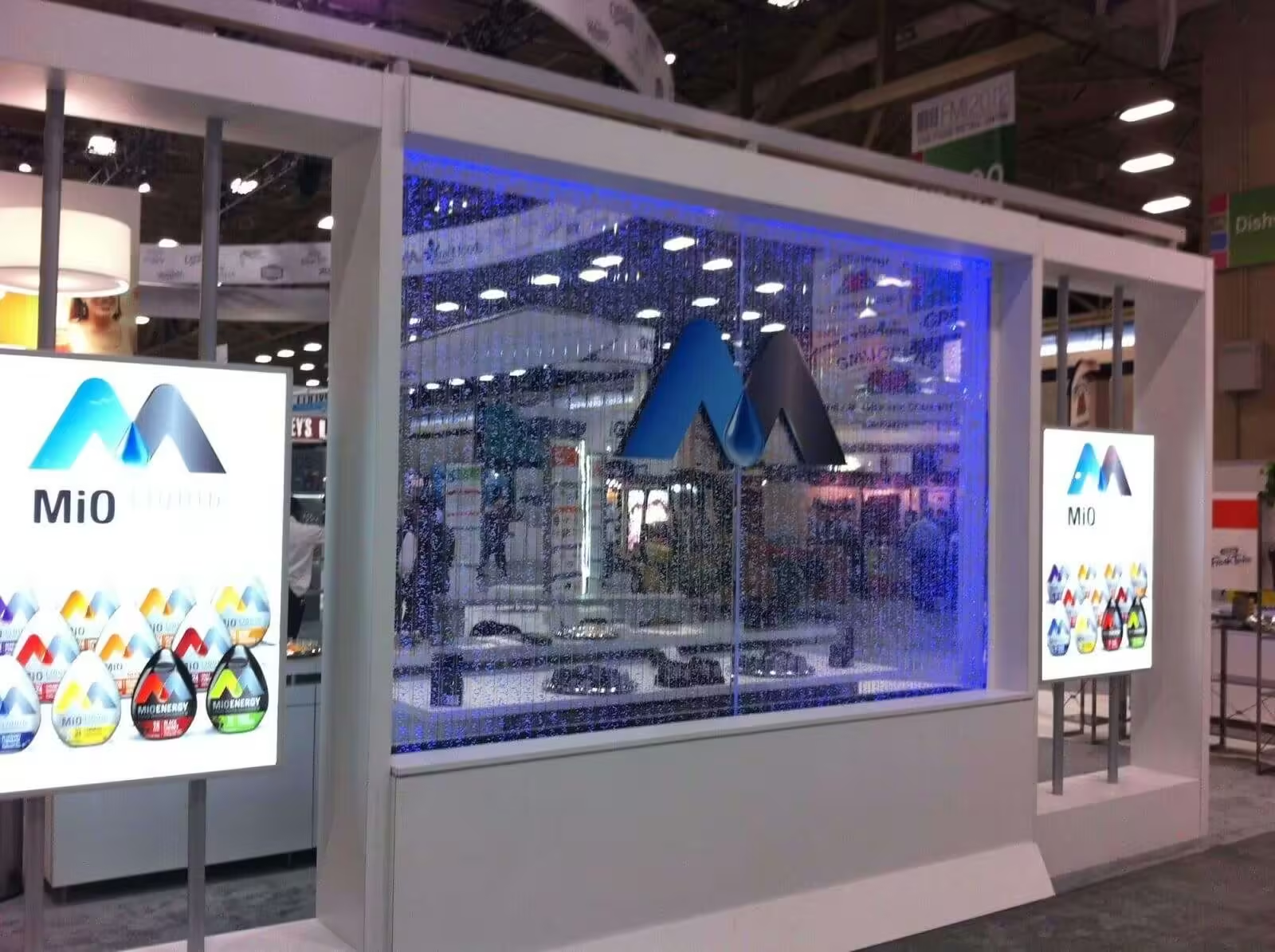
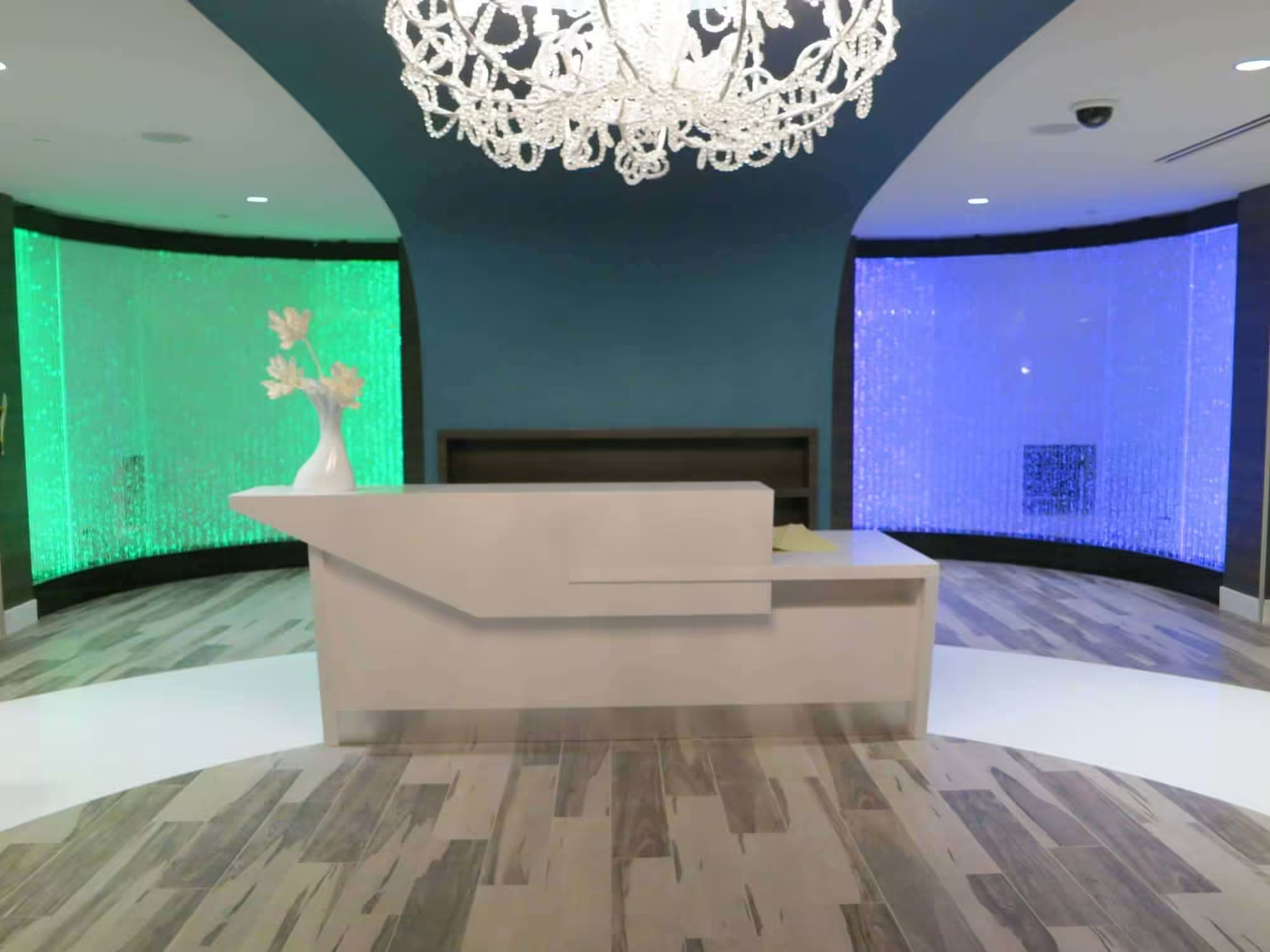

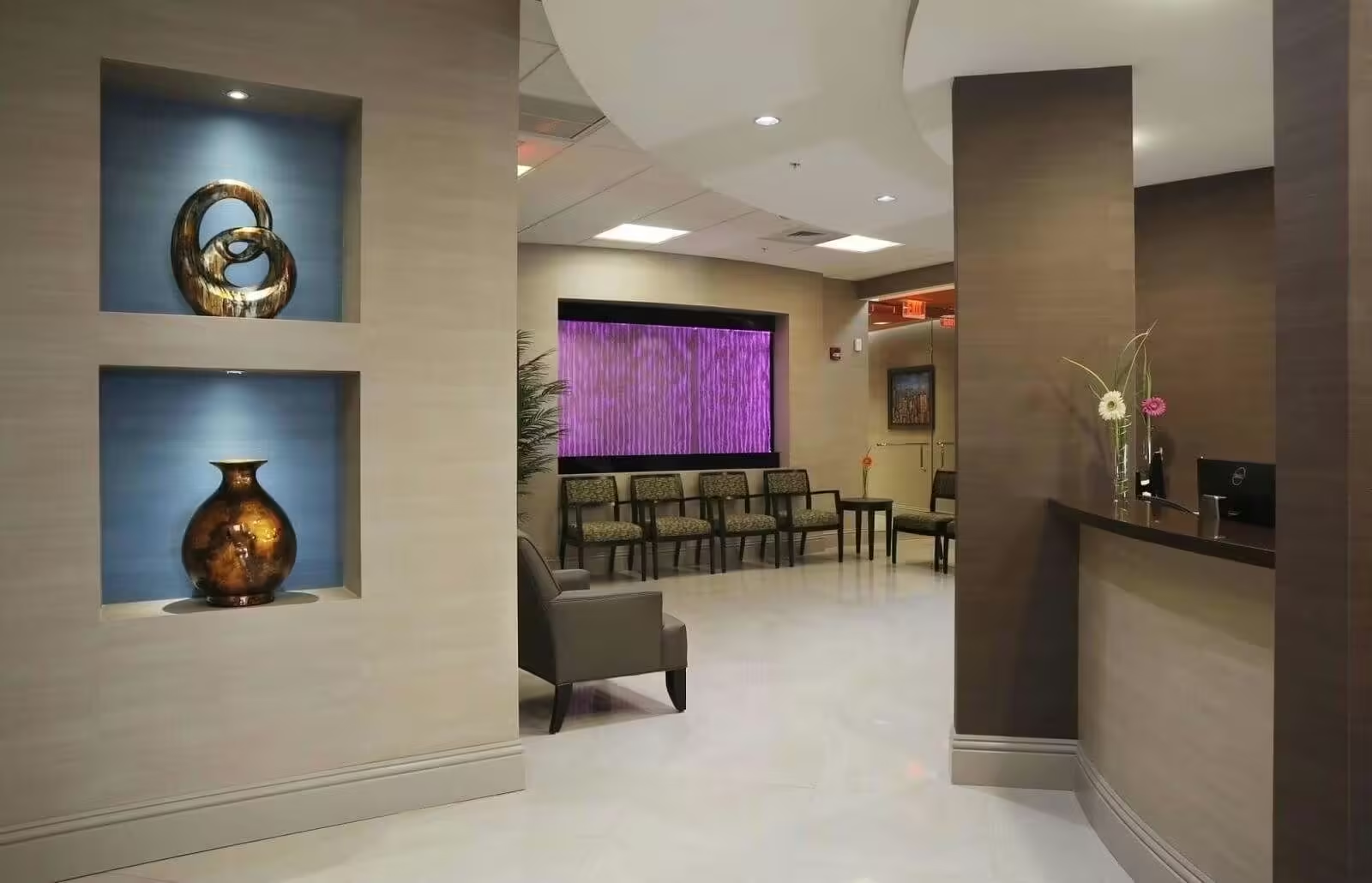
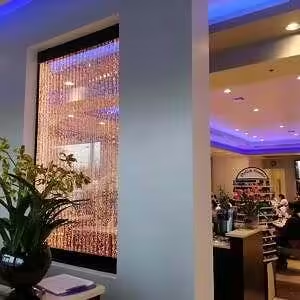
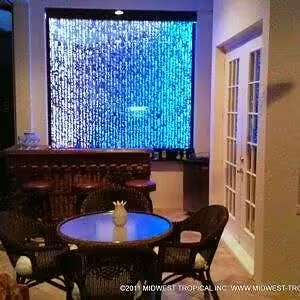
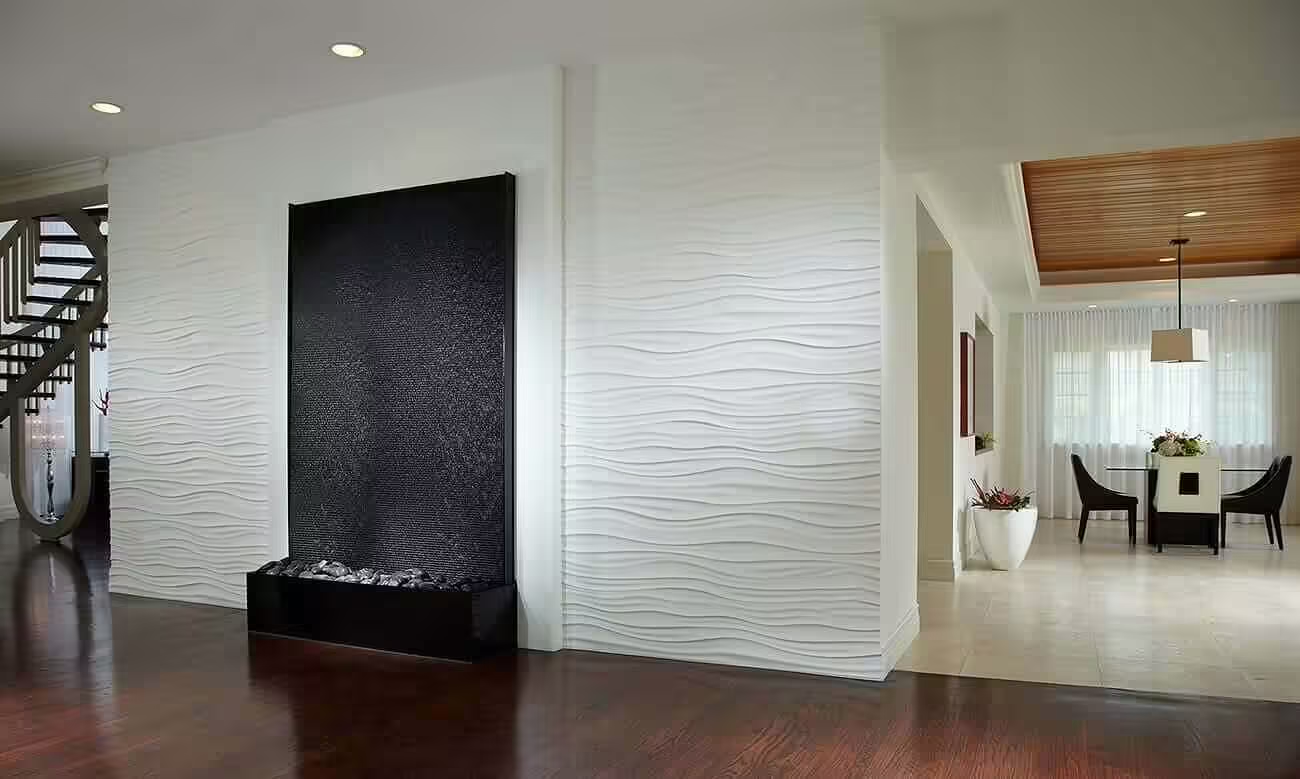
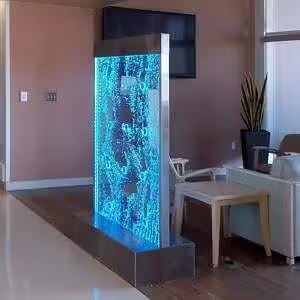
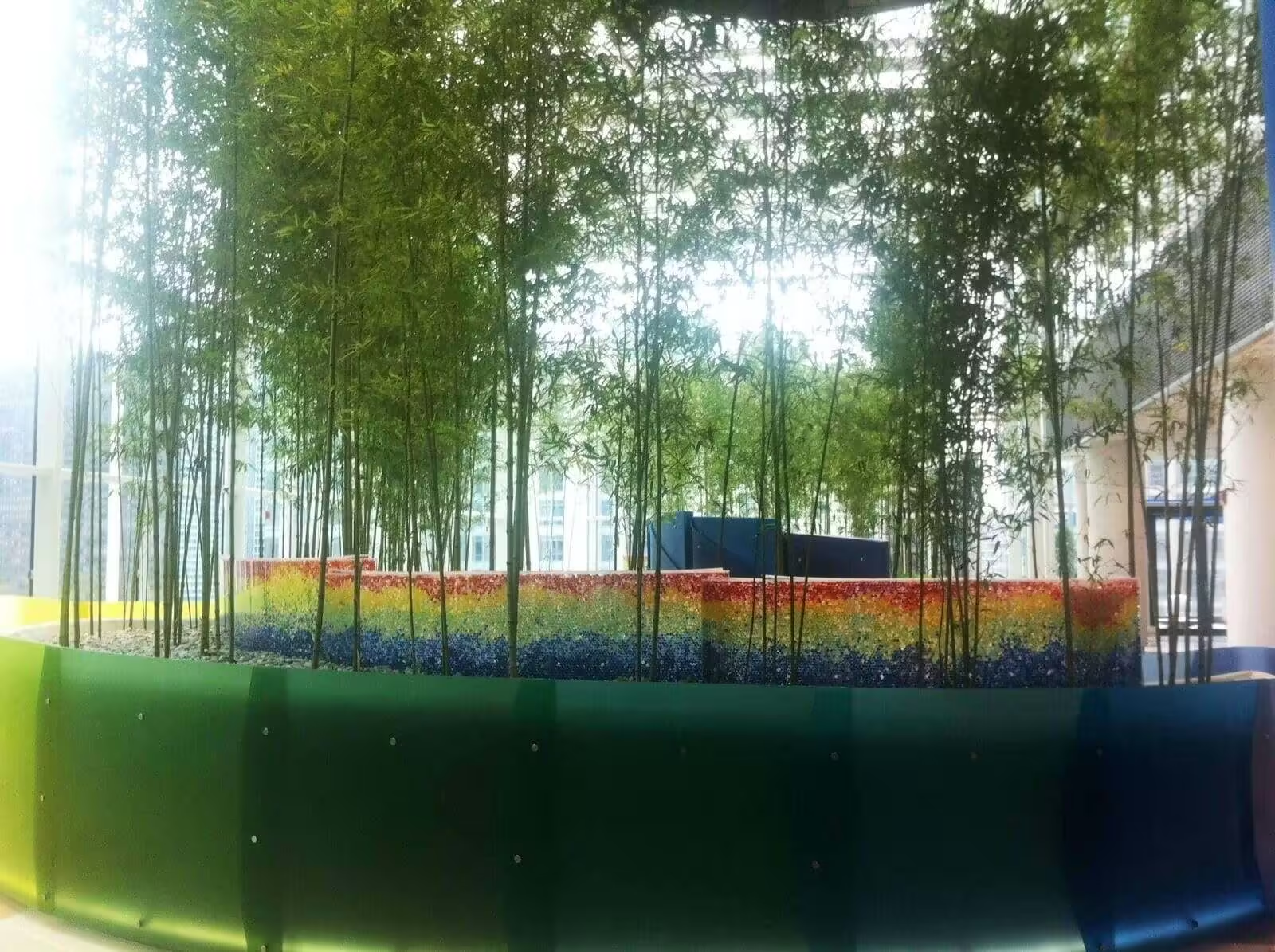


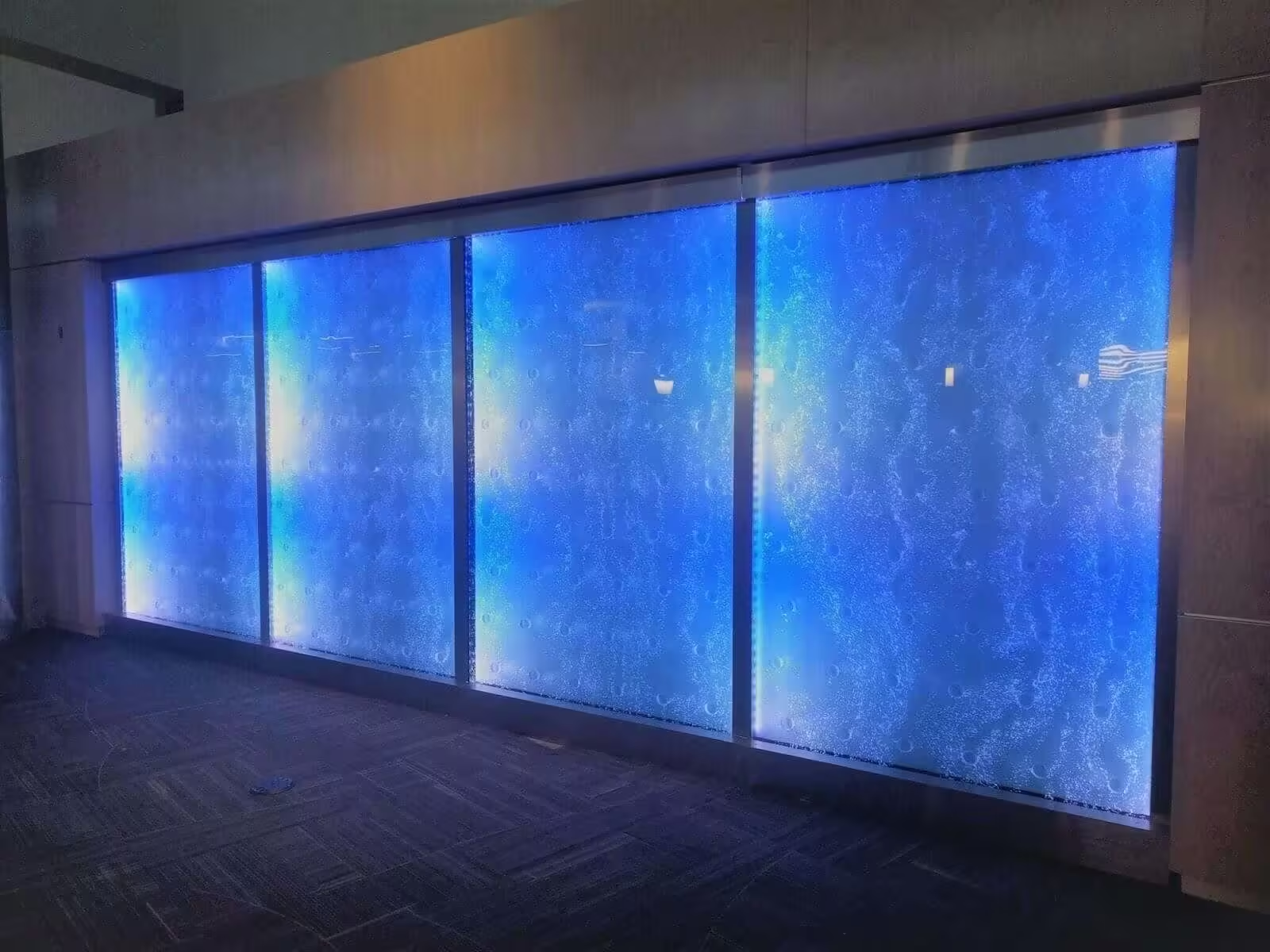
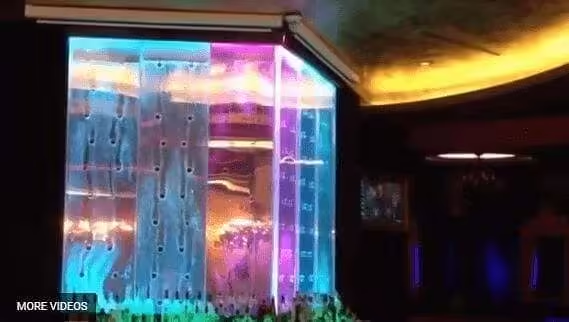
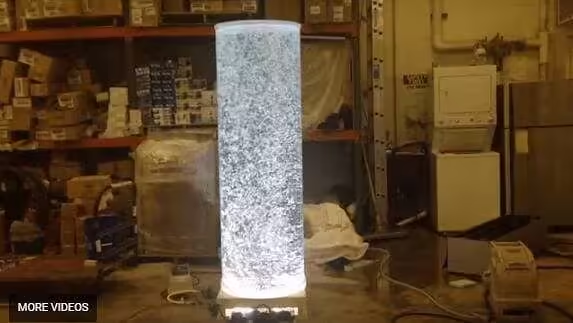
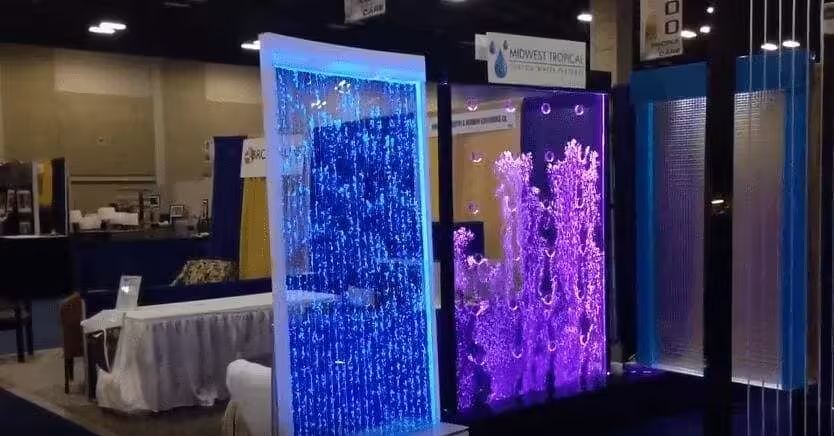
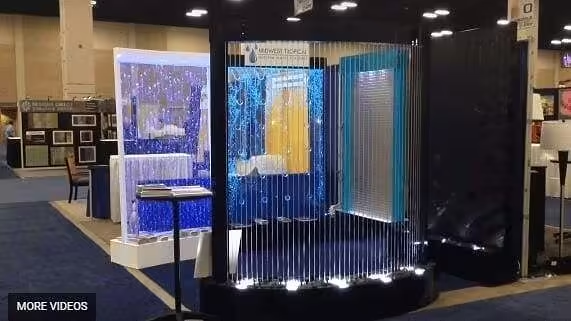


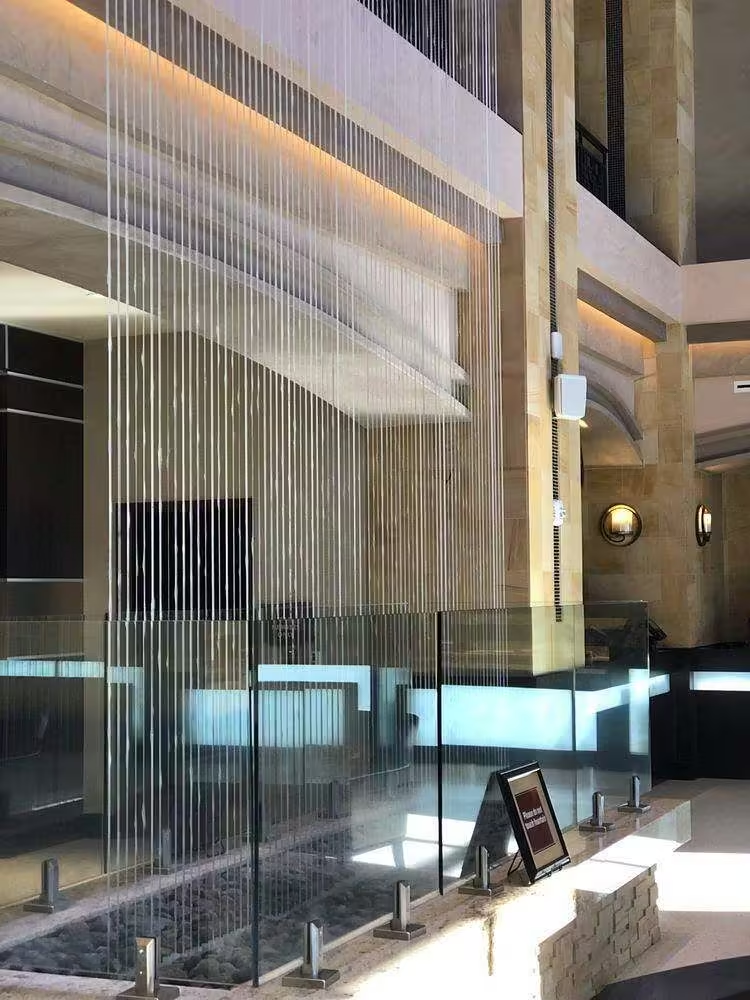


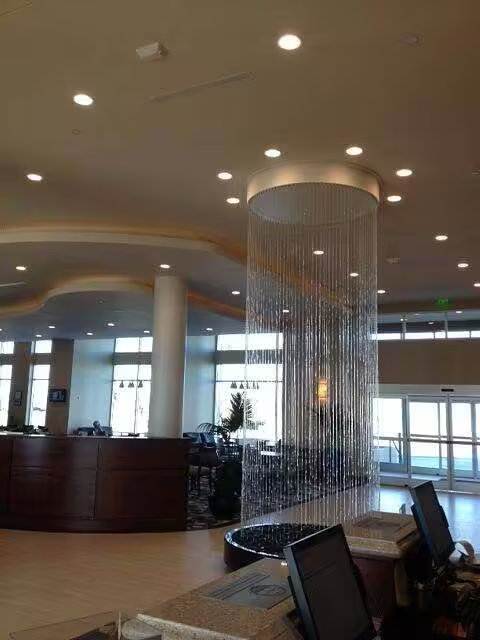

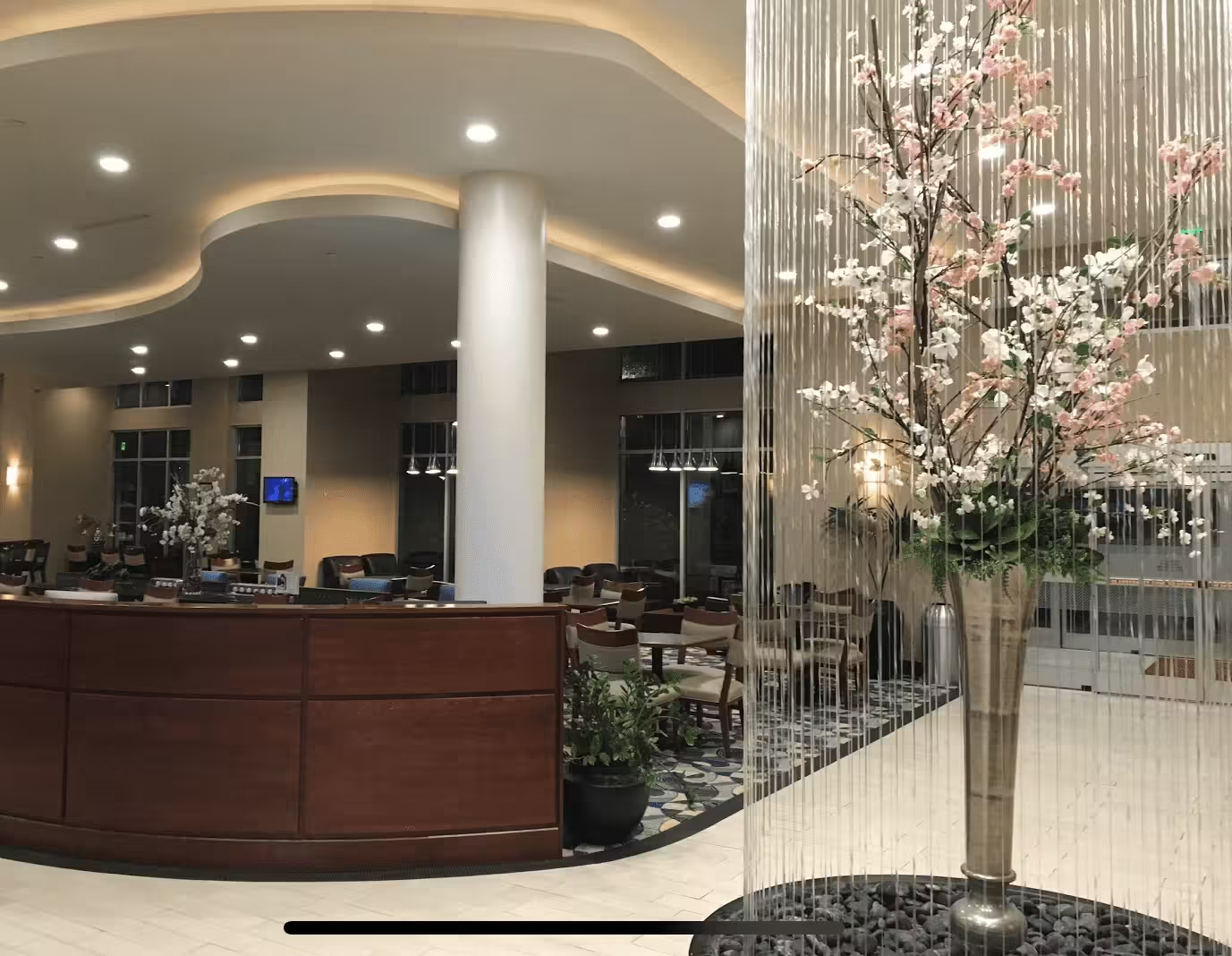
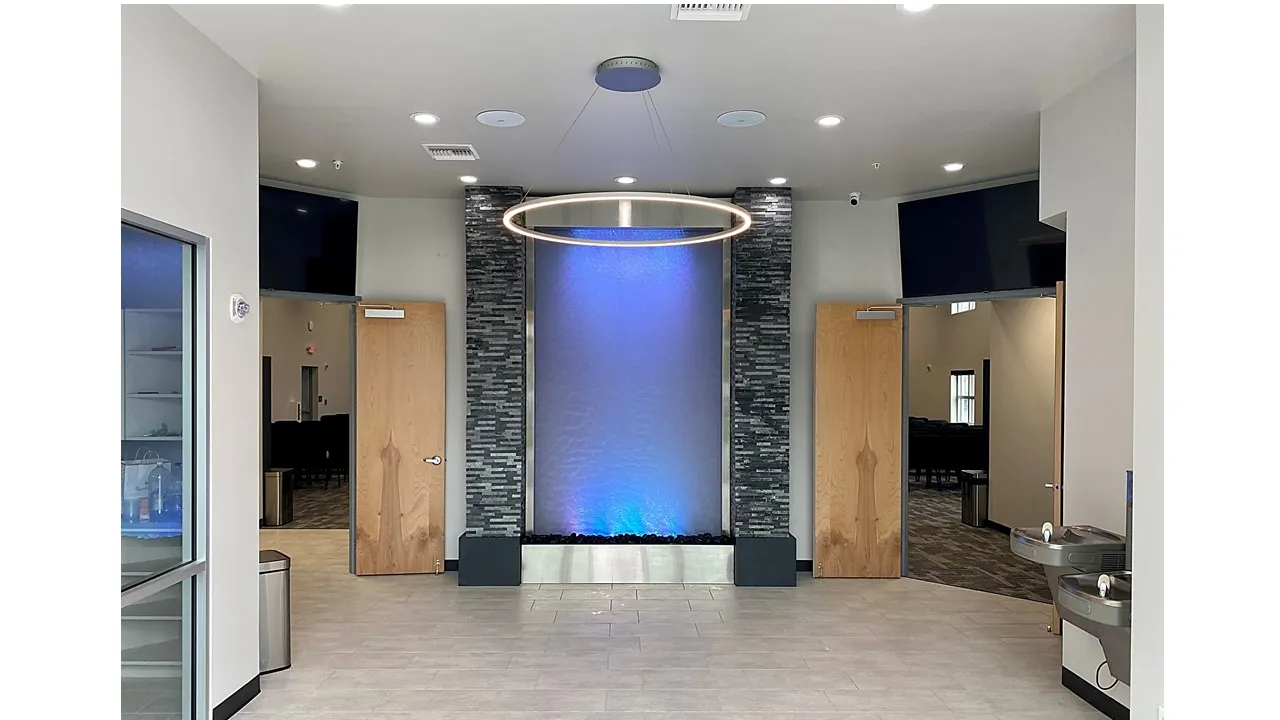
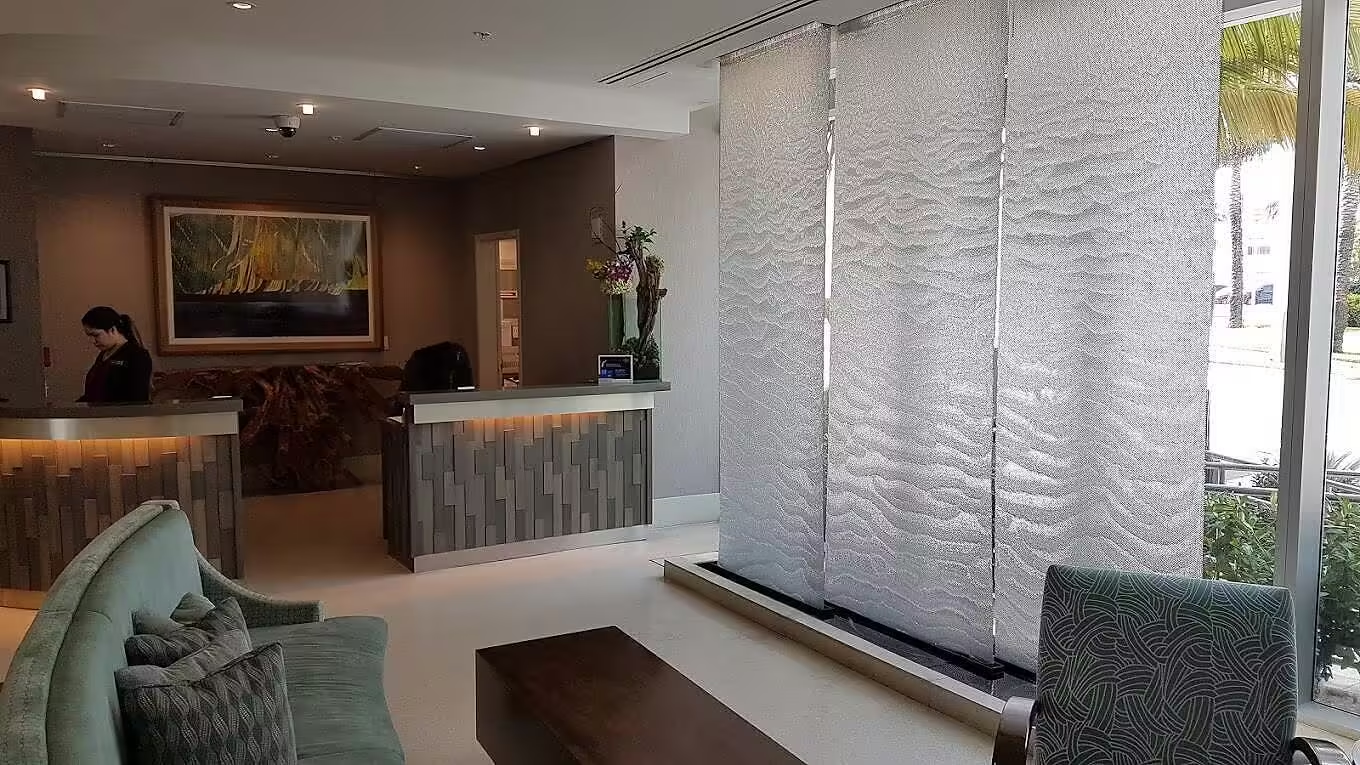
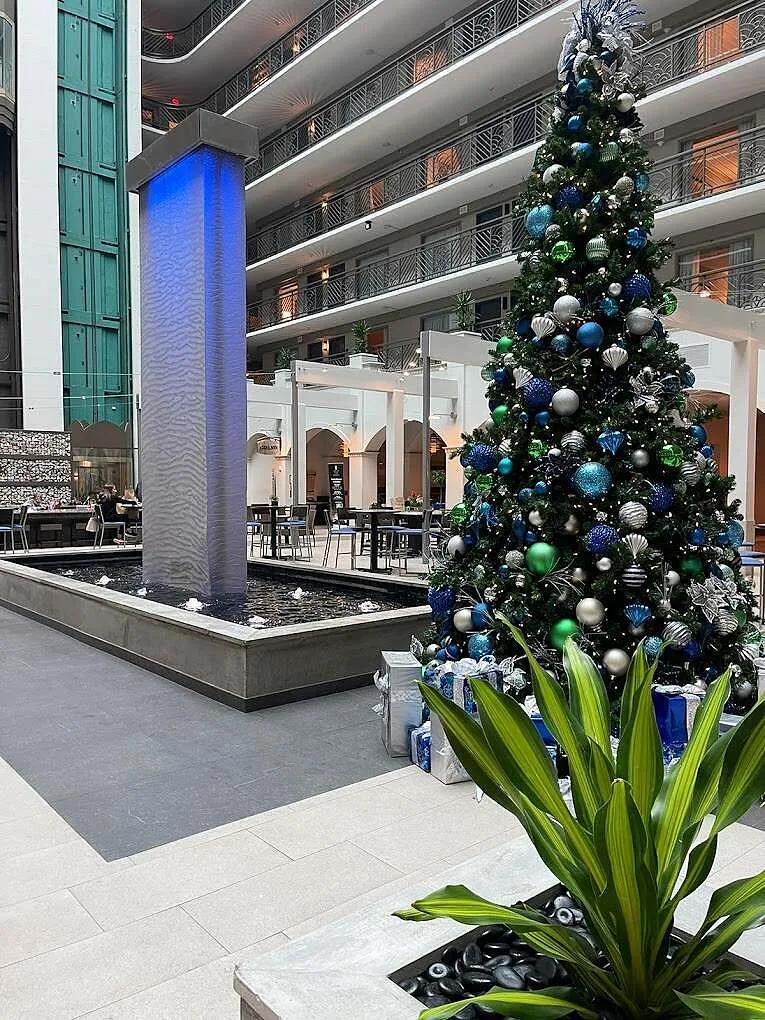

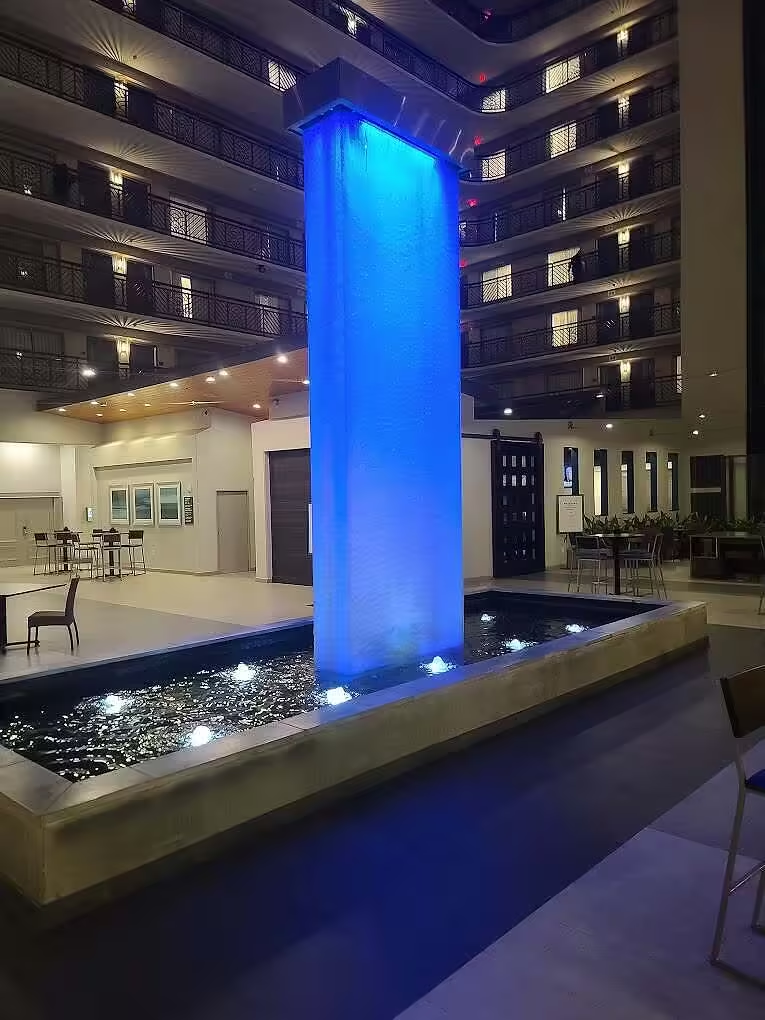

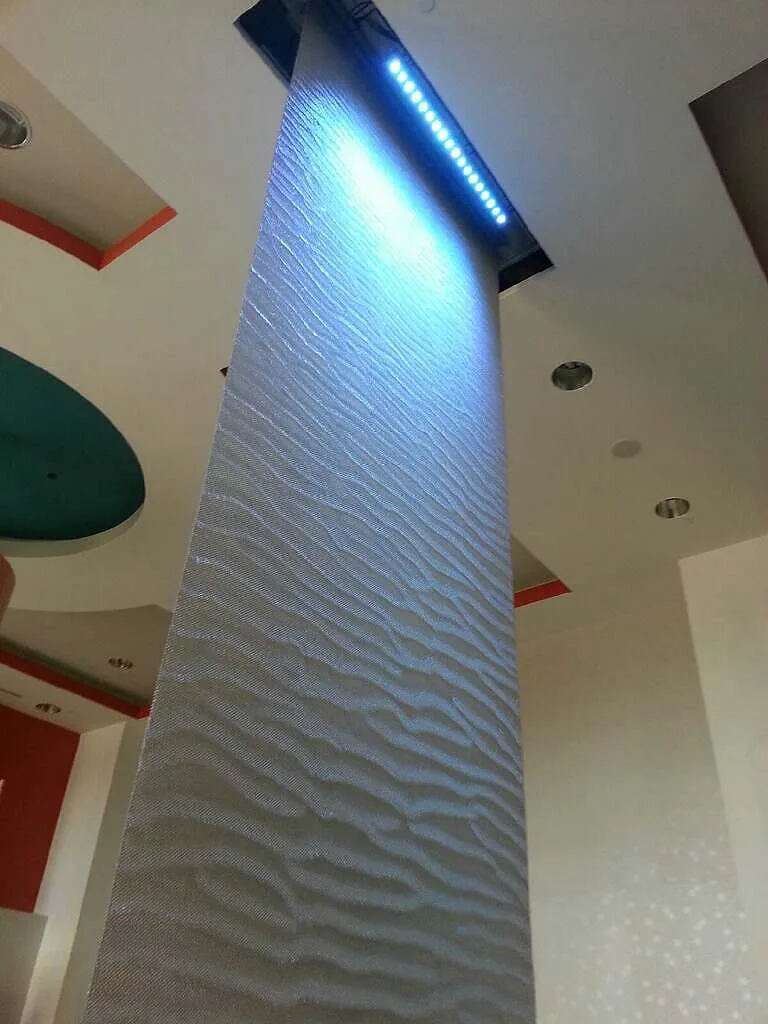
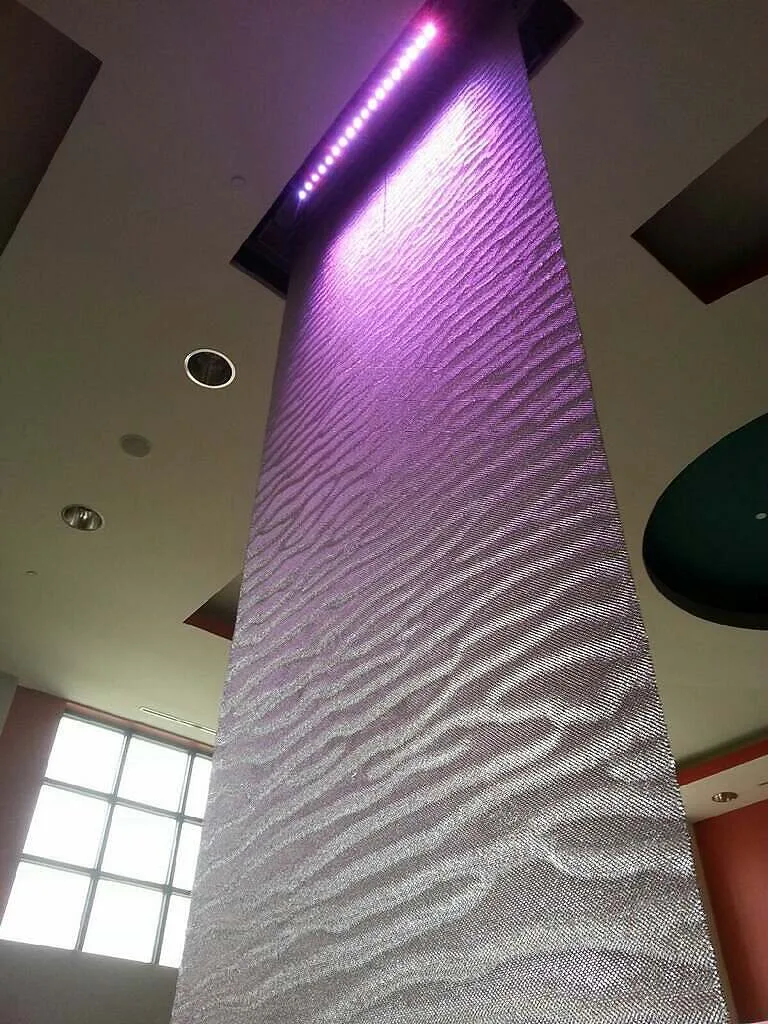
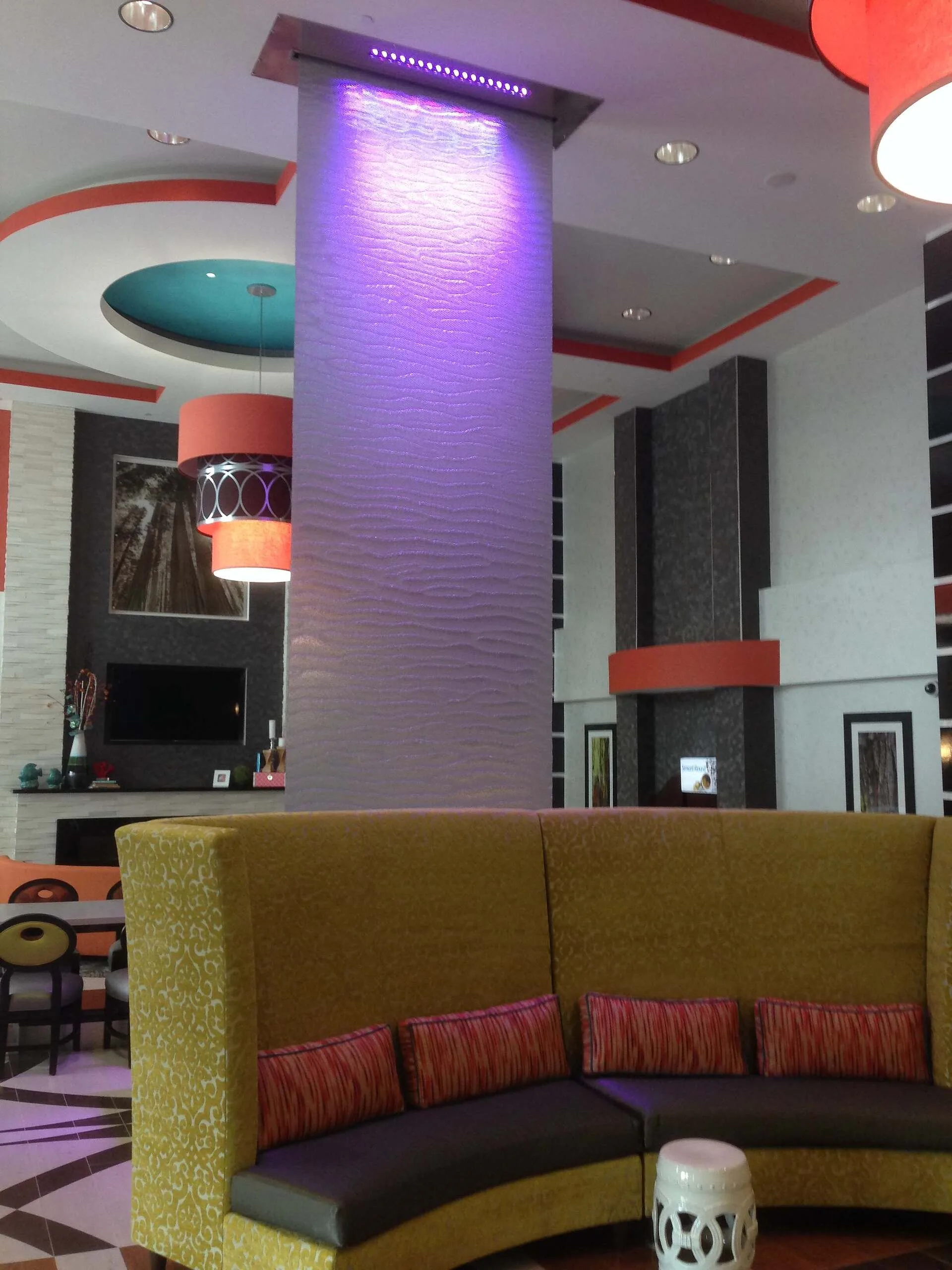

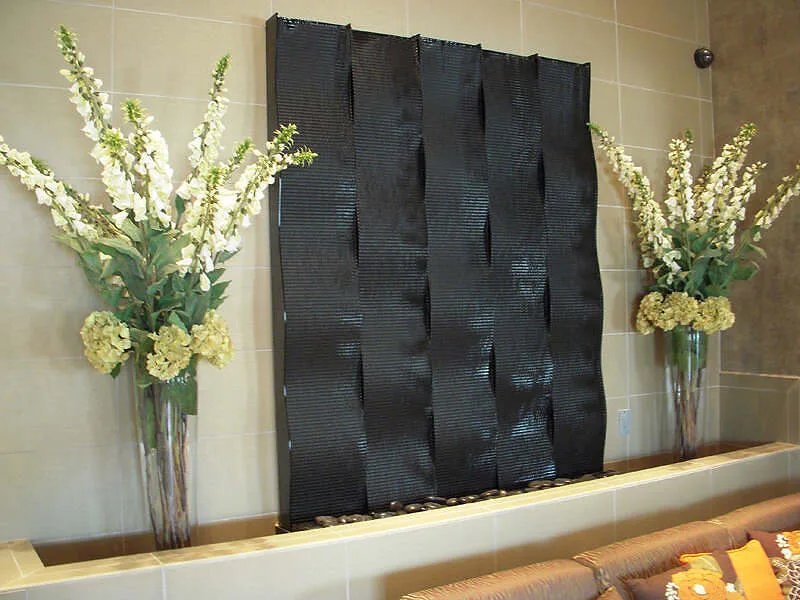
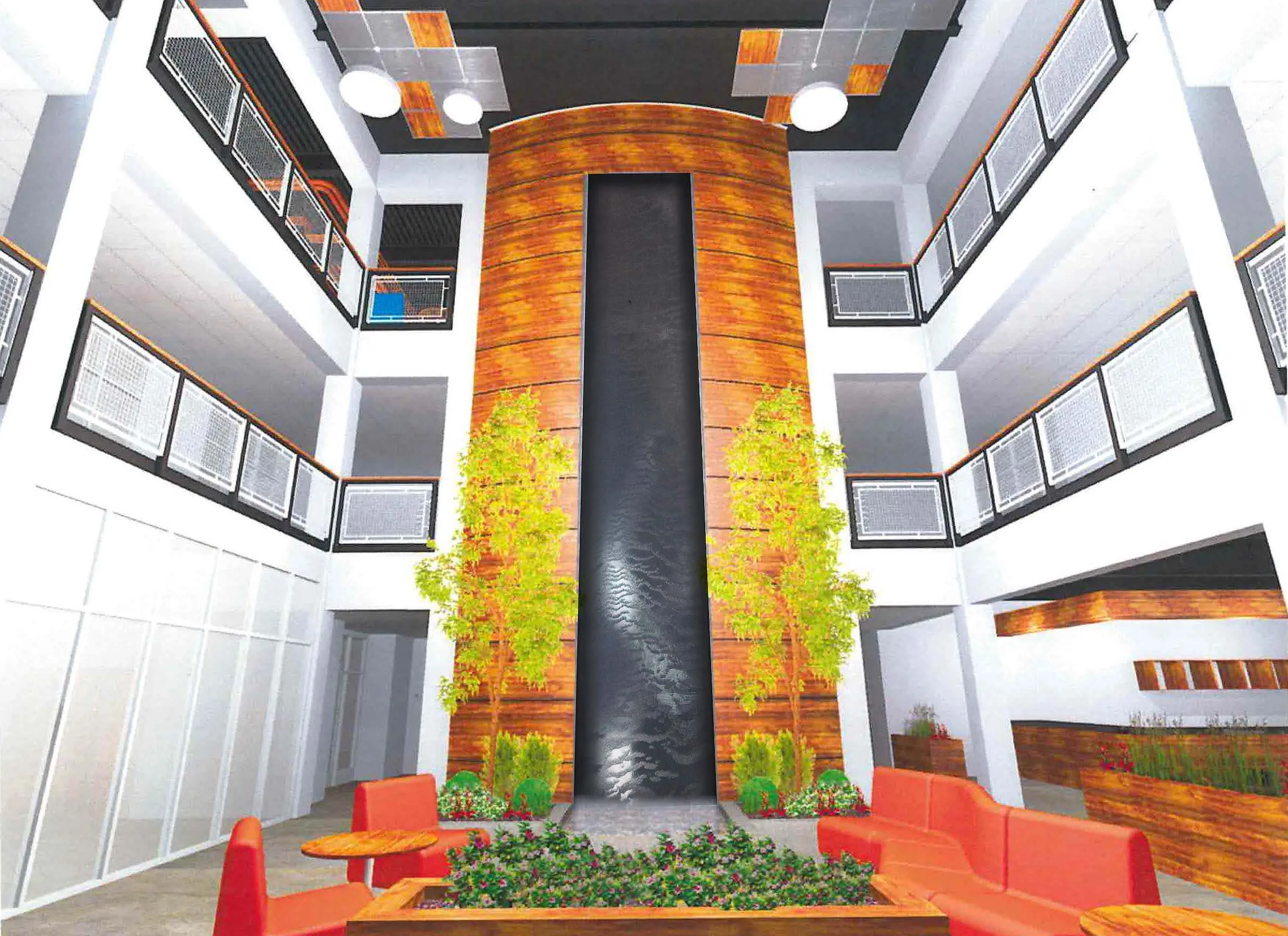
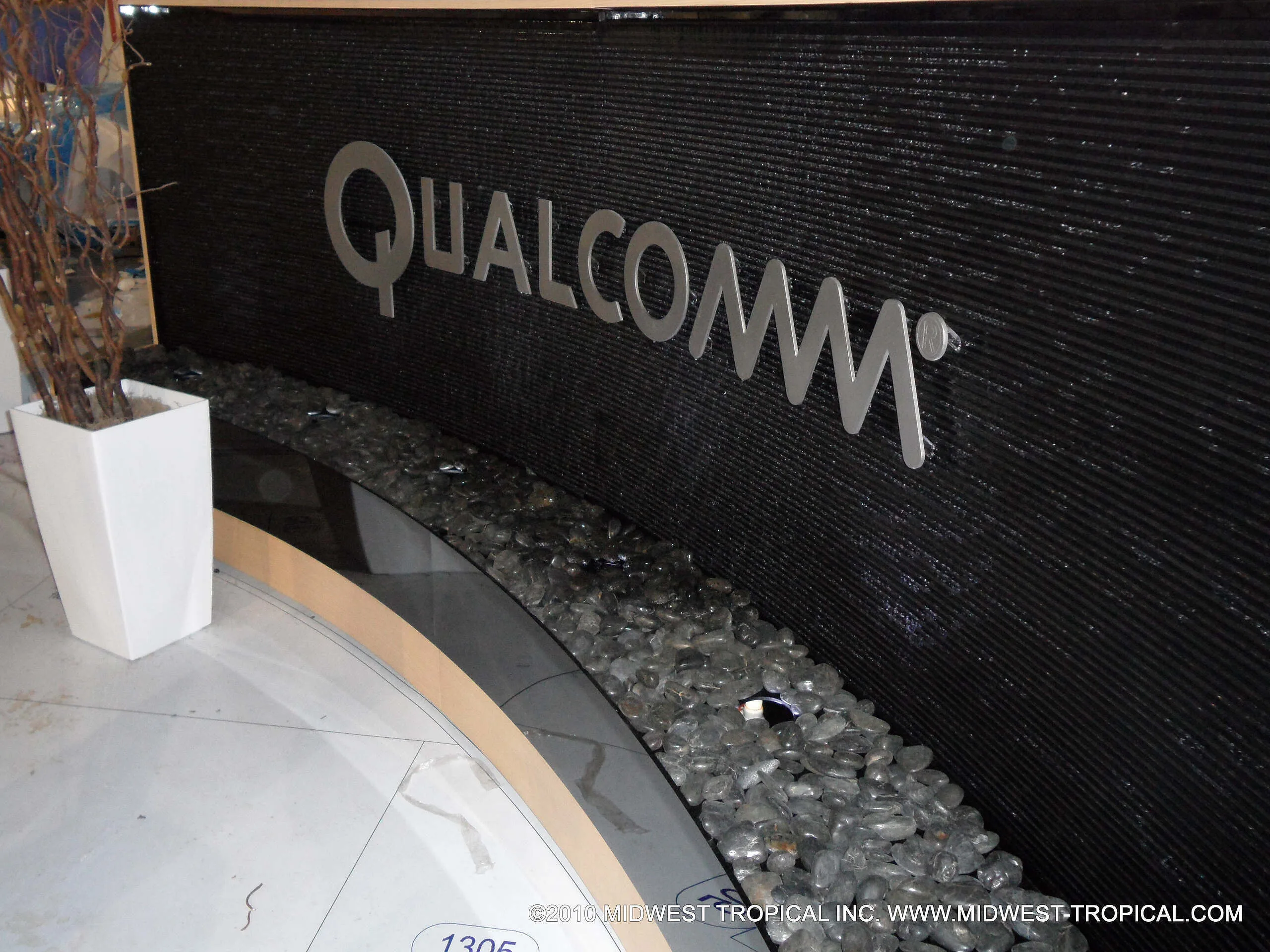
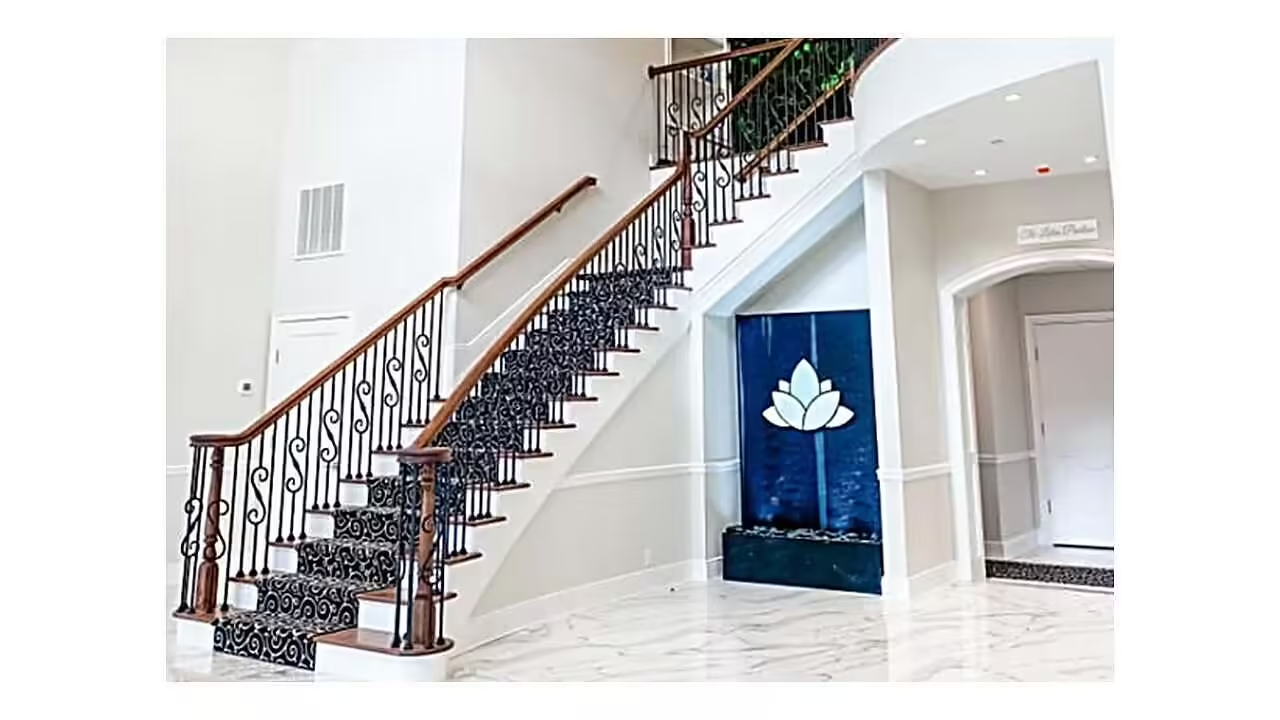
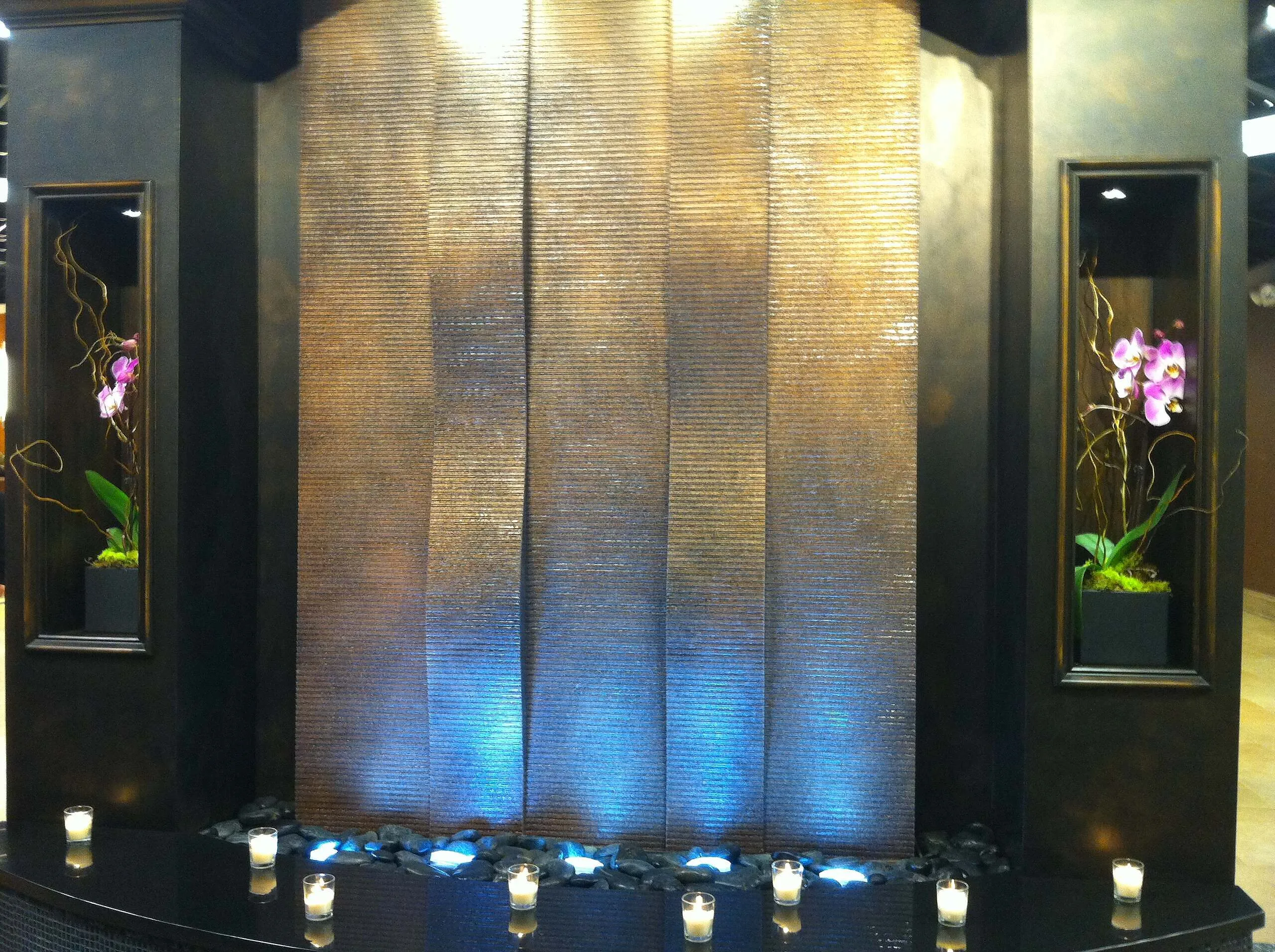
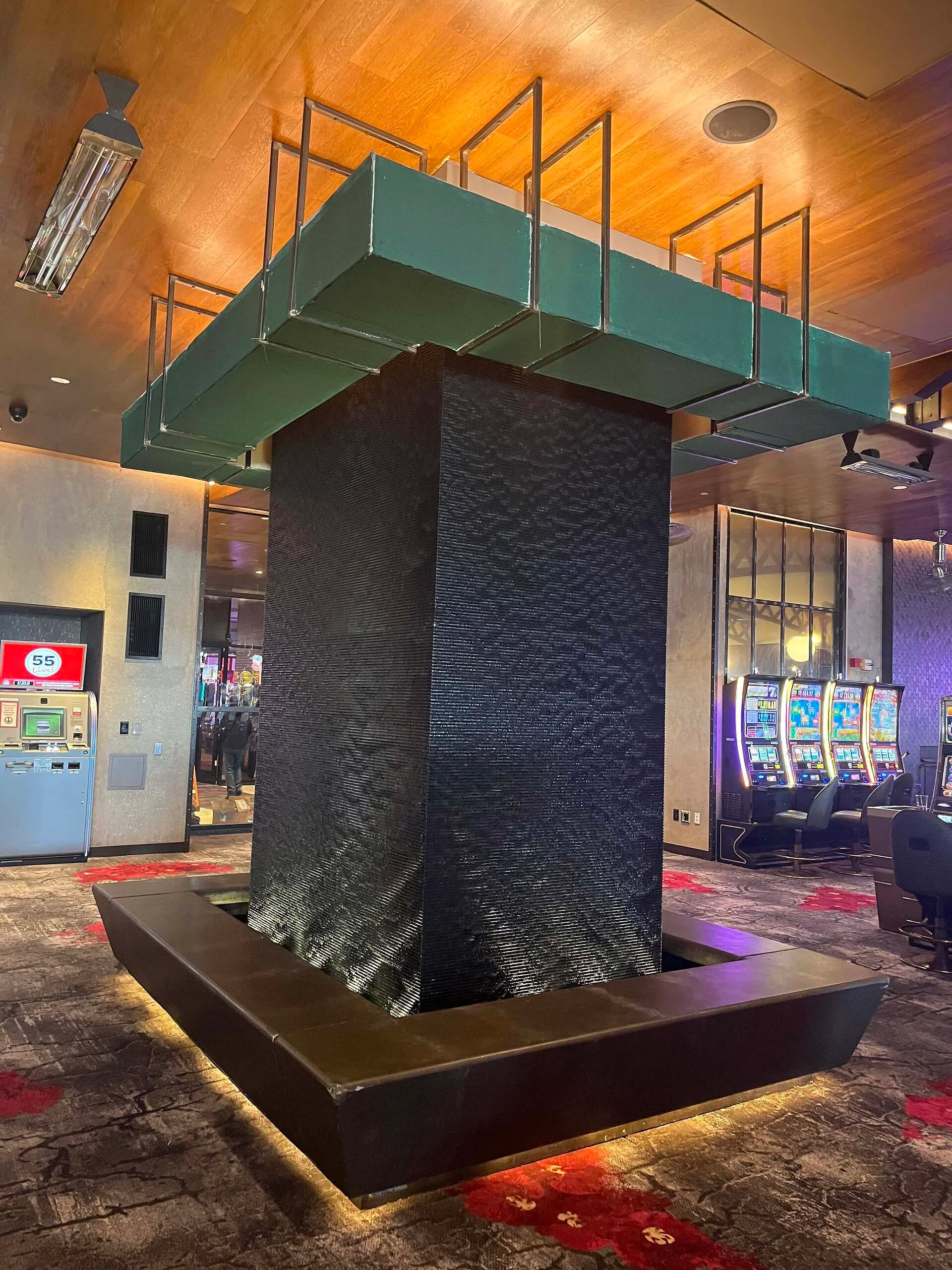
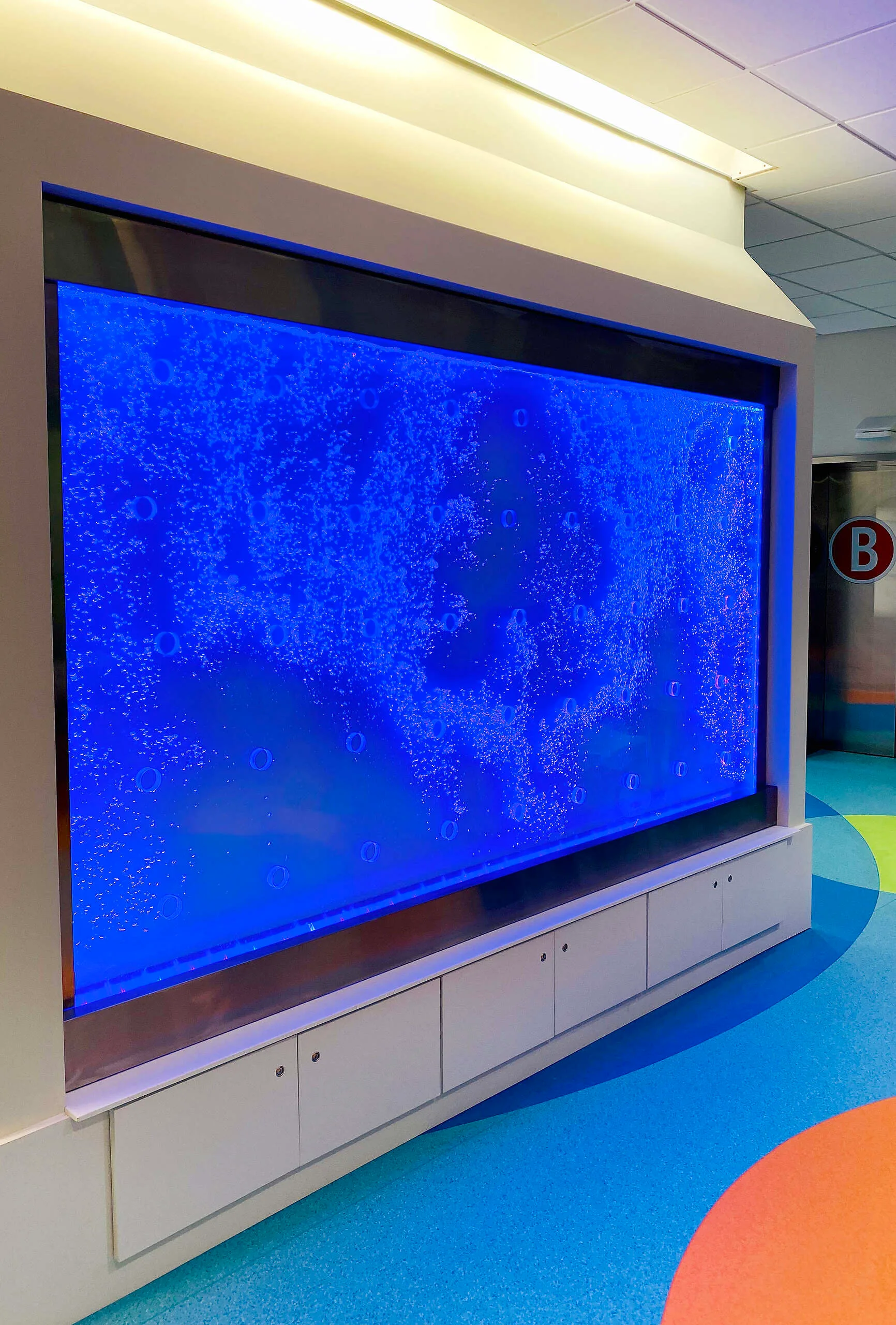
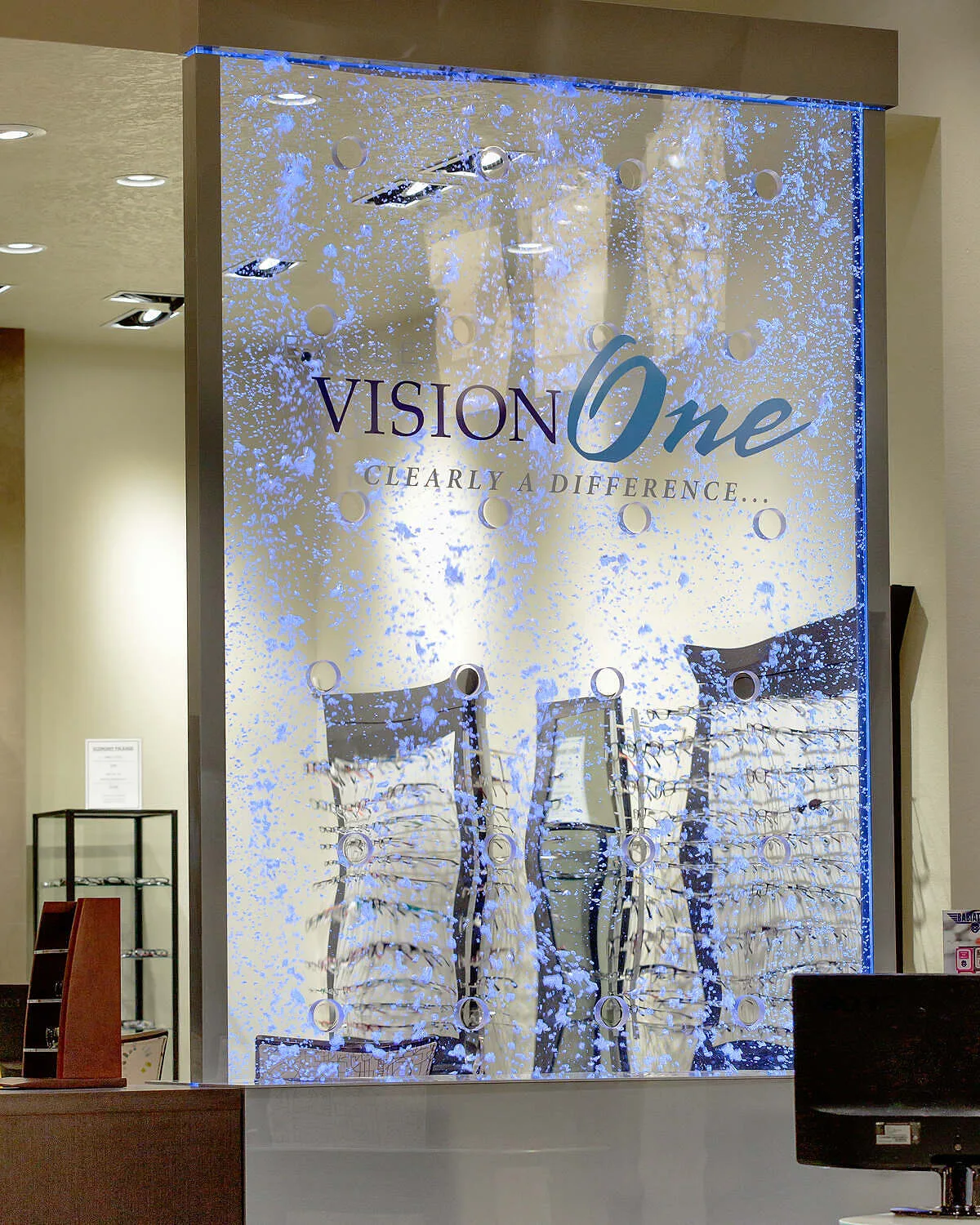
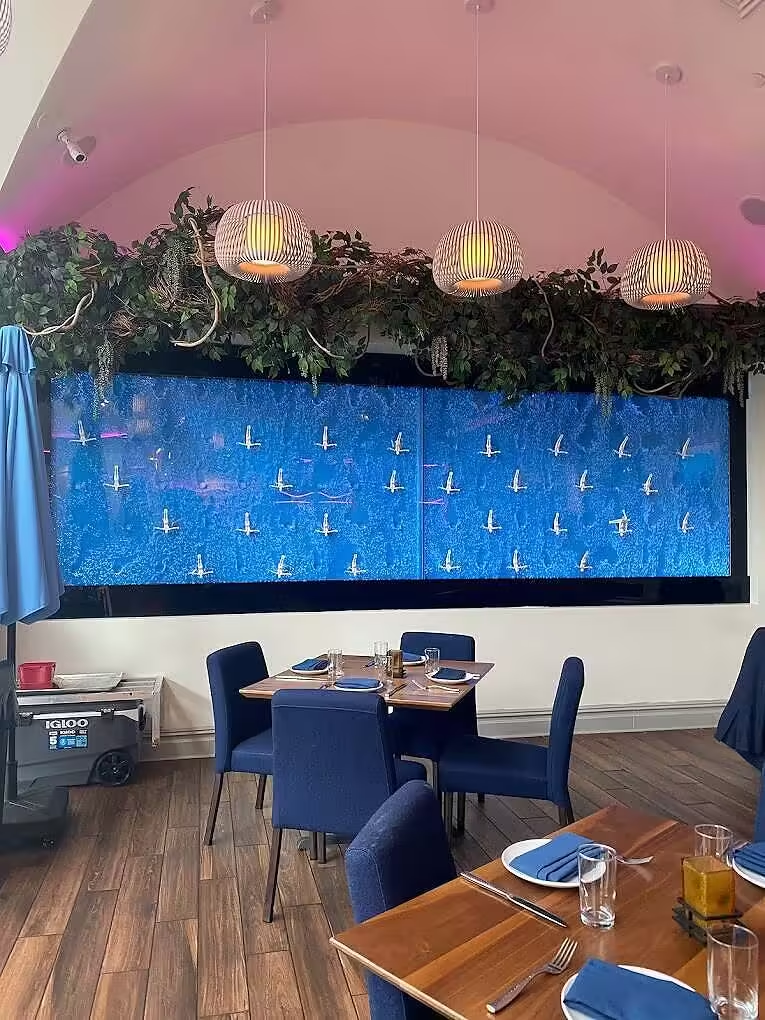

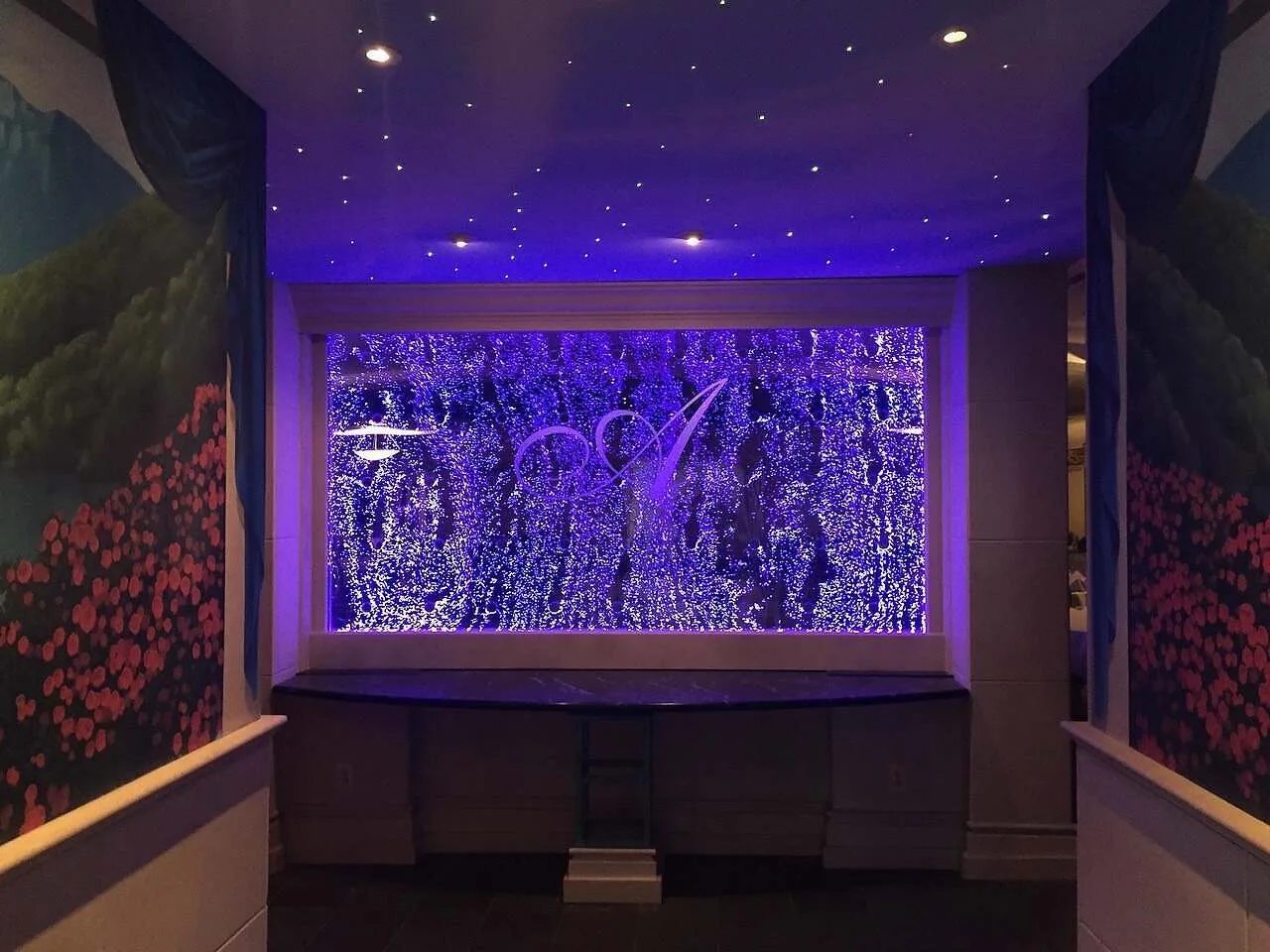
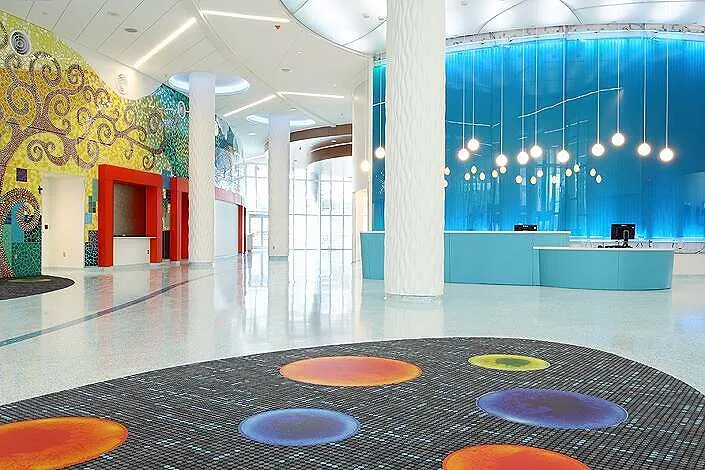
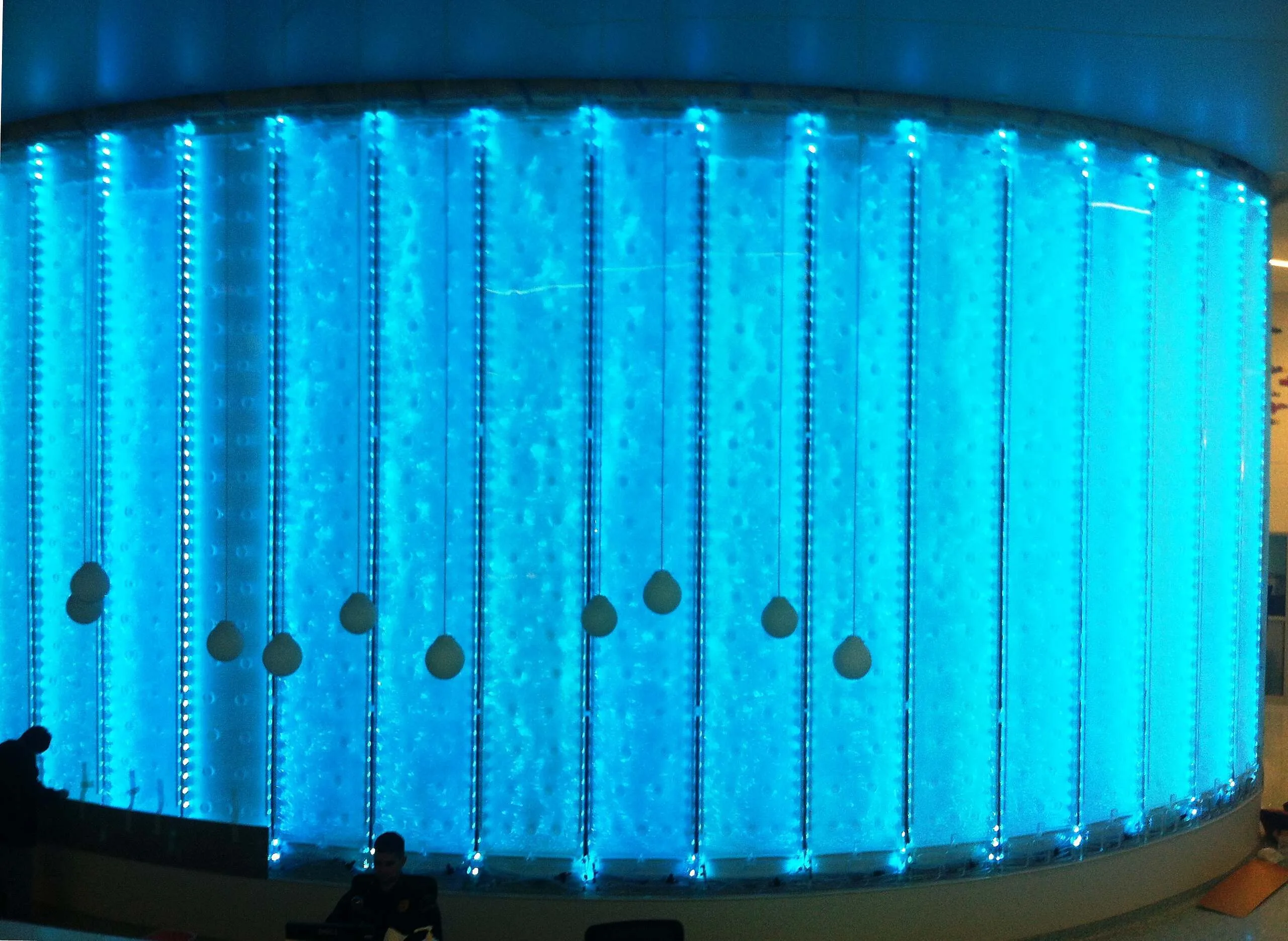
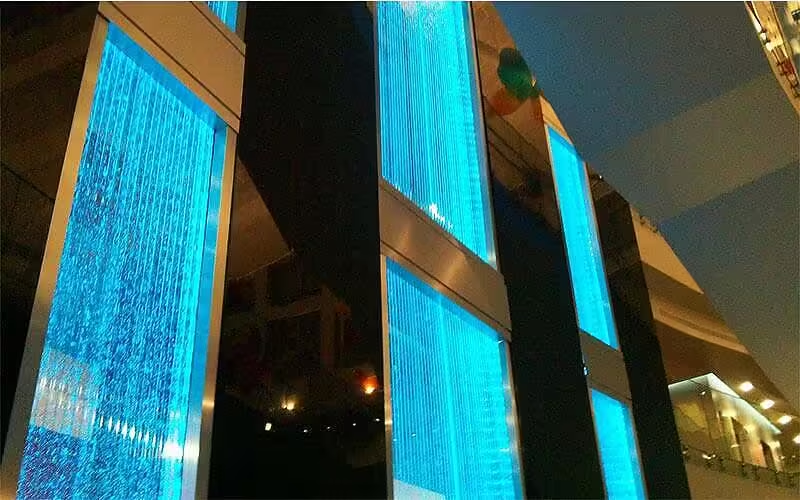

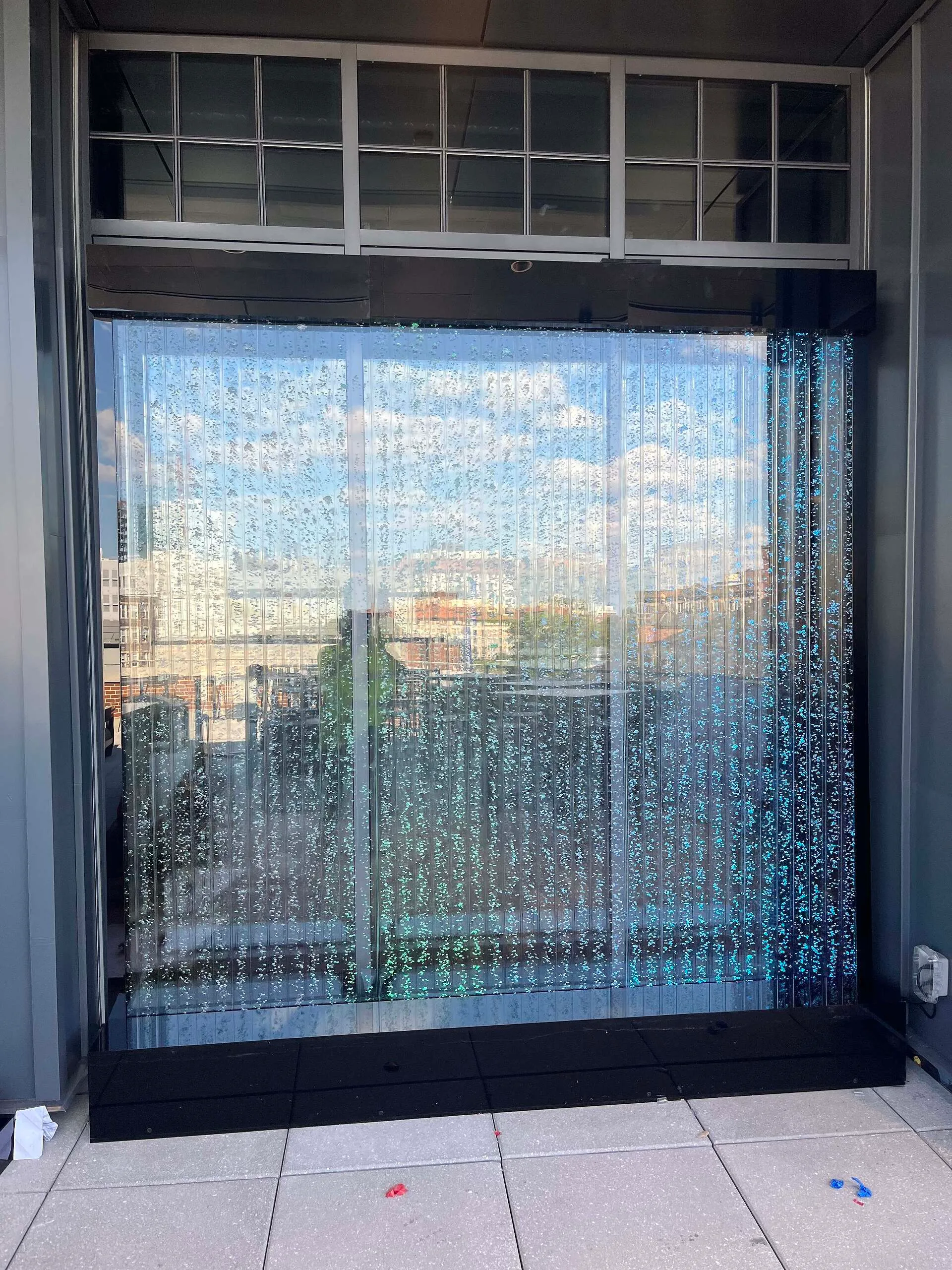
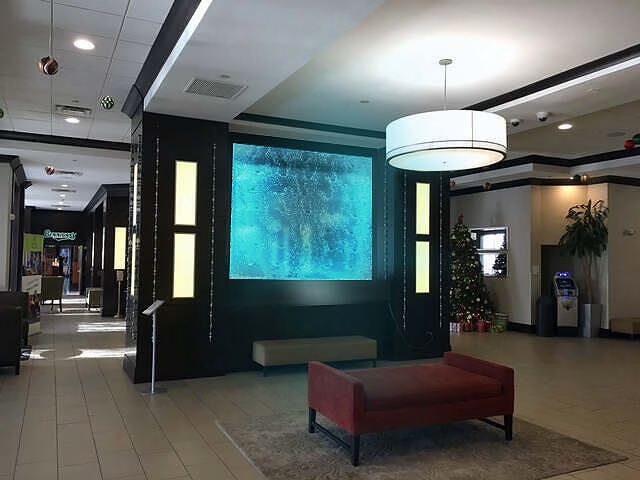
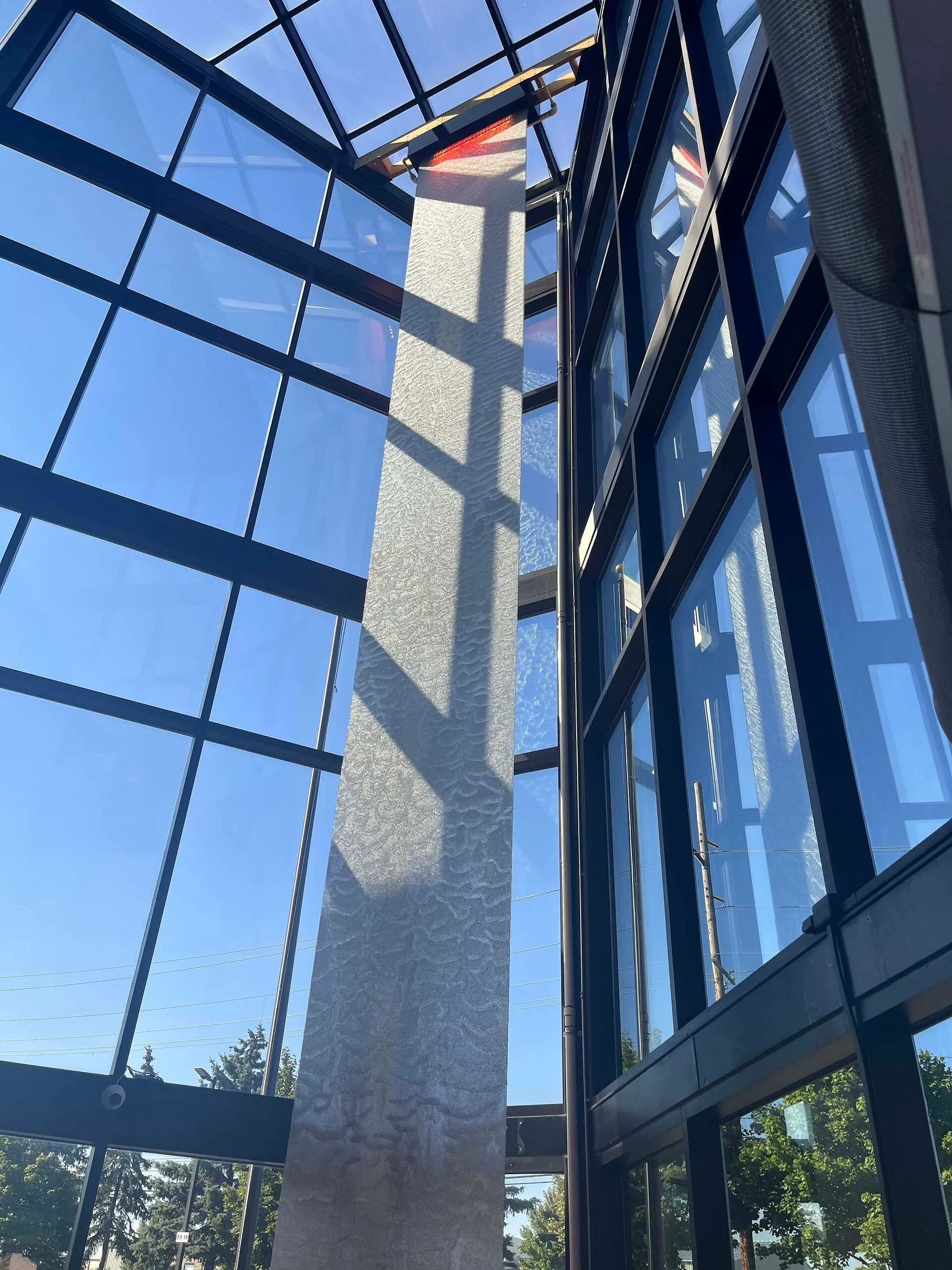
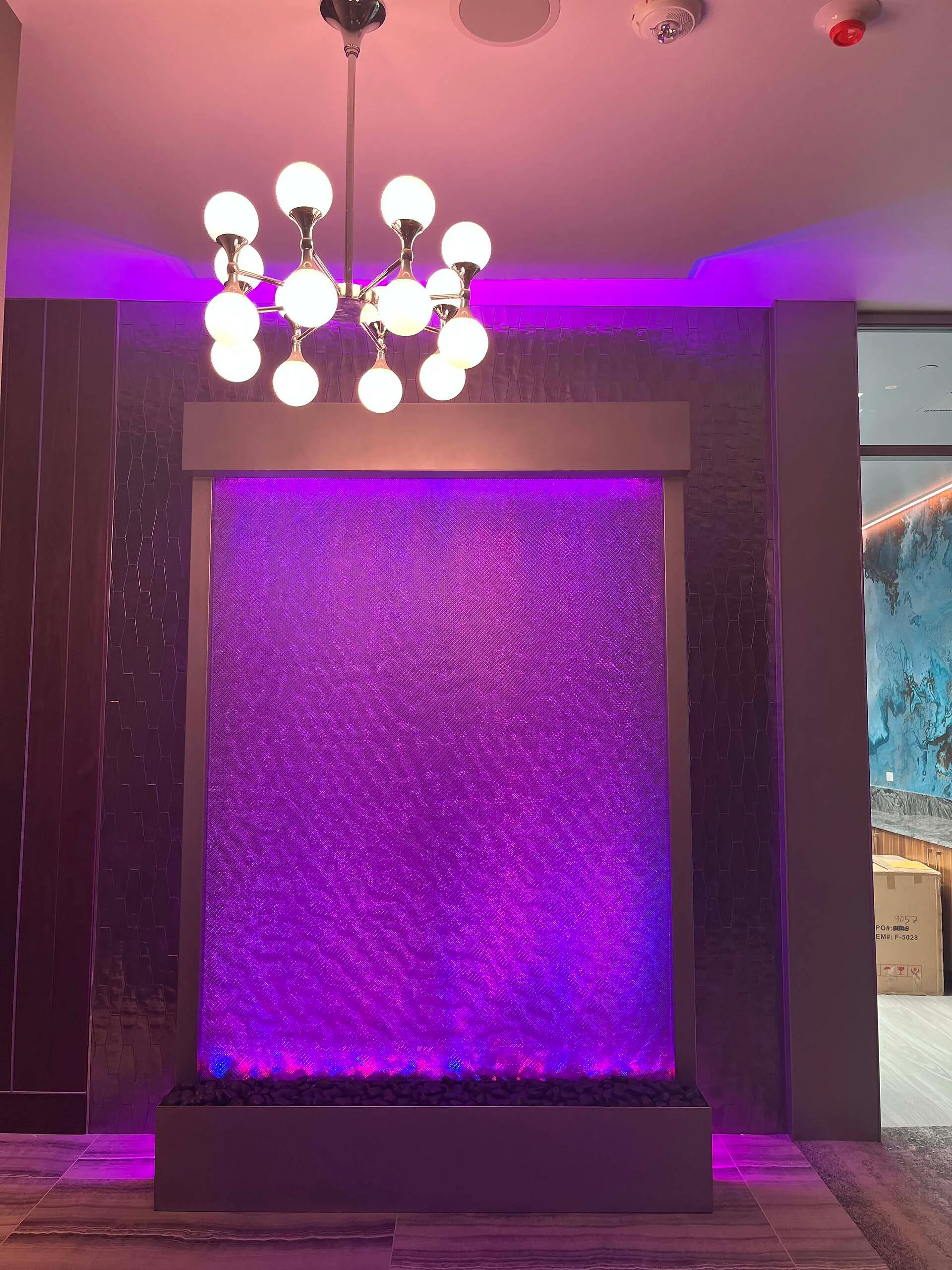
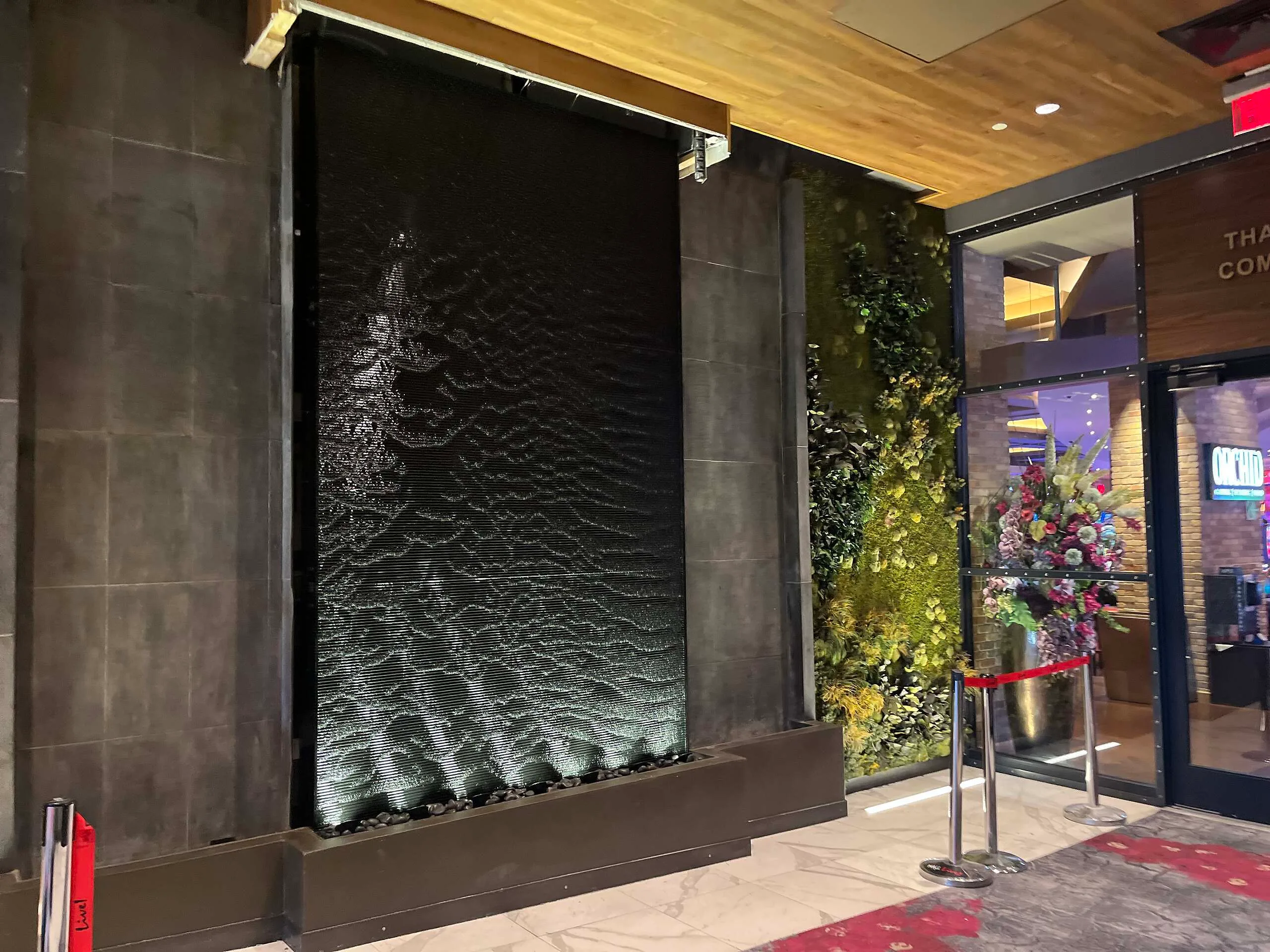
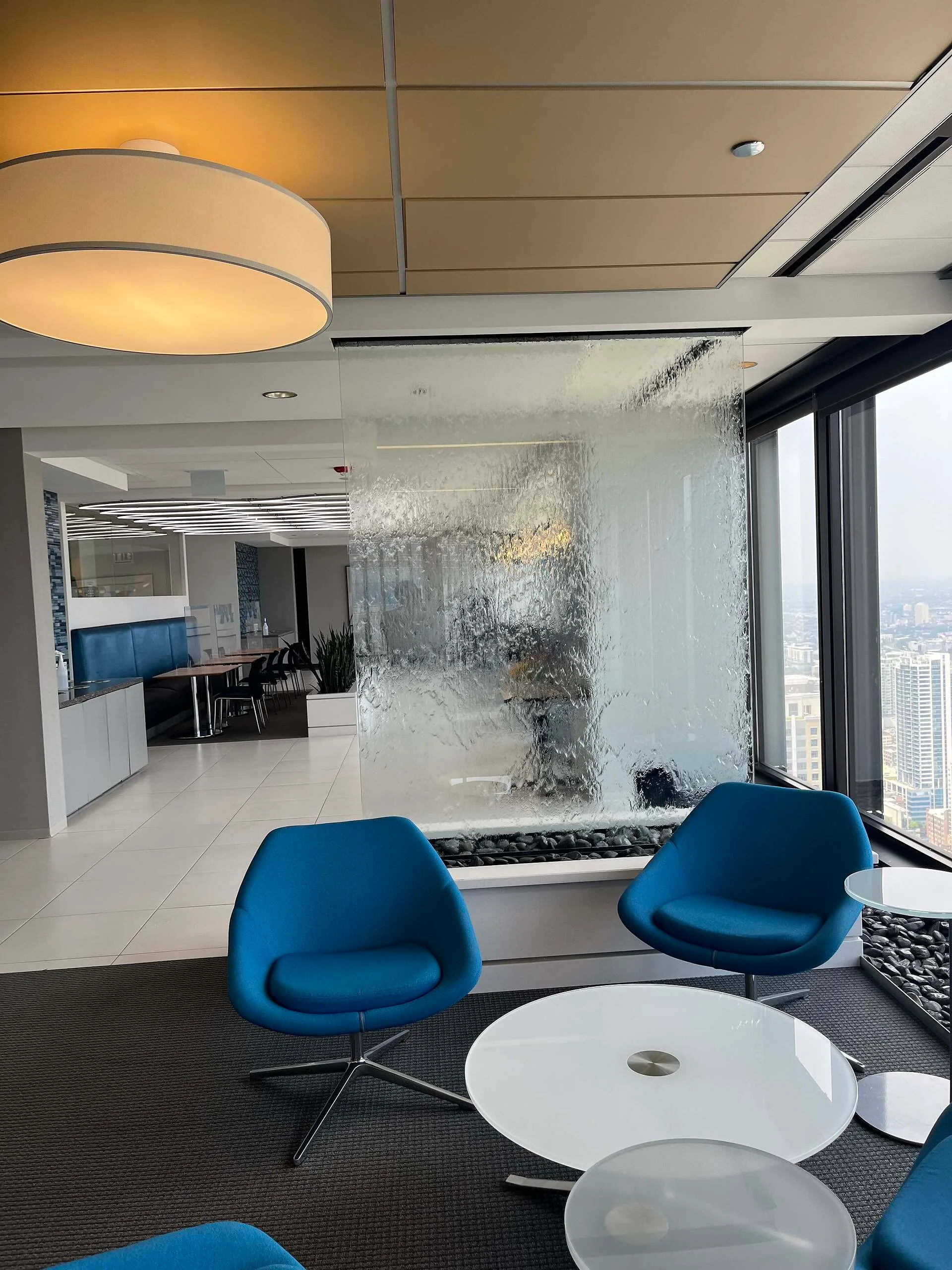

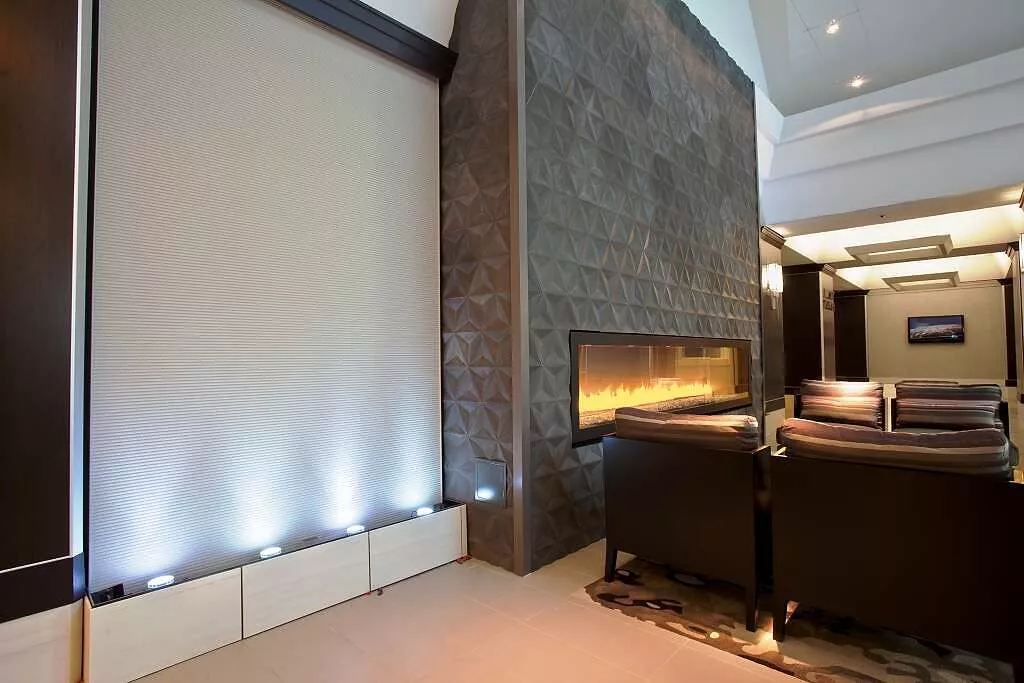
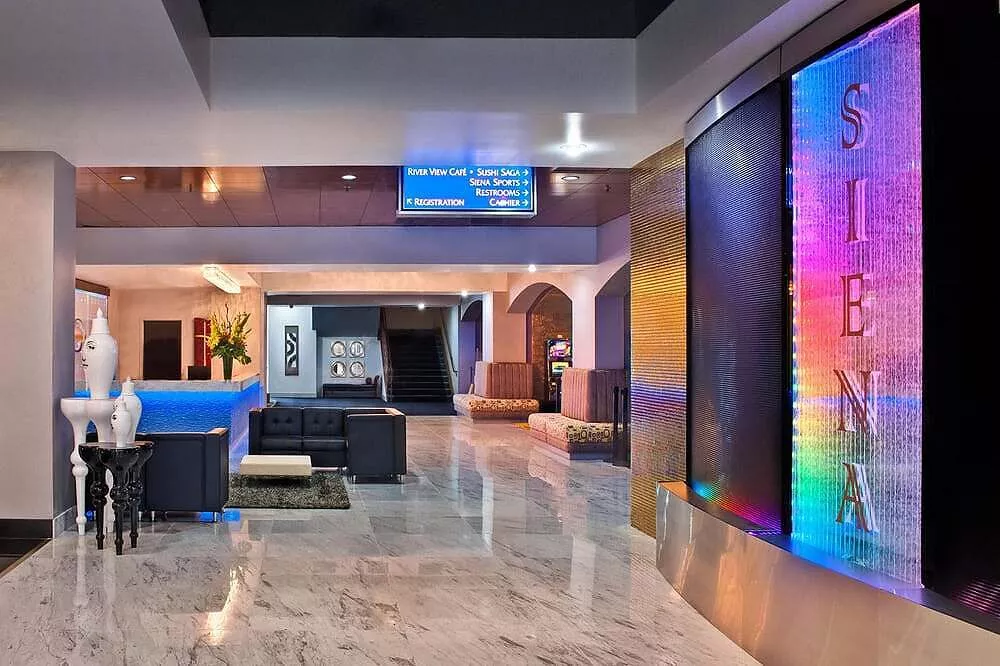
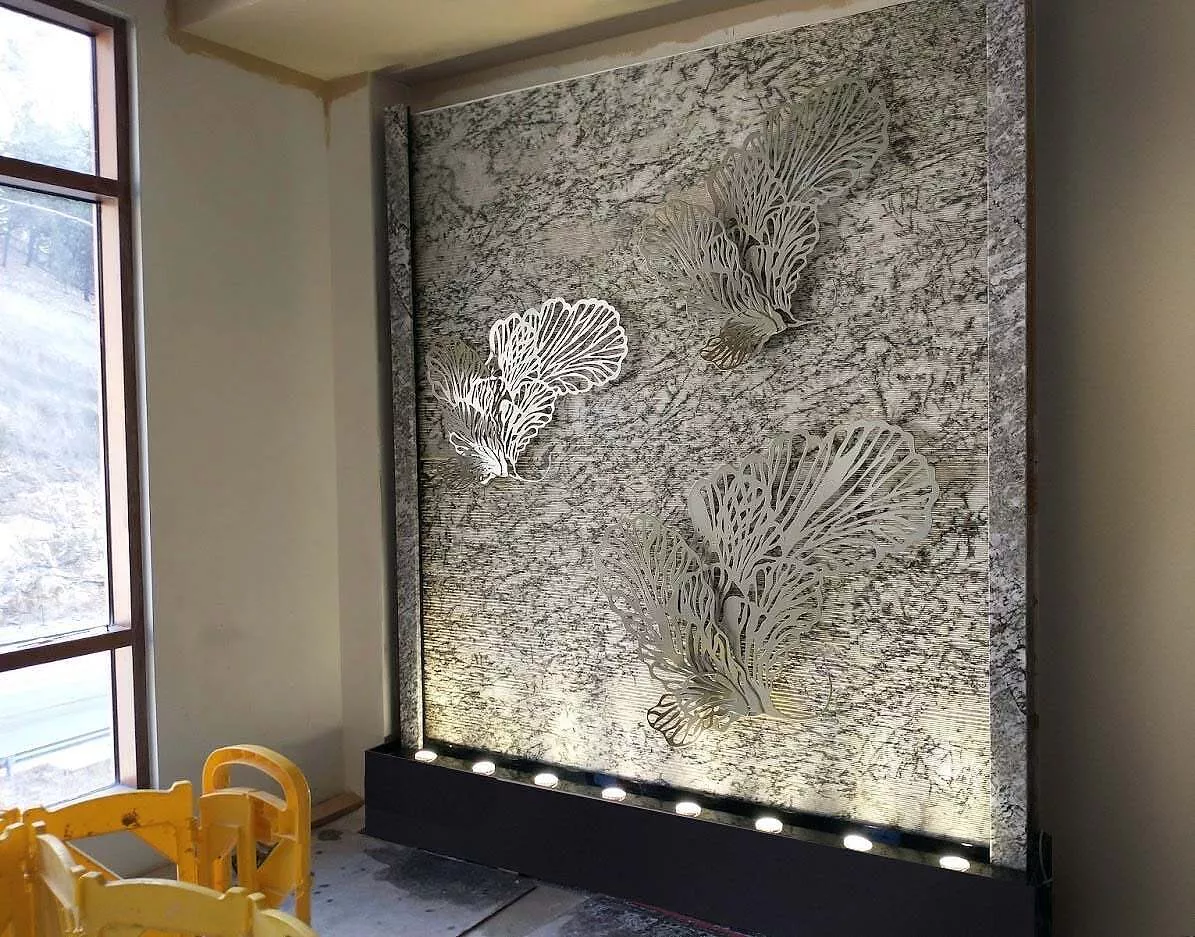
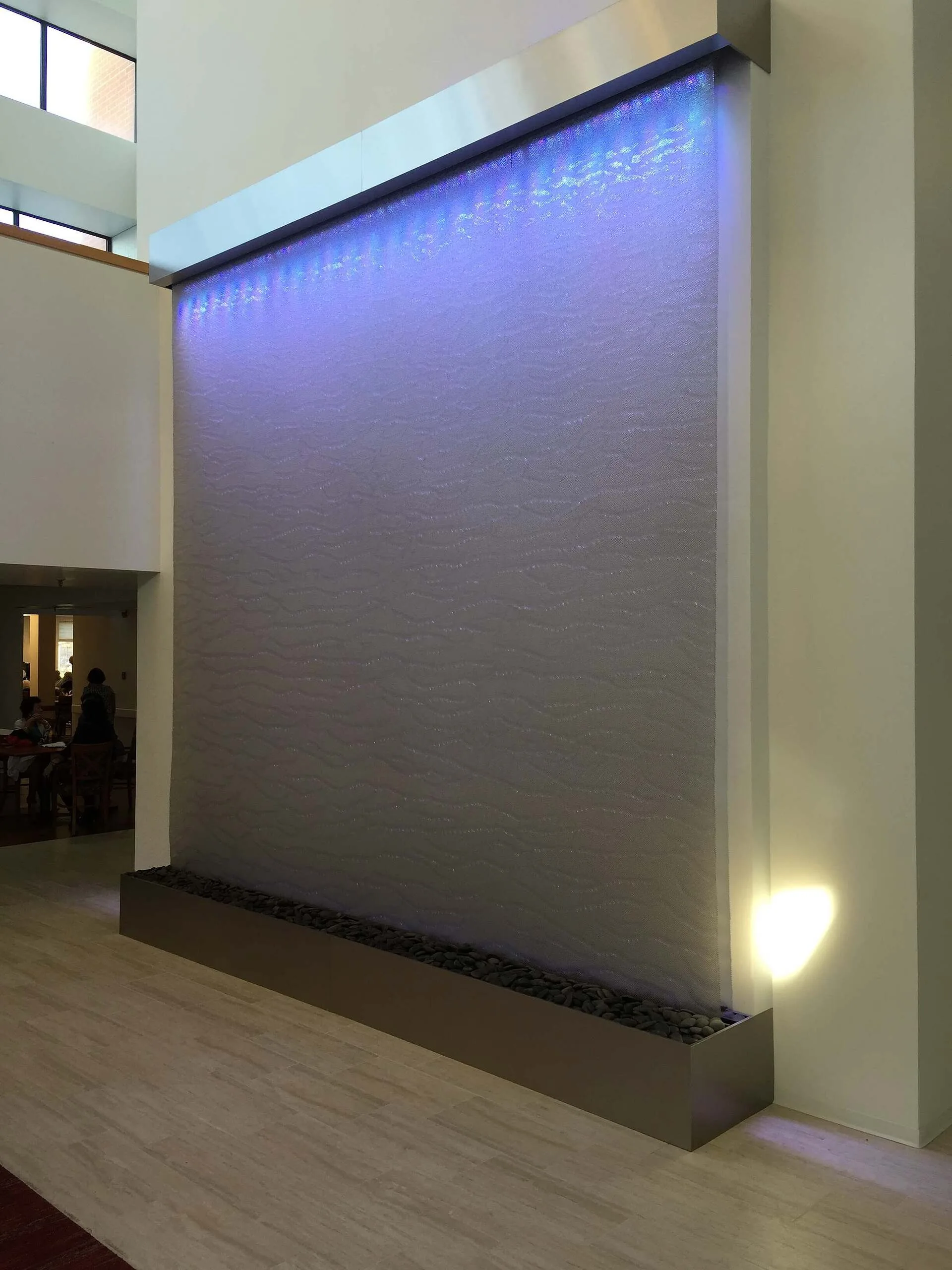
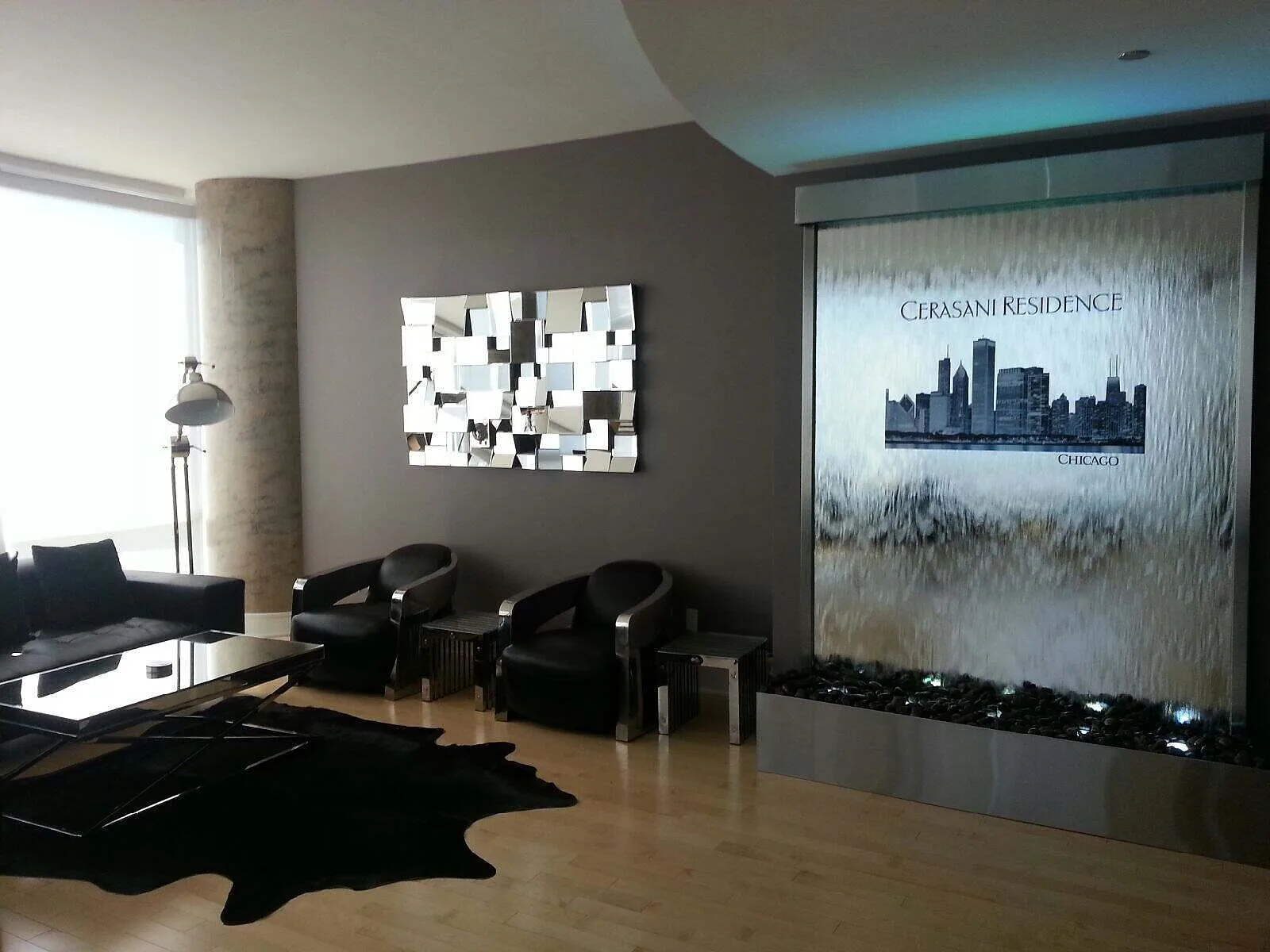

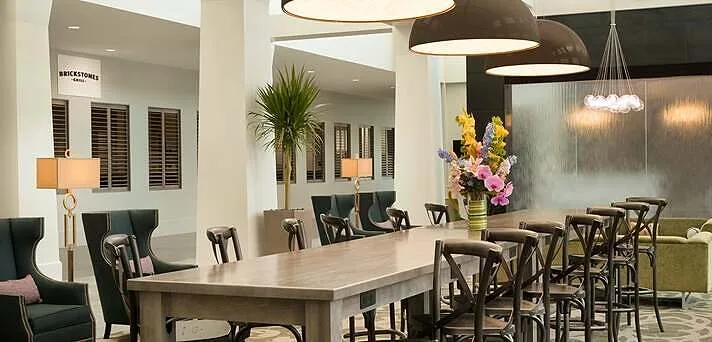
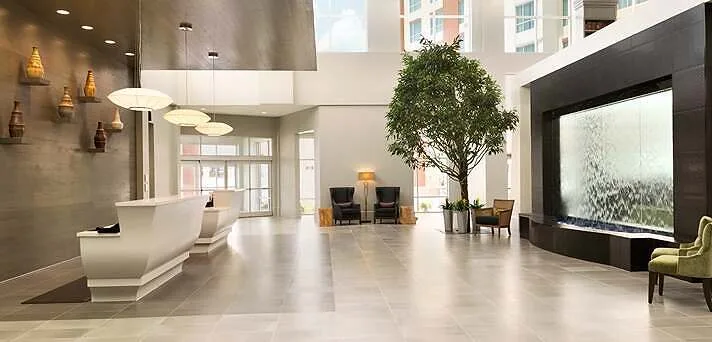
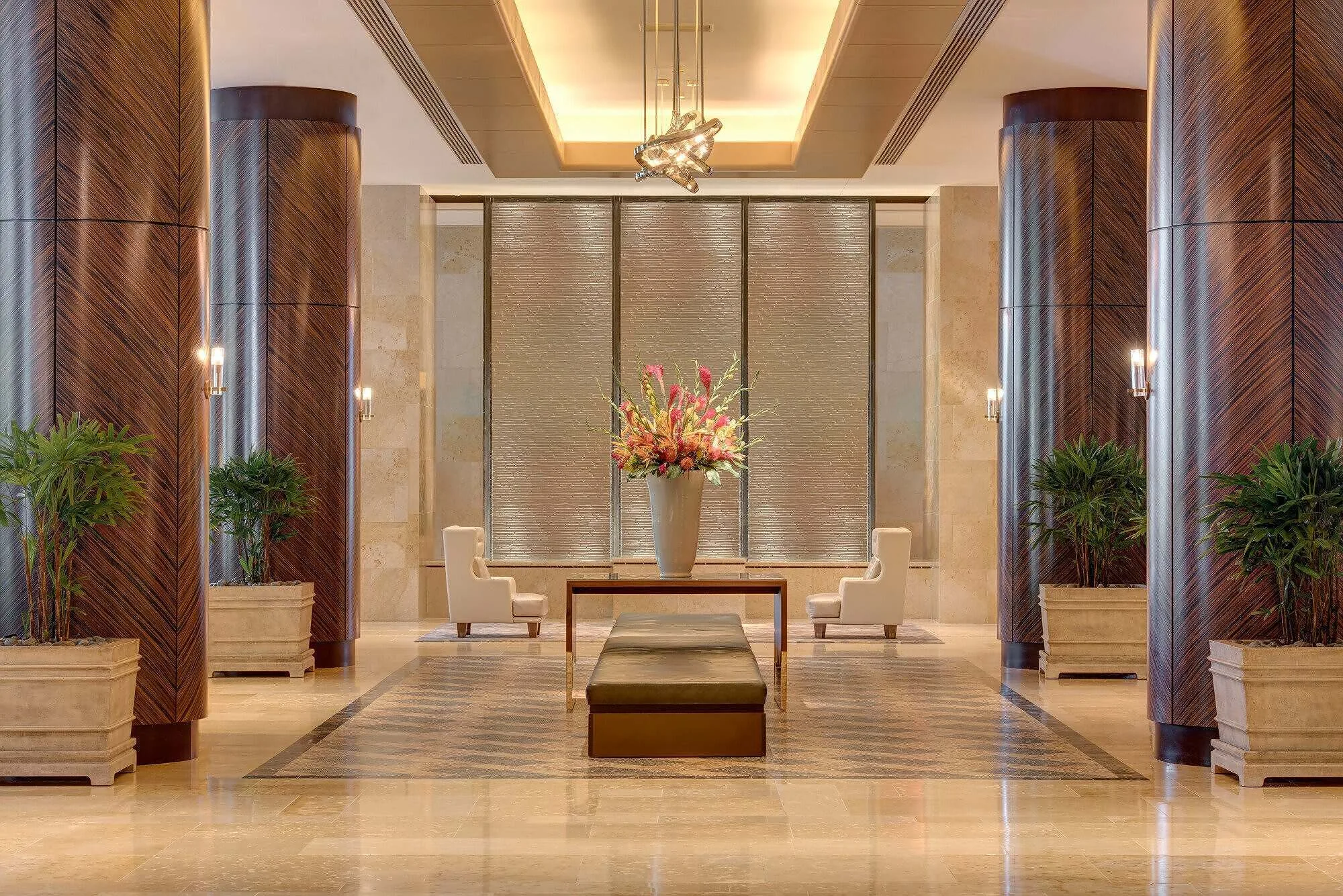

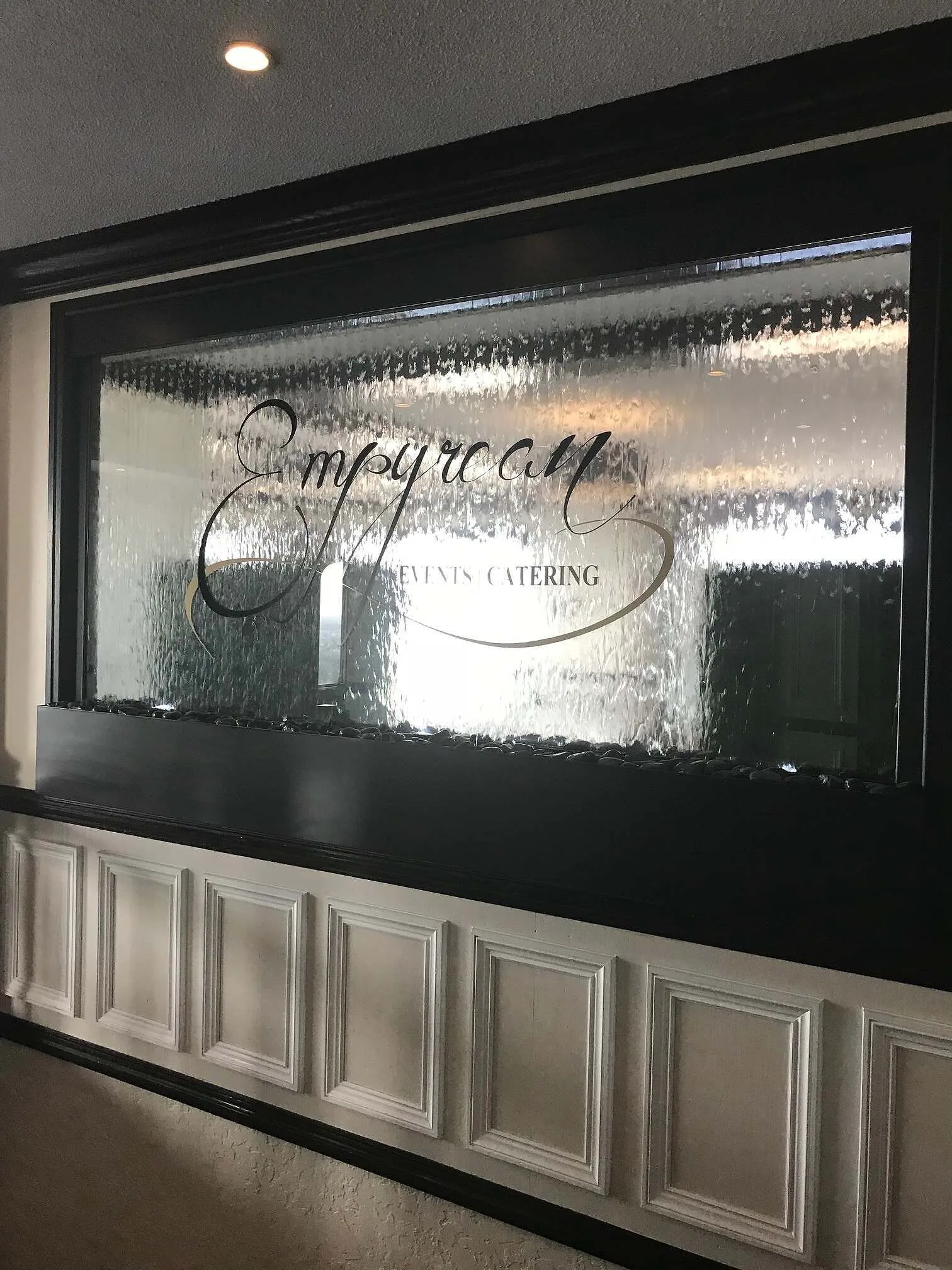

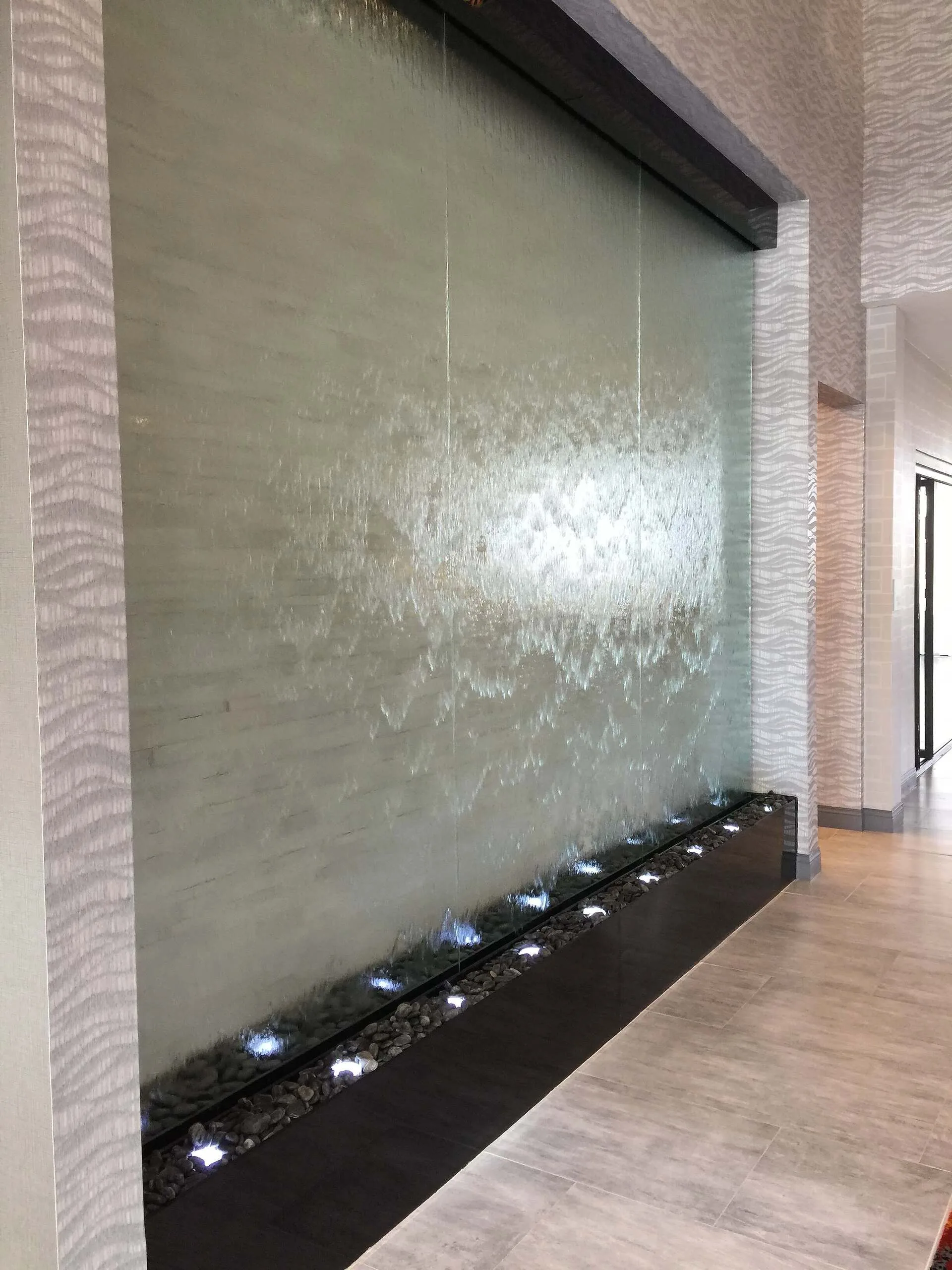
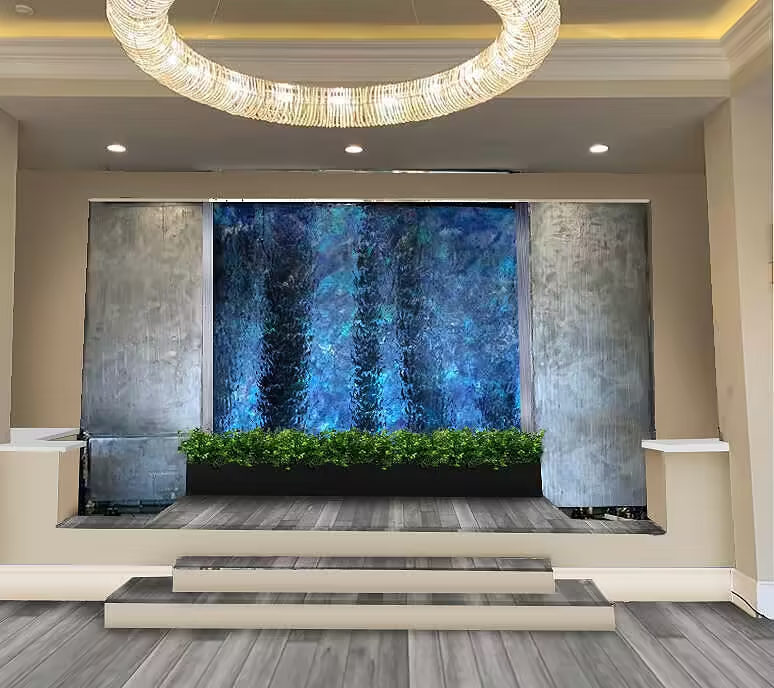
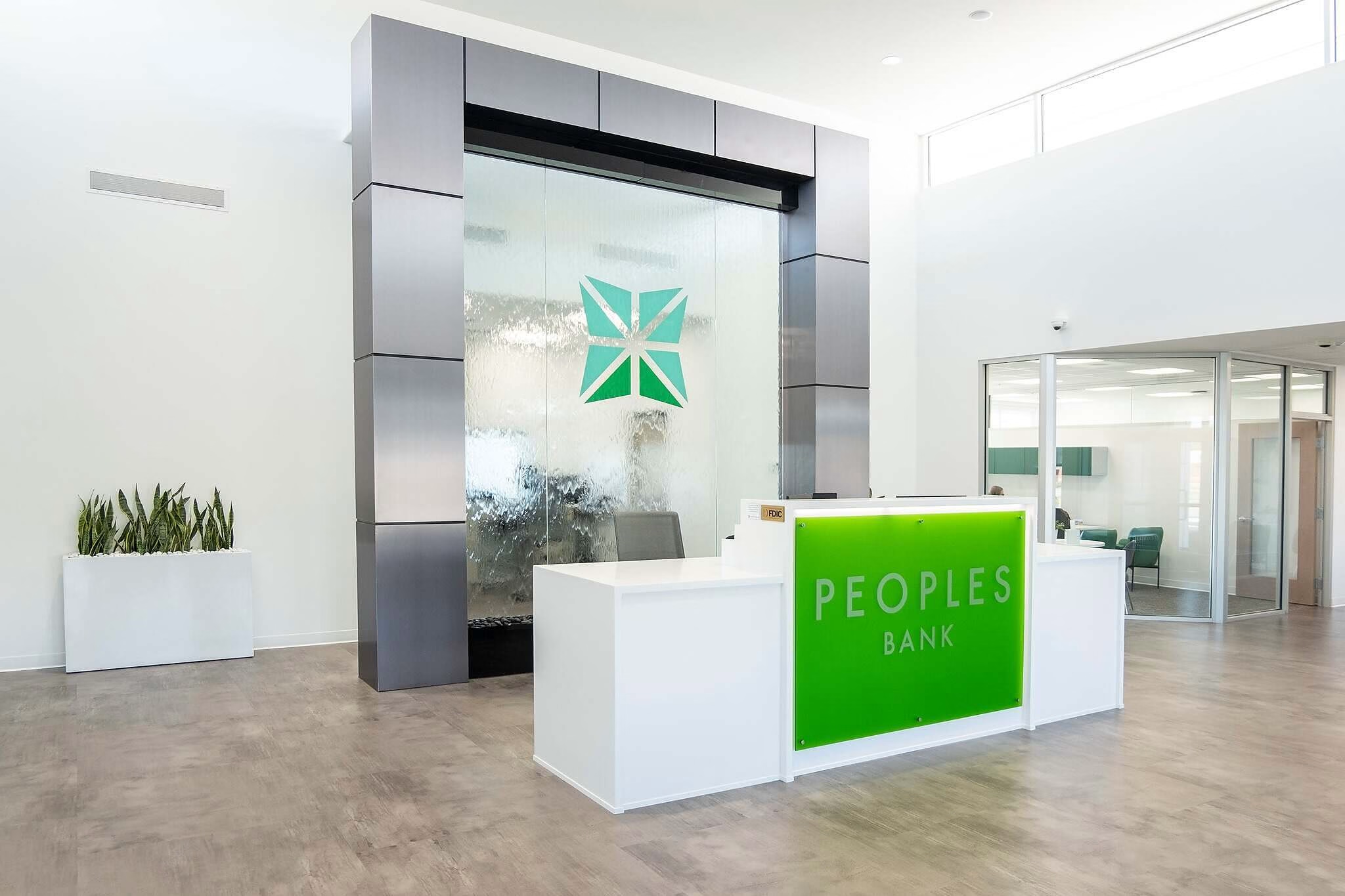
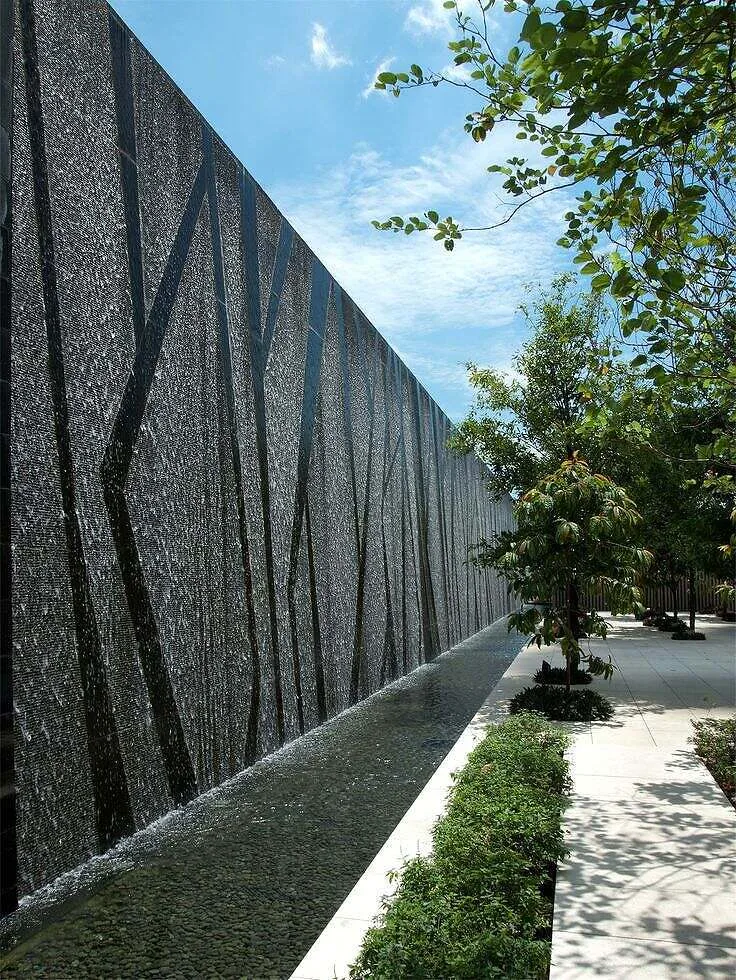

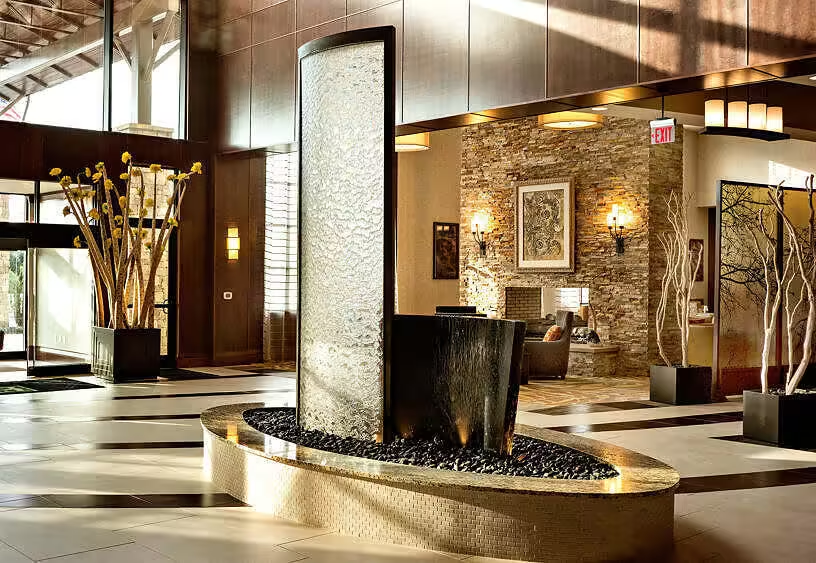

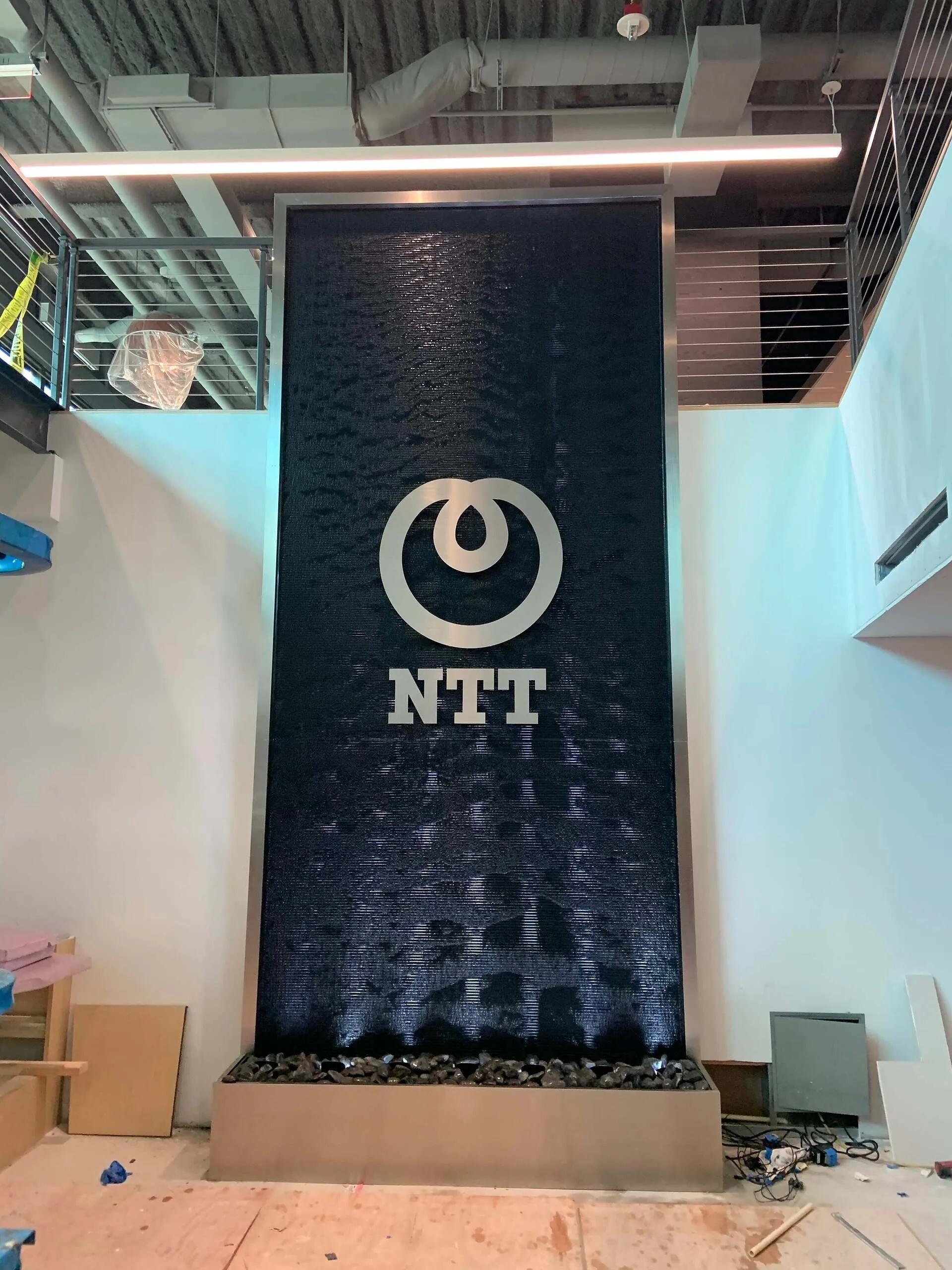
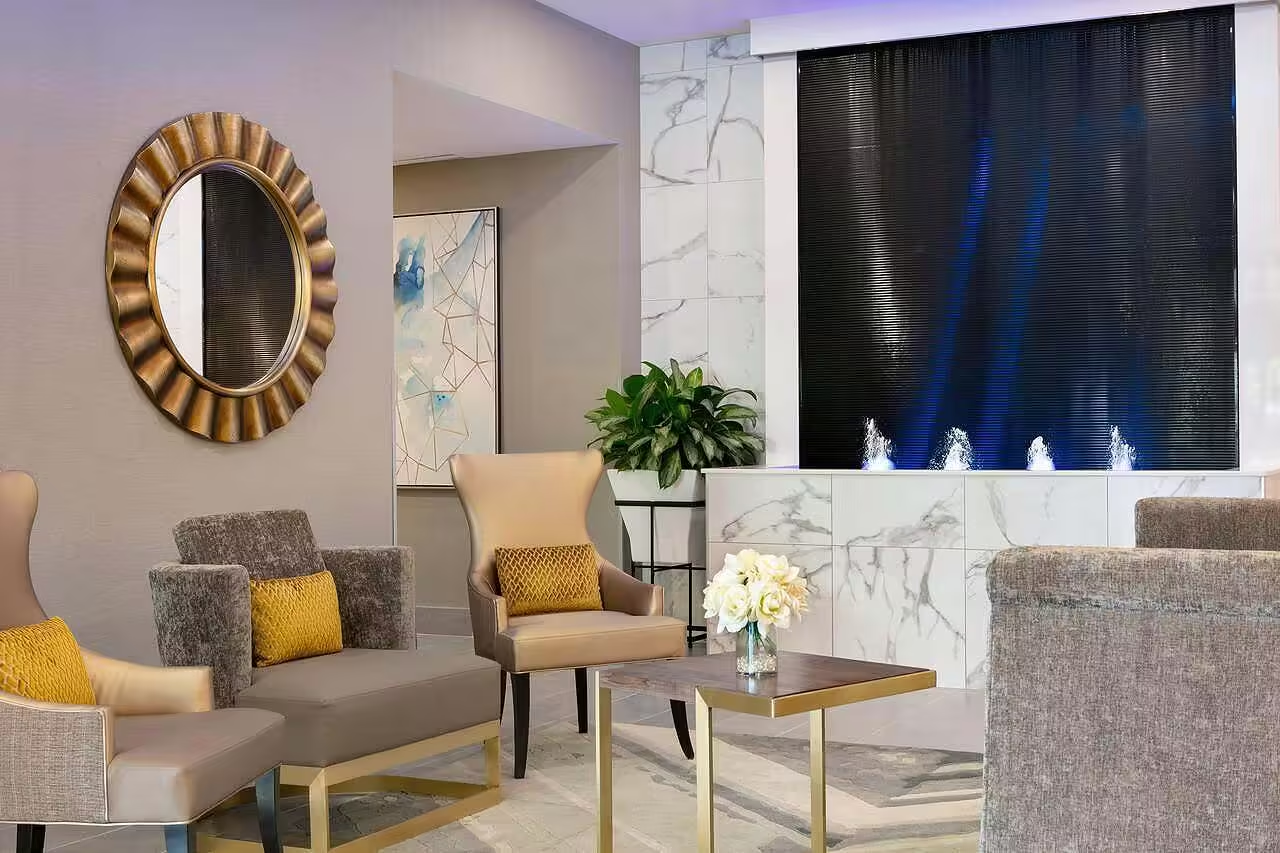
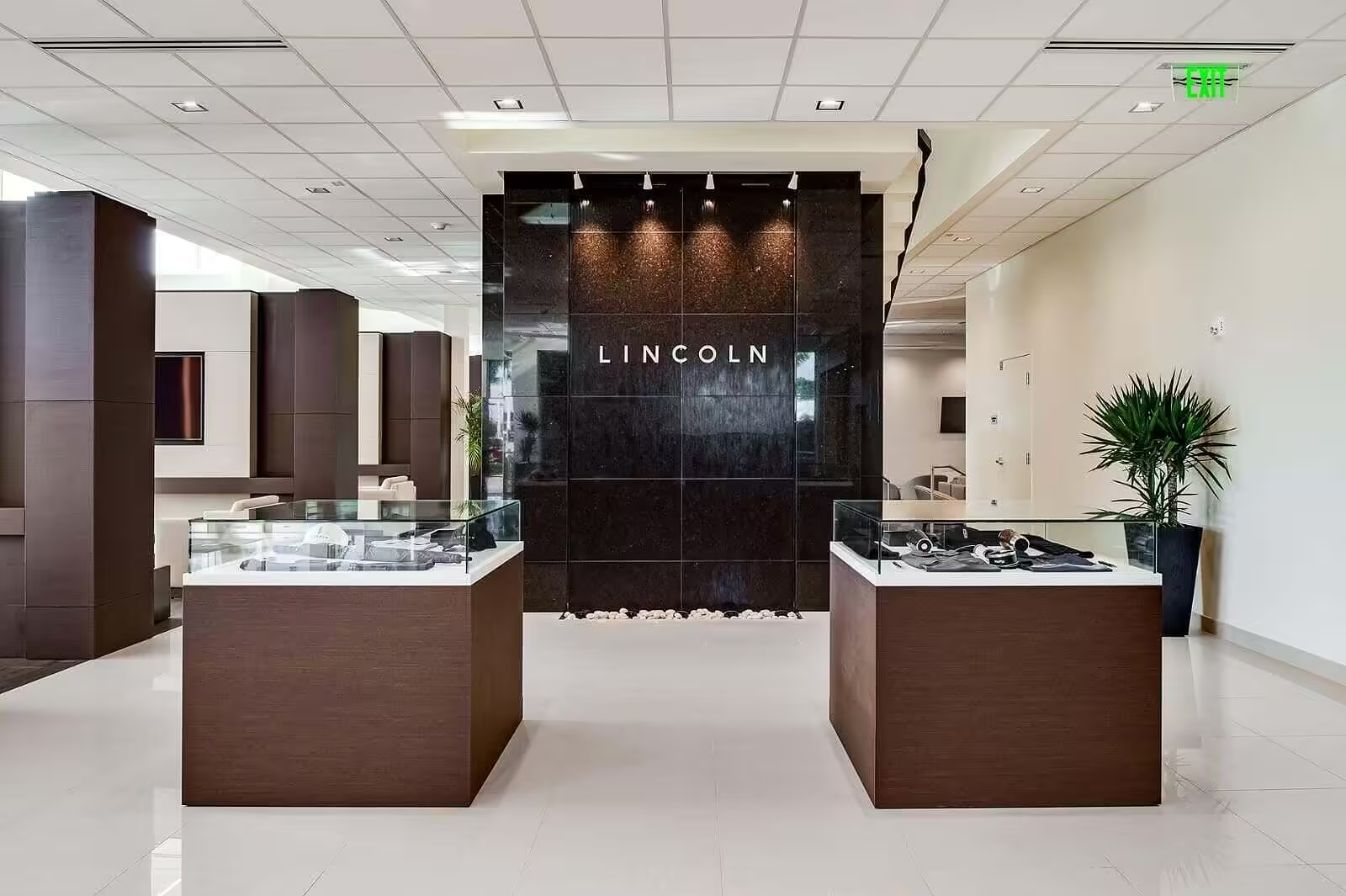

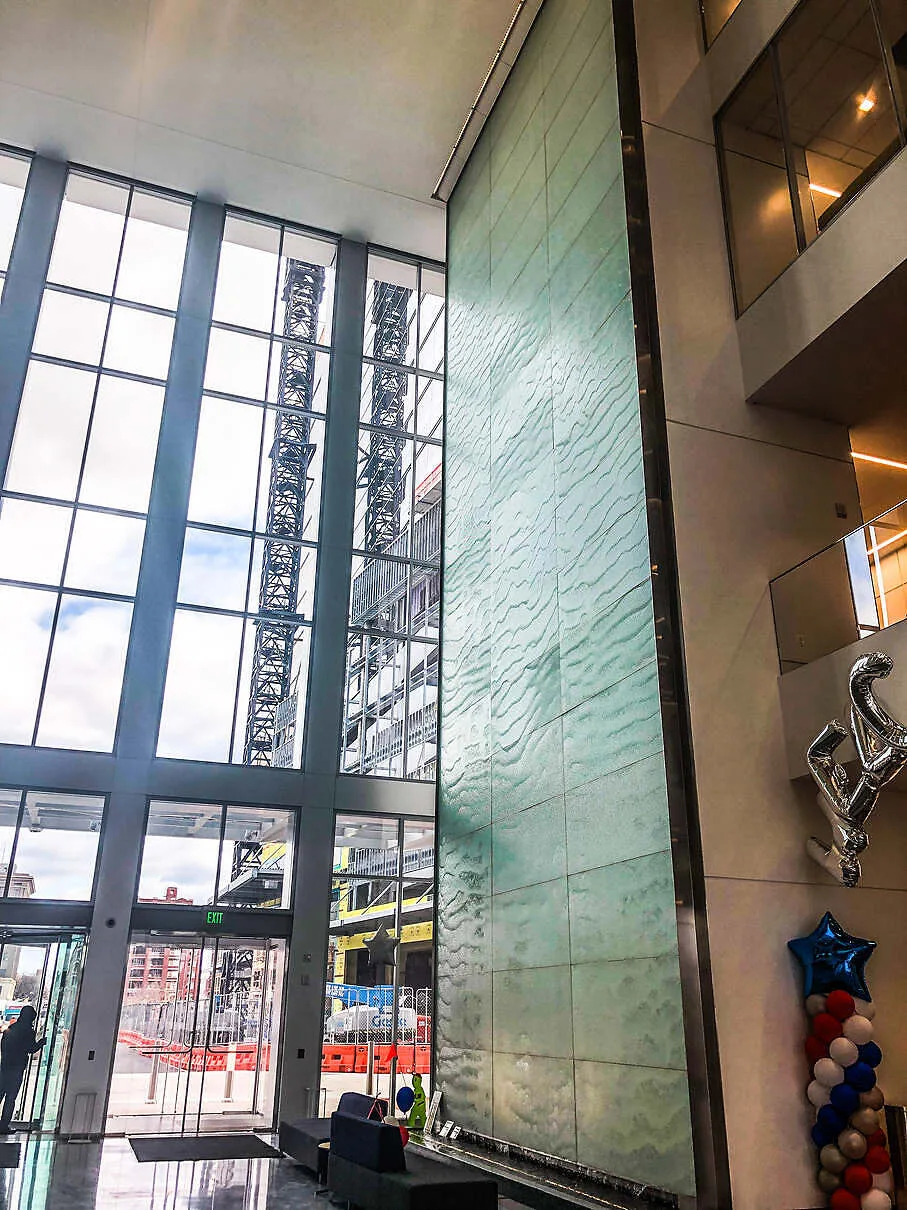
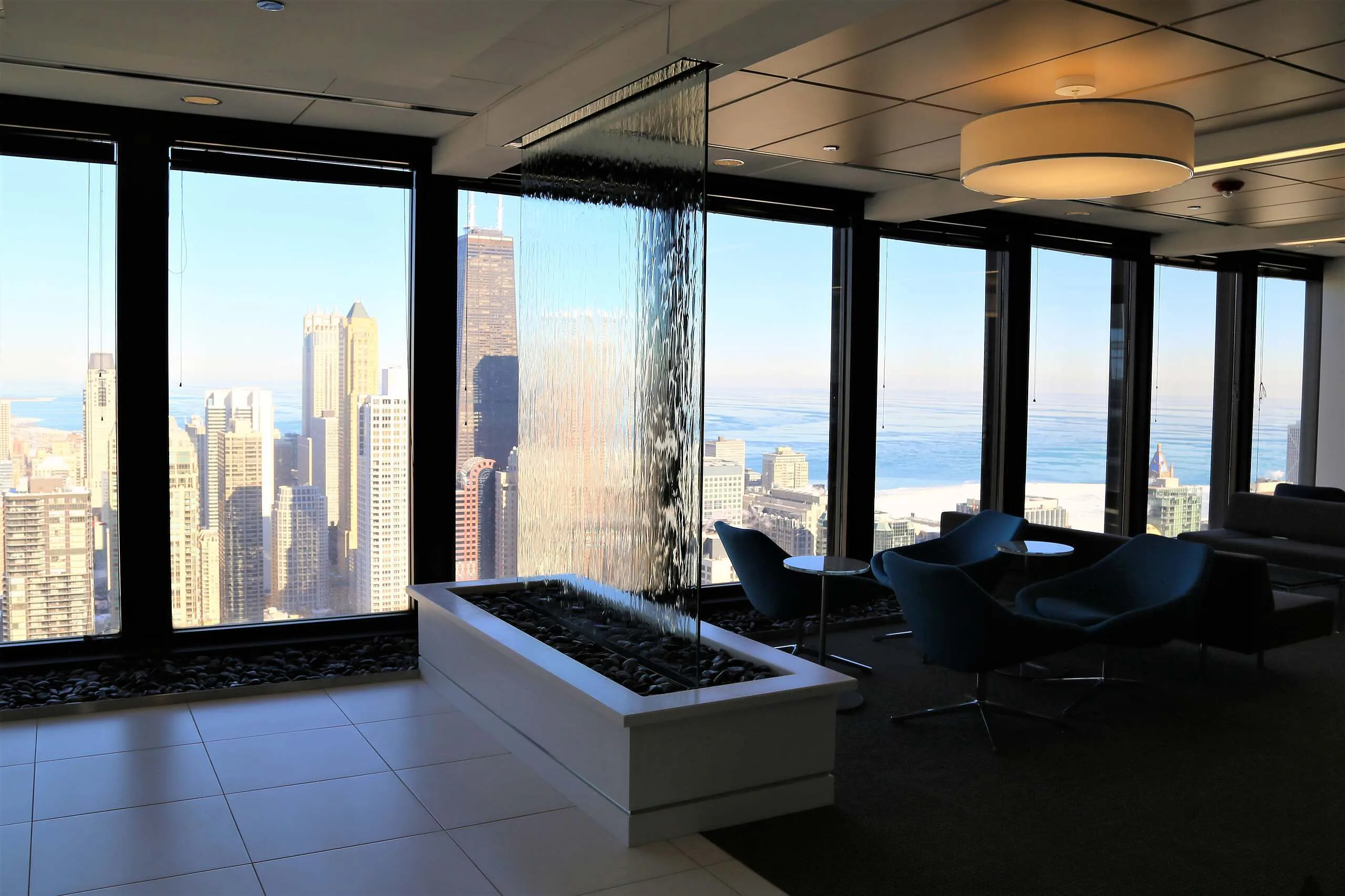
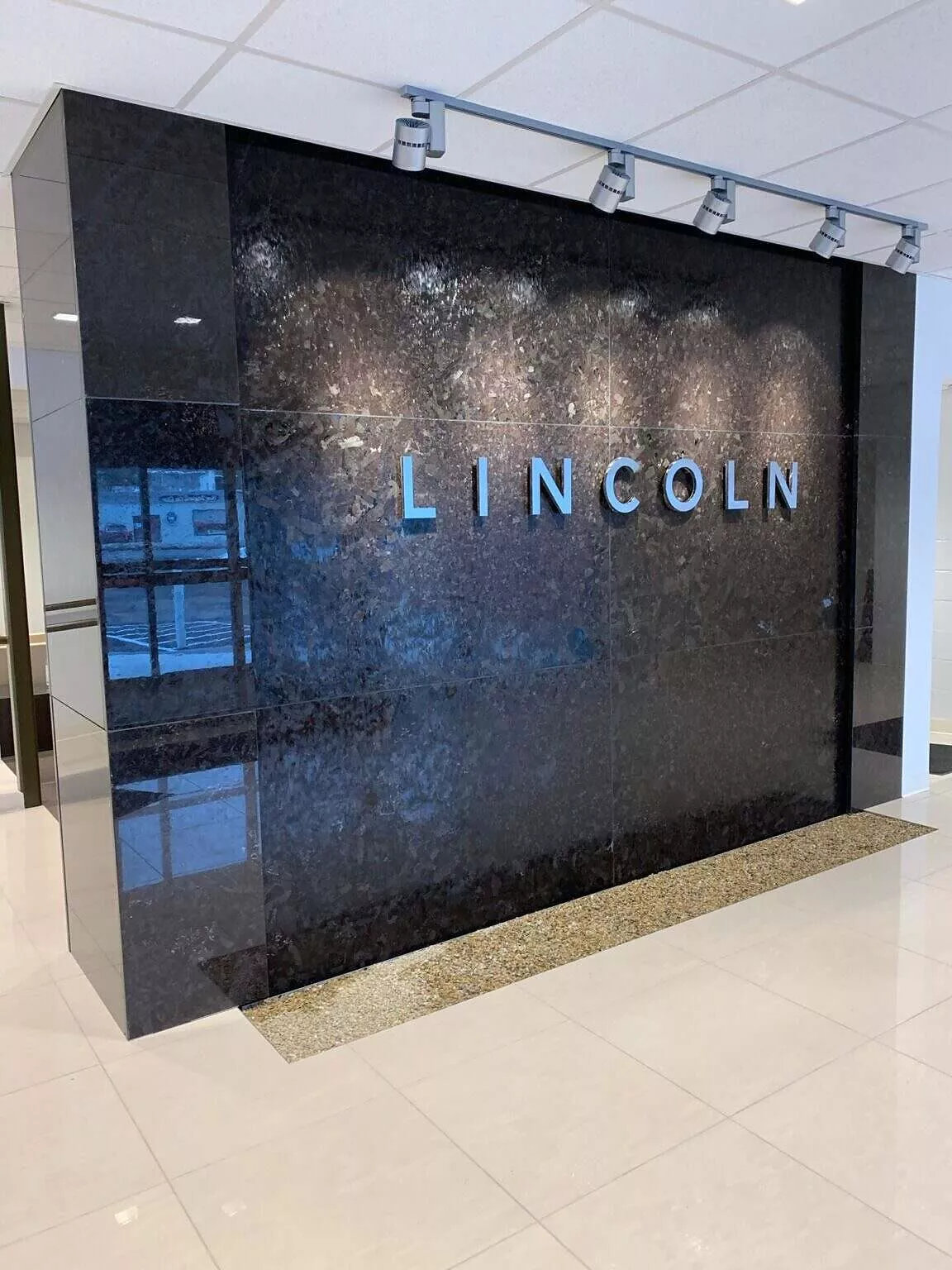


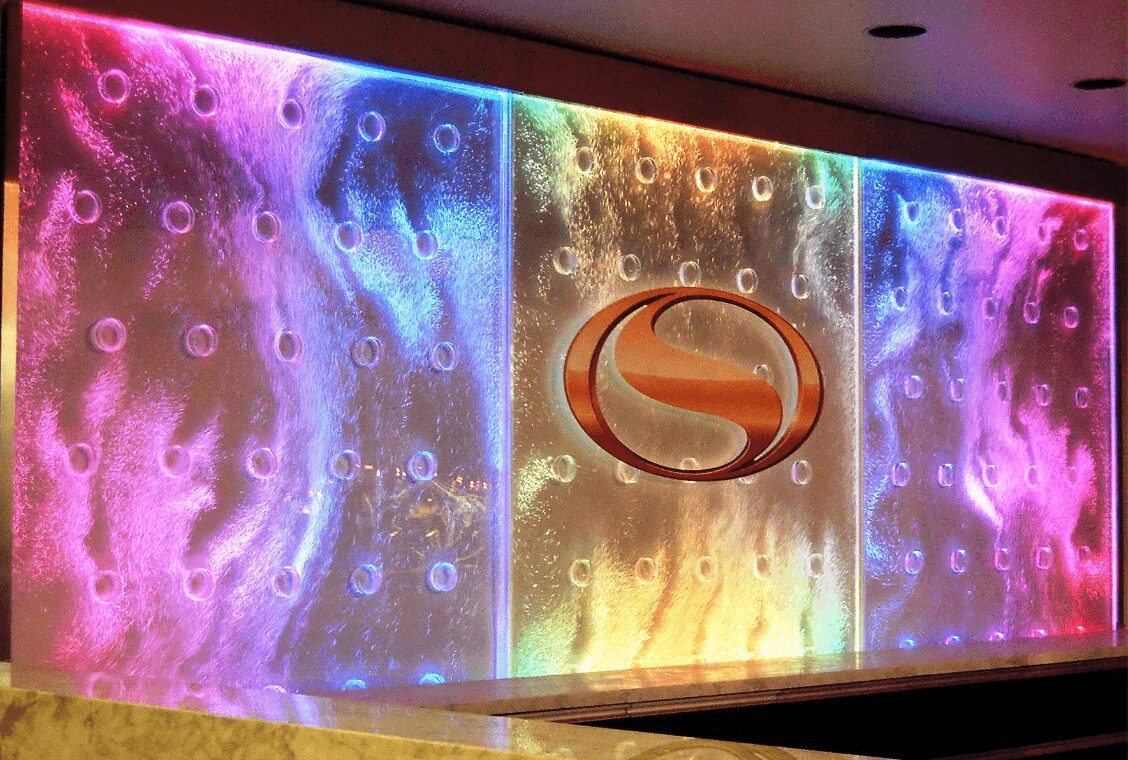

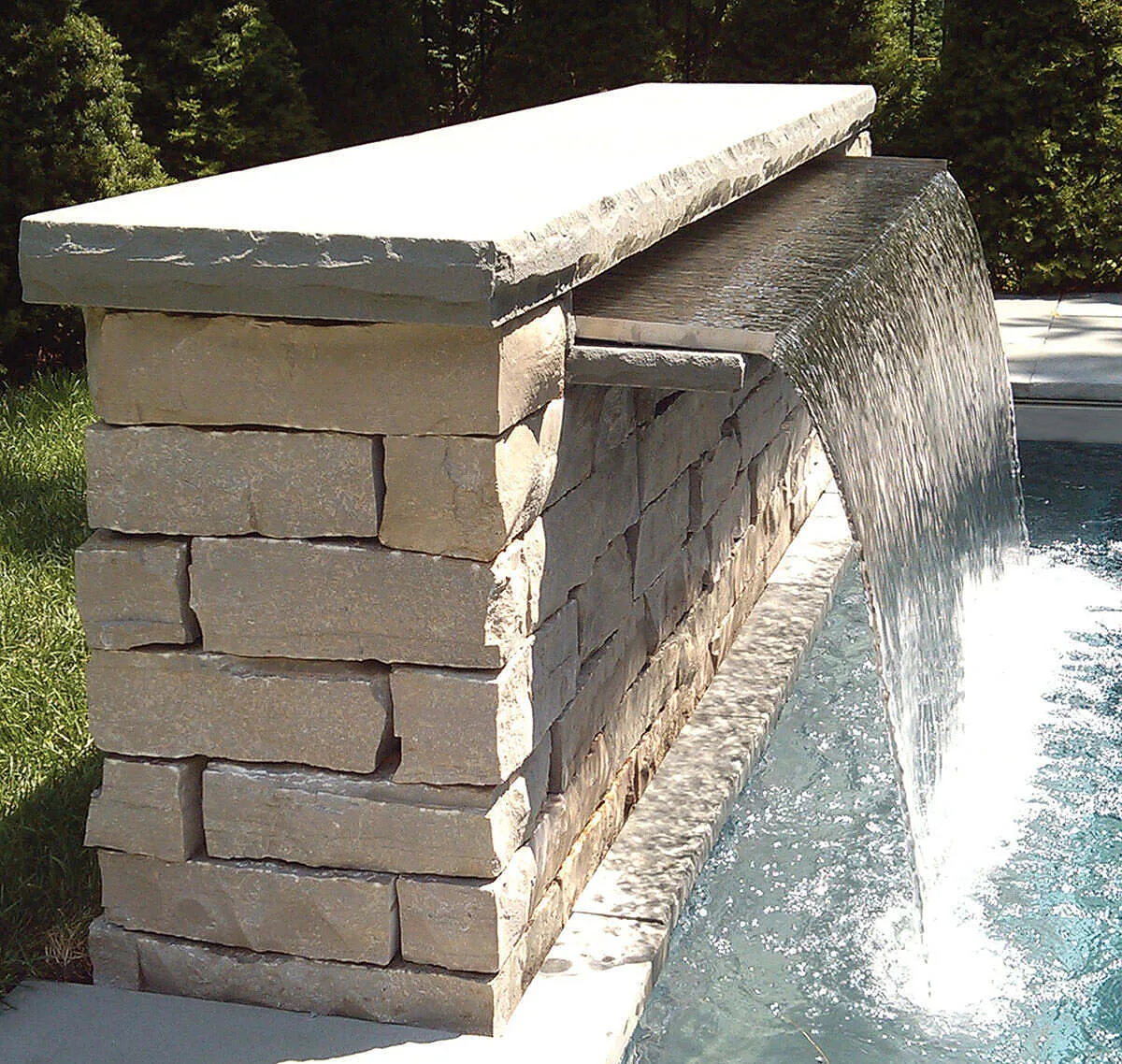
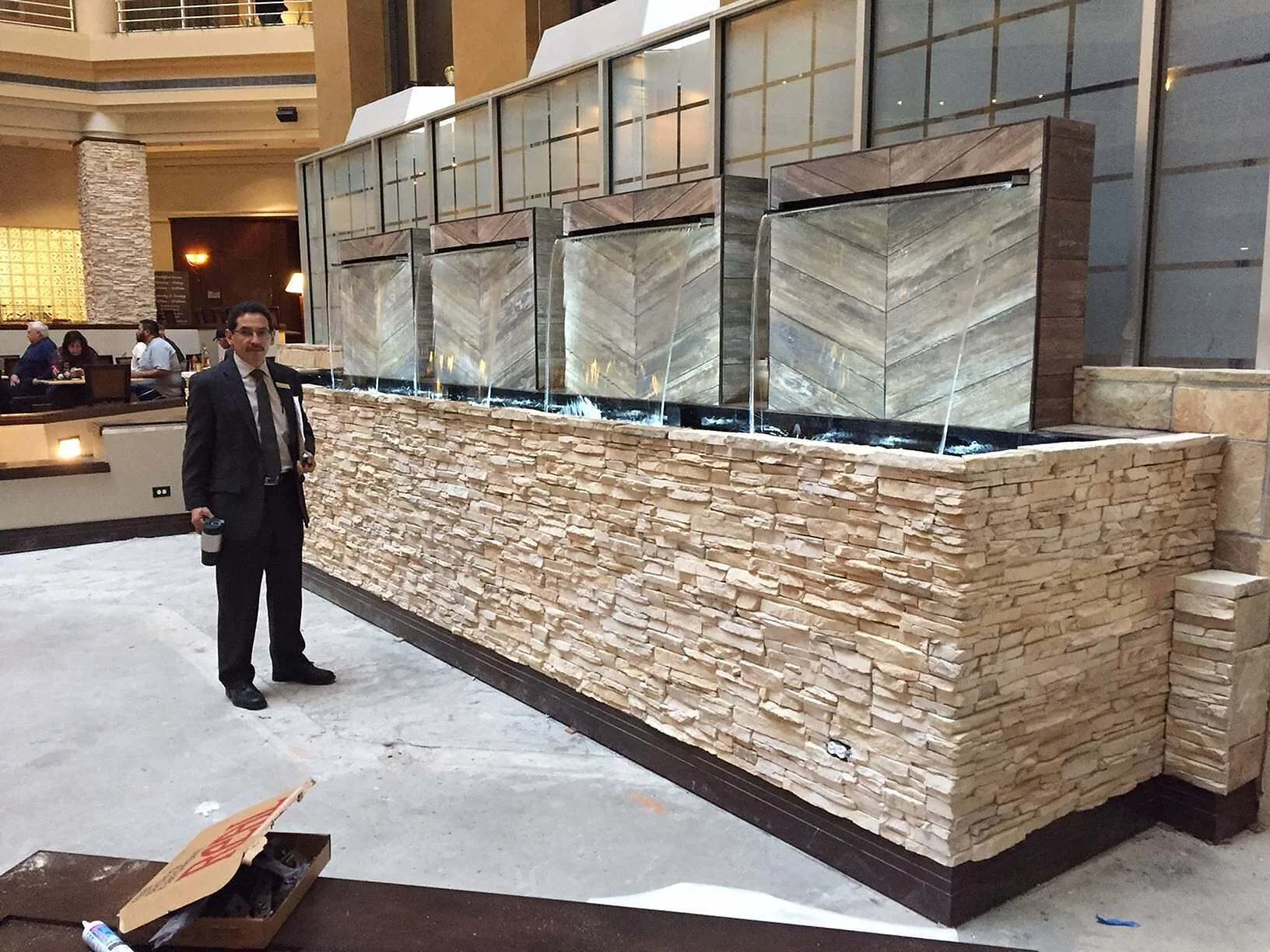
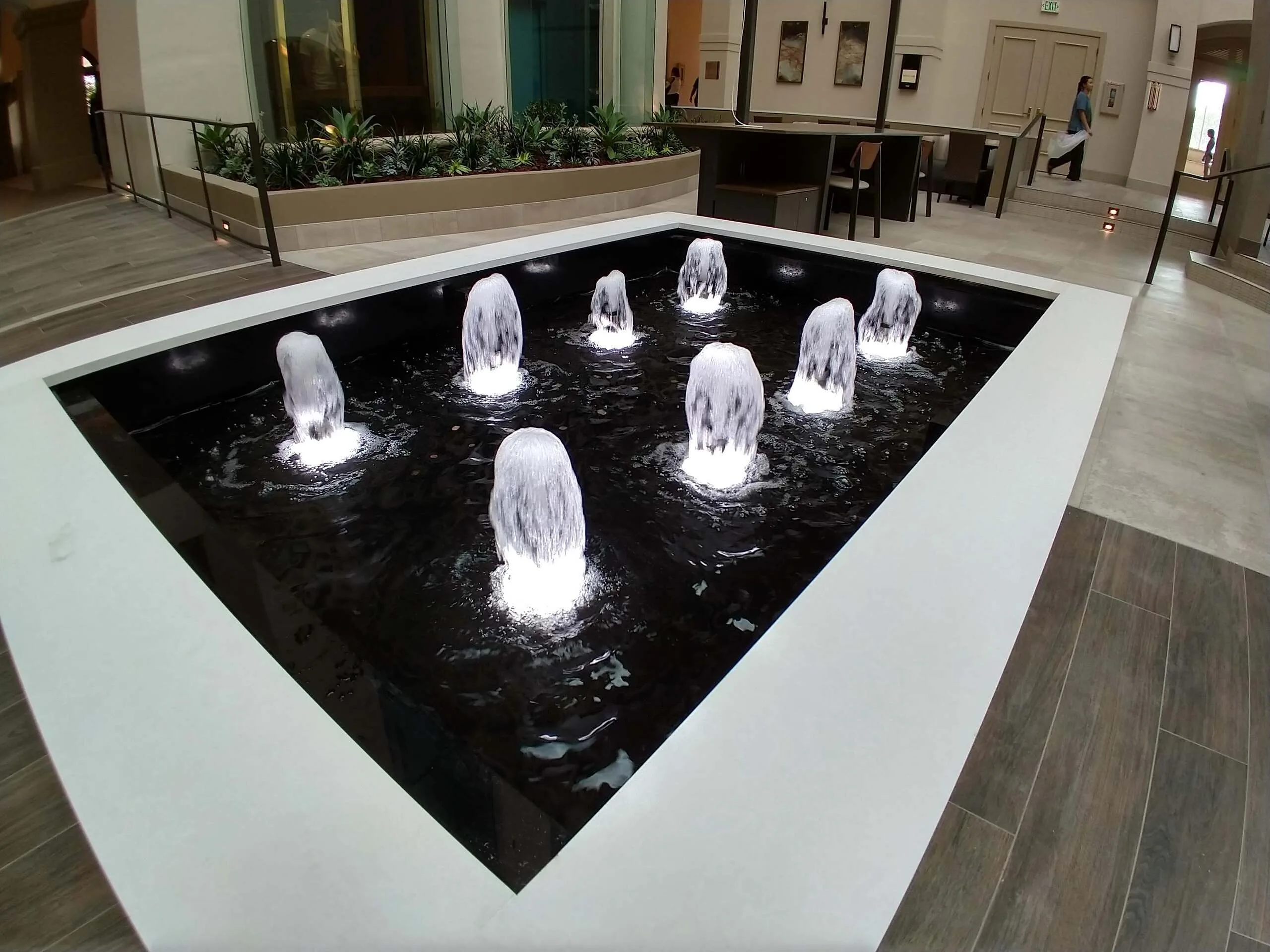
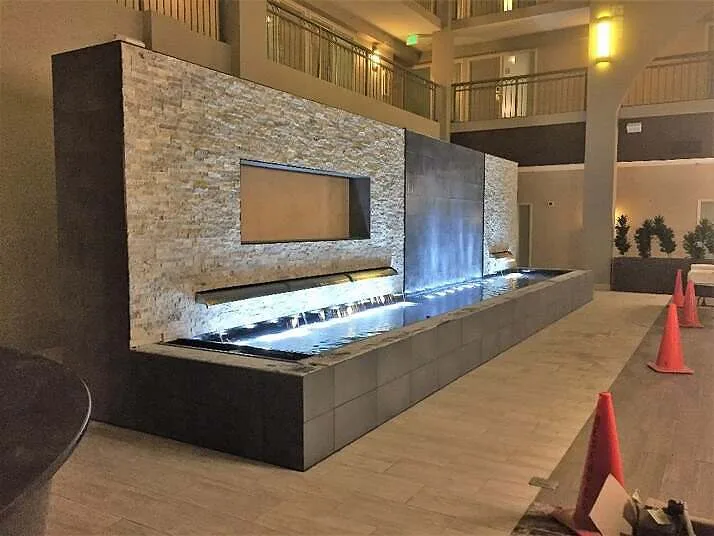
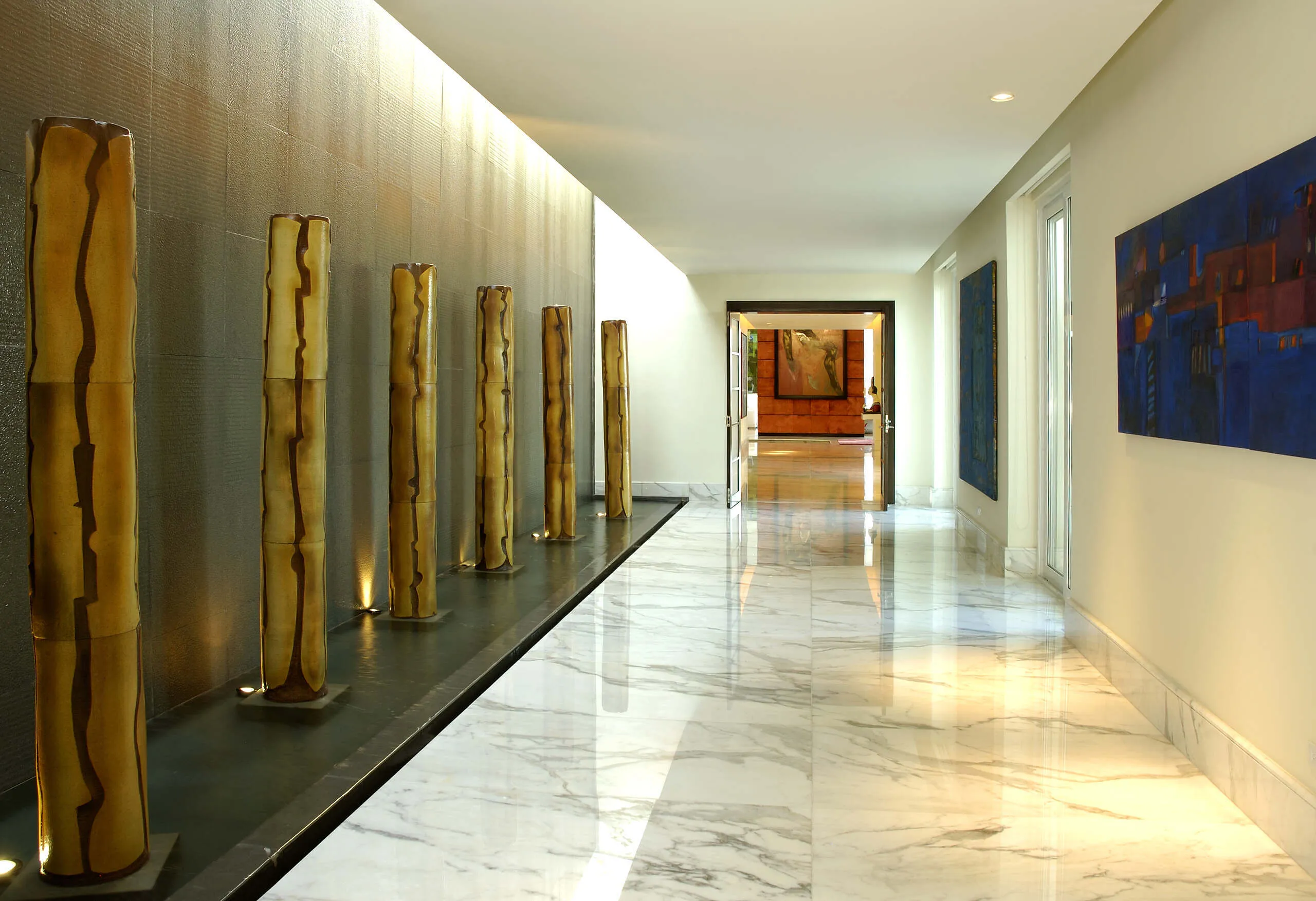
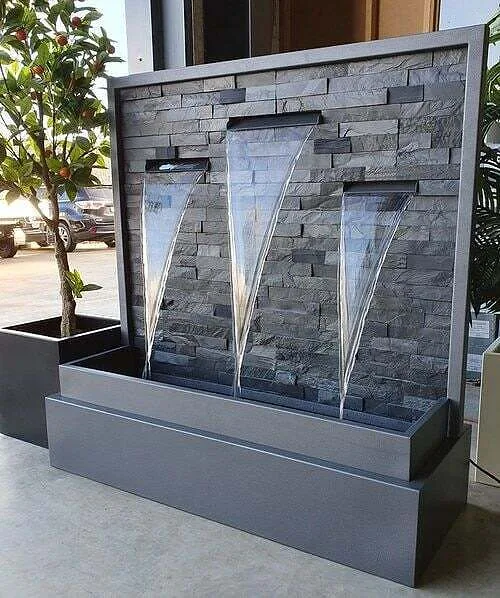
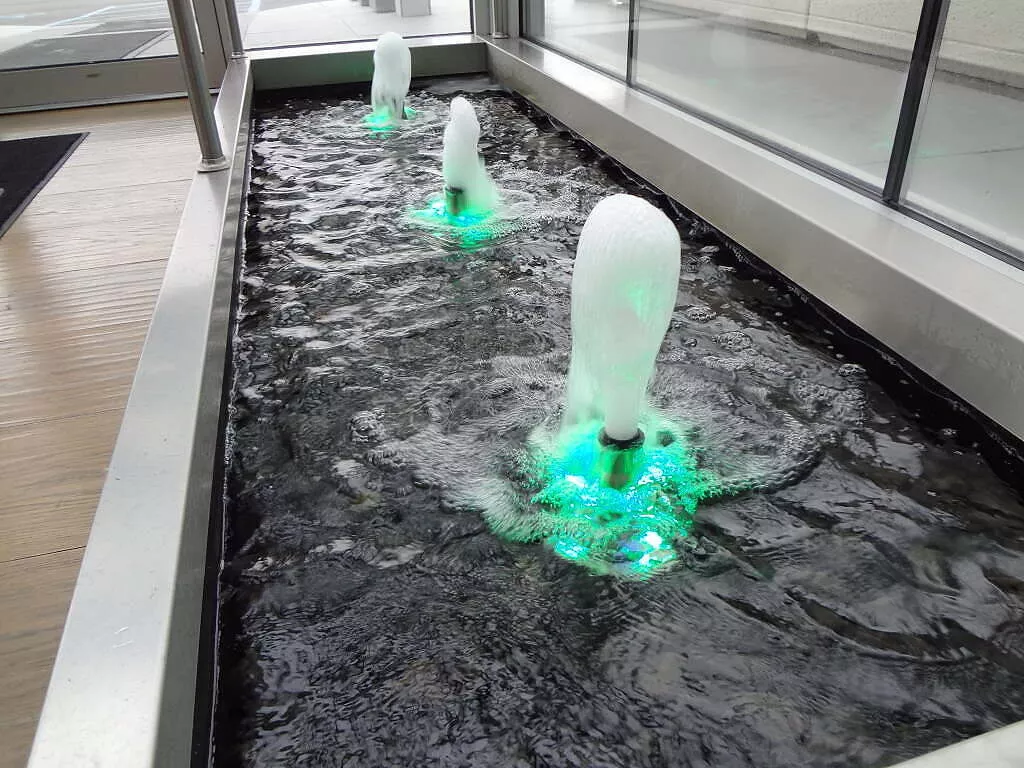
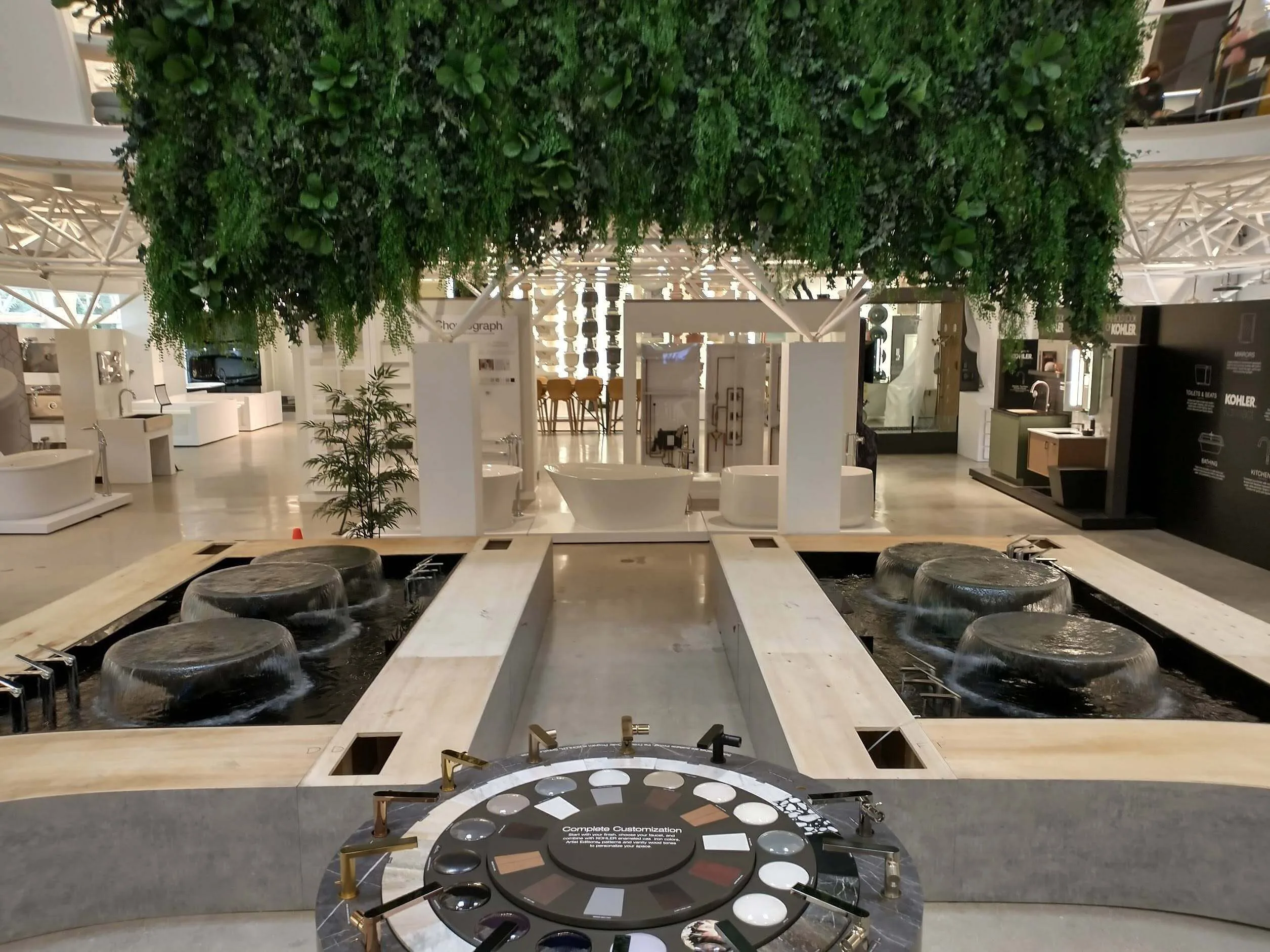
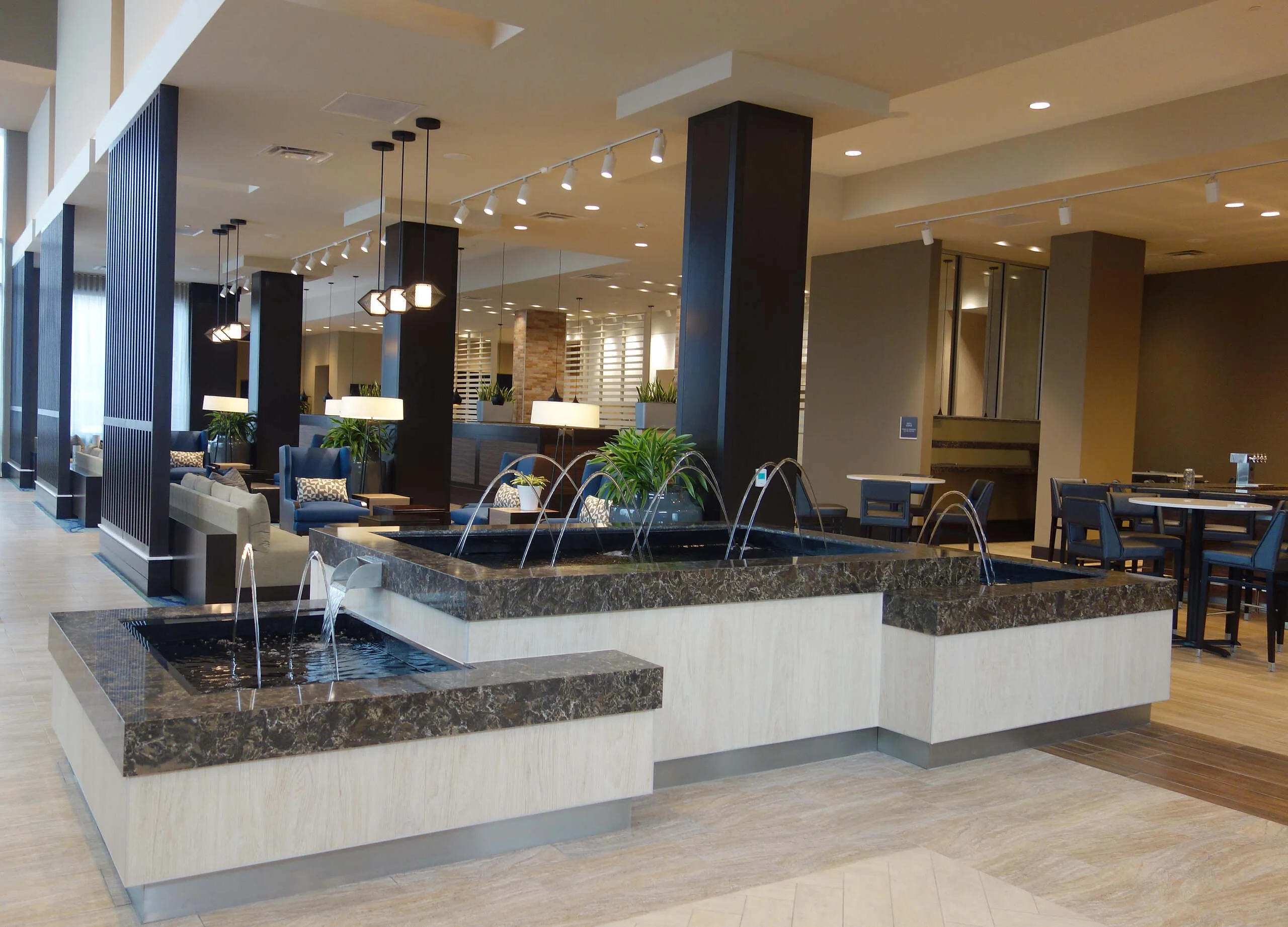
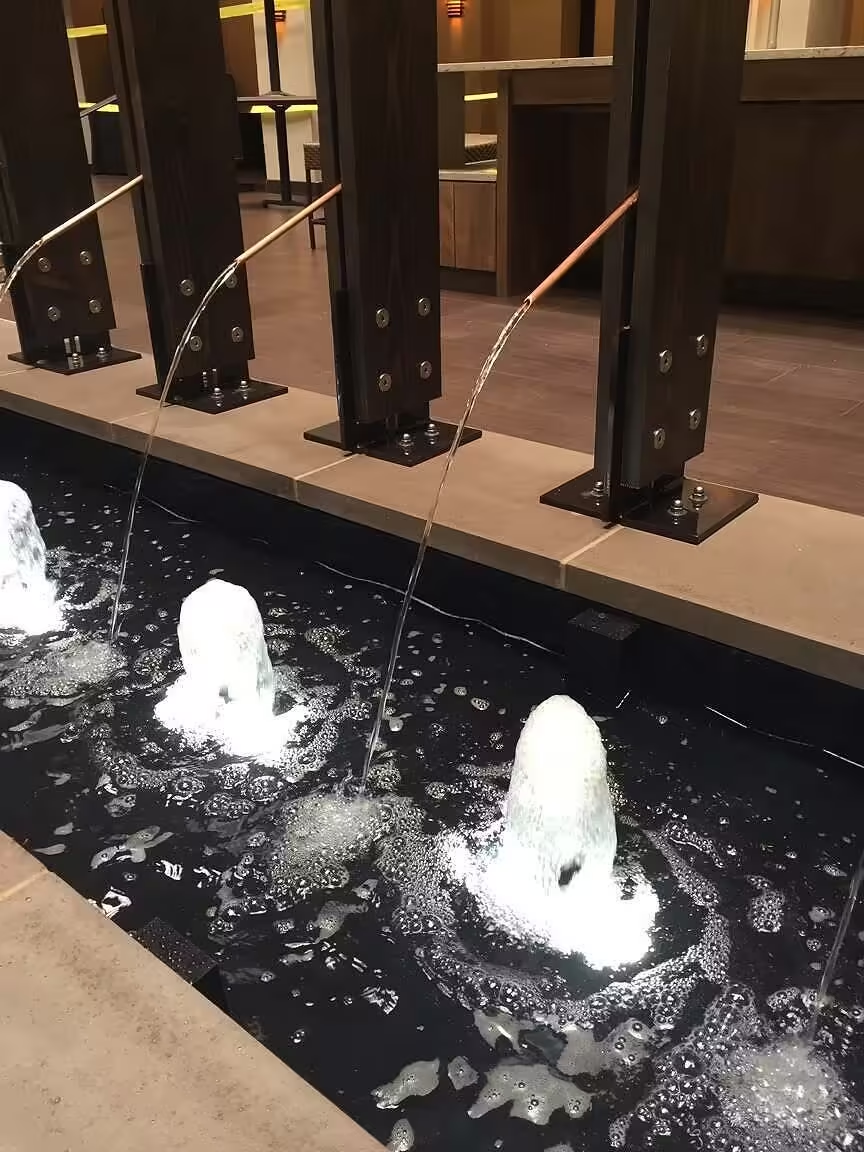
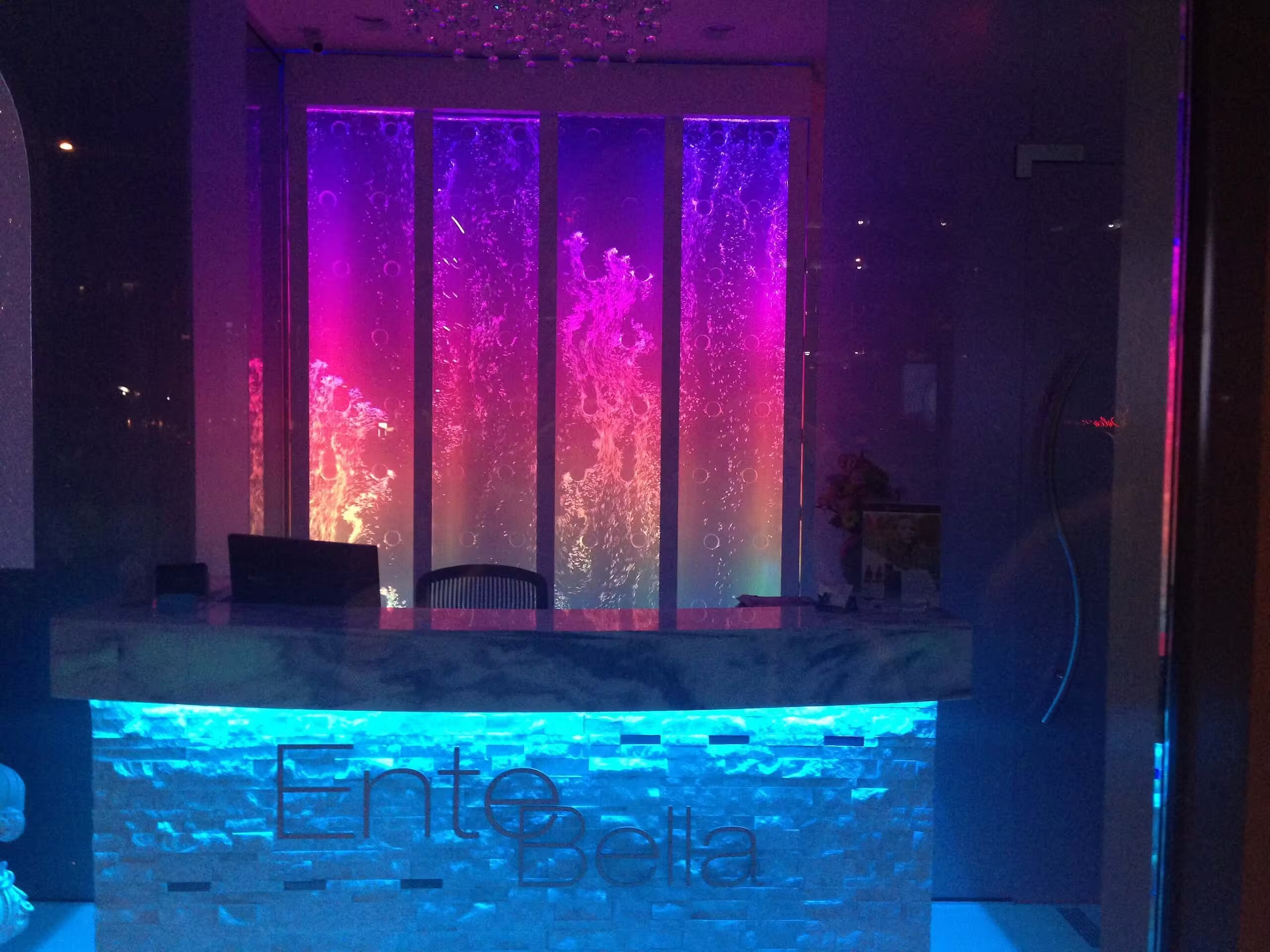
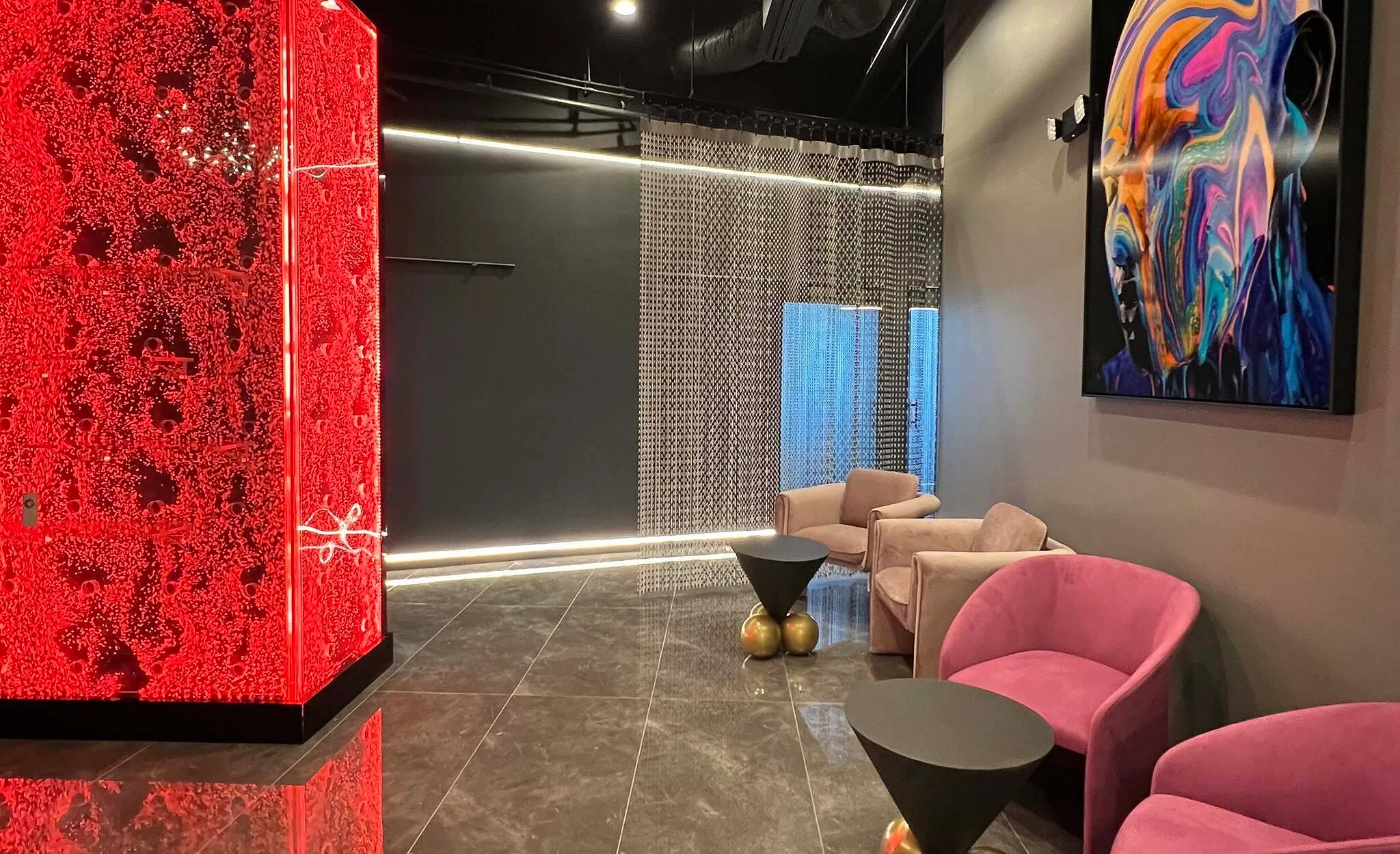
![Rod Style Bubble Wall Swirley for Bounce Empire in Denver, Colorado[84] Rod Style Bubble Wall Swirley for Bounce Empire in Denver, Colorado[84]](https://www.midwest-tropical.com/wp-content/uploads/Rod-Style-Bubble-Wall-Swirley-for-Bounce-Empire-in-Denver-Colorado84.jpg.webp)
![Rod Style Bubble Wall Swirley for Bounce Empire in Denver, Colorado 2[2] Rod Style Bubble Wall Swirley for Bounce Empire in Denver, Colorado 2[2]](https://www.midwest-tropical.com/wp-content/uploads/Rod-Style-Bubble-Wall-Swirley-for-Bounce-Empire-in-Denver-Colorado-22-jpg.avif)
